Advances in Pure Mathematics
Vol.3 No.1(2013), Article ID:27352,29 pages DOI:10.4236/apm.2013.31008
Meta-Invariant Operators over Cayley-Dickson Algebras and Spectra
Department of Applied Mathematics, Moscow State Technical University, Moscow, Russia
Email: Ludkowski@mirea.ru
Received June 28, 2012; revised September 2, 2012; accepted September 17, 2012
Keywords: Hypercomplex Numbers; Cayley-Dickson Algebras; Operator; Operator Algebra; Spectra; Spectral Measure
ABSTRACT
A class of meta-invariant operators over Cayley-Dickson algebra is studied. Their spectral theory is investigated. Moreover, theorems about spectra of generalized unitary operators and their semigroups are demonstrated.
1. Introduction
The Cayley-Dickson algebras are algebras over the real field R, but they are not algebras over the complex field C, since each embedding of C into  with
with 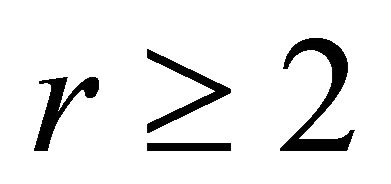 is not central. That is why the theory of algebras of operators over the Cayley-Dickson algebras
is not central. That is why the theory of algebras of operators over the Cayley-Dickson algebras  with
with 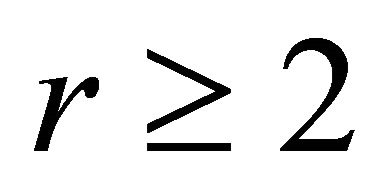 is different from algebras of operators over the complex field C. On the other hand, such theory has many specific features in comparison with the general theory of algebras of operators over R due to the graded structures of algebras
is different from algebras of operators over the complex field C. On the other hand, such theory has many specific features in comparison with the general theory of algebras of operators over R due to the graded structures of algebras . Moreover, the Cayley-Dickson algebra
. Moreover, the Cayley-Dickson algebra  with
with 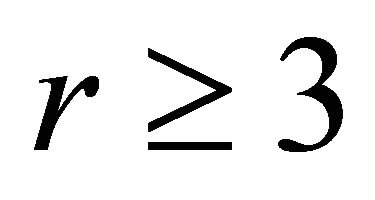 can not be realized as the subalgebra of any algebra of matrices over R, since these algebras
can not be realized as the subalgebra of any algebra of matrices over R, since these algebras 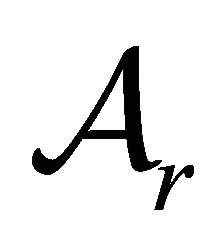 with
with 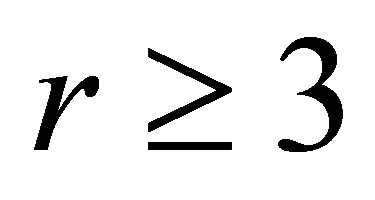 are not associative, but the matrix algebra is associative.
are not associative, but the matrix algebra is associative.
The results of this paper can be used also for the development of non-commutative geometry, super-analysis, quantum mechanics over , and the theory of representations of topological and Lie groups and supergroups which may be non locally compact, for example, of the type of the group of diffeomorphisms and the group of loops or wraps of manifolds over
, and the theory of representations of topological and Lie groups and supergroups which may be non locally compact, for example, of the type of the group of diffeomorphisms and the group of loops or wraps of manifolds over  (see [1-8]).
(see [1-8]).
As examples of unbounded operators over  serve differential operators, including operators in partial derivatives. For example, the Klein-Gordon-Fock or Dirac operators are used in the theory of spin manifolds [9], but each spin manifold can be embedded in the quaternion manifold [10].
serve differential operators, including operators in partial derivatives. For example, the Klein-Gordon-Fock or Dirac operators are used in the theory of spin manifolds [9], but each spin manifold can be embedded in the quaternion manifold [10].
The skew field of quaternions H has the automorphism 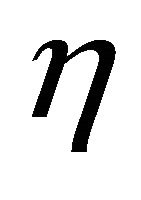 of order two
of order two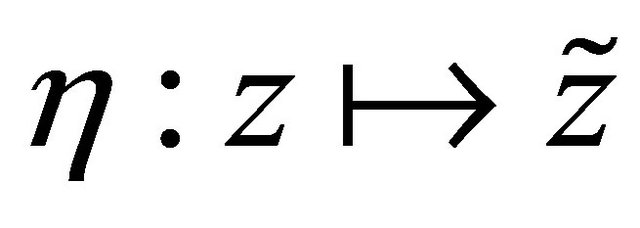 , where
, where


There is the norm in H such that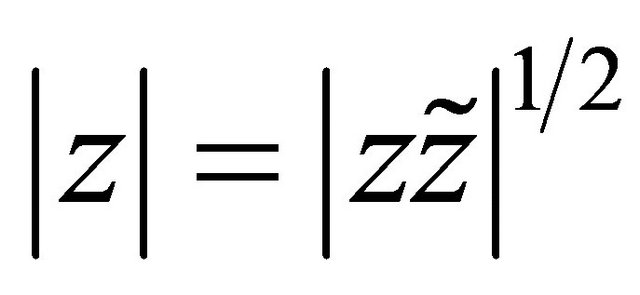 , consequently,
, consequently, .
.
The algebra K of octonions (octave, the Cayley algebra) is defined as the eight dimensional algebra over R with a basis, for example1)  such that;
such that;
2) ,
,  ,
, 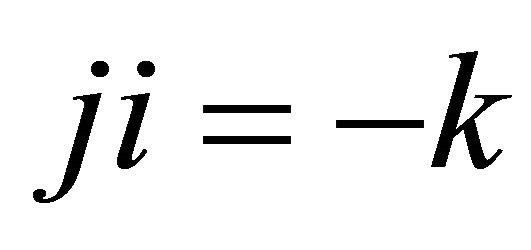 ,
,  ,
,  ,
,  ,
,  ,
,  ,
,  ,
,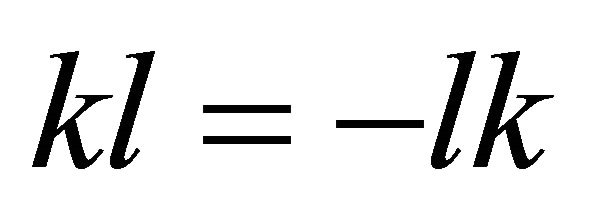 ;
;
3) 
it is the law of multiplication in K for each  ,
, 

 for quaternions
for quaternions  with
with 
The algebra of octonions is neither commutative, nor associative, since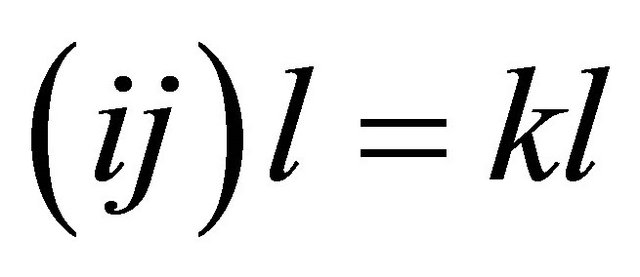 ,
, 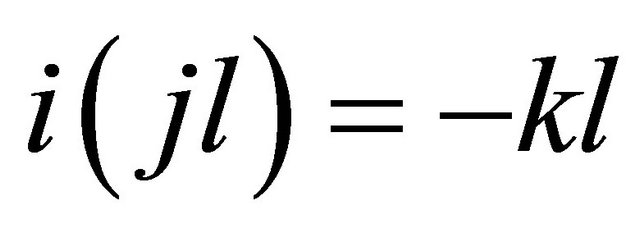 , but it is distributive and the real field
, but it is distributive and the real field  is its center. If
is its center. If  , then 4)
, then 4)  is called the adjoint element for
is called the adjoint element for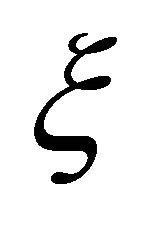 , where
, where . In addition we have the identities:
. In addition we have the identities:
5)  and
and where
where , so that 6)
, so that 6) 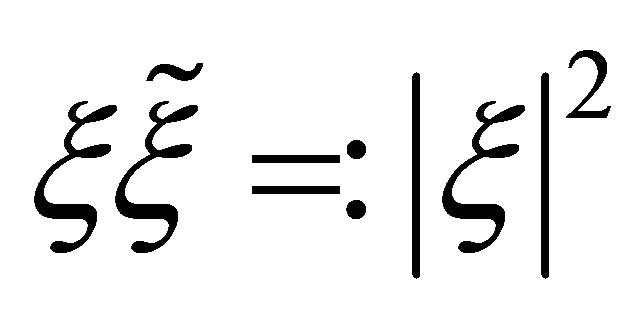 and
and  is the norm in K. This implies that 7)
is the norm in K. This implies that 7)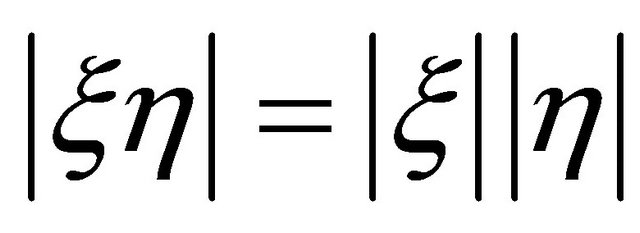 consequently, K does not contain the divisors of zero (see also [11]). The multiplication of octonions satisfies the equations:
consequently, K does not contain the divisors of zero (see also [11]). The multiplication of octonions satisfies the equations:
8) 9)
9) which define the property of alternativity of algebras. In particular,
which define the property of alternativity of algebras. In particular, .
.
Preliminary results on operator theory and operator algebras over quaternions and octonions were published in [12]. This articles develops further operator theory already over general Cayley-Dickson algebras.
In the third section of this article the theory of unbounded operators is described, as well as bounded quasilinear operators in the Hilbert spaces X over the CayleyDickson algebras . At the same time the analog of the scalar product in X is defined with values in the CayleyDickson algebra
. At the same time the analog of the scalar product in X is defined with values in the CayleyDickson algebra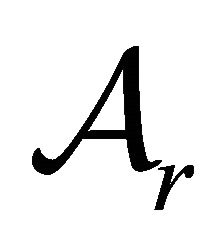 . For the spectral theory of such operators there are defined and used also graded operators of projections and graded projection valued measures. The linearity of operators over the algebra
. For the spectral theory of such operators there are defined and used also graded operators of projections and graded projection valued measures. The linearity of operators over the algebra 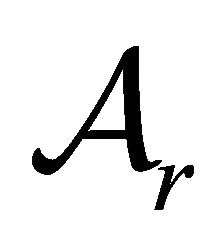 with
with 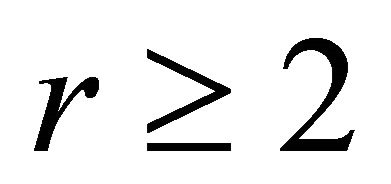 is already not worthwhile because of the non-commutativity of
is already not worthwhile because of the non-commutativity of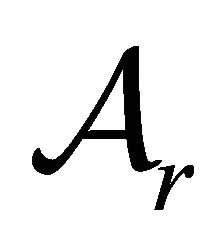 , therefore there is introduced the notion of quasi-linear operators.
, therefore there is introduced the notion of quasi-linear operators.
At the same time graded projection valued measures in the general case may be non-commutative and non-associative. Because of the non-commutativity of the Cayley-Dickson algebras 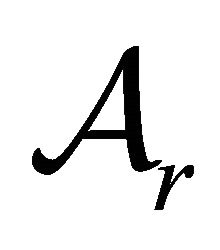 with
with  commutative algebras
commutative algebras  over them withdraw their importance, since they can be only trivial
over them withdraw their importance, since they can be only trivial , moreover, over the Cayley-Dickson algebra
, moreover, over the Cayley-Dickson algebra  with
with  the associativity may lose its importance. Therefore, in the third section the notion of quasi-commutative algebra metainvariant over
the associativity may lose its importance. Therefore, in the third section the notion of quasi-commutative algebra metainvariant over  is introduced. Principles of the theory of bounded and unbounded operators are given there. Spectral theory of self-adjoint and generalized unitary operators is exposed. In the third section spectral theory of normal operators is described. For algebras of normal meta-invariant over
is introduced. Principles of the theory of bounded and unbounded operators are given there. Spectral theory of self-adjoint and generalized unitary operators is exposed. In the third section spectral theory of normal operators is described. For algebras of normal meta-invariant over 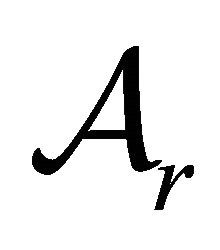 operators the theorem generalizing that of Gelfand-Mazur is proved. An analog of Stone’s theorem over
operators the theorem generalizing that of Gelfand-Mazur is proved. An analog of Stone’s theorem over 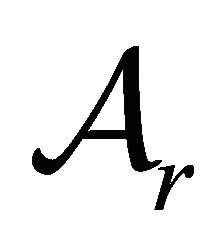 for the one parameter families of unitary operators is demonstrated.
for the one parameter families of unitary operators is demonstrated.
Definitions and notations of the preceding work [12] are used below.
2. Preliminaries
1) Notations and Definitions. Let  denote the real Cayley-Dickson algebra with generators
denote the real Cayley-Dickson algebra with generators 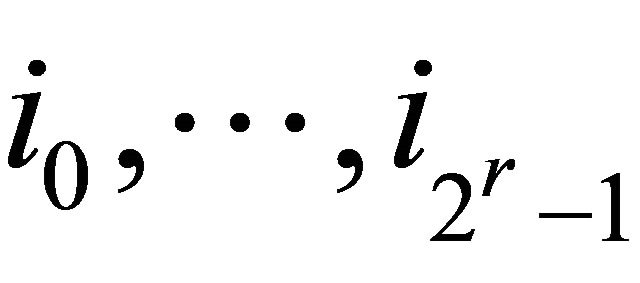 such that
such that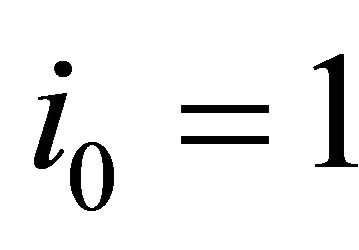 ,
, 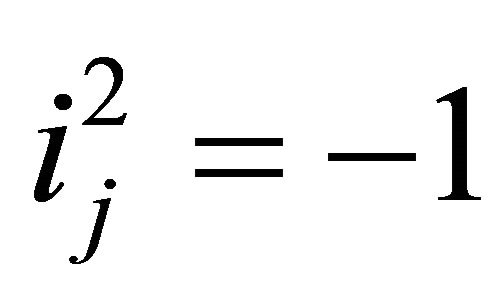 for each
for each ,
,  for each
for each .
.
The Cayley-Dickson algebra  is formed from the algebra
is formed from the algebra 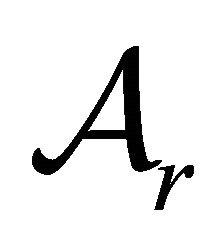 with the help of the doubling procedure by generator
with the help of the doubling procedure by generator , in particular,
, in particular, 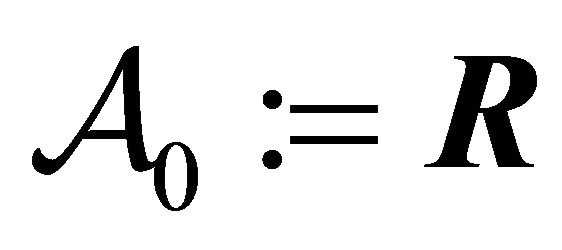 is the real field,
is the real field, 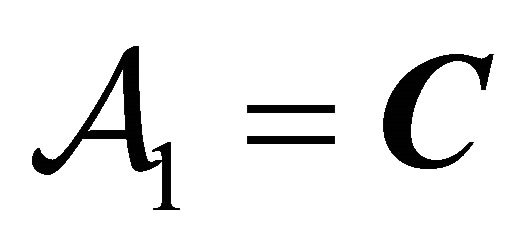 coincides with the field of complex numbers,
coincides with the field of complex numbers, 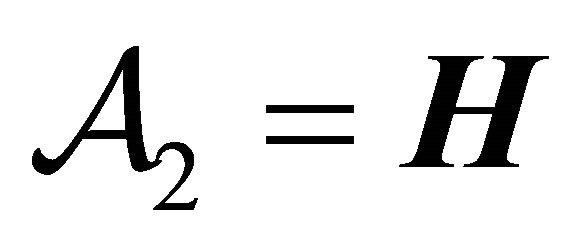 is the skew field of quaternions,
is the skew field of quaternions,  is the algebra of octonions,
is the algebra of octonions,  is the algebra of sedenions. The algebra
is the algebra of sedenions. The algebra  is power associative, that is1)
is power associative, that is1)  for each
for each 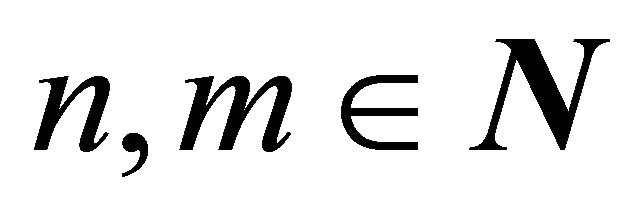 and
and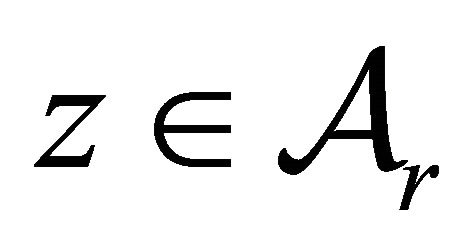 .
.
It is non-associative and non-alternative for each .
.
The Cayley-Dickson algebras are–algebras, that is, there is a real-linear mapping  such that 2)
such that 2)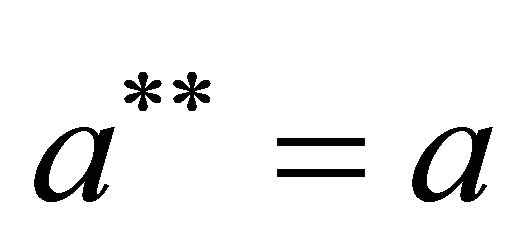 3)
3) 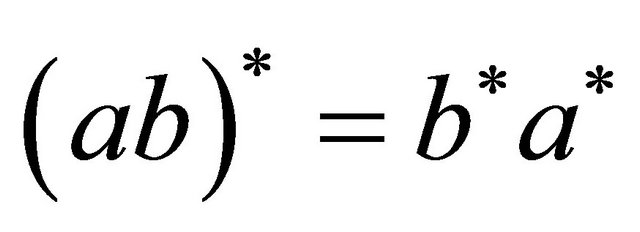 for each
for each . Then they are nicely normed, that is4)
. Then they are nicely normed, that is4)  and 5)
and 5)  for each
for each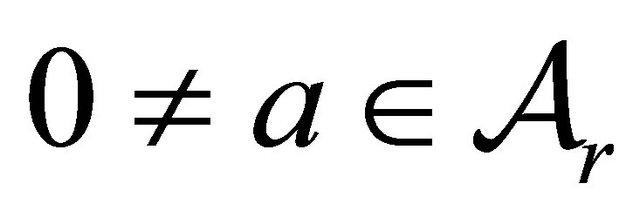 . The norm in it is defined by the equation:
. The norm in it is defined by the equation:
6) .
.
We also denote 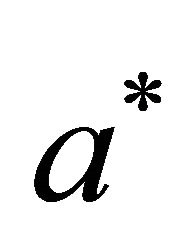 by
by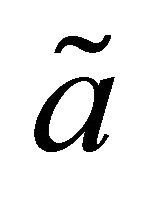 . Each non-zero CayleyDickson number
. Each non-zero CayleyDickson number 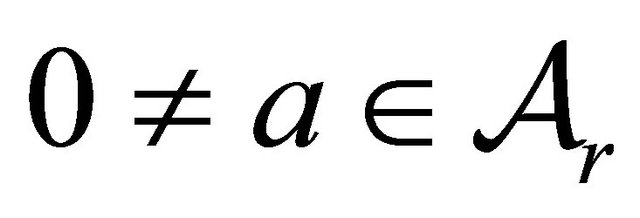 has the multiplicative inverse given by
has the multiplicative inverse given by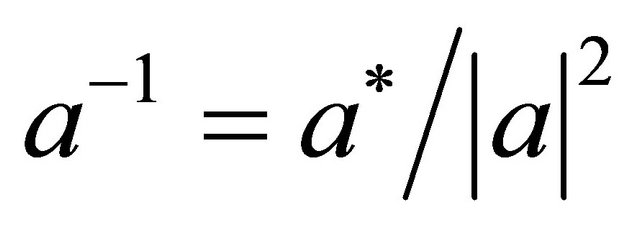 .
.
The doubling procedure is as follows. Each 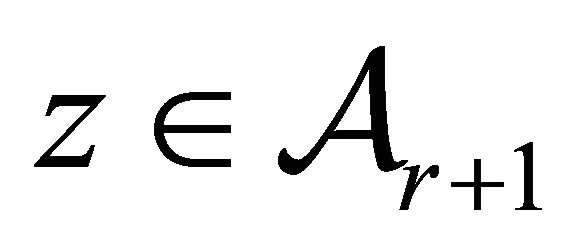 is written in the form
is written in the form , where
, where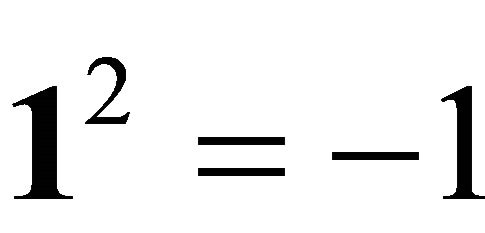 ,
,  ,
,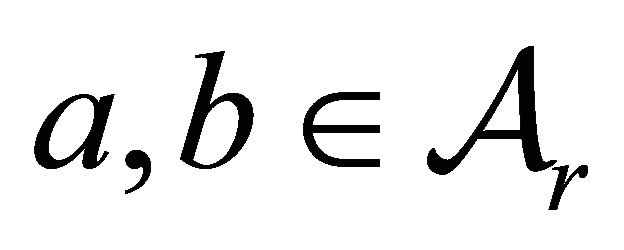 . The addition is componentwise. The conjugate of a Cayley-Dickson number z is prescribed by the formula:
. The addition is componentwise. The conjugate of a Cayley-Dickson number z is prescribed by the formula:
7) . The multiplication is given by Equation 8)
. The multiplication is given by Equation 8) .
.
for each ,
,  ,
,  .
.
The basis of 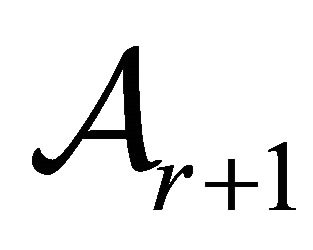 over
over  is denoted by
is denoted by
 , where
, where  for each
for each
 ,
, 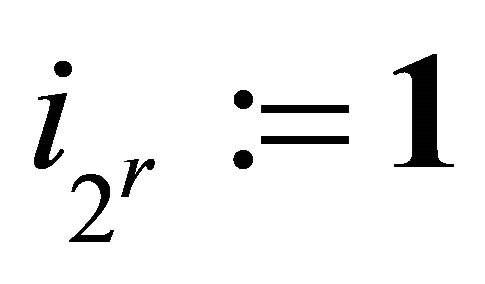 is the additional element of the doubling procedure of
is the additional element of the doubling procedure of  from
from , choose
, choose
 for each
for each ,
,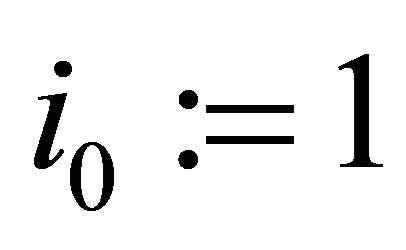 .
.
Put by the definition  to be the imaginary part of a Cayley-Dickson number z.
to be the imaginary part of a Cayley-Dickson number z.
It is possible to consider the Cayley-Dickson algebras of greater real dimensions.
2) Definition. Let  denote the family consisting of elements
denote the family consisting of elements  such that
such that 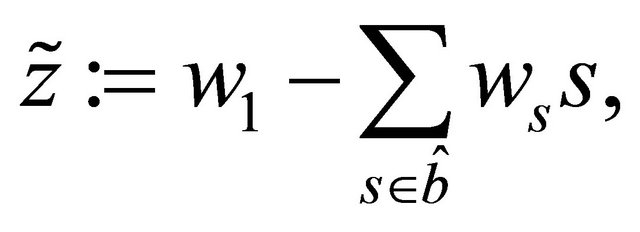
 where
where

 ,
, 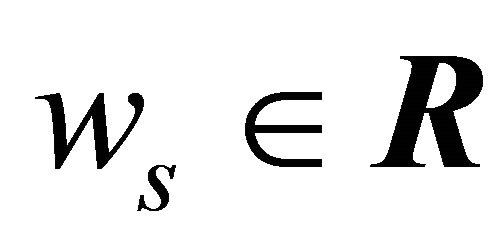 for each s.
for each s.
3) Theorem. The family 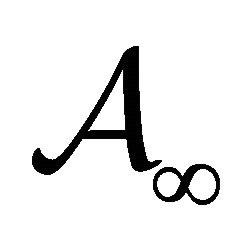 has the structure of the normed power-associative left and right distributive algebra over the real field R with the external involution of order two.
has the structure of the normed power-associative left and right distributive algebra over the real field R with the external involution of order two.
Proof. Let . Then each element
. Then each element  is the limit of the sequence
is the limit of the sequence , also
, also 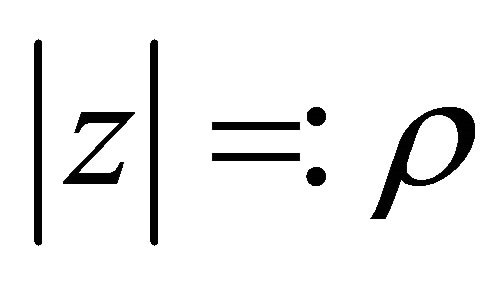 is the limit of the sequence
is the limit of the sequence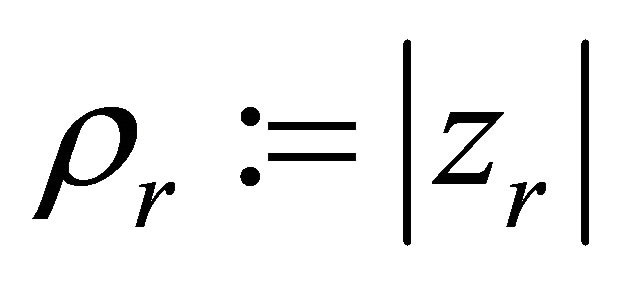 , where
, where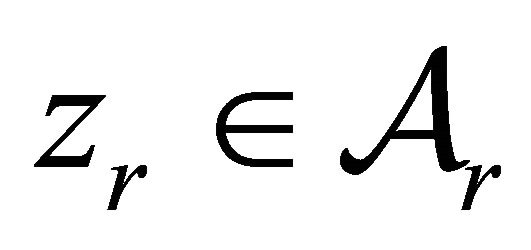 . Therefore, there exists the limit
. Therefore, there exists the limit

Using the polar coordinates  prove the powerassociativity. There exists the natural projection
prove the powerassociativity. There exists the natural projection  from
from 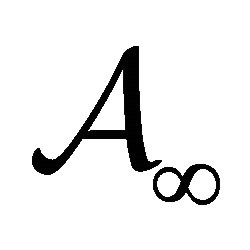 onto
onto  for each
for each  given by the formulas:
given by the formulas:

and  in the contrary case for each
in the contrary case for each

where  for each
for each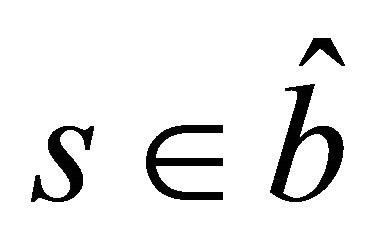 ; then
; then

where

Then the limit exists  relative to the norm
relative to the norm 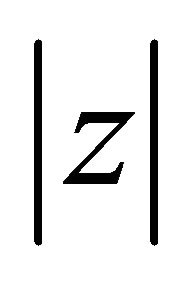 in
in . Therefore, for each
. Therefore, for each 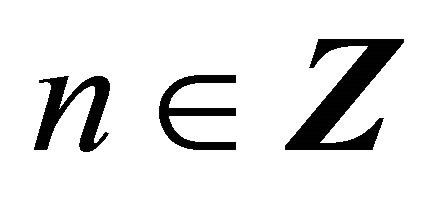 there exists the limit
there exists the limit

consequently,  is power-associative, since each
is power-associative, since each 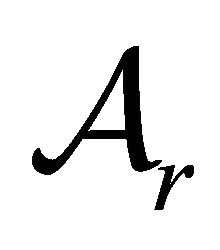 is power-associative, cos and sin are continuous functions. Evidently,
is power-associative, cos and sin are continuous functions. Evidently, 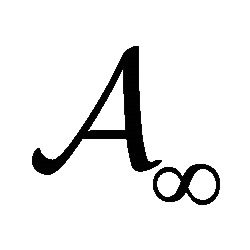 is the R-linear space.
is the R-linear space.
The continuity of multiplication relative to the norm 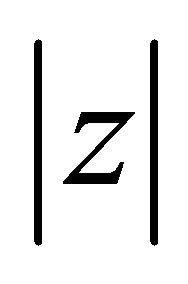 follows from the inequalities
follows from the inequalities

and taking the limit with 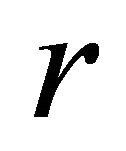 tending to the infinity, since
tending to the infinity, since  and
and  for each
for each  and for each
and for each . The left and right distributiveness
. The left and right distributiveness

follow from taking the limit with r tending to the infinity and such distributivity in each .
.
The involution  in
in 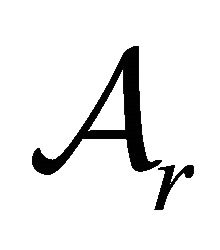 is of order two, since
is of order two, since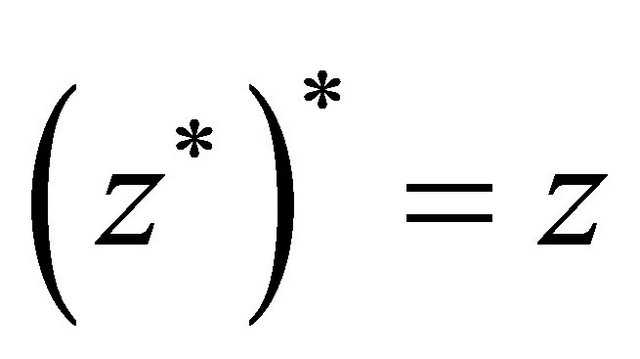 . It is external, since there is not any finite algebraic relation with constants in
. It is external, since there is not any finite algebraic relation with constants in  transforming the variable
transforming the variable 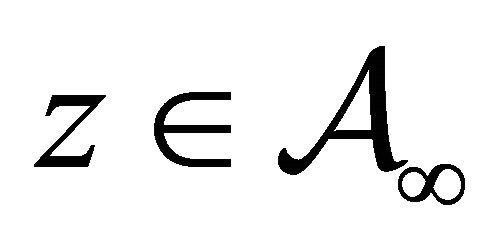 into
into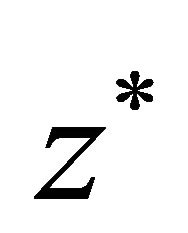 . The relation
. The relation

is of infinite order. The latter limit exists point-wise, but does not converge uniformly in any ball of positive radius relative to the norm in the algebra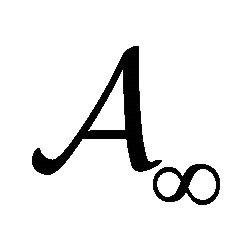 . The relations of the type
. The relations of the type  in
in 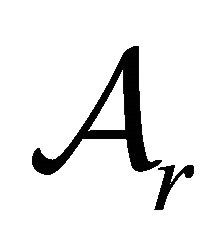 use external automorphism with
use external automorphism with , moreover, the latter relation is untrue for
, moreover, the latter relation is untrue for 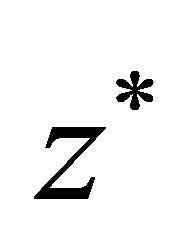 and
and  instead of
instead of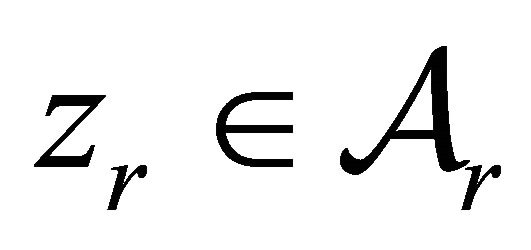 .
.
No any finite set of non-zero constants  can provide the automorphism
can provide the automorphism 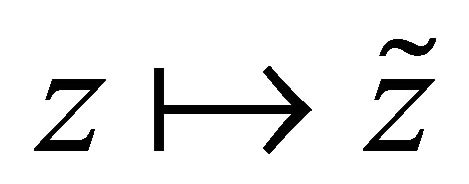 of
of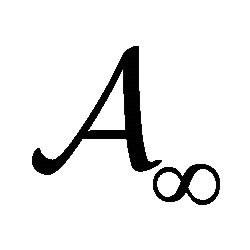 . To prove this consider an R-subalgebra
. To prove this consider an R-subalgebra  of
of 
generated by , where
, where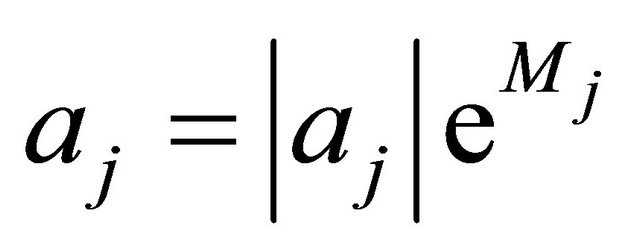 ,
,
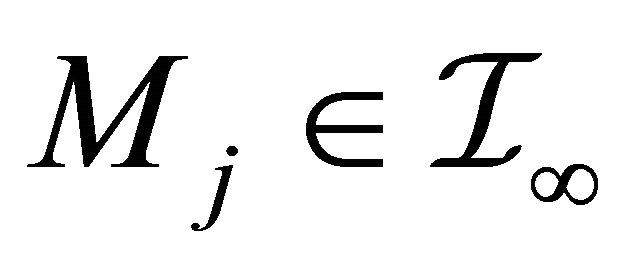 . Since
. Since , then
, then
 , hence
, hence . If
. If
 , then it certainly can not provide the automorphism
, then it certainly can not provide the automorphism  of
of . Consider
. Consider , without loss of generality suppose
, without loss of generality suppose . There is the scalar product
. There is the scalar product 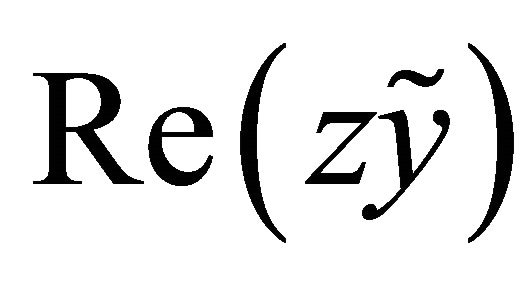 in
in  for each
for each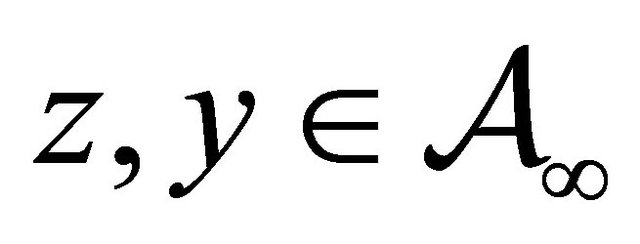 . Let
. Let 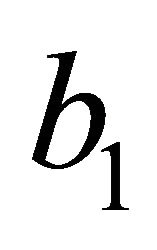 be the projection of
be the projection of 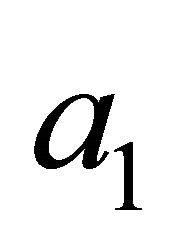 in a subspace of
in a subspace of 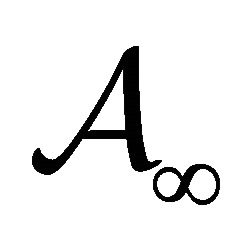 orthogonal to
orthogonal to , then by our supposition
, then by our supposition  and
and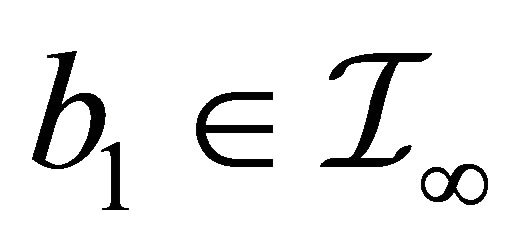 . Therefore, we get
. Therefore, we get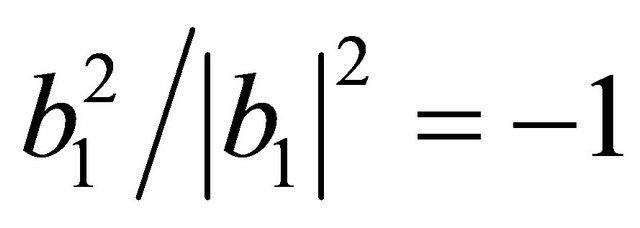 , consequently,
, consequently, 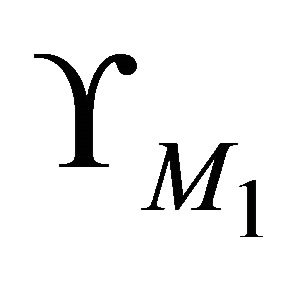 is isomorphic to C. Certainly, no any proper Cayley-Dickson subalgebra
is isomorphic to C. Certainly, no any proper Cayley-Dickson subalgebra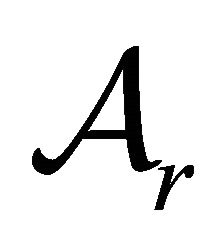 ,
, 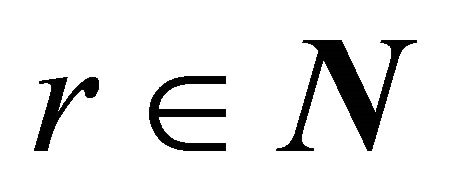 , can provide the automorphism
, can provide the automorphism 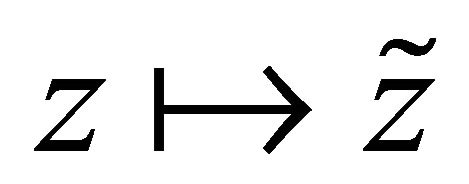 of
of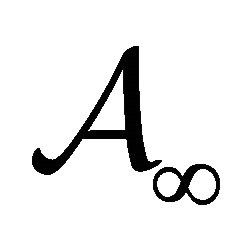 .
.
Therefore, without loss of generality suppose, that  is not isomorphic to C and
is not isomorphic to C and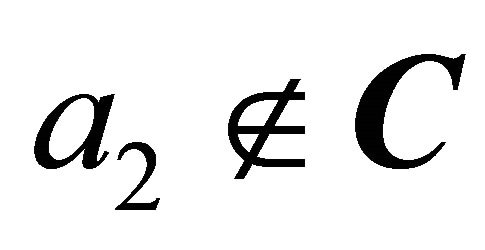 . If
. If 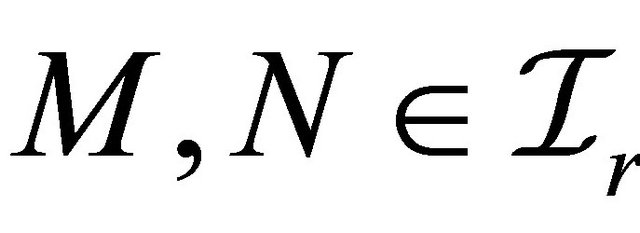 and
and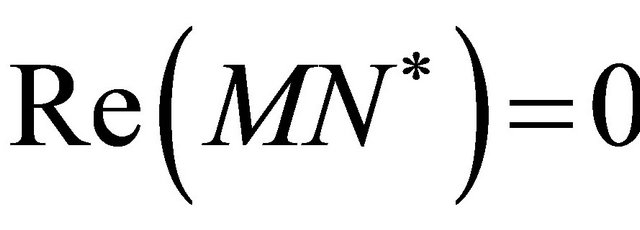 , then
, then  and hence
and hence , since
, since 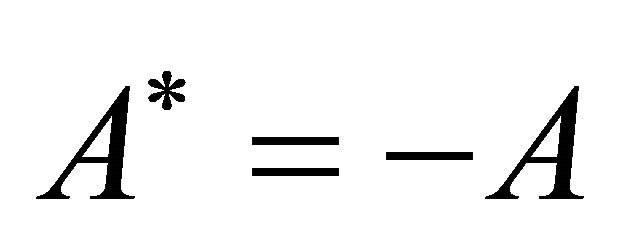 for each
for each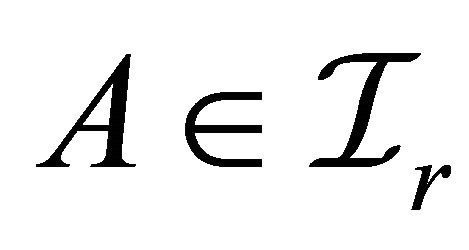 . Let
. Let  be the projection of M2 in a subspace of
be the projection of M2 in a subspace of  orthogonal to
orthogonal to 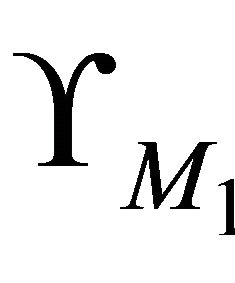 relative to the scalar product
relative to the scalar product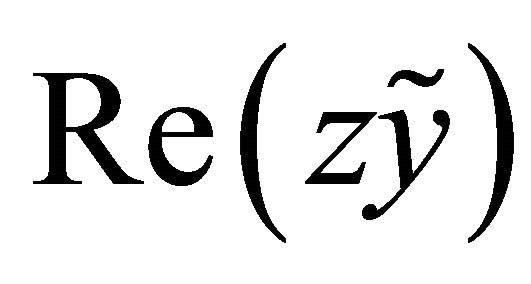 . Then
. Then 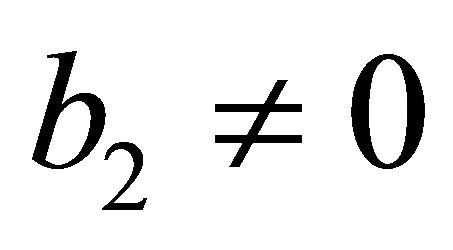 by our supposition and
by our supposition and ,
,  , hence after the doubling procedure with
, hence after the doubling procedure with 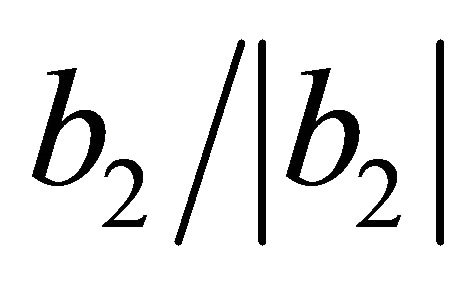 we get, that
we get, that  is a subalgebra of
is a subalgebra of .
.
Then proceed by induction. Suppose that  is a subalgebra of
is a subalgebra of ,
, 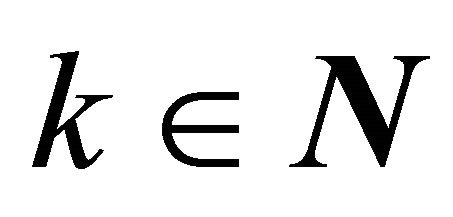 ,
,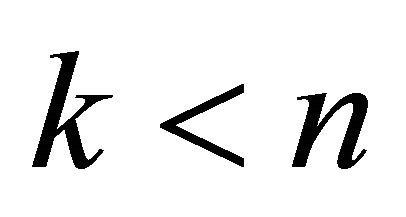 . Since
. Since  can not provide the automorphism
can not provide the automorphism 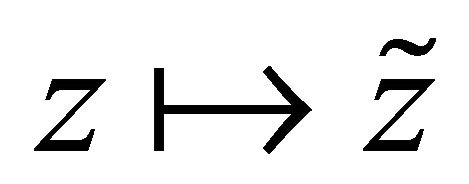 of
of , suppose without loss of generality, that
, suppose without loss of generality, that  and consider the orthogonal projection
and consider the orthogonal projection 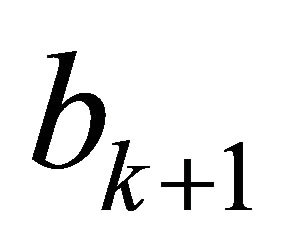 of
of  in a subspace of
in a subspace of 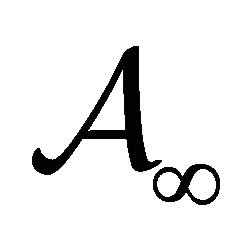 orthogonal to
orthogonal to 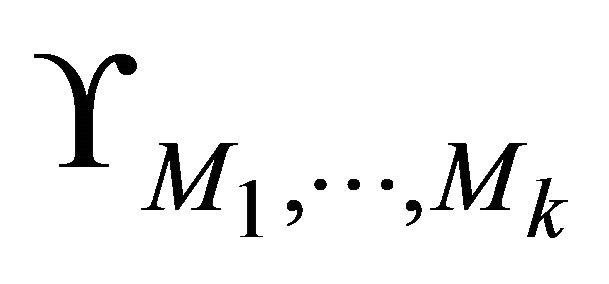 relative to the scalar product
relative to the scalar product . Then
. Then 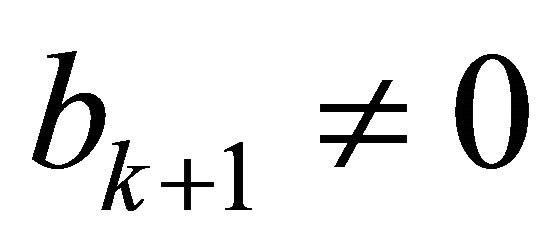 and
and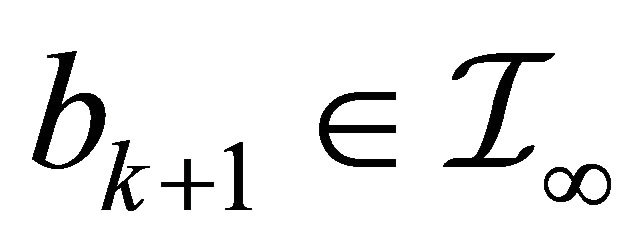 ,
, . Therefore, the doubling procedure with
. Therefore, the doubling procedure with  gives the algebra
gives the algebra 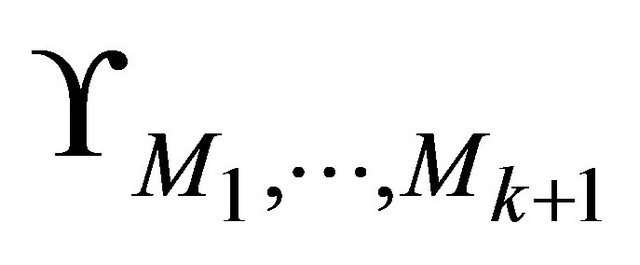 which is the subalgebra of
which is the subalgebra of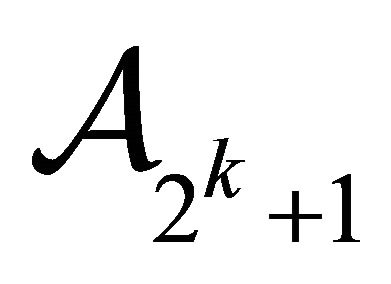 , etc. As the result
, etc. As the result  is the subalgebra of
is the subalgebra of 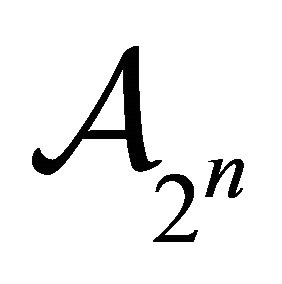 and can not provide the automorphism
and can not provide the automorphism 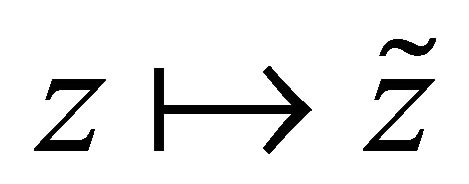 of
of , where
, where  due to the formula of the polar decomposition of Cayley-Dickson numbers
due to the formula of the polar decomposition of Cayley-Dickson numbers 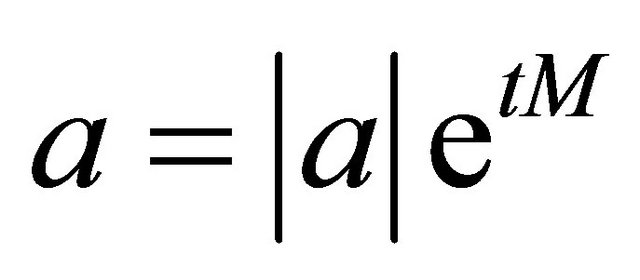 with a real parameter
with a real parameter  and a purely imaginary parameter
and a purely imaginary parameter  of the unit norm
of the unit norm ,
,  (see also §2.2 [13]).
(see also §2.2 [13]).
4) Note and Definition. Let 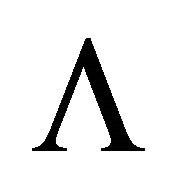 denote a Hausdorff topological space with non-negative measure
denote a Hausdorff topological space with non-negative measure  on a
on a  -algebra of all Borel subsets such that for each point
-algebra of all Borel subsets such that for each point  there exists an open neighborhood
there exists an open neighborhood 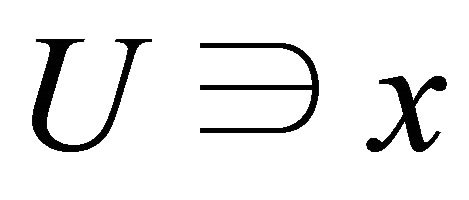 with
with . Consider a set of generators with real algebra
. Consider a set of generators with real algebra  such that
such that 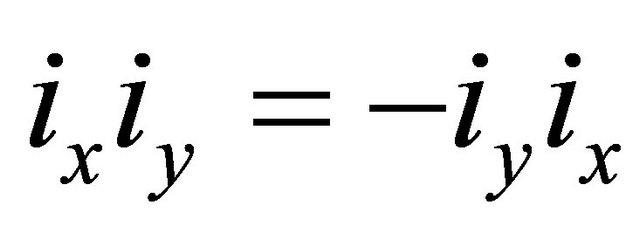 for each
for each  and
and 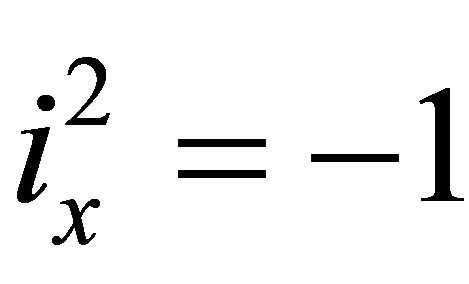 for each
for each , where 0 is a marked point in
, where 0 is a marked point in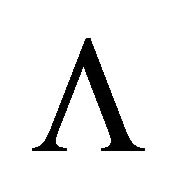 . Add to this set the unit
. Add to this set the unit  such that
such that  for each
for each  and
and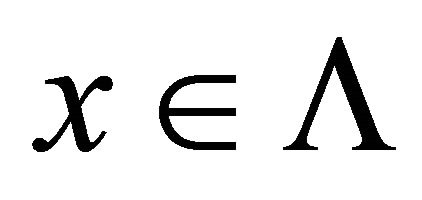 . We consider also finite products of these generators in accordance with
. We consider also finite products of these generators in accordance with , where each
, where each 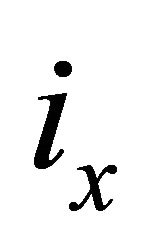 with
with  is considered as the doubling generator.
is considered as the doubling generator.
In the case of a finite set 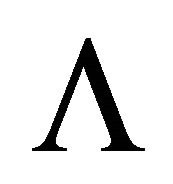 Cayley-Dickson algebra generated by such generators is isomorphic with
Cayley-Dickson algebra generated by such generators is isomorphic with , where
, where  is the cardinality of the set
is the cardinality of the set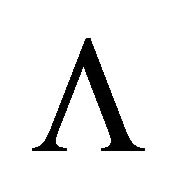 .
.
For the infinite subset of generators
 the construction from
the construction from 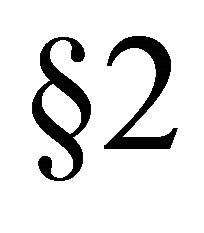 produces the algebra isomorphic with
produces the algebra isomorphic with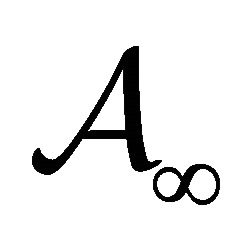 .
.
Therefore, we consider now the case . Due to the Kuratowski-Zorn lemma (see
. Due to the Kuratowski-Zorn lemma (see 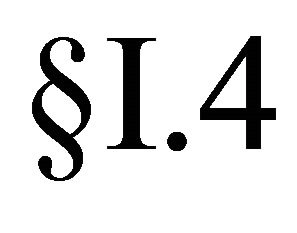 in [14]) we can suppose, that
in [14]) we can suppose, that 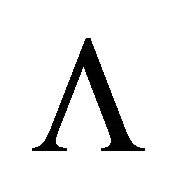 is linearly ordered and this linear ordering gives intervals
is linearly ordered and this linear ordering gives intervals  being
being 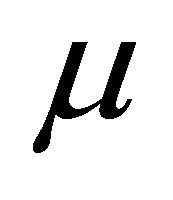 -measurable, for example,
-measurable, for example,  has the natural linear ordering induced by the linear ordering from
has the natural linear ordering induced by the linear ordering from 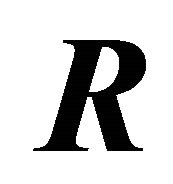 and by the lexicographic ordering in the product, where
and by the lexicographic ordering in the product, where , or
, or 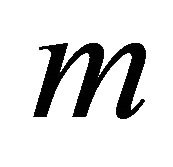 may be an ordinal of the cardinality
may be an ordinal of the cardinality .
.
Then consider a finite partition 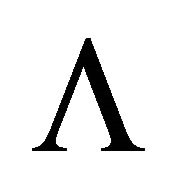 into a disjoint union
into a disjoint union , where
, where  for each
for each 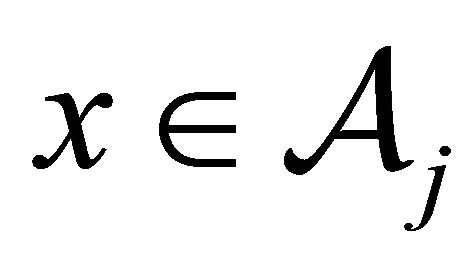 and
and
 for
for ,
,  ,
, . The family of such partitions we denote
. The family of such partitions we denote . Let
. Let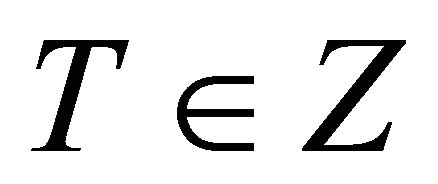 ,
,  be marked points. Then there exists a step function fT such that
be marked points. Then there exists a step function fT such that  for each
for each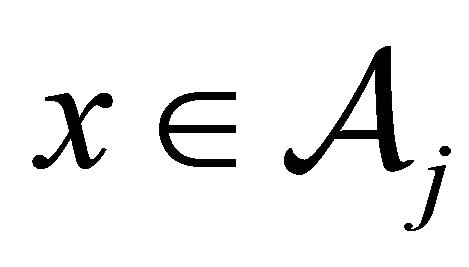 , where
, where . Consider the norm
. Consider the norm

where

 for
for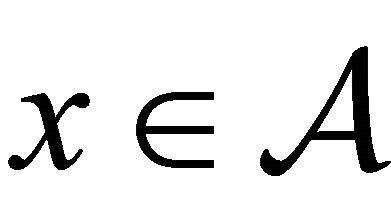 ,
, 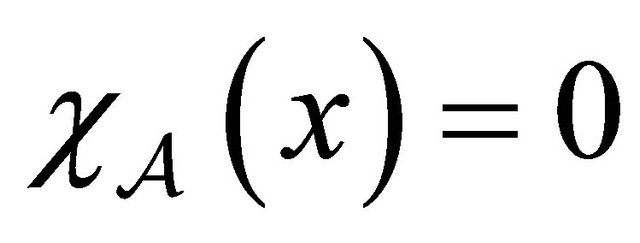 for
for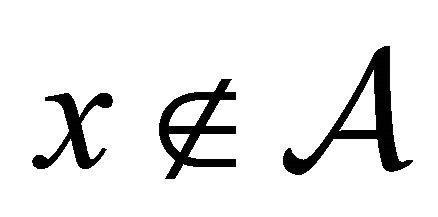 ,
,  for
for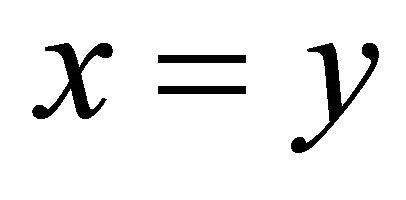 ,
,  while
while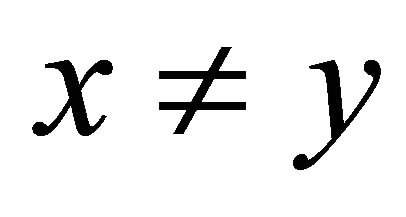 . To each
. To each 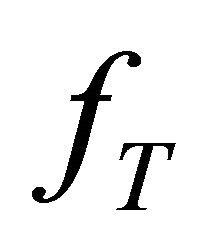 put the element
put the element

The algebra which is the completion by the norm  of the minimal algebra generated by the family of elements
of the minimal algebra generated by the family of elements 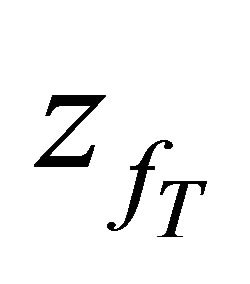 for fT from the family
for fT from the family 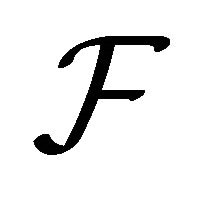 of all step functions and all their ordered final products we denote by
of all step functions and all their ordered final products we denote by .
.
5) Theorem. The set 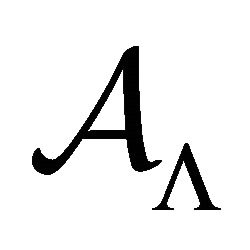 is the power-associative non-commutative non-associative algebra over R complete relative to the norm
is the power-associative non-commutative non-associative algebra over R complete relative to the norm 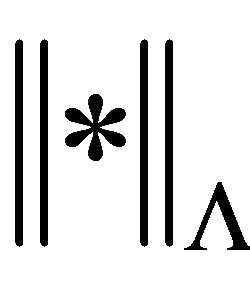 with the center
with the center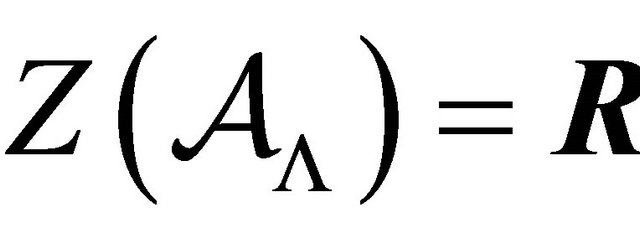 . Moreover, there are embeddings
. Moreover, there are embeddings  for
for . The set of generators of the algebra
. The set of generators of the algebra 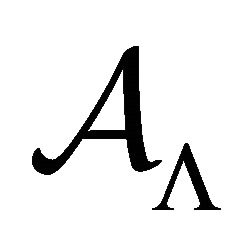 has the cardinality
has the cardinality 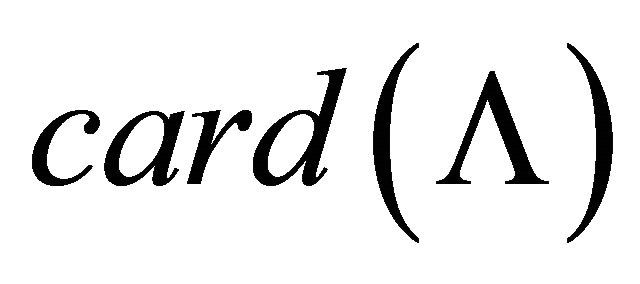 for
for  . There exists the function
. There exists the function
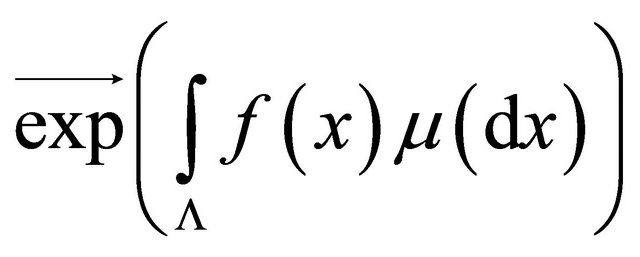 of the ordered integral product from
of the ordered integral product from 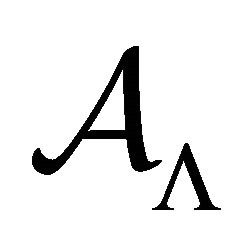 onto
onto .
.
Proof. For  the algebra
the algebra  is isomorphic with
is isomorphic with 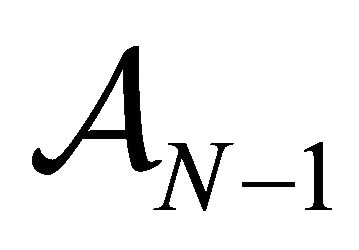 or
or 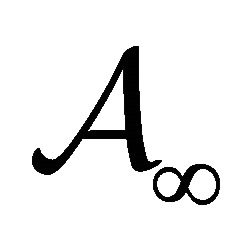 in accordance with
in accordance with . Thus it remains to consider the case
. Thus it remains to consider the case .
.
For each  it can be defined the ordered integral exponential product
it can be defined the ordered integral exponential product

with 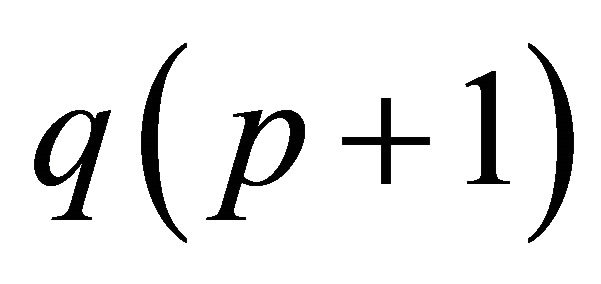 corresponding to the left order of brackets. Thus the embeddings of
corresponding to the left order of brackets. Thus the embeddings of  into
into  exist. Then
exist. Then .
.
The completion of the family  contains all functions of the type
contains all functions of the type

where  is the disjoint union of
is the disjoint union of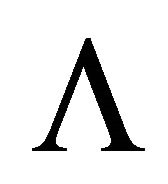 , each
, each 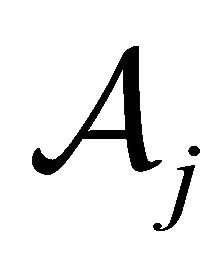 is
is  -measurable,
-measurable,  and
and

Since  for each
for each
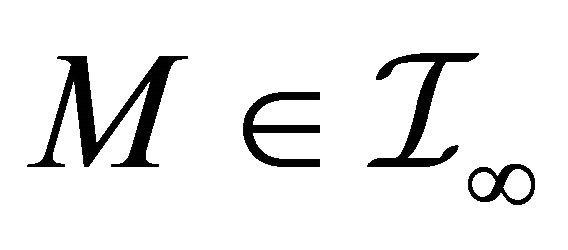 with
with 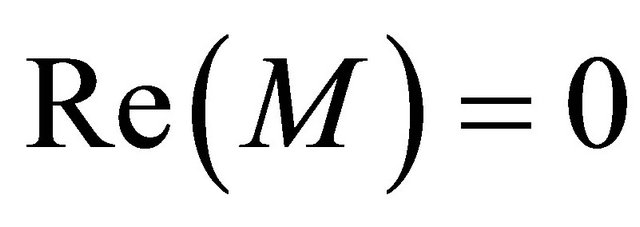 and
and
 , for each
, for each 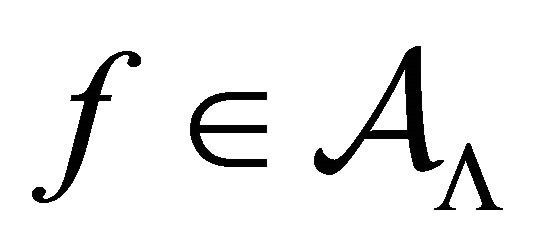 there exists
there exists

relative to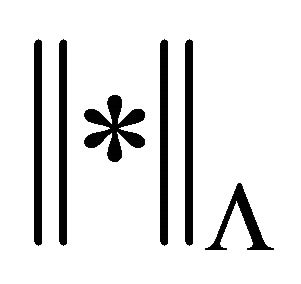 . From the identity
. From the identity  for each
for each  it follows, that the family of all elements of the type
it follows, that the family of all elements of the type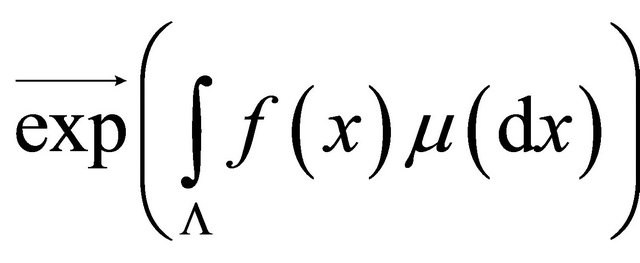 ,
, 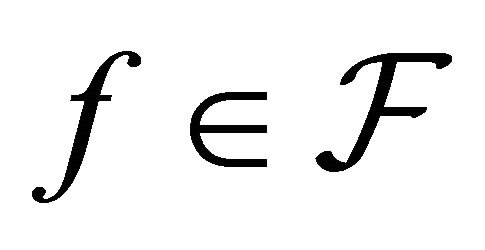 contains all generators of the embedded subalgebra
contains all generators of the embedded subalgebra  generated by the countable subfamily
generated by the countable subfamily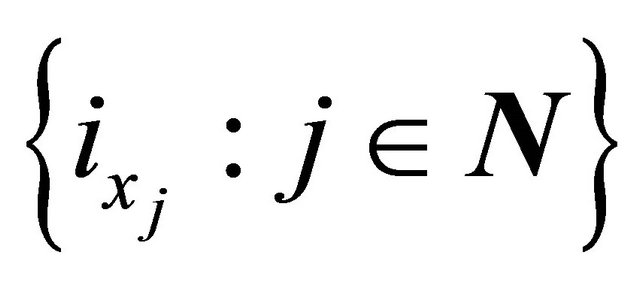 .
.
The completion  of the family
of the family 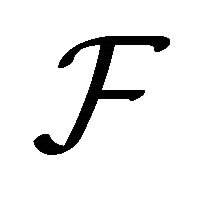 by the norm
by the norm  is the infinite dimensional linear subspace over
is the infinite dimensional linear subspace over  in
in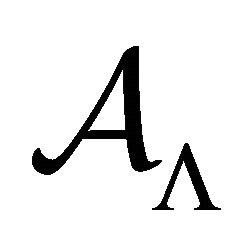 .
.
All possible final ordered products from 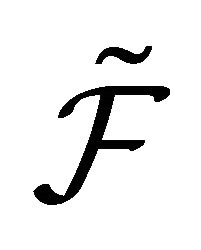 and the completion of their R-linear span by the norm
and the completion of their R-linear span by the norm 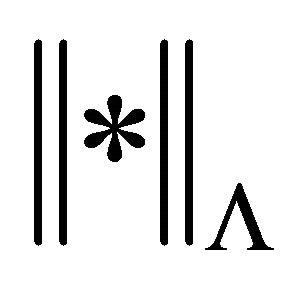 produces
produces . Then for each element from
. Then for each element from 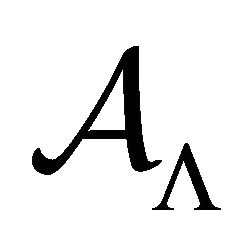 there exists the representation in the form of the ordered integral exponential product. Since
there exists the representation in the form of the ordered integral exponential product. Since  is the algebra over R and
is the algebra over R and , then the family of generators of the algebra
, then the family of generators of the algebra 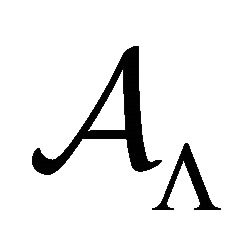 has the cardinality
has the cardinality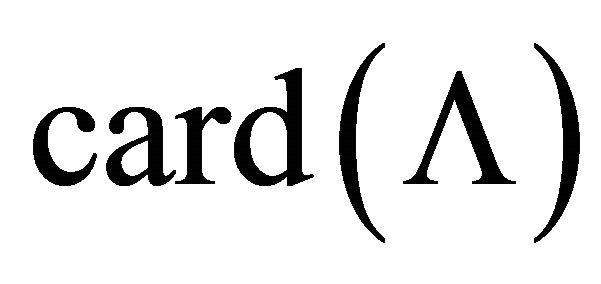 .
.
6) Weakened Topology. Suppose that X is a real topological vector space. Let 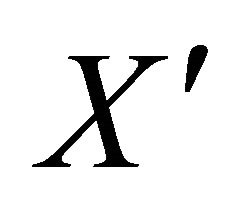 denote the vector space of all continuous R linear functionals on X. Each continuous R linear functional
denote the vector space of all continuous R linear functionals on X. Each continuous R linear functional  defines a seminorm
defines a seminorm . The topology generated by the semi-norms family
. The topology generated by the semi-norms family  is called the weak or weakened topology for X and it is usually denoted by
is called the weak or weakened topology for X and it is usually denoted by .
.
7) Non-Commutative Riemann Sphere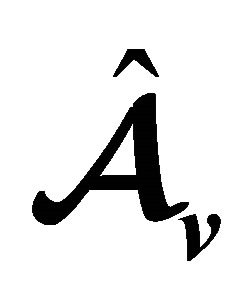 . For
. For ![]() the Cayley-Dickson algebra
the Cayley-Dickson algebra  is the locally compact topological space relative to the norm topology. In the finite dimensional over
is the locally compact topological space relative to the norm topology. In the finite dimensional over  case
case![]() , the weak and norm topologies on
, the weak and norm topologies on 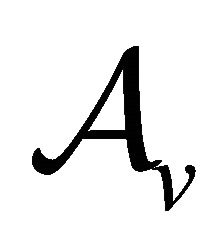 are equivalent.
are equivalent.
Henceforward, we denote 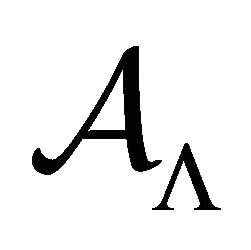 by
by  also, where the cardinality of
also, where the cardinality of ![]() is equal to the topological weight of the Cayley-Dickson algebra
is equal to the topological weight of the Cayley-Dickson algebra 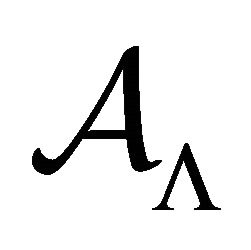 relative to the norm topology,
relative to the norm topology,  , where
, where . Without loss of generality
. Without loss of generality ![]() can be considered as an ordinal due to the Kuratowski-Zorn lemma. Generally embed
can be considered as an ordinal due to the Kuratowski-Zorn lemma. Generally embed 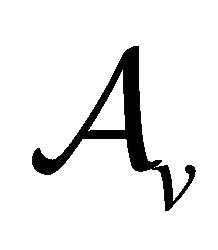 into the non-commutative unit sphere
into the non-commutative unit sphere

over the real field R such that  is a singleton, where
is a singleton, where  denotes a continuous bijective mapping,
denotes a continuous bijective mapping,  or may be
or may be  . To realize an embedding one considers their union
. To realize an embedding one considers their union 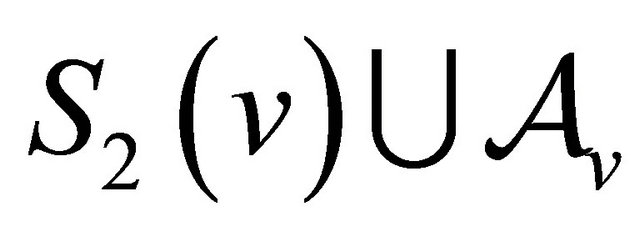 embedded into
embedded into 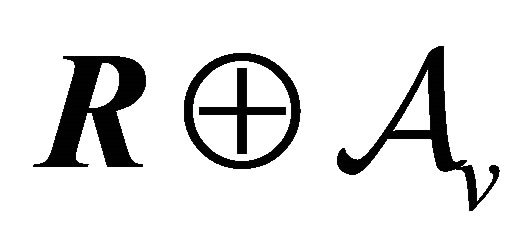 such that they intersect by the set
such that they intersect by the set
 .
.
As a mapping one takes the stereographic projection  so that
so that
 .
.
As the R linear normed space the Cayley-Dickson algebra 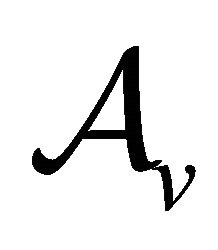 is isomorphic either with the Euclidean space
is isomorphic either with the Euclidean space  for
for  or with the real Hilbert space
or with the real Hilbert space 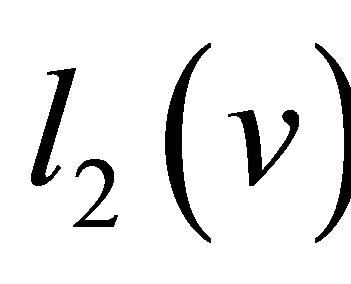 of the topological weight
of the topological weight . Consider on
. Consider on 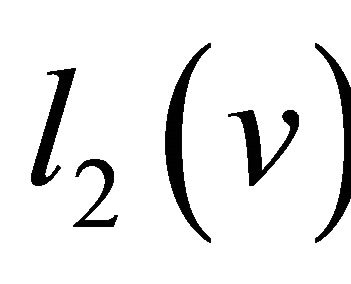 the weak topology
the weak topology 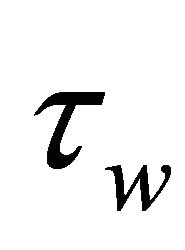 provided by the family of all continuous R linear functionals on
provided by the family of all continuous R linear functionals on . In view of the Alaoglu-Bourbaki Theorem (9.3.3) [15] the unit sphere
. In view of the Alaoglu-Bourbaki Theorem (9.3.3) [15] the unit sphere  is compact relative to the weak topology
is compact relative to the weak topology  on
on 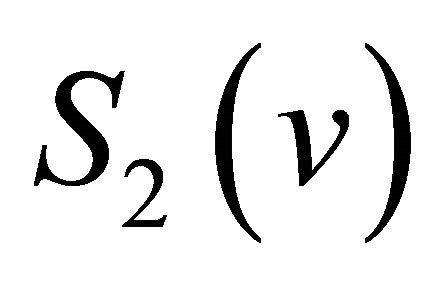 inherited from the
inherited from the  weak topology. Therefore,
weak topology. Therefore, 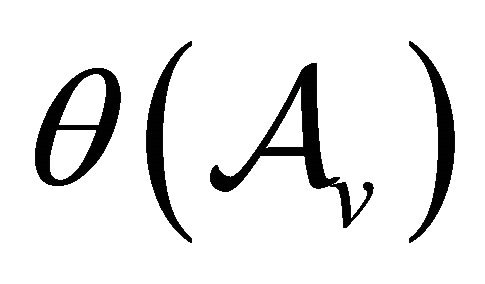 relative to the weak or weakened topology
relative to the weak or weakened topology 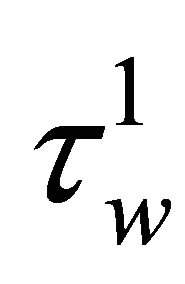 induced by the weak topology
induced by the weak topology  of
of  has the one-point compactification
has the one-point compactification 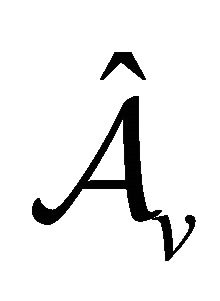 realized topologically as
realized topologically as  (see also Theorem 3.5.11 about one-point Alexandroff compactification in [14]). That is,
(see also Theorem 3.5.11 about one-point Alexandroff compactification in [14]). That is, .
.
The non-commutative analog  of the Riemann sphere can be supplied with the topology inherited from the norm topology
of the Riemann sphere can be supplied with the topology inherited from the norm topology 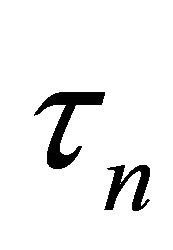 on
on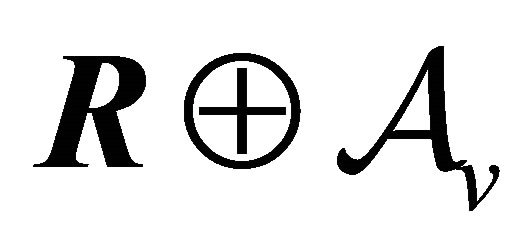 . That is on
. That is on  two topologies were considered above the weakened
two topologies were considered above the weakened  topology and the norm
topology and the norm 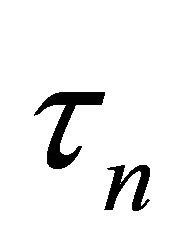 topology.
topology.
8) Definitions. We say that a real vector space Z is supplied with a scalar product if a bi-R-linear bi-additive mapping 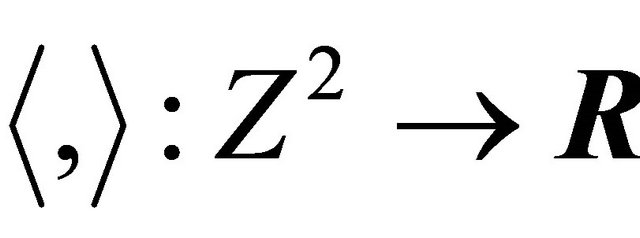 is given satisfying the conditions:
is given satisfying the conditions:
1)  if and only if
if and only if ;
;
2) ;
;
3)  for all real numbers
for all real numbers 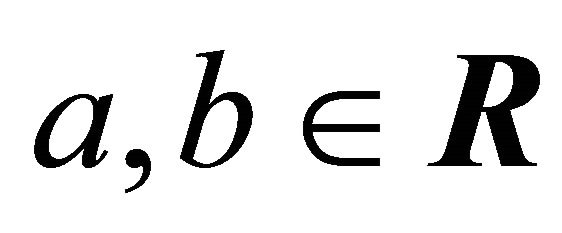 and vectors
and vectors .
.
Then an 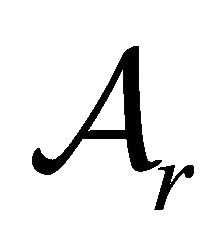 vector space X is supplied with an
vector space X is supplied with an 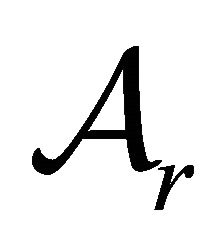 valued scalar product, if a bi-R-linear bi-
valued scalar product, if a bi-R-linear bi-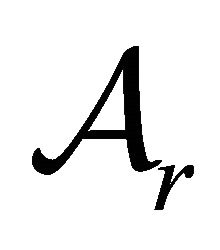 -additive mapping
-additive mapping  is given such that
is given such that
 where
where , each
, each 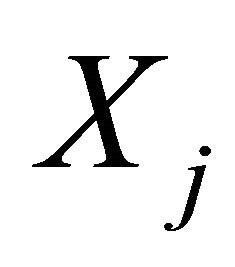 is a real linear space with a real valued scalar product,
is a real linear space with a real valued scalar product, 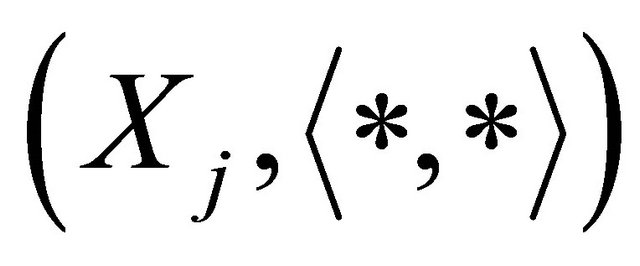 is real linear isomorphic with
is real linear isomorphic with
 and
and 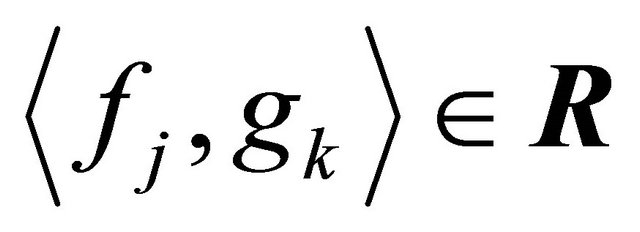 for each j, k. The scalar product induces the norm:
for each j, k. The scalar product induces the norm:
 .
.
An 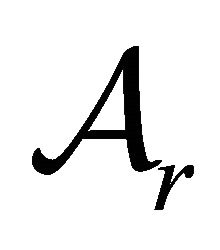 normed space or an
normed space or an 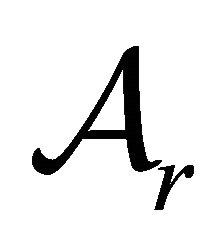 vector space with
vector space with 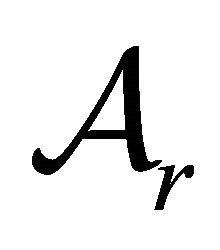 scalar product complete relative to its norm will be called an
scalar product complete relative to its norm will be called an 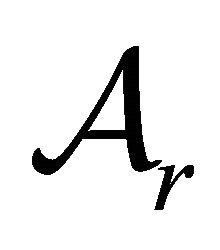 Banach space or an
Banach space or an  Hilbert space respectively.
Hilbert space respectively.
9) Meta-Invariant Operators. If a topology  on an
on an  vector space X is such that the addition of vectors and the multiplication of vectors on Cayley-Dickson numbers from
vector space X is such that the addition of vectors and the multiplication of vectors on Cayley-Dickson numbers from 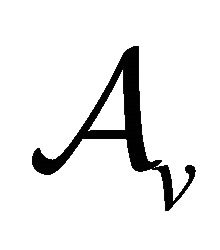 on the left and on the right are continuous relative to the topology
on the left and on the right are continuous relative to the topology  on X and the norm topology
on X and the norm topology 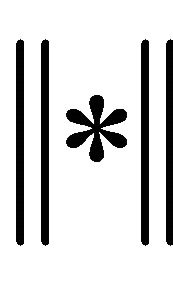 on
on , then X is called a topological
, then X is called a topological  vector space.
vector space.
Let X and Y be topological vector spaces over the Cayley-Dickson algebra . An R-linear
. An R-linear  -additive operator
-additive operator  we call
we call  meta-invariant for
meta-invariant for , if a family
, if a family 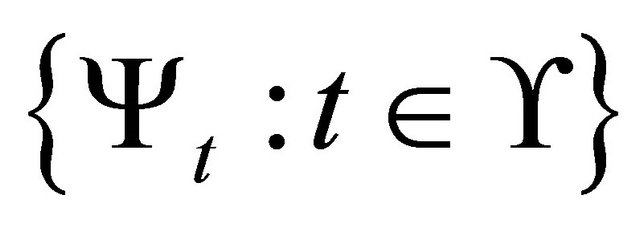 of CayleyDickson sub-algebras
of CayleyDickson sub-algebras 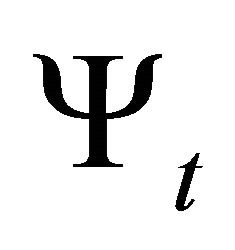 isomorphic with
isomorphic with  exists such that
exists such that
 and
and
 and
and
 and
and
 and
and

for each , where tX and tY are vector sub-spaces over
, where tX and tY are vector sub-spaces over  in X and Y respectively (may be up to a continuous with its inverse isomorphism of
in X and Y respectively (may be up to a continuous with its inverse isomorphism of  topological vector spaces as two-sided
topological vector spaces as two-sided  modules),
modules), 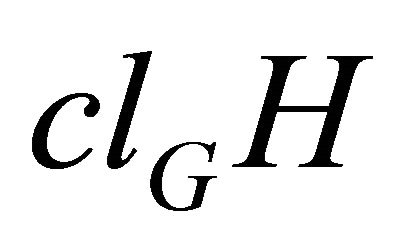 denotes the closure of a subset H in a topological space G. In another words for
denotes the closure of a subset H in a topological space G. In another words for  it is complex meta-invariant, for
it is complex meta-invariant, for 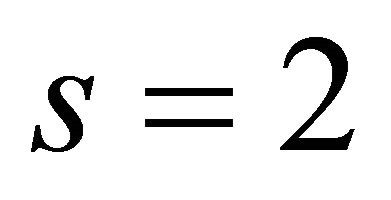 or
or 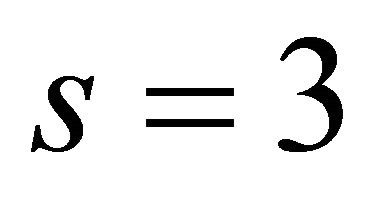 such operator will be called quaternion or octonion meta-invariant correspondingly.
such operator will be called quaternion or octonion meta-invariant correspondingly.
We say that a family  of operators is
of operators is  metainvariant, if Conditions
metainvariant, if Conditions 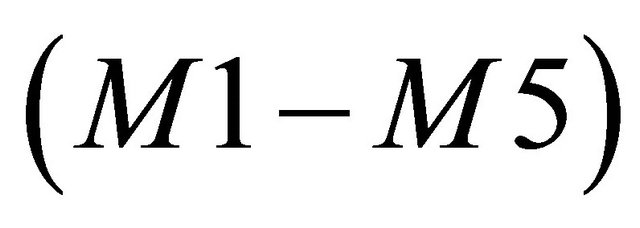 are fulfilled for each
are fulfilled for each  and decompositions
and decompositions 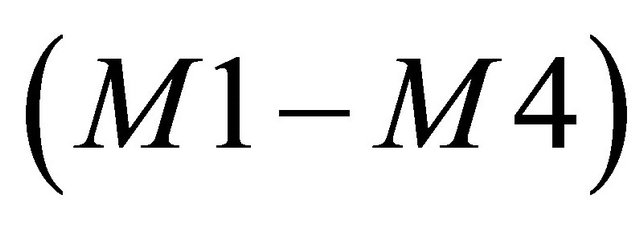 are the same for the entire family
are the same for the entire family .
.
One example, is the following. If  or
or  is a right or left
is a right or left 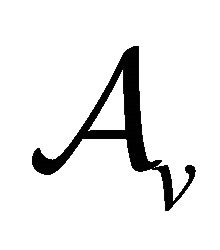 linear operator for normed spaces X and Y over
linear operator for normed spaces X and Y over 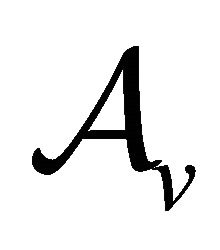 such that
such that  with
with  for each j, then
for each j, then

or

correspondingly. Therefore, (up to a continuous with its inverse isomorphism of 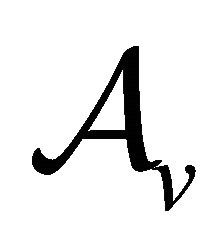 normed spaces as two-sided
normed spaces as two-sided  modules) such operator C is
modules) such operator C is  meta-invariant for any
meta-invariant for any .
.
Let X be a Hilbert space over the Cayley-Dickson algebra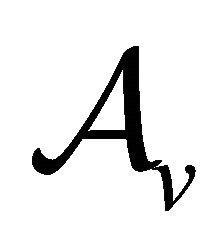 , then there exists an underlying Hilbert space
, then there exists an underlying Hilbert space 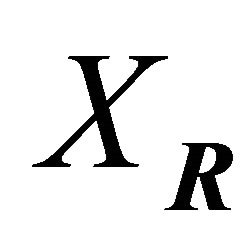 over R, i.e. a real shadow
over R, i.e. a real shadow . The scalar product on X with values in
. The scalar product on X with values in  from
from  induces the scalar product
induces the scalar product  in
in 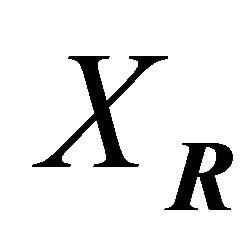 with values in R.
with values in R.
Then for an 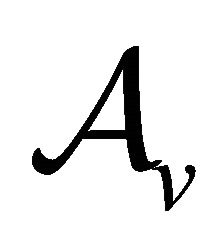 -vector subspace Y in X the orthogonal complement
-vector subspace Y in X the orthogonal complement 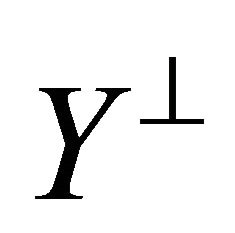 can be created relative to the scalar product
can be created relative to the scalar product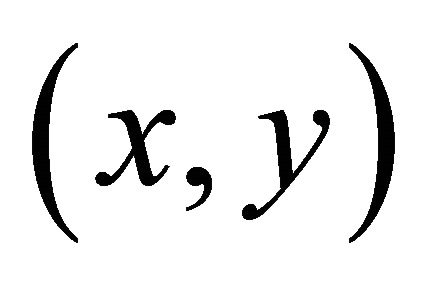 . At the same time the equation
. At the same time the equation  for
for ,
, 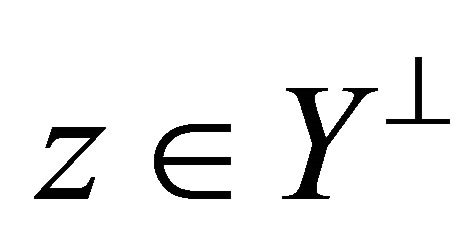 defines the R-linear
defines the R-linear  operator
operator  acting on a Hilbert space X. That is,
acting on a Hilbert space X. That is,  is the projection on Y parallel to
is the projection on Y parallel to . Moreover, one has
. Moreover, one has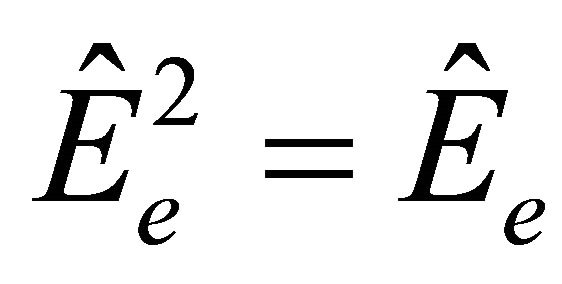 1)
1) , also 2)
, also 2) .
.
Mention, that  is the orthogonal projection from X on
is the orthogonal projection from X on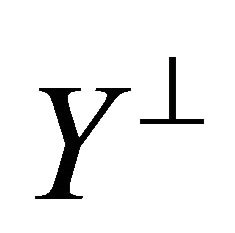 , since
, since  and
and
 for each
for each  and
and .
.
Consider the decomposition of a Hilbert space  over
over , where
, where  is the family of standard generators of the Cayley-Dickson algebra
is the family of standard generators of the Cayley-Dickson algebra ,
,  are pairwise isomorphic Hilbert spaces over
are pairwise isomorphic Hilbert spaces over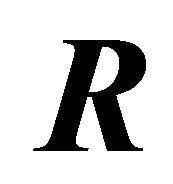 .
.
A family of operators  with
with  we call an
we call an 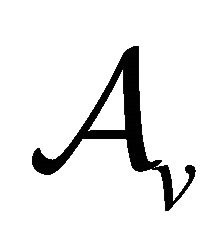 -graded projection operator on
-graded projection operator on , if it satisfies conditions
, if it satisfies conditions 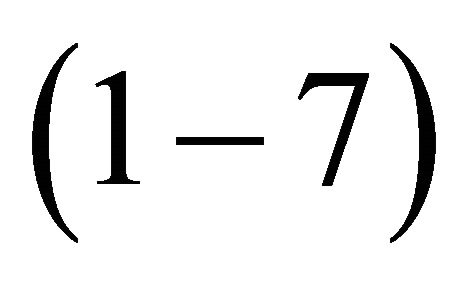 below:
below:
1)  for each
for each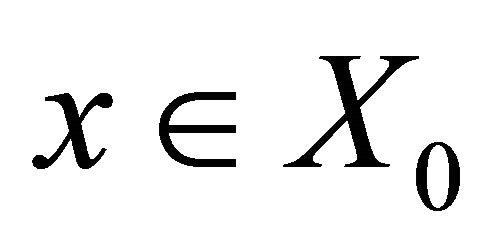 , where 2)
, where 2)  for each
for each 3)
3)  for each
for each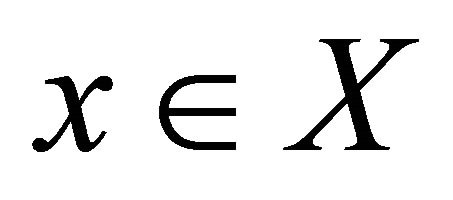 4)
4)  for each
for each 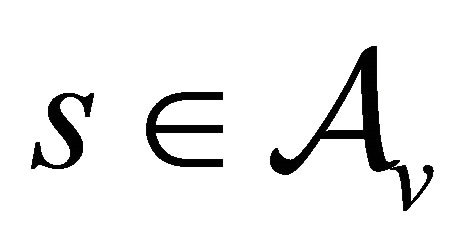 and
and 5)
5)  for each
for each 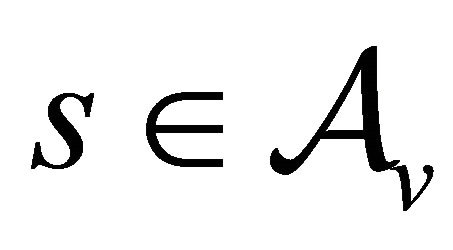 and
and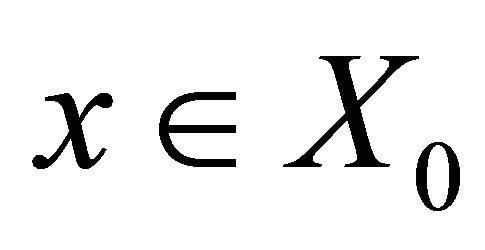 6)
6)  for each
for each  and
and 7)
7)  on X0 for each
on X0 for each where
where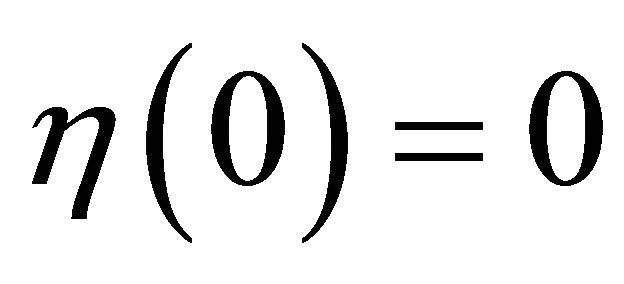 ,
,  for each
for each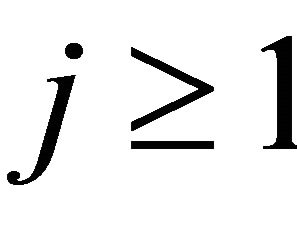 ,
, 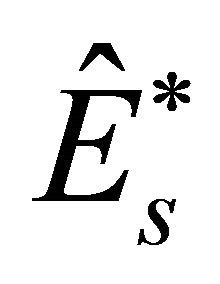 denotes the adjoint operator.
denotes the adjoint operator.
3. Normal Operators
1) Definition. An operator T in a Hilbert space X over the Cayley-Dickson algebra 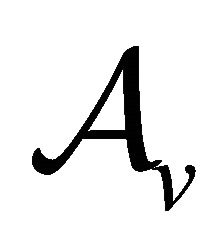 is called normal, if
is called normal, if .
.
An operator T is unitary, if  and
and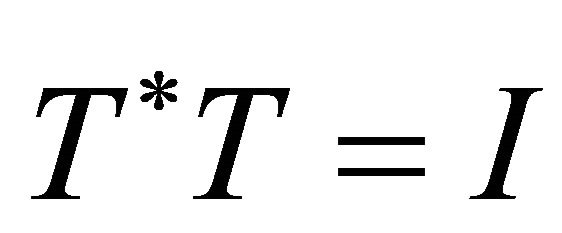 .
.
An operator T is called symmetrical, if  for each
for each .
.
An operator T is self-adjoint, if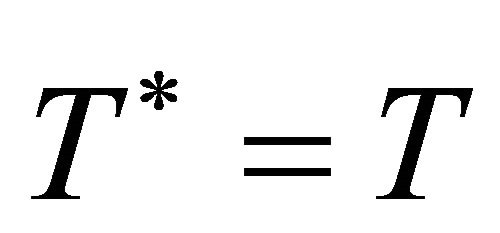 . Further, for
. Further, for  it is supposed that
it is supposed that  is dense in
is dense in .
.
2) Remark. In  the more general definition than previously of a unitary operator is given without any restriction on either
the more general definition than previously of a unitary operator is given without any restriction on either  meta-invariance or leftor right-
meta-invariance or leftor right- -linearity.
-linearity.
On a space  of real-valued continuous functions
of real-valued continuous functions 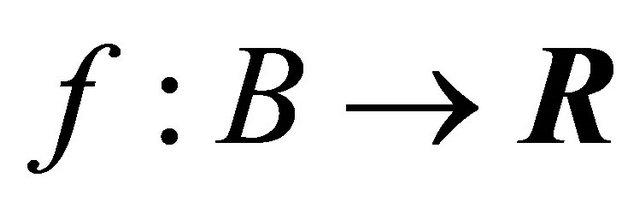 on a Hausdorff topological space B one considers a lattice structure:
on a Hausdorff topological space B one considers a lattice structure:
1)  and 2)
and 2)  for each
for each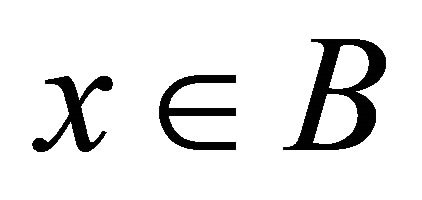 .
.
Therefore, one gets the decomposition: , where
, where  and
and  so that a function
so that a function 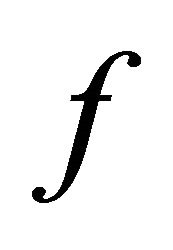 is the difference of two positive functions with supports
is the difference of two positive functions with supports
 ,
,
 .
.
Suppose that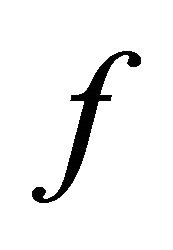 ,
, 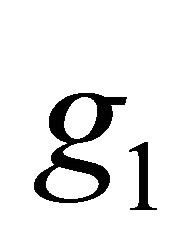 and
and 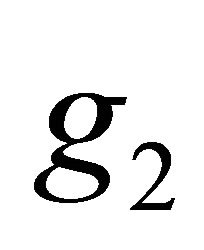 are positive or nonnegative continuous functions on B. Put
are positive or nonnegative continuous functions on B. Put  and
and , consequently,
, consequently,  and
and  so that
so that 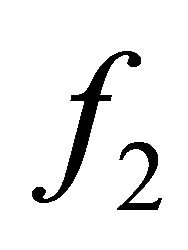 is a positive or nonnegative continuous function. If
is a positive or nonnegative continuous function. If  for some
for some , then
, then , since
, since 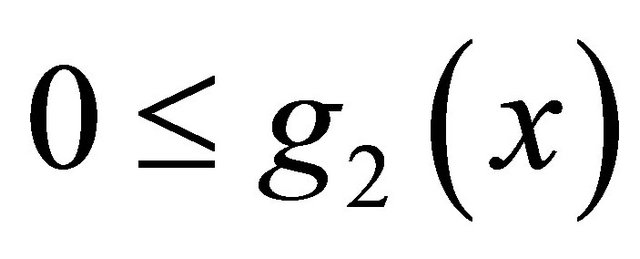 and
and
 . This contradicts the hypothesis
. This contradicts the hypothesis . Thus
. Thus . Therefore, the decomposition
. Therefore, the decomposition  with
with  and
and  is valid, which is called Riesz’ decomposition.
is valid, which is called Riesz’ decomposition.
Consider now a space 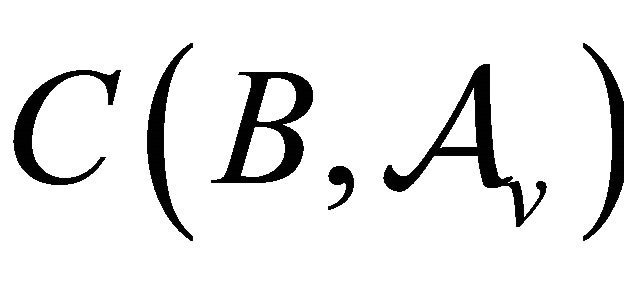 of all continuous
of all continuous  valued functions on a Hausdorff topological space B. An R linear
valued functions on a Hausdorff topological space B. An R linear  additive functional p on
additive functional p on  we call Hermitian if
we call Hermitian if  for each
for each .
.
This induces a lattice structure on the set  of all Hermitian functionals
of all Hermitian functionals  on
on , since the restriction
, since the restriction 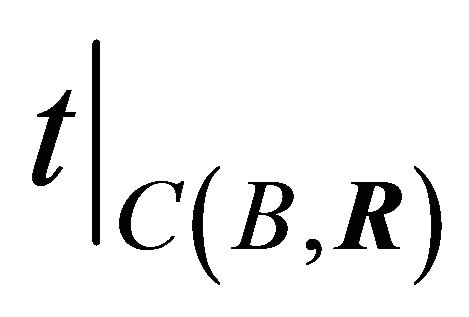 is a real-valued function.
is a real-valued function.
For an R-linear  additive functional t on
additive functional t on 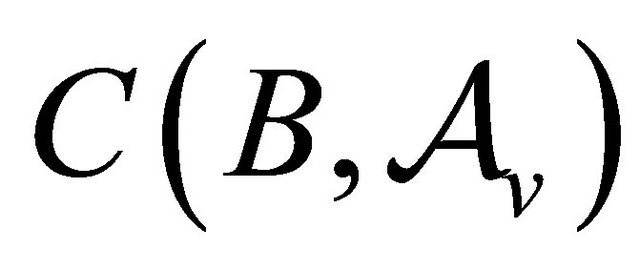 a conjugate functional
a conjugate functional  is defined by the formula 3)
is defined by the formula 3)  for each
for each .
.
Then the functional  is Hermitian and
is Hermitian and 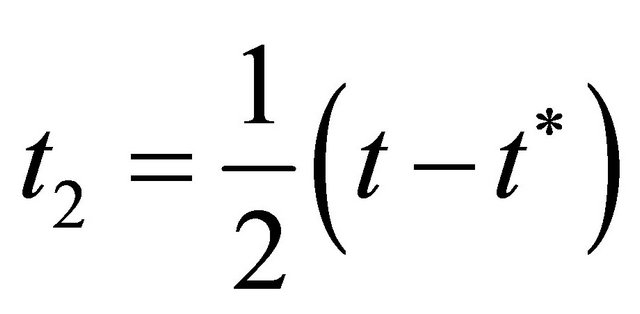 is skew Hermitian, that is
is skew Hermitian, that is
 for each
for each . Therefore, the functional t generates the family of Hermitian functionals
. Therefore, the functional t generates the family of Hermitian functionals 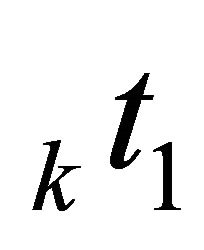 for each
for each , where
, where  for each
for each .
.
Each Hermitian functional  induces an
induces an 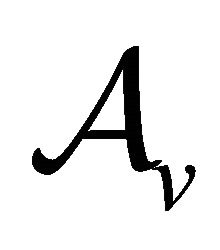 valued scalar product by the formula:
valued scalar product by the formula:
4) .
.
If a topological space B is compact, then  . If p is a Hermitian state, then 5)
. If p is a Hermitian state, then 5)  due to Cauchy-Schwartz’ inequality.
due to Cauchy-Schwartz’ inequality.
Thus Hermitian state p is continuous and has norm .
.
3) Lemma. Let  be a normal
be a normal  metainvariant operator for a Hilbert space X over the CayleyDickson algebra
metainvariant operator for a Hilbert space X over the CayleyDickson algebra 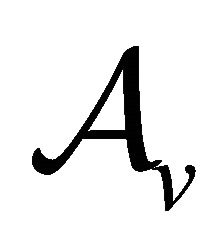 with
with . Let also A be a minimal von Neumann algebra generated by T,
. Let also A be a minimal von Neumann algebra generated by T,  and I over
and I over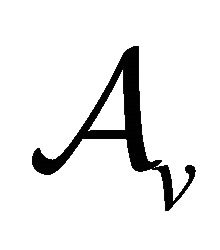 . Suppose that
. Suppose that 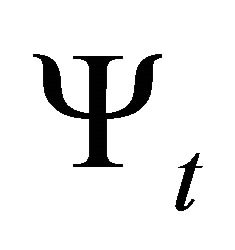 is a sub-algebra in
is a sub-algebra in  isomorphic with
isomorphic with  for each
for each  and
and
 are generators of
are generators of  (see
(see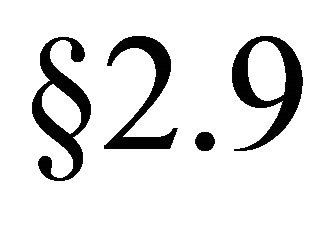 ). Then the restricted sub-algebra
). Then the restricted sub-algebra
 is associative for r = 2 and alternative for r = 3 for each
is associative for r = 2 and alternative for r = 3 for each .
.
Proof. In view of Theorem 2.22 [12] an algebra A is quasi-commutative. Compositions 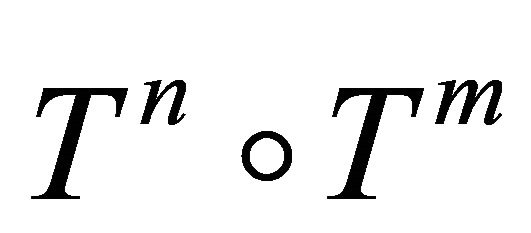 are considered as point-wise set-theoretic compositions of mappings so that
are considered as point-wise set-theoretic compositions of mappings so that  is the n + m times composition of T with itself for each
is the n + m times composition of T with itself for each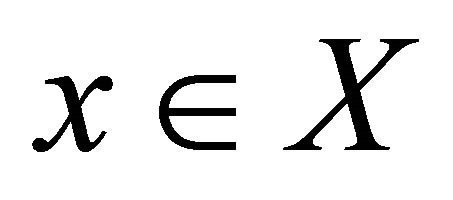 , where
, where 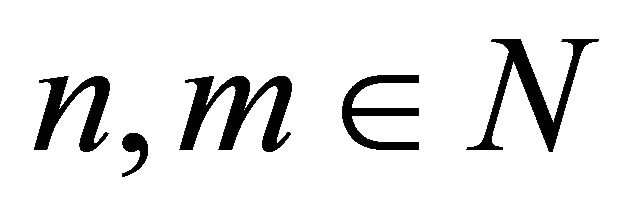 are natural numbers. Moreover, Ix = x for each
are natural numbers. Moreover, Ix = x for each . Then consider
. Then consider 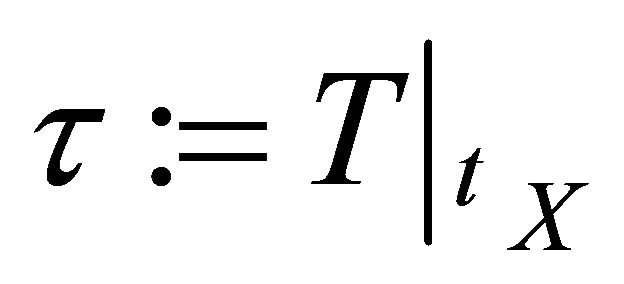 as a formal variable so that
as a formal variable so that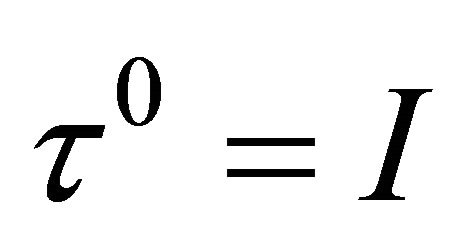 . This variable is power associative
. This variable is power associative  for all
for all , since T is
, since T is  metainvariant. Moreover,
metainvariant. Moreover,  and
and  commute,
commute, 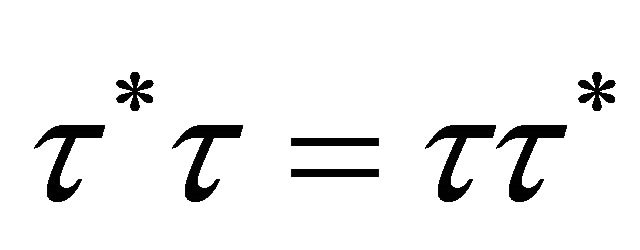 , since T is the normal operator,
, since T is the normal operator, .
.
Therefore, the minimal algebra  over
over  generated by
generated by 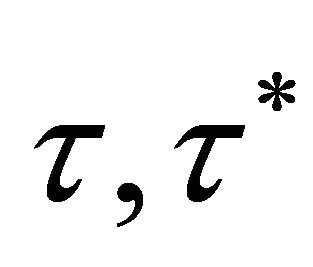 and I consists of formal polynomials in variables
and I consists of formal polynomials in variables 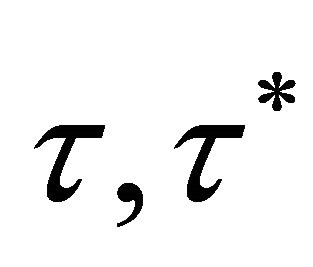 with coefficients from
with coefficients from . This algebra is R linear and left and right module over
. This algebra is R linear and left and right module over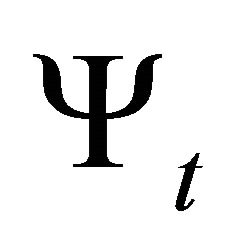 . Relative to addition and multiplication of polynomials the algebra
. Relative to addition and multiplication of polynomials the algebra  is associative for r = 2 and alternative for r = 3, since the quaternion skew field
is associative for r = 2 and alternative for r = 3, since the quaternion skew field  is associative and the octonion algebra
is associative and the octonion algebra 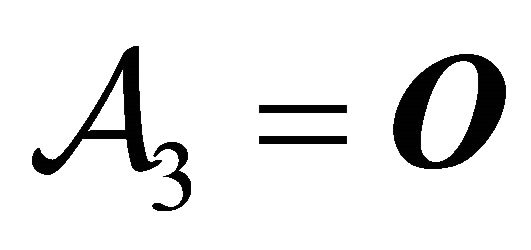 is alternative and
is alternative and  is isomorphic with
is isomorphic with 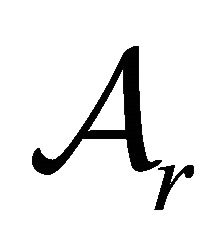 for each
for each .
.
Consider the algebra  relative to the topology inherited from the von Neumann algebra
relative to the topology inherited from the von Neumann algebra  (see also Definitions 2.22.1 and Theorem 2.22 [12]).
(see also Definitions 2.22.1 and Theorem 2.22 [12]).
The completion of  gives the von Neumann algebra
gives the von Neumann algebra 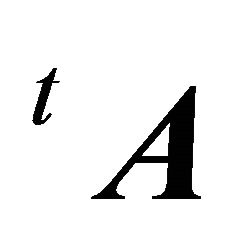 up to isomorphism of algebras. The operations of addition and multiplication are continuous relative to a norm in a
up to isomorphism of algebras. The operations of addition and multiplication are continuous relative to a norm in a 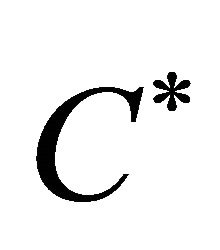 -algebra. Thus the restricted sub-algebra
-algebra. Thus the restricted sub-algebra 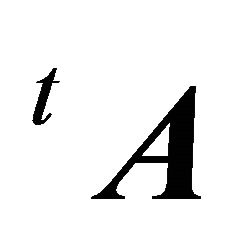 is associative for r = 2 and alternative for r = 3 for each
is associative for r = 2 and alternative for r = 3 for each .
.
4) Theorem. Suppose that  is a selfadjoint
is a selfadjoint 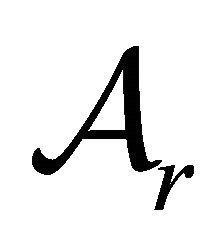 meta-invariant operator on a Hilbert space X over the Cayley-Dickson algebra
meta-invariant operator on a Hilbert space X over the Cayley-Dickson algebra 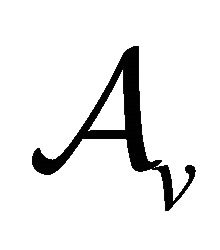 with
with 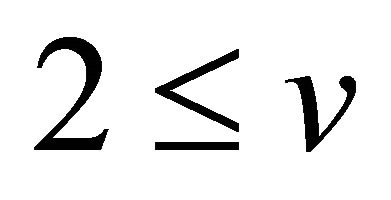 and
and , A is a von Neumann algebra containing T. Then there is a family
, A is a von Neumann algebra containing T. Then there is a family  of
of 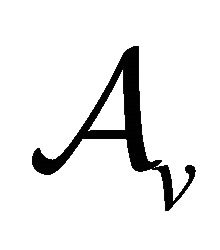 - graded projection operators on X such that 1)
- graded projection operators on X such that 1)  for
for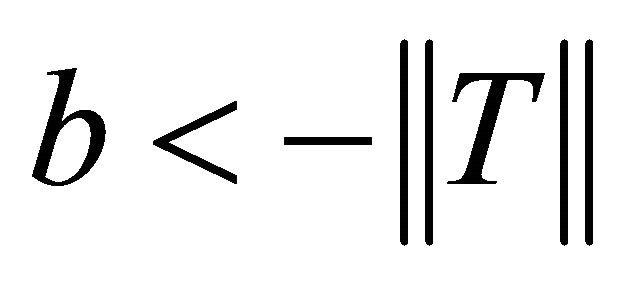 , while
, while 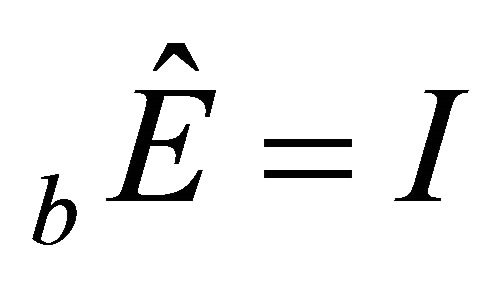 for
for ;
;
2) 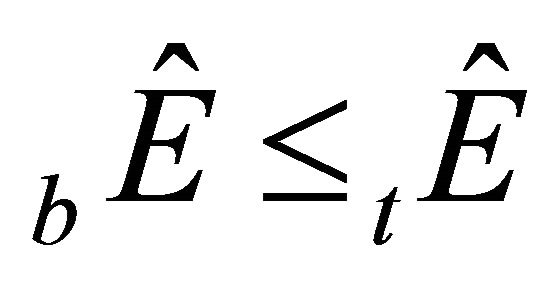 for
for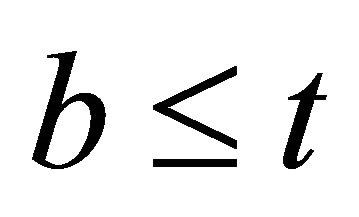 ;
;
3) ;
;
4)  and
and  for each
for each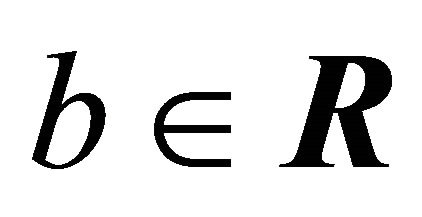 ;
;
5)  and this integral is the limit of Riemann sums converging relative to the operator norm.
and this integral is the limit of Riemann sums converging relative to the operator norm.
Considering a restricted algebra
 isomorphic to
isomorphic to  with an extremely disconnected compact Hausdorff topological space
with an extremely disconnected compact Hausdorff topological space  let f and
let f and 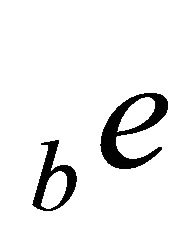 in
in 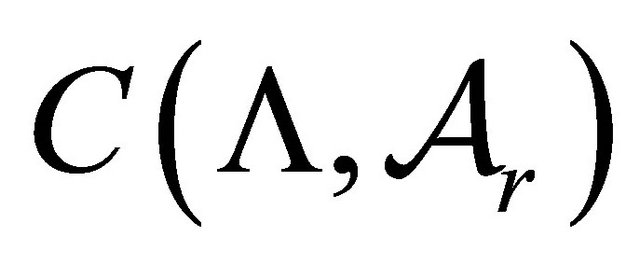 correspond to
correspond to 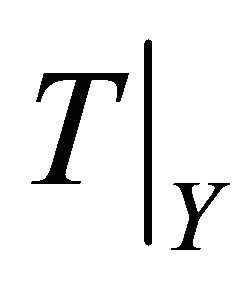 and
and  in A respectively, then
in A respectively, then 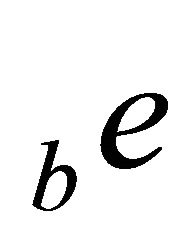 is the characteristic function of the largest clopen subset
is the characteristic function of the largest clopen subset 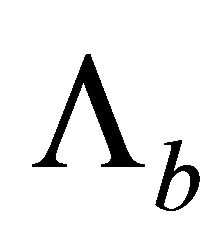 on which f takes values not exceeding b, where
on which f takes values not exceeding b, where
 .
.
Proof. An operator T is  -meta-invariant, consequently, a von Neumann subalgebra
-meta-invariant, consequently, a von Neumann subalgebra  over
over 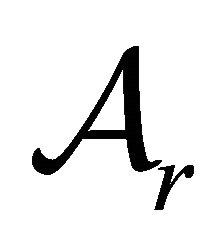 contains the restriction
contains the restriction  of T on Y up to an isomorphism of von Neumann algebras over
of T on Y up to an isomorphism of von Neumann algebras over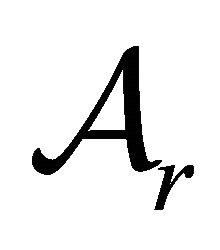 , where
, where  .
.
In accordance with Theorem 2.22 [12] we have that an algebra  is isomorphic with
is isomorphic with 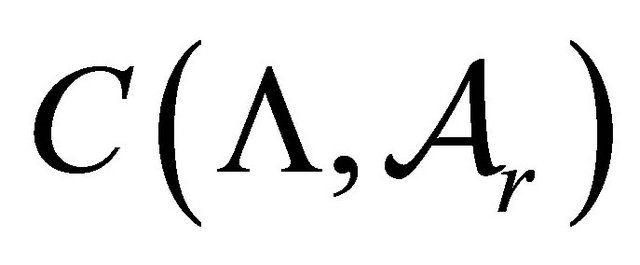 for some extremely disconnected compact Hausdorff topological space
for some extremely disconnected compact Hausdorff topological space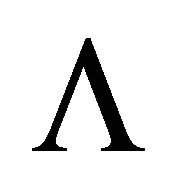 .
.
Recall that a subset B of a topological space W is called clopen, if it is closed and open simultaneously, .
.
If a function  corresponds to an operator
corresponds to an operator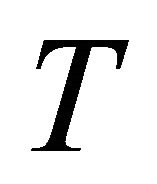 , then a set
, then a set  is clopen in
is clopen in . On this set the function
. On this set the function 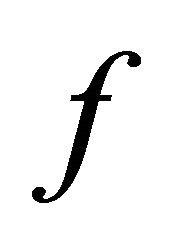 has values not exceeding
has values not exceeding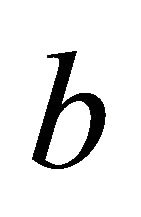 . If
. If 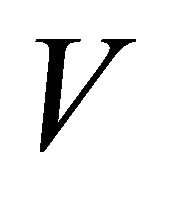 is another clopen subset so that
is another clopen subset so that  , then
, then  and
and . On the other hand, the set
. On the other hand, the set 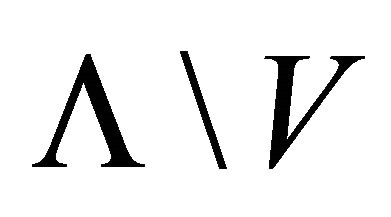 is clopen, consequently,
is clopen, consequently,  . Therefore
. Therefore  is the largest clopen subset in
is the largest clopen subset in  so that
so that .
.
The characteristic function  of
of 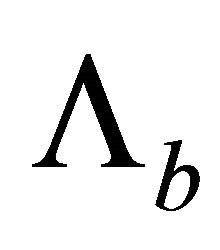 by its definition takes value 1 on
by its definition takes value 1 on 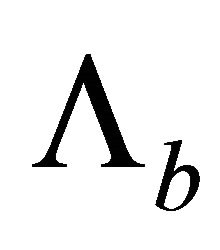 and zero on its complement
and zero on its complement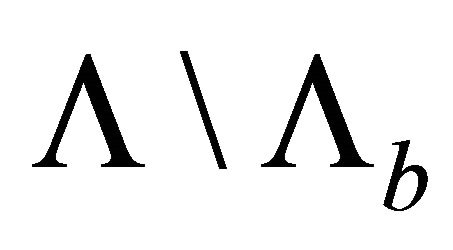 . It is continuous
. It is continuous , since the subset
, since the subset  is clopen in
is clopen in . Thus an operator
. Thus an operator 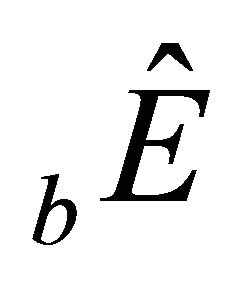 in A corresponding to
in A corresponding to 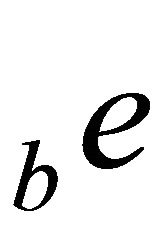 is a projection,
is a projection, 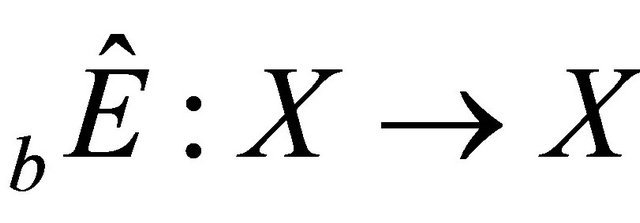 ,
, .
.
Then to 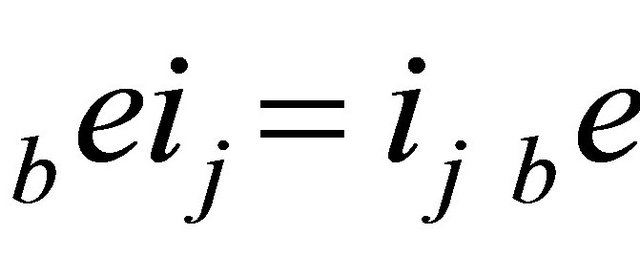 an operator
an operator 
on Xj corresponds, where . Over the CayleyDickson algebra
. Over the CayleyDickson algebra 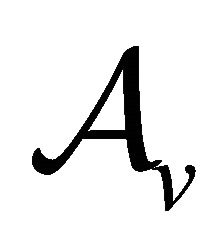 the projection
the projection 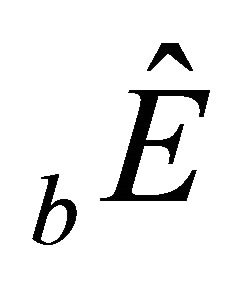 induces an
induces an  graded projection in accordance with
graded projection in accordance with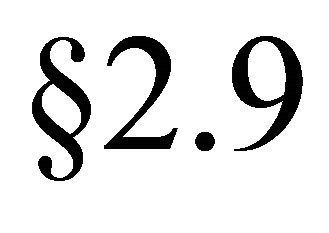 , since
, since  .
.
Statements (1, 2, 4) are evident from the definition of the subsets 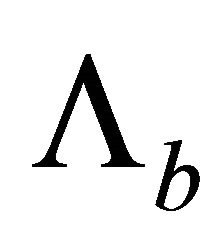 and the properties of the isomorphism of
and the properties of the isomorphism of  with
with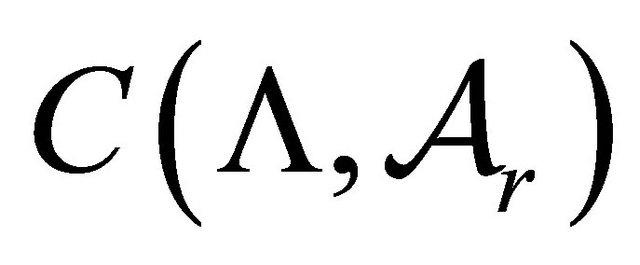 . Indeed, the function f is continuous and
. Indeed, the function f is continuous and
 .
.
For proving Statement (3) we mention that  , since the topological space
, since the topological space 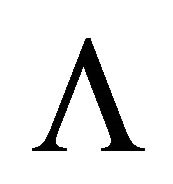 is extremely disconnected and each
is extremely disconnected and each  is clopen in
is clopen in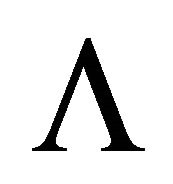 . This implies that
. This implies that 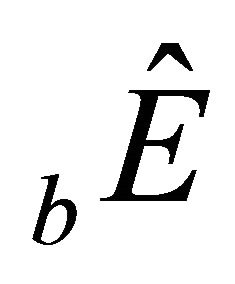 is the infimum of the family
is the infimum of the family
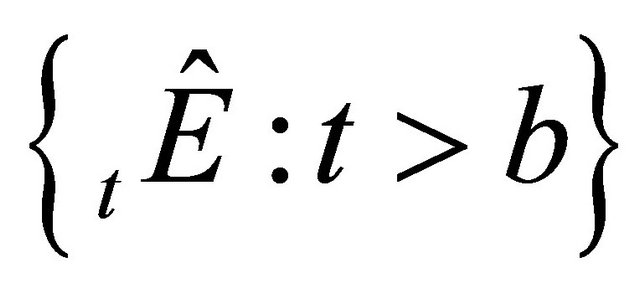 , consequently,
, consequently,  , since
, since
 in accordance with Propositions 2.22.7 and 2.22.9 and Corollary 2.22.13, Definition 2.23 and Theorem 2.24 [12] with
in accordance with Propositions 2.22.7 and 2.22.9 and Corollary 2.22.13, Definition 2.23 and Theorem 2.24 [12] with .
.
It remains to prove Statement . Take
. Take 
and a partition  of the segment
of the segment 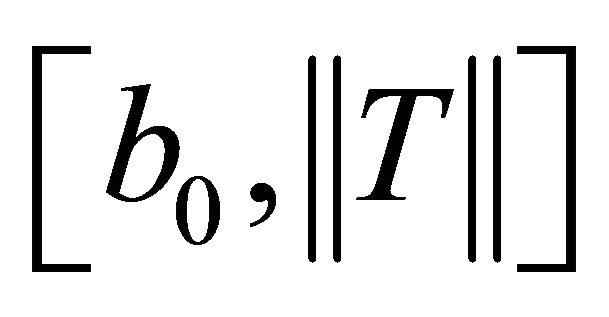
so that . If
. If
 let
let 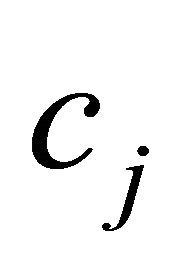 be a point of this intersection, otherwise let
be a point of this intersection, otherwise let  when the intersection is empty,
when the intersection is empty, . Therefore,
. Therefore,
 when this intersection is emptysince a spectrum
when this intersection is emptysince a spectrum  of T is a range of f, consequently,
of T is a range of f, consequently,  and
and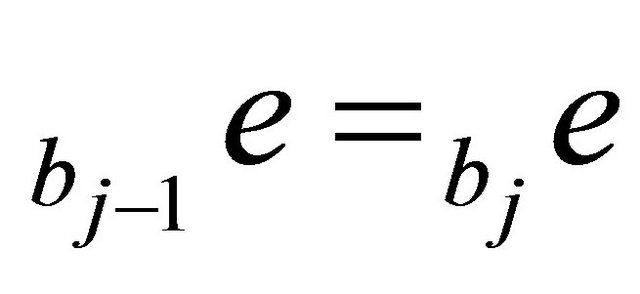 .
.
We call two characteristic functions  and
and  orthogonal, if
orthogonal, if  identically, that is
identically, that is .
.
Thus characteristic functions 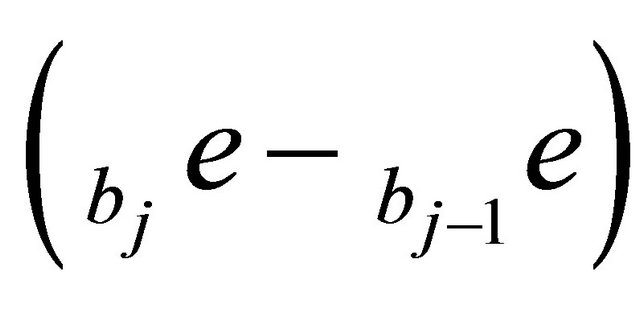 are mutually orthogonal for different values of j. We consider the function
are mutually orthogonal for different values of j. We consider the function . This induces the disjoint partition
. This induces the disjoint partition  with
with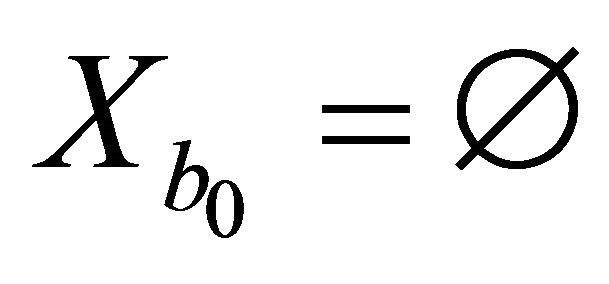 , that is
, that is  and
and  for each
for each . If
. If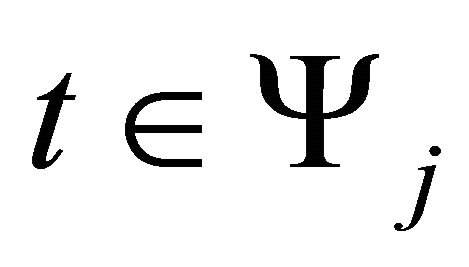 , then
, then 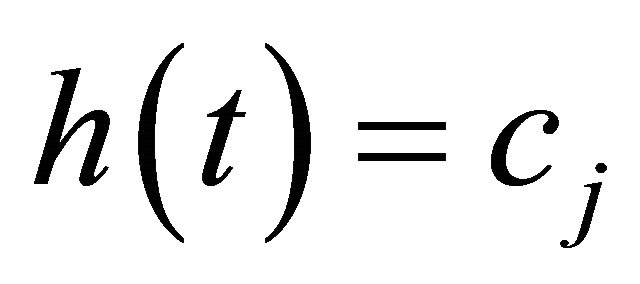 and
and , hence 6)
, hence 6) .
.
We consider Riemann integral sums
 .
.
If  is an isomorphism of quasicommutative
is an isomorphism of quasicommutative  algebras, then 7)
algebras, then 7) .
.
On the other hand,
 since the operator
since the operator  is
is 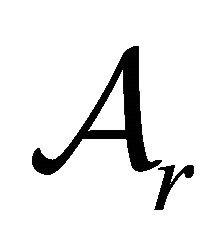 meta-invariant and hence
meta-invariant and hence 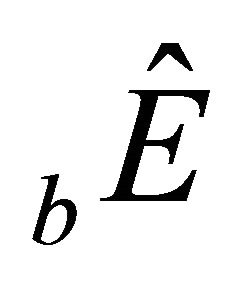 is
is  meta-invariant as well for each
meta-invariant as well for each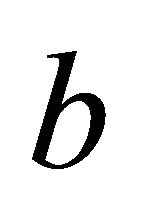 , since
, since  and
and  and
and 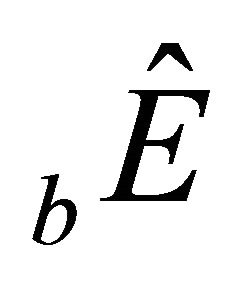 is a graded projection operator (see
is a graded projection operator (see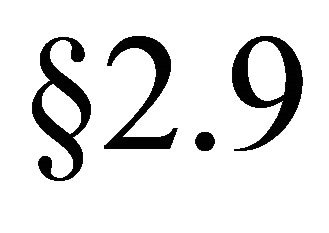 ). Therefore, Formulas (6), (7) imply Statement (5) in the sense of norm convergence in
). Therefore, Formulas (6), (7) imply Statement (5) in the sense of norm convergence in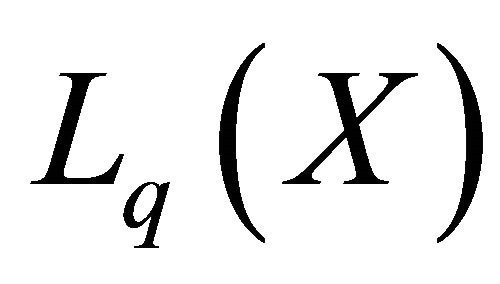 .
.
5) Definition. A family of 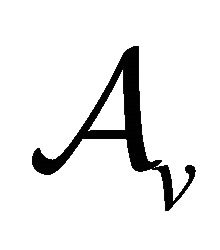 graded projections
graded projections 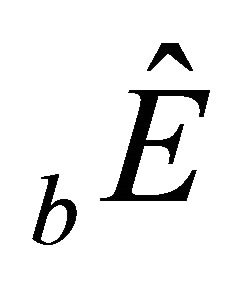 indexed by
indexed by 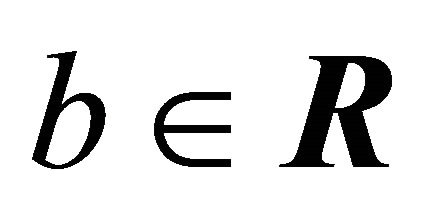 satisfying Conditions (2, 3) of the preceding theorem and two conditions below 1)
satisfying Conditions (2, 3) of the preceding theorem and two conditions below 1)  and 2)
and 2) 
is called an  graded spectral resolution of the identity. An
graded spectral resolution of the identity. An 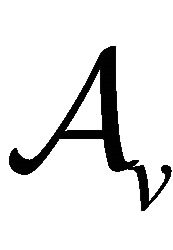 graded spectral resolution of the identity is called bounded, when two finite numbers
graded spectral resolution of the identity is called bounded, when two finite numbers  exist such that
exist such that  for every
for every  and
and 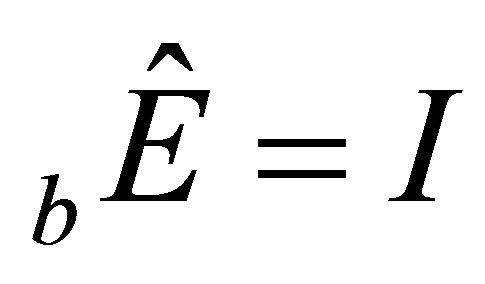 for each
for each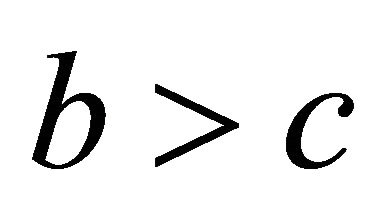 . Otherwise we say that a resolution of the identity is unbounded.
. Otherwise we say that a resolution of the identity is unbounded.
6) Definitions. A*-homomorphism 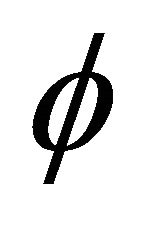 of a C*-algebra A into
of a C*-algebra A into 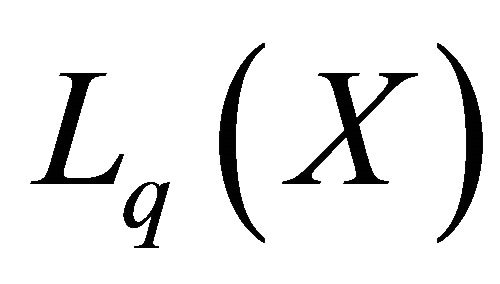 is called a representation of A on a Hilbert space X over the Cayley-Dickson algebra
is called a representation of A on a Hilbert space X over the Cayley-Dickson algebra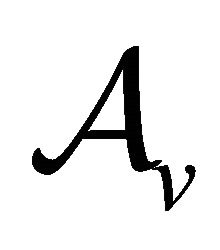 , that is
, that is  and
and
 and
and  for all
for all
 and
and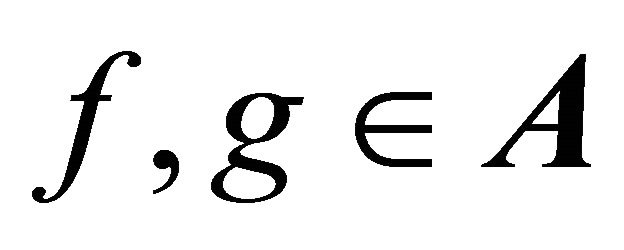 , if A contains a unit element
, if A contains a unit element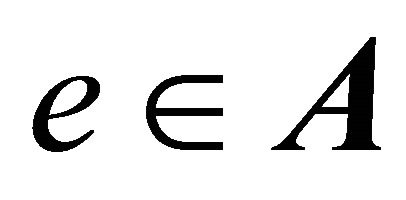 , then
, then .
.
If additionally 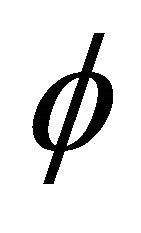 is one-to-one, then such a mapping will be called a faithful representation of A onto B, where
is one-to-one, then such a mapping will be called a faithful representation of A onto B, where .
.
A representation  is said to be essential if the union of ranges of
is said to be essential if the union of ranges of 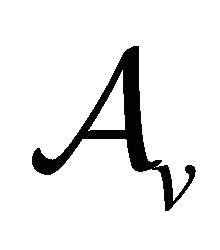 graded projection operators (elements) of A in the image
graded projection operators (elements) of A in the image  is the unit operator I.
is the unit operator I.
Let 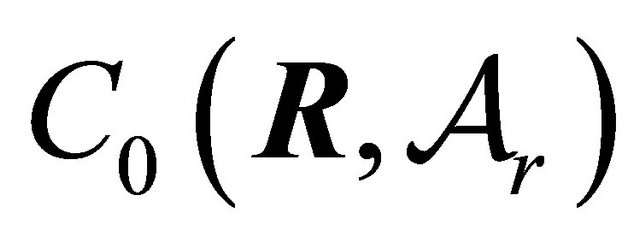 denote the subspace of all continuous vanishing at infinity functions
denote the subspace of all continuous vanishing at infinity functions  so that
so that
 and
and .
.
7) Theorem. Suppose that  is an
is an  graded resolution of the identity and
graded resolution of the identity and  is a bounded self-adjoint operator
is a bounded self-adjoint operator 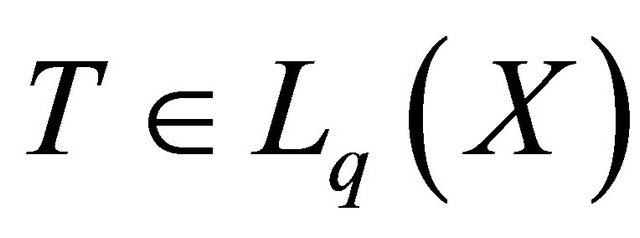 such that
such that
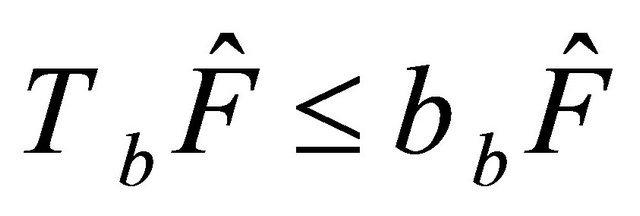 and
and  for every
for every
 or
or 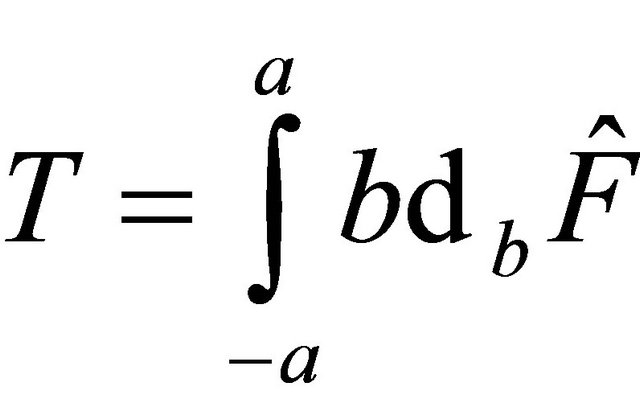 for each
for each , where
, where 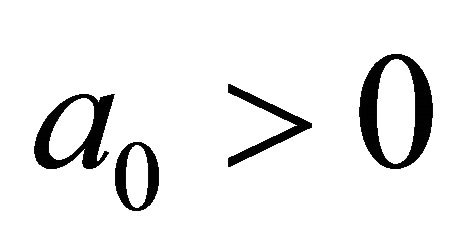 is a marked positive number,
is a marked positive number,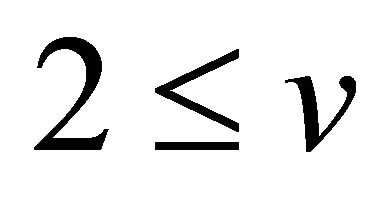 . Then
. Then 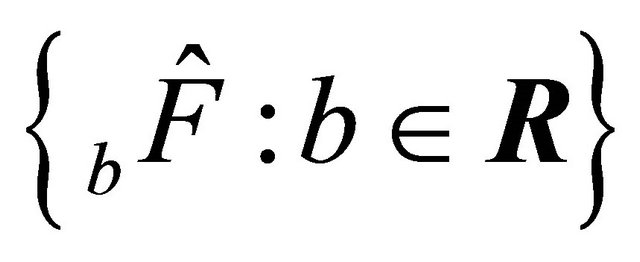 is the resolution of the identity for
is the resolution of the identity for , where A is a quasi-commutative von Neumann algebra generated by T and I over the Cayley-Dickson algebra
, where A is a quasi-commutative von Neumann algebra generated by T and I over the Cayley-Dickson algebra ,
,
 ,
, 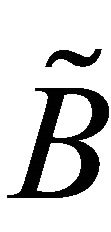 denotes a completion of a sub-algebra B in
denotes a completion of a sub-algebra B in 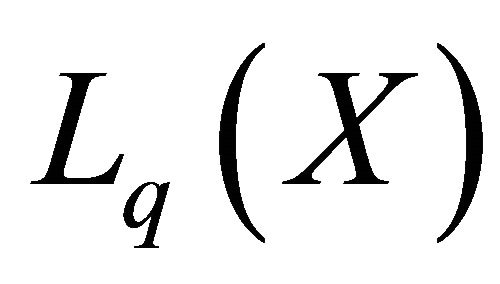 relative to the weak operator topology.
relative to the weak operator topology.
Proof. The inequality  implies that
implies that 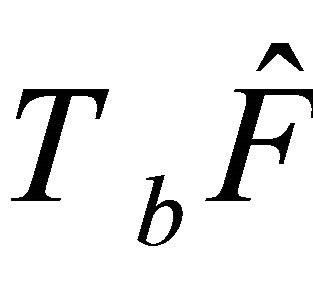
is self-adjoint. Therefore, restrictions 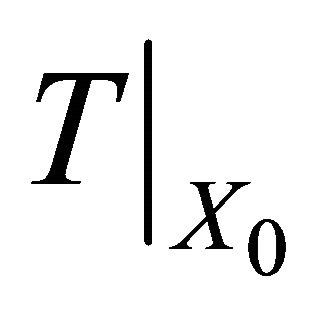 and
and 
commute on X0 for each b. Hence the algebra
 is quasi-commutative. In view of Theorem 3 the restricted algebra
is quasi-commutative. In view of Theorem 3 the restricted algebra 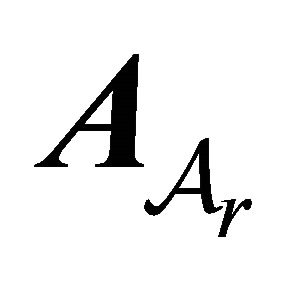 is isomorphic with
is isomorphic with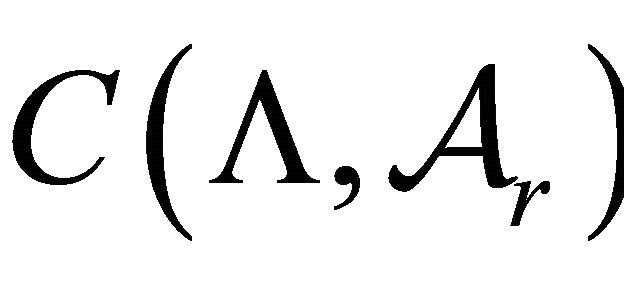 , where
, where 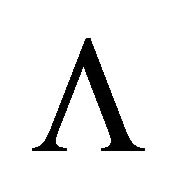 is an extremely disconnected compact Hausdorff space and
is an extremely disconnected compact Hausdorff space and .
.
If 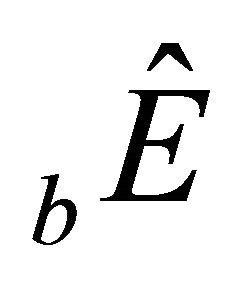 is a resolution of the identity for an operator
is a resolution of the identity for an operator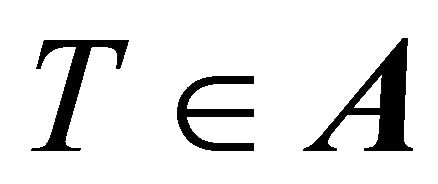 , a function f in
, a function f in 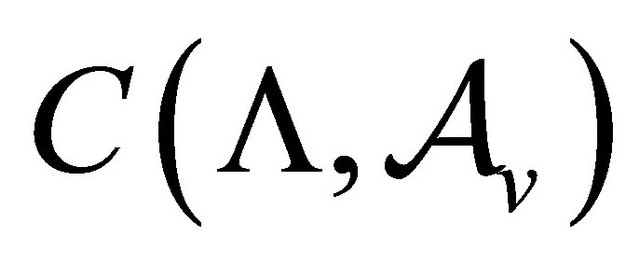 corresponds to T, while
corresponds to T, while  corresponds to
corresponds to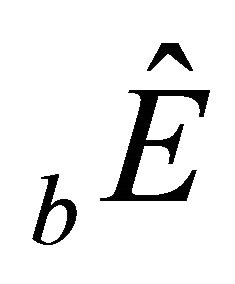 , then
, then 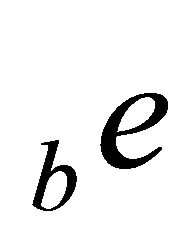 is the characteristic function of the largest clopen subset
is the characteristic function of the largest clopen subset 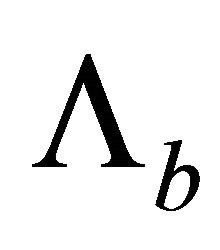 in
in  on which f takes values not exceeding b. On the other hand, if a function
on which f takes values not exceeding b. On the other hand, if a function  corresponds to
corresponds to , then
, then 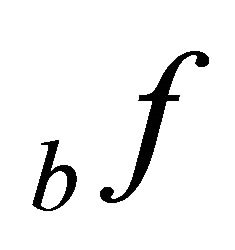 is the characteristic function of a clopen subset
is the characteristic function of a clopen subset 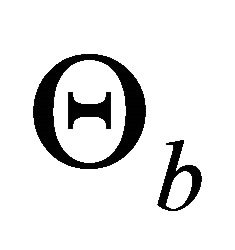 in
in 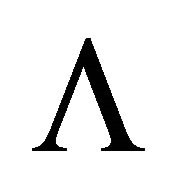 on which f takes values not exceeding b, since
on which f takes values not exceeding b, since , consequently,
, consequently, 
The equality  implies that
implies that 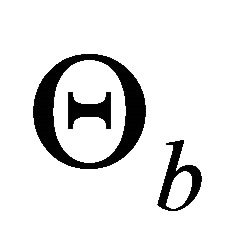 is the largest clopen subset contained in
is the largest clopen subset contained in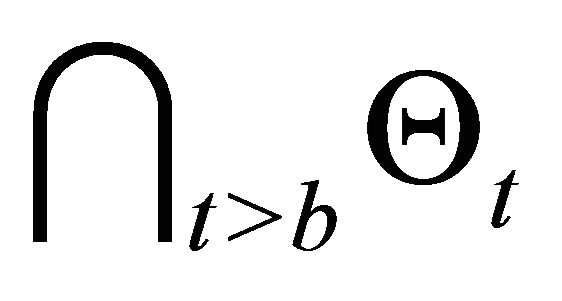 . By the conditions of this theorem
. By the conditions of this theorem  and
and
 for any t > b. Hence
for any t > b. Hence  for each
for each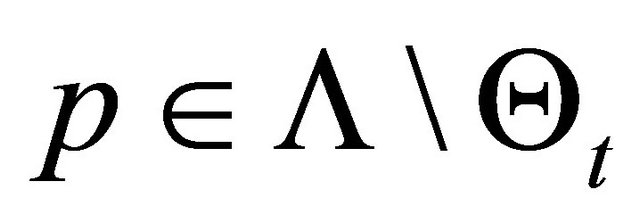 , consequently,
, consequently, 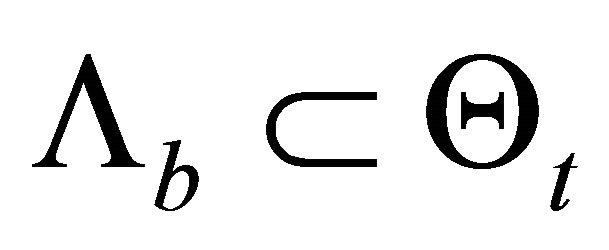 for each t > b and inevitably
for each t > b and inevitably  is a clopen subset contained in
is a clopen subset contained in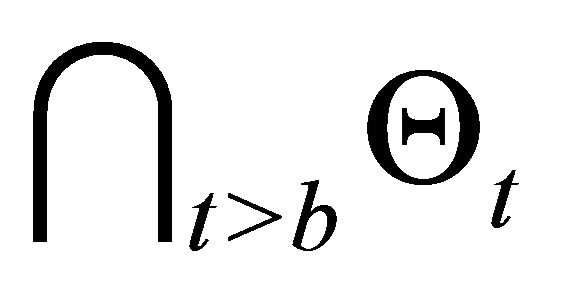 . Therefore,
. Therefore,  , since
, since  is the largest clopen subset contained in
is the largest clopen subset contained in . Thus
. Thus  and
and 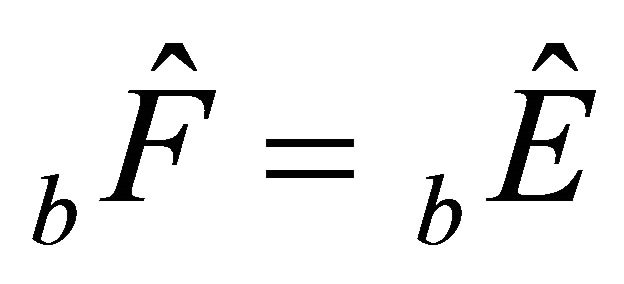 for each
for each .
.
The resolution of the identity for the operator T in A satisfies Condition (4) of Theorem 4 and .
.
Now, if
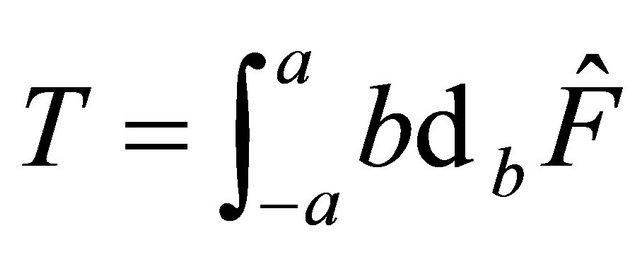
for each , where
, where  is a marked positive number,
is a marked positive number, 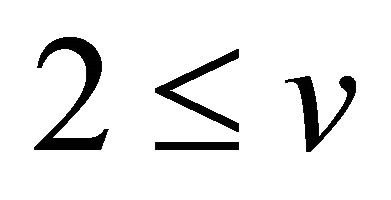 , we take for each
, we take for each  an arbitrary partition
an arbitrary partition  of the segment
of the segment 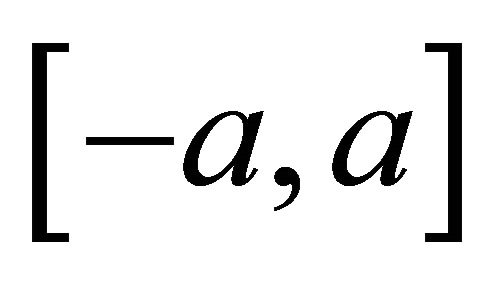 so that
so that
 for an operator
for an operator 
with  for each
for each . This implies that
. This implies that
 and
and
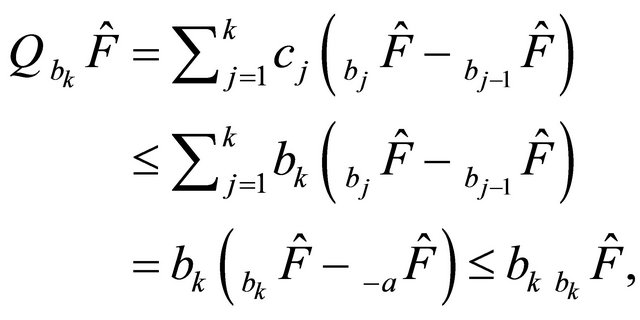
consequently,  We have also
We have also

and

consequently,  for every
for every . Take a limit in the strong operator topology with
. Take a limit in the strong operator topology with 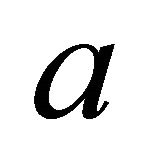 tending to the infinity:
tending to the infinity: , consequently,
, consequently,  for each
for each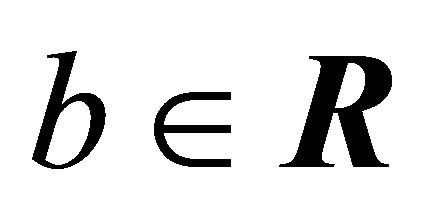 , since
, since  is arbitrary, where
is arbitrary, where  for every
for every 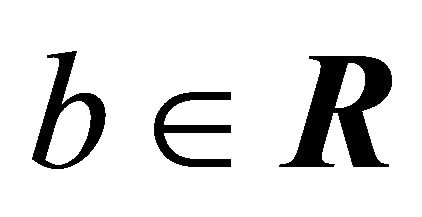 in accordance with the first part of the proof.
in accordance with the first part of the proof.
8) Lemma. Let T be an 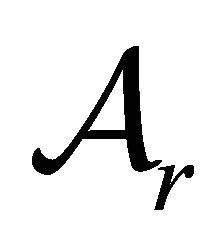 meta-invariant operator on an
meta-invariant operator on an  vector space X and let
vector space X and let . Then T is
. Then T is  meta-invariant.
meta-invariant.
Proof. The Cayley-Dickson algebra  has also the structure of the
has also the structure of the  vector space for
vector space for , since
, since 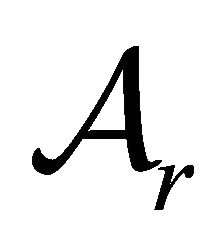 is the sub-algebra in
is the sub-algebra in . Therefore, the decomposition from
. Therefore, the decomposition from 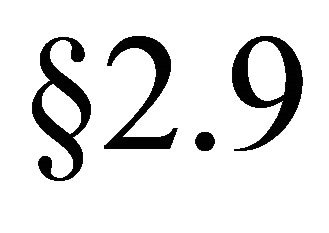 satisfying Conditions
satisfying Conditions 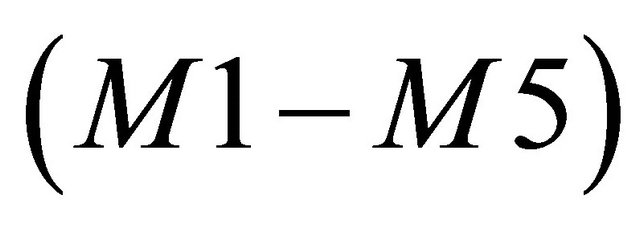 generates analogous decomposition fulfilling Conditions
generates analogous decomposition fulfilling Conditions  over
over  as well relative to which
as well relative to which  is
is 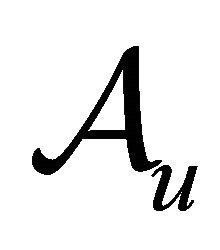 meta-invariant.
meta-invariant.
9) Theorem. Let  be a bounded graded resolution of the identity on a Hilbert space X over the Cayley-Dickson algebra
be a bounded graded resolution of the identity on a Hilbert space X over the Cayley-Dickson algebra ,
,  ,
,  ,
, 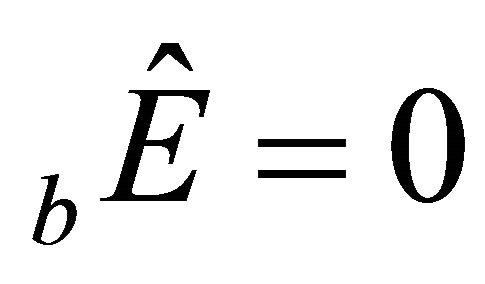 for each
for each 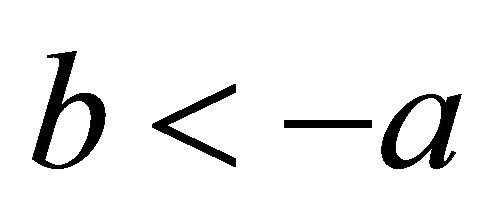 and
and  for each
for each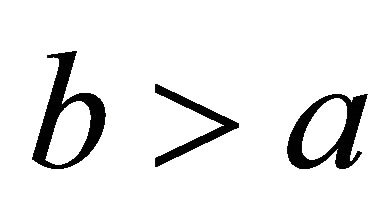 . Then the integral
. Then the integral 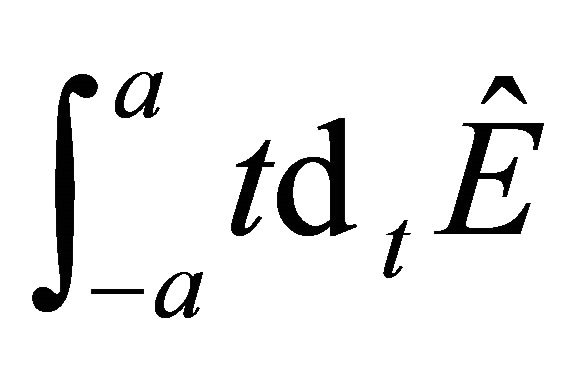 converges to a self-adjoint operator T on X so that
converges to a self-adjoint operator T on X so that 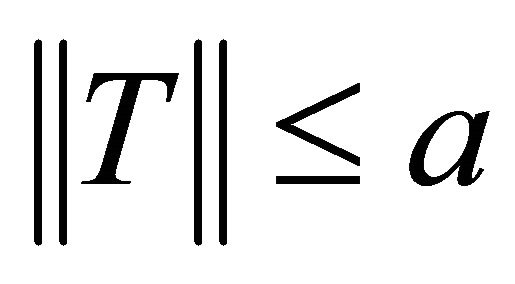 and
and  is the spectral resolution of such operator T.
is the spectral resolution of such operator T.
Proof. Take any partitions  and
and  of the segment
of the segment  of diameters
of diameters

and

and denote by  their common refinement. Then one gets
their common refinement. Then one gets

and
 where
where
 consequently1)
consequently1) 
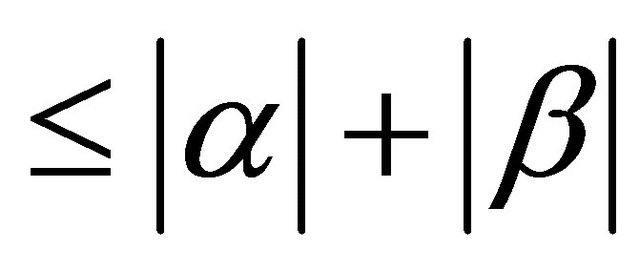 .
.
Consider the family of partitions 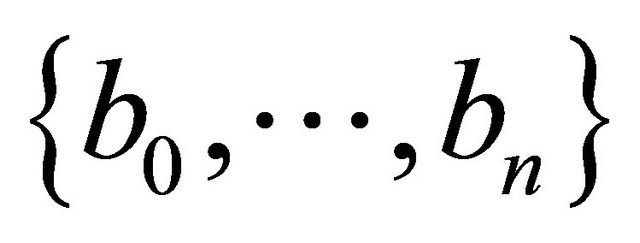 of the segment
of the segment  ordered by inclusion. The algebra
ordered by inclusion. The algebra  is complete relative to the operator norm topology. Therefore, a Cauchy net of finite integral sums
is complete relative to the operator norm topology. Therefore, a Cauchy net of finite integral sums  converges in
converges in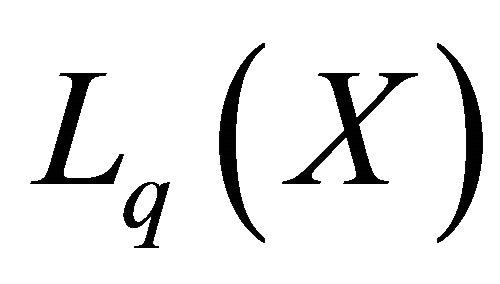 ,
,
 and
and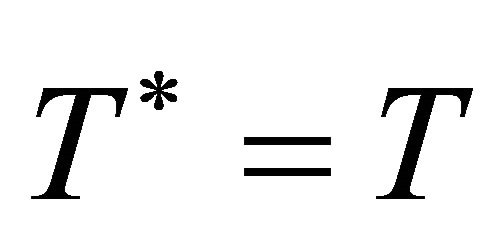 since
since 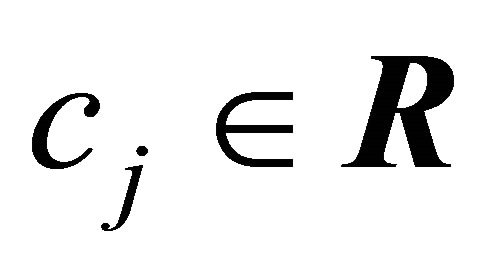 for each
for each  and
and .
.
Theorem 7 states that  is the
is the  graded spectral resolution of
graded spectral resolution of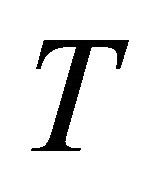 .
.
In the space of continuous functions on a compact Hausdorff topological space with values in 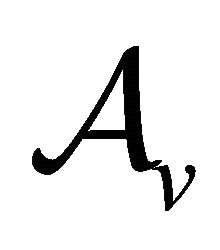 a family of polynomials is everywhere dense in accordance with the Stone-Weierstrass theorem (see
a family of polynomials is everywhere dense in accordance with the Stone-Weierstrass theorem (see 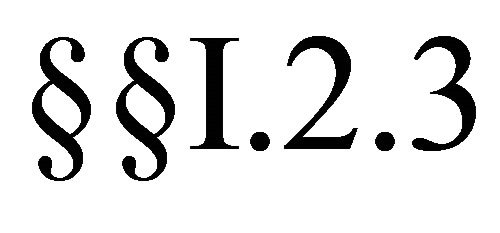 and I.2.7
and I.2.7
[13]), since  is everywhere dense in
is everywhere dense in
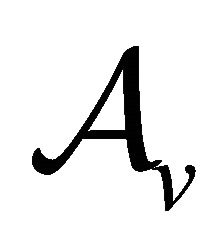 , where
, where 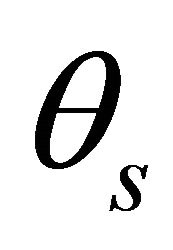 is a family of all possible embeddings of
is a family of all possible embeddings of  into
into ,
, 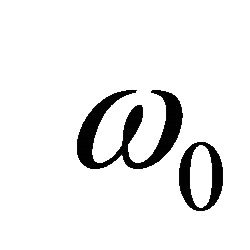 denotes the first countable ordinal,
denotes the first countable ordinal,  (see [14]). The real field
(see [14]). The real field 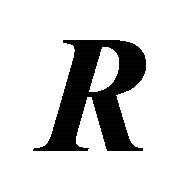 is the center
is the center 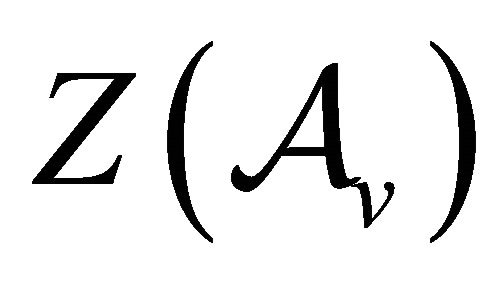 of the Cayley-Dickson algebra so that each polynomial
of the Cayley-Dickson algebra so that each polynomial 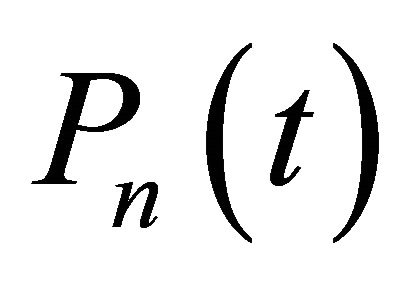 of a variable
of a variable  with values in
with values in  has the form
has the form
 , where
, where 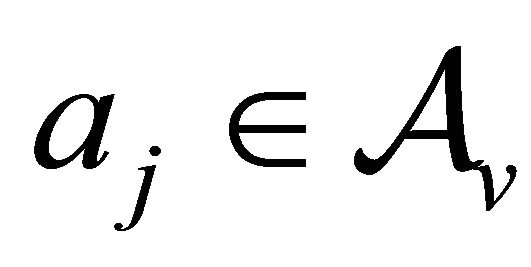 are constants. In this calculus we have
are constants. In this calculus we have

for each . Particularly, if f is a nonnegative function on
. Particularly, if f is a nonnegative function on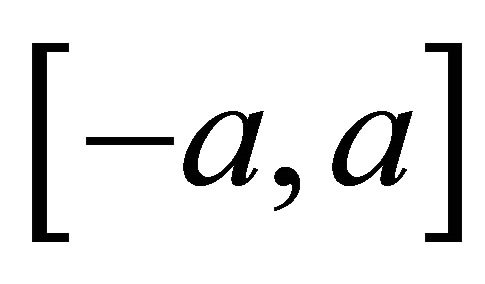 , then
, then 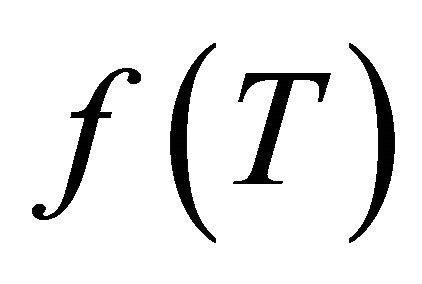 is a positive operator. Therefore,
is a positive operator. Therefore,  is the difference of two positive operators
is the difference of two positive operators , where
, where  and
and
 . These operators 1T and 2T commute, since they are presented by the corresponding integrals, which have integration over non-intersecting sets so that the graded projectors
. These operators 1T and 2T commute, since they are presented by the corresponding integrals, which have integration over non-intersecting sets so that the graded projectors  and
and 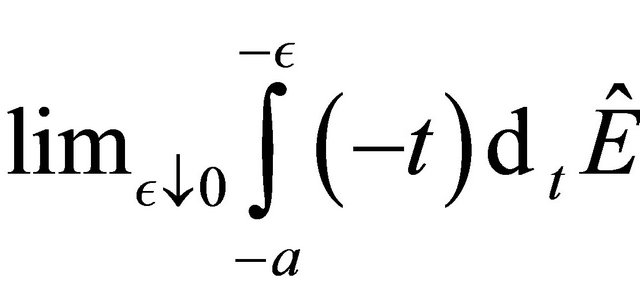
commute (see  and
and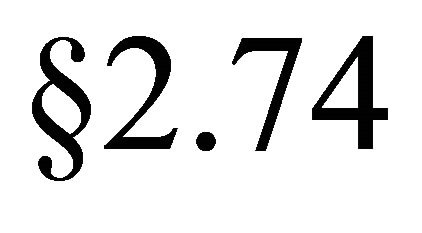 ). Their sum
). Their sum  is the positive operator, consequently,
is the positive operator, consequently,  meta-invariant for
meta-invariant for  (see
(see  and Lemma 8).
and Lemma 8).
Consider the restricted algebra  and isomorphic to it algebra
and isomorphic to it algebra 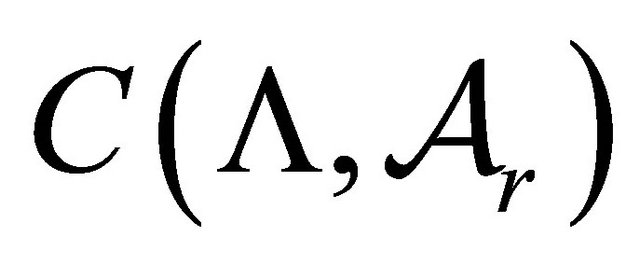 and with
and with , where
, where  is a compact Hausdorff extremely disconnected topological space,
is a compact Hausdorff extremely disconnected topological space, . The conditions
. The conditions ,
,  for each
for each 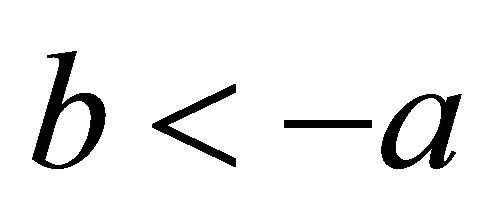 and
and  for each
for each 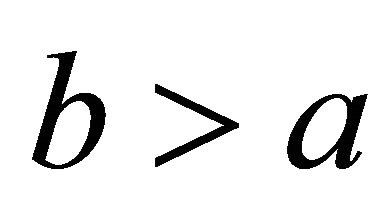 imply that a function w in
imply that a function w in 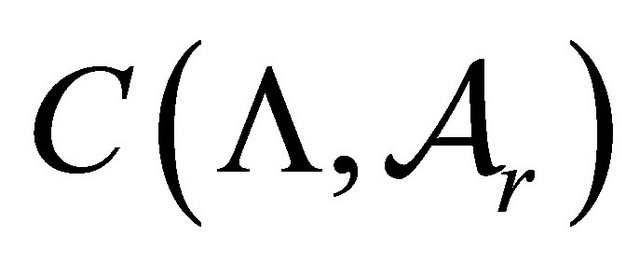 representing the operator T has range in
representing the operator T has range in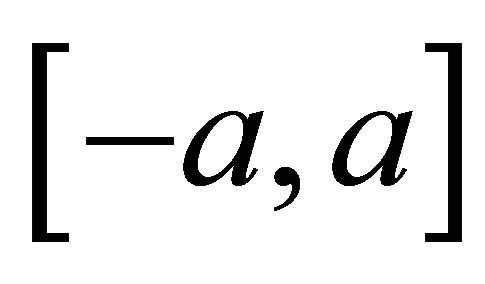 , consequently,
, consequently, .
.
10) Theorem. Suppose that T is a unitary  metainvariant operator on an
metainvariant operator on an  Hilbert space X,
Hilbert space X,  ,
,  , while A is the quasi-commutative von Neumann algebra generated by T and
, while A is the quasi-commutative von Neumann algebra generated by T and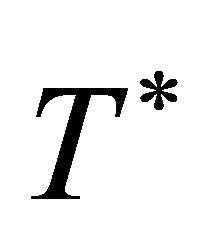 .
.
1) Then T is a norm limit of finite linear combinations of mutually orthogonal projections in A with coefficients in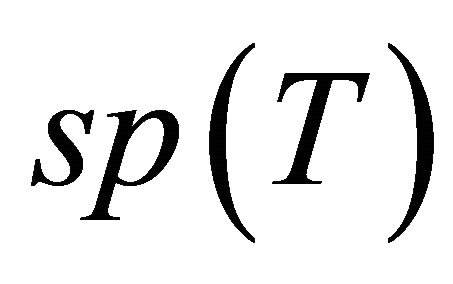 .
.
2) If additionally  and T is either right or left
and T is either right or left  linear operator on X, then a positive operator K and a purely imaginary Cayley-Dickson number
linear operator on X, then a positive operator K and a purely imaginary Cayley-Dickson number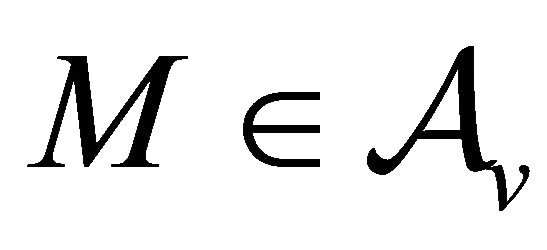 ,
,  ,
, 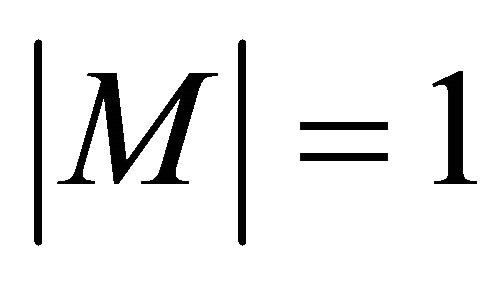 , exist such that
, exist such that 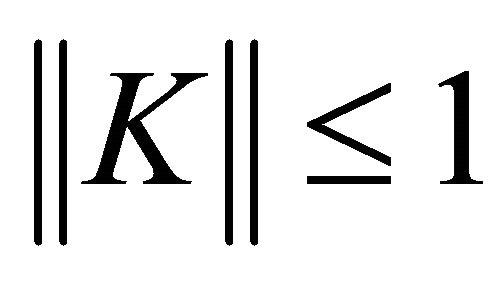 and
and  .
.
Proof. 1) Each unitary operator is normal. It preserves an  scalar product on X:
scalar product on X:  for each
for each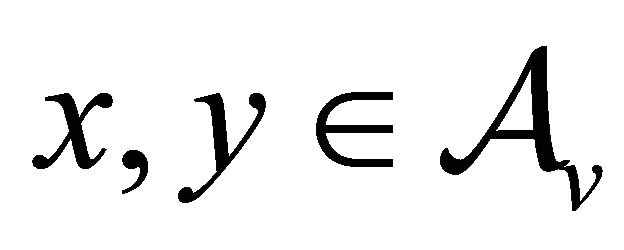 .
.
Consider the von Neumann algebra over  generated by
generated by  and
and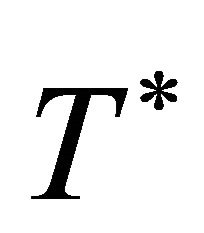 . In view of Theorem 2.22 [12] and Lemma 3 the restricted algebra
. In view of Theorem 2.22 [12] and Lemma 3 the restricted algebra 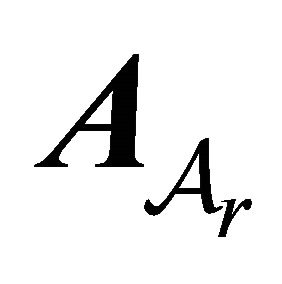 is isomorphic with
is isomorphic with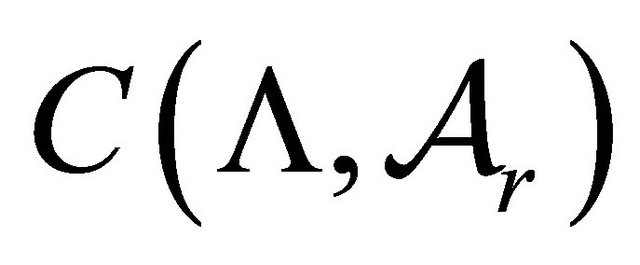 , where
, where  is a compact extremely disconnected topological Hausdorff space. The algebra
is a compact extremely disconnected topological Hausdorff space. The algebra 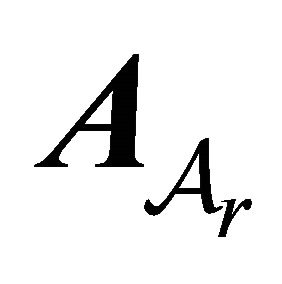 is isomorphic with
is isomorphic with 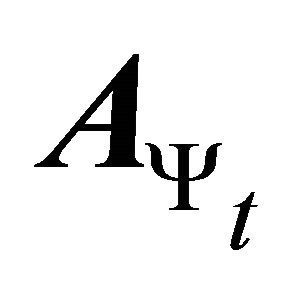 for each
for each  (see also
(see also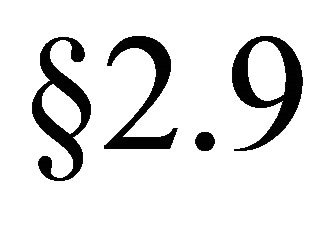 ).
).
Recall the following. A closed subset Q of a topological space P is called functionally closed if  for some continuous function
for some continuous function . A subset U of a topological space P is called functionally open, if it is the complement of some functionally closed subset Q, i.e.
. A subset U of a topological space P is called functionally open, if it is the complement of some functionally closed subset Q, i.e. . A covering of a topological space P by functionally open subsets is called a functionally open covering. It is said that a topological space P is strongly zero-dimensional, if P is a non-void Tychonoff space (completely regular), i.e.
. A covering of a topological space P by functionally open subsets is called a functionally open covering. It is said that a topological space P is strongly zero-dimensional, if P is a non-void Tychonoff space (completely regular), i.e.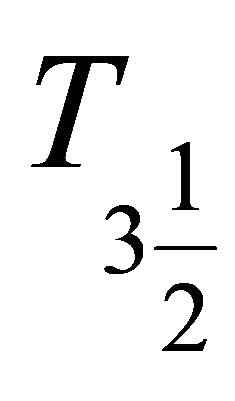 , and each functionally open covering
, and each functionally open covering  has a finite disjoint open covering
has a finite disjoint open covering  refining
refining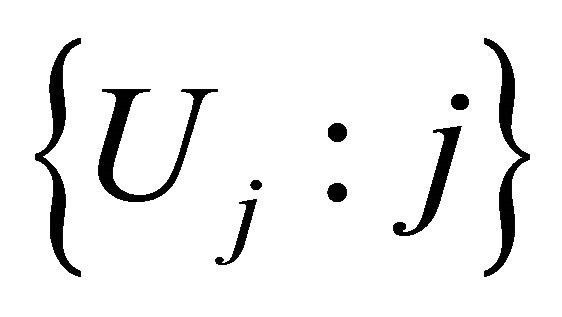 , that is
, that is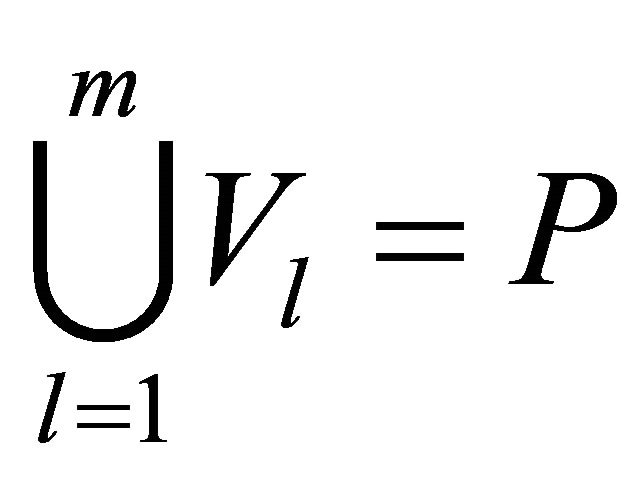 ,
,  for each
for each , for every
, for every 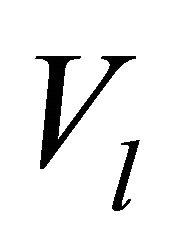
an open subset  with
with 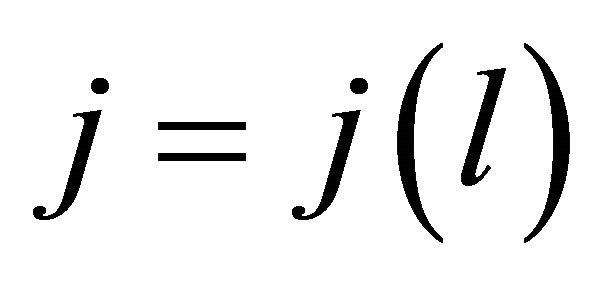 exists such that
exists such that . This means that this covering
. This means that this covering 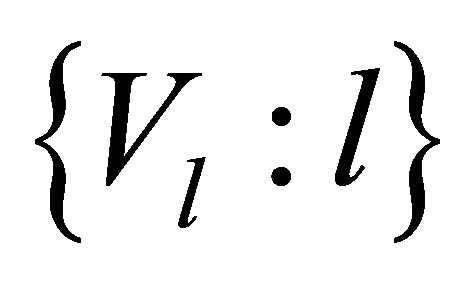 consists of clopen subsets
consists of clopen subsets  in P.
in P.
Theorem 6.2.25 [14] says that each non-void extremely disconnected Tychonoff space is strongly zerodimensional.
Therefore, to the restricted operator  up to an isomorphism of
up to an isomorphism of 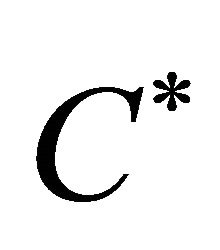 algebras a function
algebras a function  corresponds such that 3)
corresponds such that 3) where
where 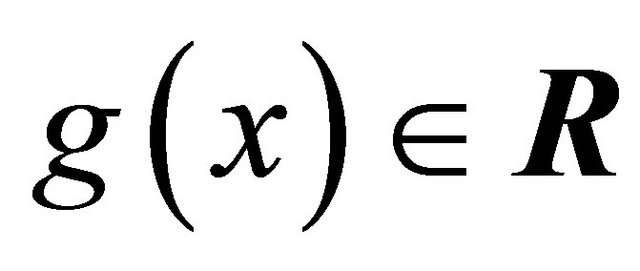 and
and

for each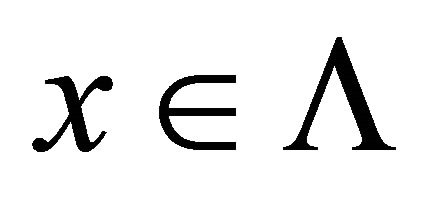 ,
,  (see §3 in [16] or §I.3 [13]). The Hilbert subspace
(see §3 in [16] or §I.3 [13]). The Hilbert subspace
 is isomorphic with
is isomorphic with 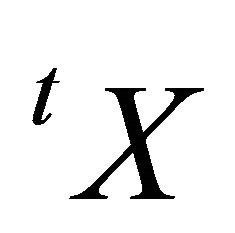 for each
for each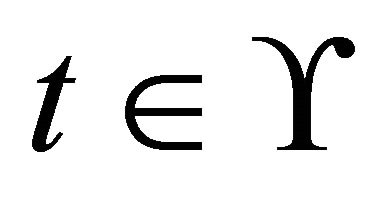 . Then
. Then . Generally to
. Generally to  a function
a function  corresponds with
corresponds with
 , where
, where 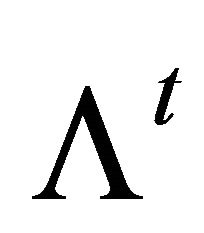 is a topological space homeomorphic with
is a topological space homeomorphic with . If
. If 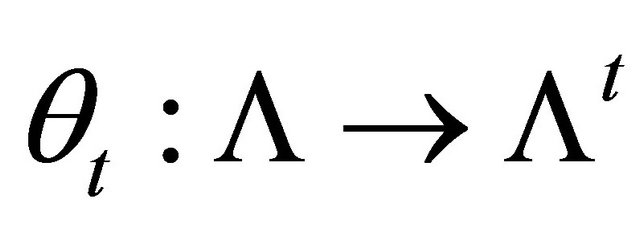 is such homeomorphism, then
is such homeomorphism, then  for each
for each .
.
Certainly it is sufficient to take a function g with values in [0,1], since the exponential function is periodic:  for each real number
for each real number  and an integer
and an integer  and a purely imaginary number
and a purely imaginary number  in the unit sphere. Therefore, a positive operator K on X corresponds to this function g.
in the unit sphere. Therefore, a positive operator K on X corresponds to this function g.
The operator K defines an 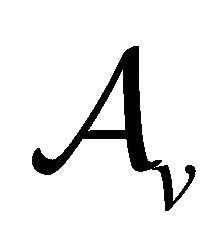 graded resolution
graded resolution  of the identity (see Theorem 4) and 4)
of the identity (see Theorem 4) and 4) .
.
Therefore,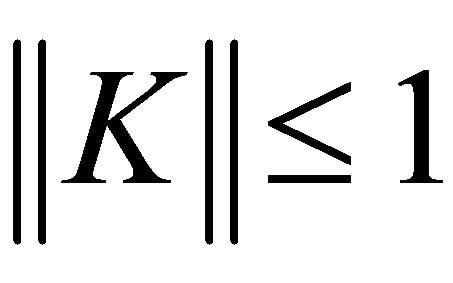 . We put
. We put 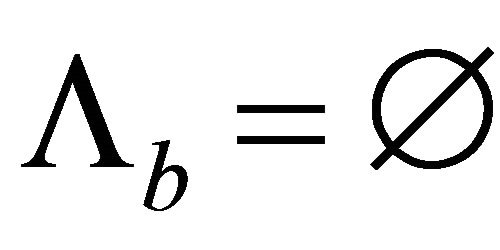 for b < 0,
for b < 0,  for
for , let
, let 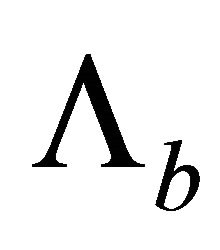 be the largest clopen subset in
be the largest clopen subset in 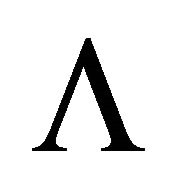 on which the function g has values not exceeding
on which the function g has values not exceeding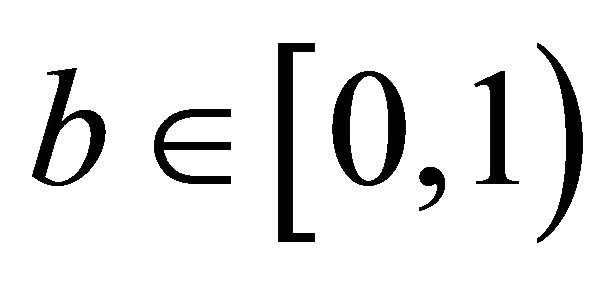 .
.
Let 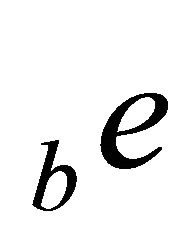 be zero for
be zero for 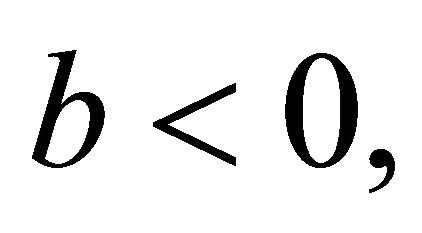
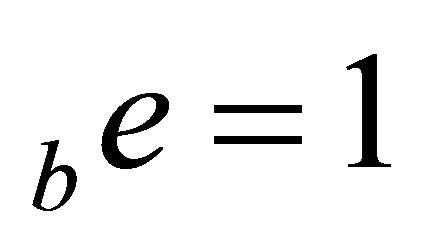 for
for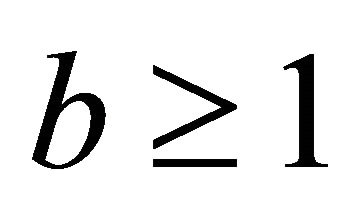 , and let
, and let  be the characteristic function of
be the characteristic function of 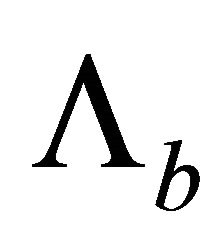 for
for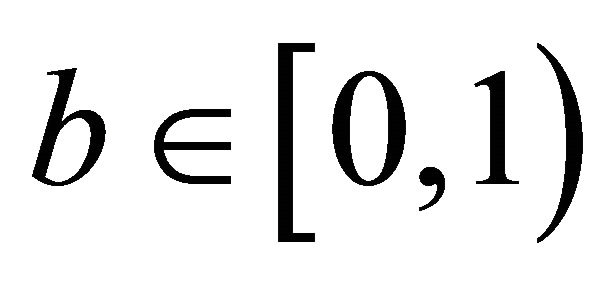 . Each clopen subset V in
. Each clopen subset V in 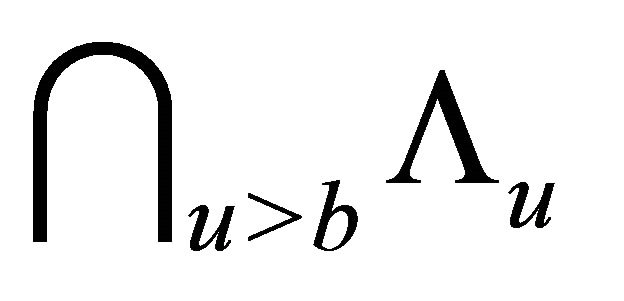 is contained in
is contained in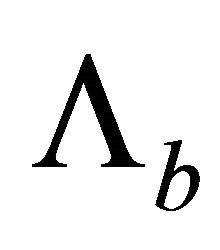 , since
, since  takes values on
takes values on 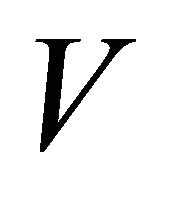 in
in  for each
for each , consequently,
, consequently,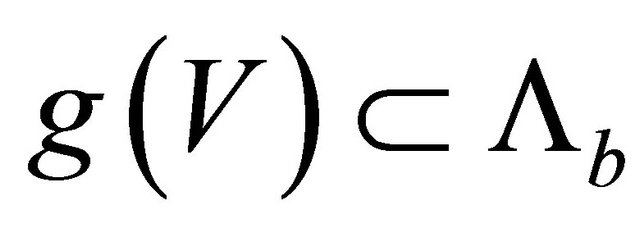 . This implies that
. This implies that  is the infimum of the family
is the infimum of the family . This induces a bounded
. This induces a bounded  graded resolution
graded resolution 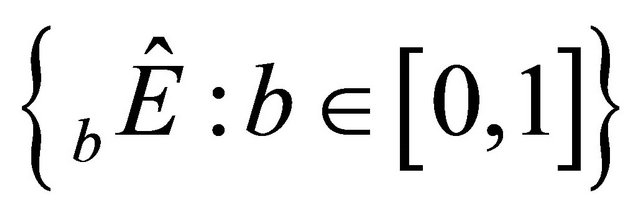 of the identity, where
of the identity, where  corresponds to
corresponds to 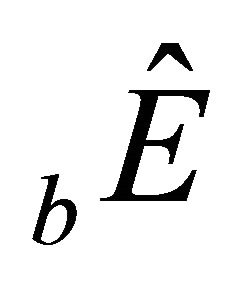 for each b.
for each b.
A function g can be chosen such that it does not take the unit value on a non-void clopen subset W in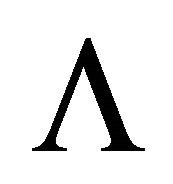 . Indeed, otherwise
. Indeed, otherwise 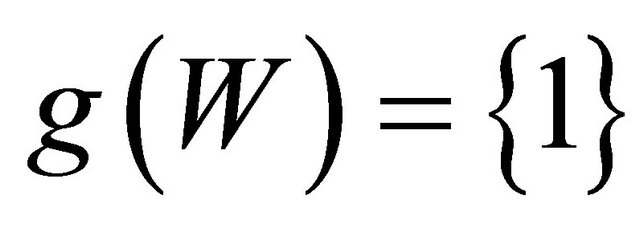 and W would be disjoint from
and W would be disjoint from  and the function g could be redefined due to the periodicity of the exponential function. Then a point
and the function g could be redefined due to the periodicity of the exponential function. Then a point 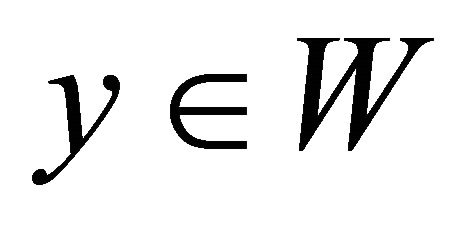 would exist so that
would exist so that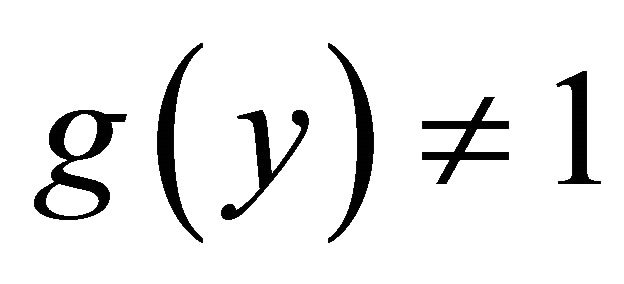 .
.
For each  a positive number
a positive number 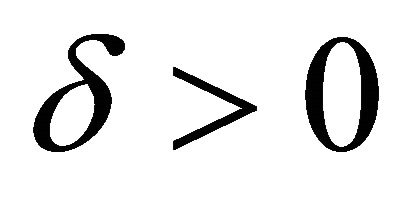 exists such that for every partition
exists such that for every partition  of the segment [0,1] of diameter
of the segment [0,1] of diameter 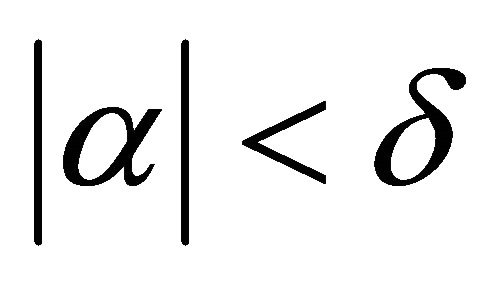 and points
and points  the inequality is satisfied:
the inequality is satisfied:
5) , consequently6)
, consequently6) where
where  and the sum is by
and the sum is by 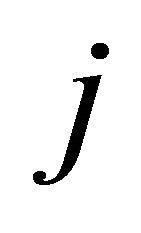 for which the subset
for which the subset  is non-void, since the exponential function on
is non-void, since the exponential function on  is continuous. Certainly coefficients
is continuous. Certainly coefficients  are in
are in 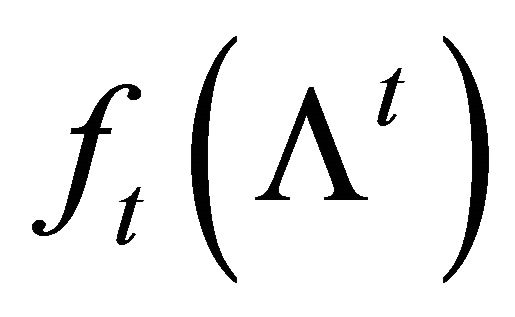 and hence in
and hence in .
.
Since 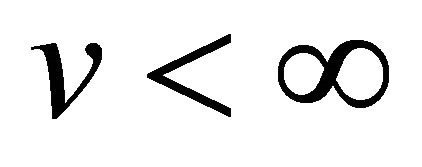 by the conditions of this theorem, the purely imaginary unit sphere
by the conditions of this theorem, the purely imaginary unit sphere  is compact in the Cayley-Dickson algebra
is compact in the Cayley-Dickson algebra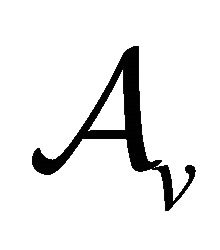 . Then
. Then
 , consequently, for each
, consequently, for each
 a finite
a finite 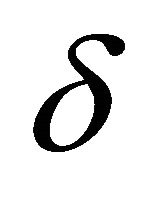 -net of points in
-net of points in 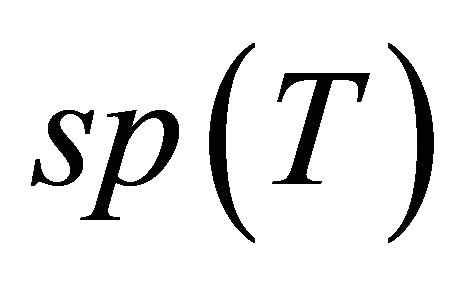 exists. Therefore, for each
exists. Therefore, for each  a finite family of points
a finite family of points
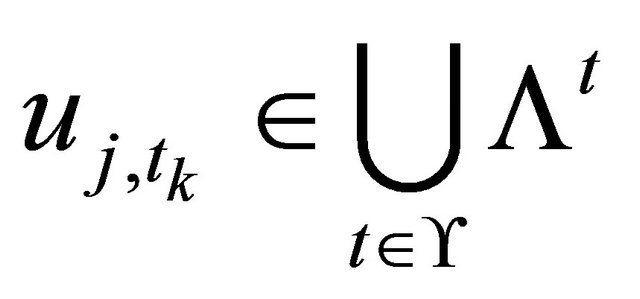 exists so that
exists so that

since .
.
2) In accordance with the conditions of Theorem 9, an operator T is an 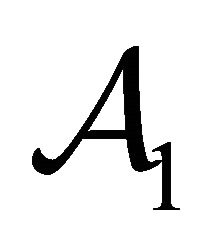 meta-invariant either right or left
meta-invariant either right or left 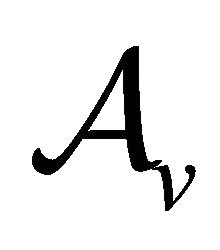 linear operator, consequently,
linear operator, consequently,  graded resolution
graded resolution  of the identity can be chosen either right or left
of the identity can be chosen either right or left  linear for all b (see Theorem 4). Then T due to its either right or left
linear for all b (see Theorem 4). Then T due to its either right or left 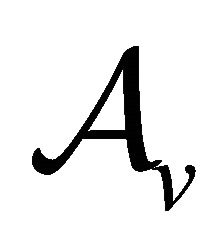 linearity is completely characterized by its restriction on
linearity is completely characterized by its restriction on  (up to continuous with its inverse isomorphism of
(up to continuous with its inverse isomorphism of 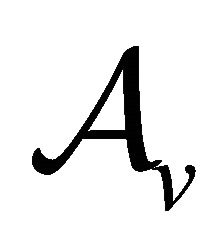 Hilbert spaces as two-sided
Hilbert spaces as two-sided  modules). Therefore, to the operator T up to an isomorphism of
modules). Therefore, to the operator T up to an isomorphism of  algebras a function
algebras a function  corresponds such that
corresponds such that  , where
, where  for each
for each ,
, . Equivalently up to an isomorphism one can take a purely imaginary (constant) number M instead of i1, that is
. Equivalently up to an isomorphism one can take a purely imaginary (constant) number M instead of i1, that is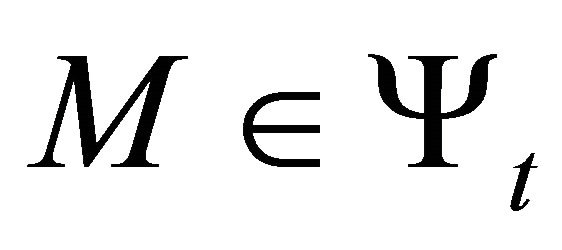 ,
,  ,
, 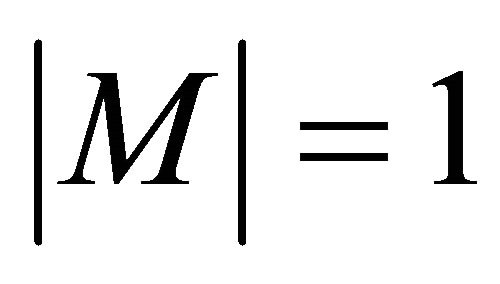 , where
, where  is isomorphic with
is isomorphic with 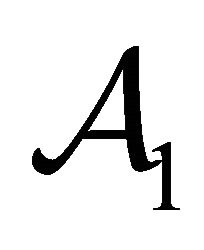 for every
for every  (see §2.9). Thus generally
(see §2.9). Thus generally . This operator K can be chosen
. This operator K can be chosen 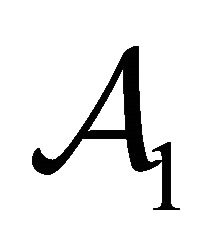 meta-invariant on X, since T is
meta-invariant on X, since T is  meta-invariant on X.
meta-invariant on X.
In view of  we get 7)
we get 7) 
where the operator 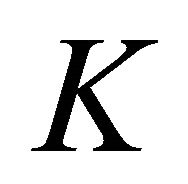 is given by Formula (4).
is given by Formula (4).
11) Remark. For an infinite dimensional Hilbert space 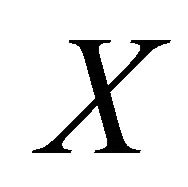 over the Cayley-Dickson algebra
over the Cayley-Dickson algebra  one has that
one has that 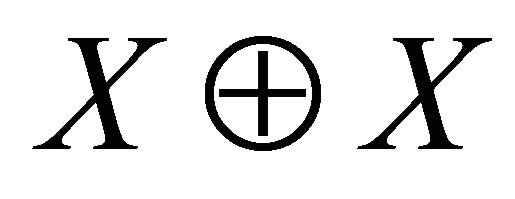 and
and  are isomorphic as Hilbert two-sided
are isomorphic as Hilbert two-sided  modules, since
modules, since  and
and 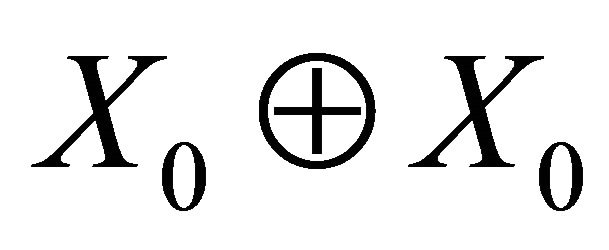 are isomorphic as real Hilbert spaces.
are isomorphic as real Hilbert spaces.
12) Theorem. Let  be a compact Hausdorff space, let also
be a compact Hausdorff space, let also  be an
be an  Hilbert space, and let
Hilbert space, and let 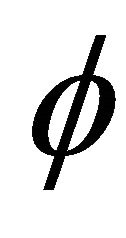 be a representation of
be a representation of 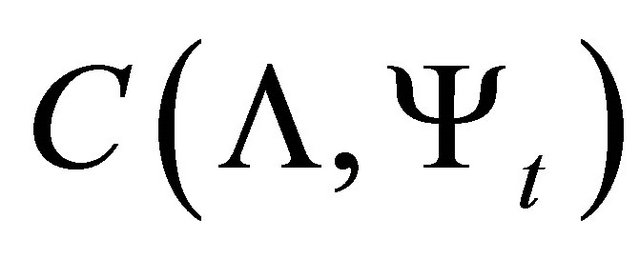 on
on  for each
for each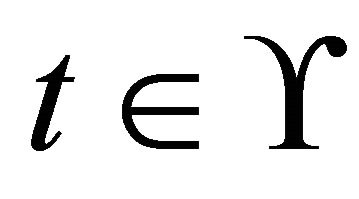 , where
, where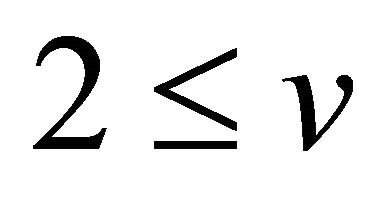 ,
,  is isomorphic with
is isomorphic with 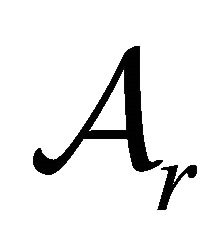 for each
for each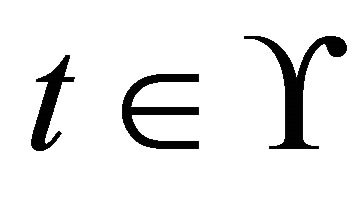 ,
,  so that Conditions 2.9
so that Conditions 2.9  are fulfilled. Then to each Borel subset
are fulfilled. Then to each Borel subset  of
of 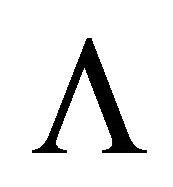 a graded projection
a graded projection  corresponds such that 1)
corresponds such that 1) , where
, where 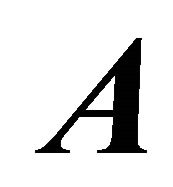 denotes the strong operator closure of
denotes the strong operator closure of ;
;
2) ;
;
3)  for each countable family
for each countable family
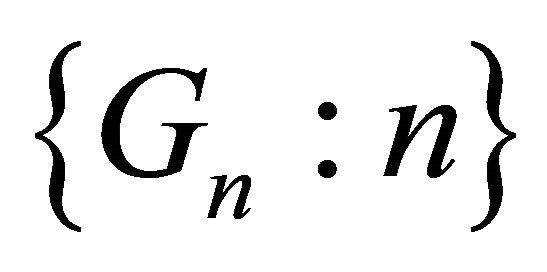 of mutually disjoint Borel subsets of
of mutually disjoint Borel subsets of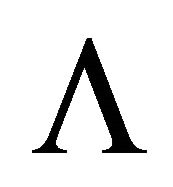 ; also
; also
 for each
for each ,
,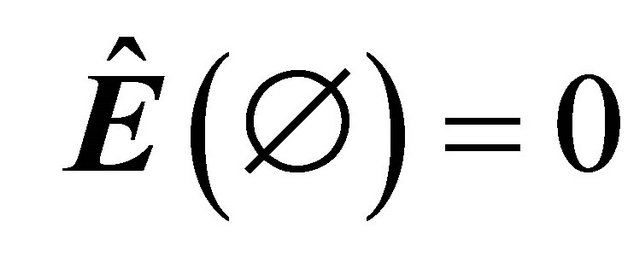 ;
;
4) If the  span of ranges of those
span of ranges of those 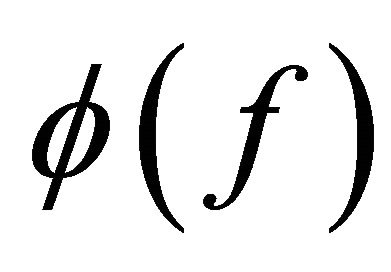 such that
such that  and
and  vanishes on
vanishes on 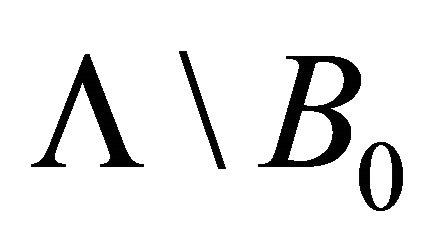 is dense in
is dense in 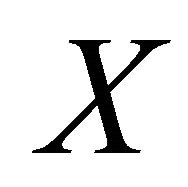 for
for 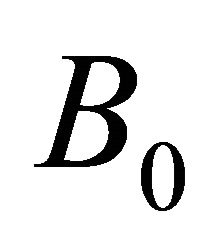 a Borel subset of
a Borel subset of , then
, then ;
;
5) The mapping  is a regular Borel measure so that
is a regular Borel measure so that

for each continuous function , where
, where 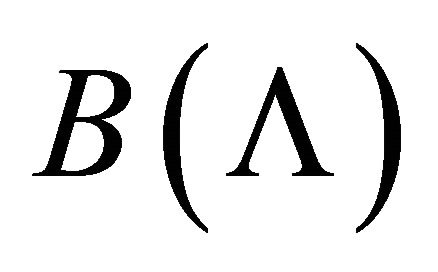 denotes a Borel
denotes a Borel  -algebra of all Borel subsets in
-algebra of all Borel subsets in .
.
Proof. A multiplication
 and an involution
and an involution  are defined pointwise
are defined pointwise  and
and  for each
for each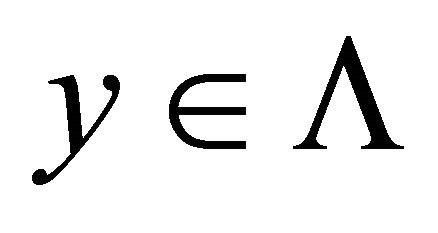 . The C*-algebra
. The C*-algebra 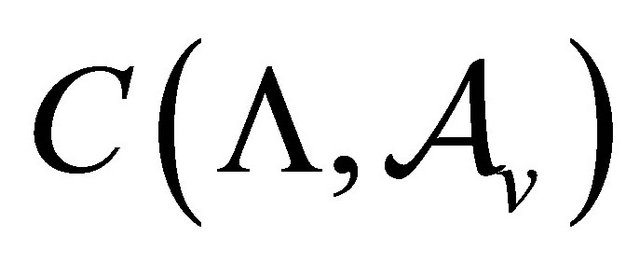 is quasi-commutative, consequently, A is a quasi-commutative C*- algebra.
is quasi-commutative, consequently, A is a quasi-commutative C*- algebra.
Suppose that U is an open subset in  and a continuous function
and a continuous function  is given such that
is given such that . Then
. Then . Denote by
. Denote by 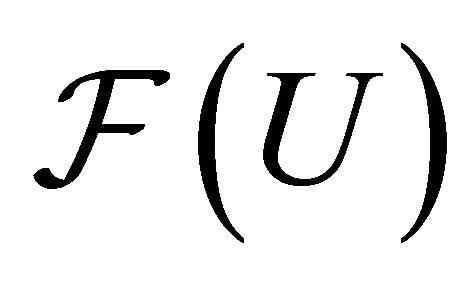 the family of all such functions f directed by the natural order of functions:
the family of all such functions f directed by the natural order of functions:  if
if  for each
for each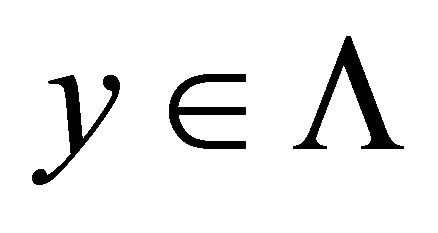 . Therefore, the family
. Therefore, the family  has a supremum
has a supremum 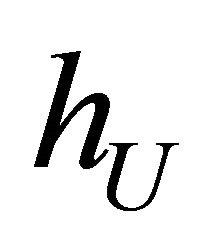 in the quasi-commutative C*-algebra A over
in the quasi-commutative C*-algebra A over . This element
. This element 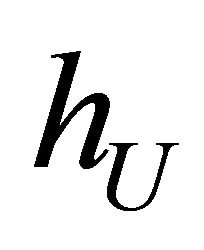 is a projection, since
is a projection, since  . For a Borel subset G of
. For a Borel subset G of  we put
we put .
.
If 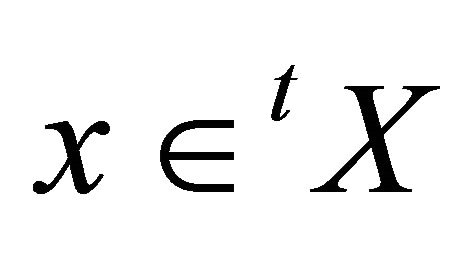 is a unit vector
is a unit vector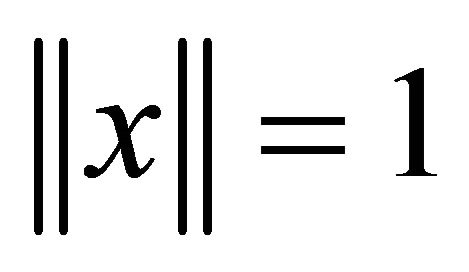 , then
, then  is a state of
is a state of . Indeed,
. Indeed,  on
on  is
is  -linear and
-linear and 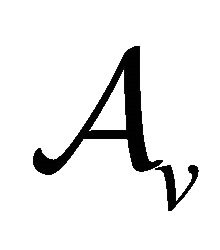 - additive,
- additive,  for each nonnegative function on
for each nonnegative function on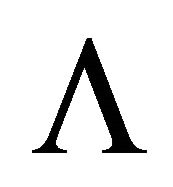 , moreover,
, moreover,  and for every non-negative continuous function
and for every non-negative continuous function 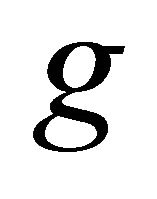 on
on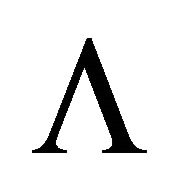 :
:
6) particularly for
particularly for 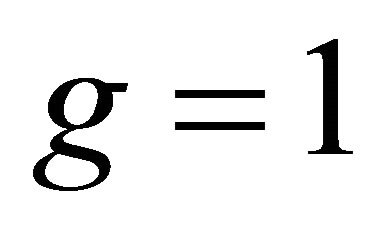 also:
also:

for each  due to the identity
due to the identity  for each
for each  and
and  (see also Formula 4.2 (7) in [13] and §§2.8), since a continuous image of a compact topological space is compact by Theorem 3.1.10 [14] and hence each continuous function
(see also Formula 4.2 (7) in [13] and §§2.8), since a continuous image of a compact topological space is compact by Theorem 3.1.10 [14] and hence each continuous function  on a compact topological space
on a compact topological space  is bounded. From the Riesz representation theorem for continuous R-linear non-negative functionals on the R-linear space
is bounded. From the Riesz representation theorem for continuous R-linear non-negative functionals on the R-linear space 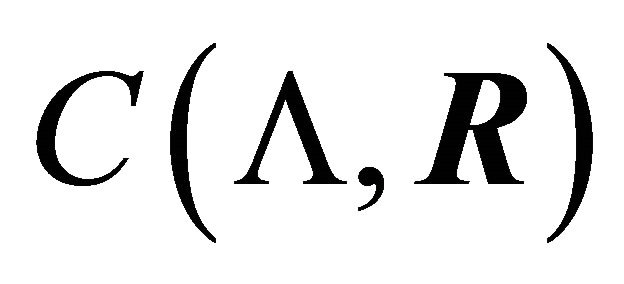 we get that 7)
we get that 7) 
for each , where
, where 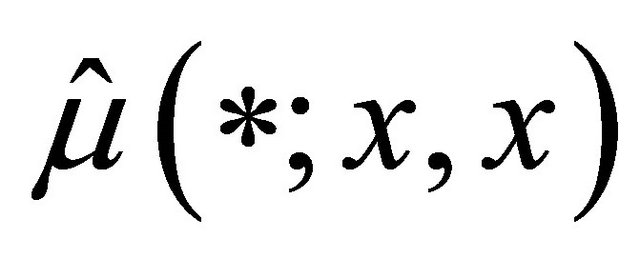 is a regular Borel
is a regular Borel 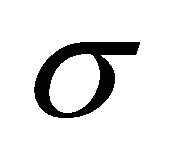 -additive non-negative measure on
-additive non-negative measure on .
.
Then Formulas (6,7) generate  on the space
on the space  (see §2.23 [12]). The family
(see §2.23 [12]). The family 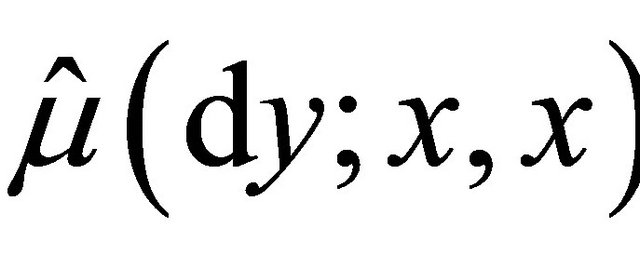 generate the family
generate the family 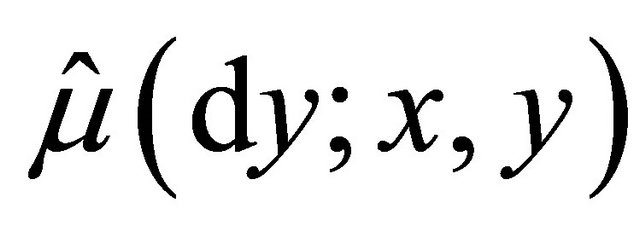 due to the bi-
due to the bi-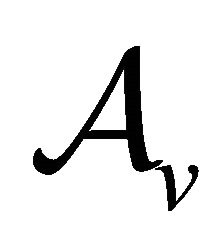 - additivity
- additivity

for all  and bi-
and bi- -linearity
-linearity

for each  provided by the corresponding properties of
provided by the corresponding properties of . This induces
. This induces  and hence
and hence 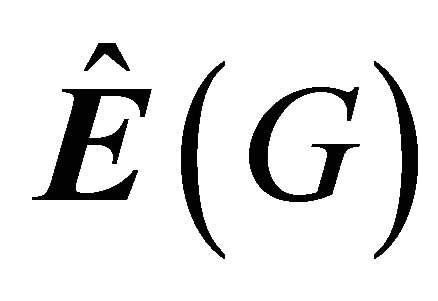 on
on  due to Conditions 2.9
due to Conditions 2.9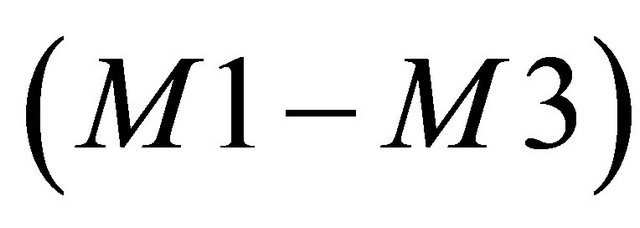 .
.
The measure  is inner regular, that is for each
is inner regular, that is for each  and an open subset
and an open subset 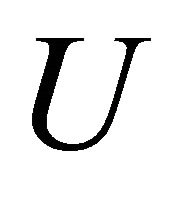 in
in  a compact subset B in U exists such that
a compact subset B in U exists such that . The topological space
. The topological space 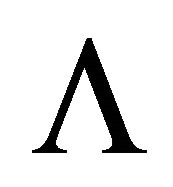 is normal, consequently, for each closed subset B in an open subset U in
is normal, consequently, for each closed subset B in an open subset U in 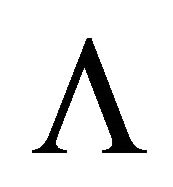 a continuous function
a continuous function  exists so that
exists so that  and
and . For such function we have
. For such function we have

consequently,  , since f is arbitrary with such properties. In accordance with the definition of
, since f is arbitrary with such properties. In accordance with the definition of 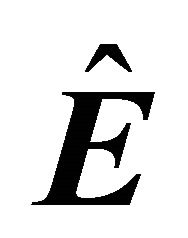 we have
we have , hence
, hence
 . The outer regularity of
. The outer regularity of
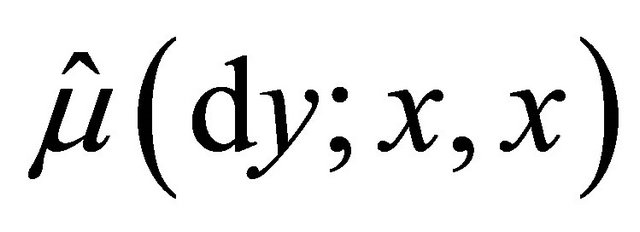 implies that
implies that

for each Borel subset W in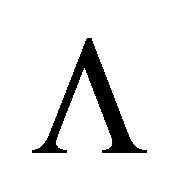 . For a disjoint sequence of Borel subset
. For a disjoint sequence of Borel subset 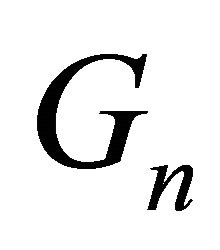 in
in  we get
we get

If 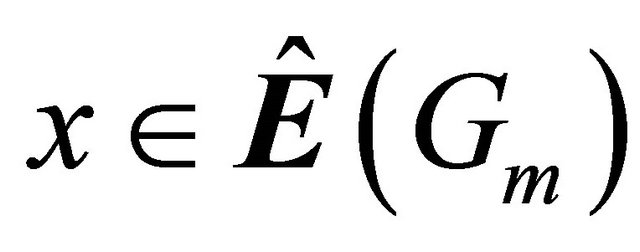 for some
for some  and
and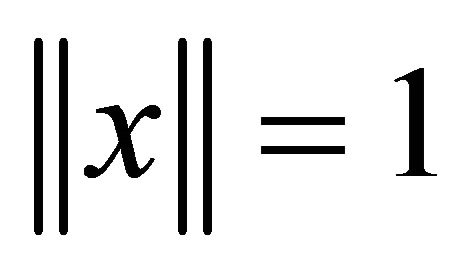 , then
, then

This implies that  for each
for each since
since  for each
for each . Thus
. Thus
 for each
for each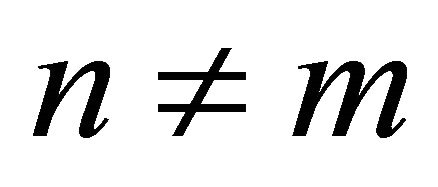 , consequently,
, consequently,

If a set  is as in
is as in  and
and 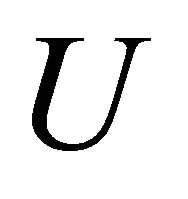 is an open subset containing
is an open subset containing 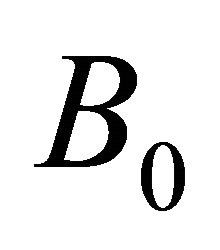 and
and  with
with , a function f is non-zero identically, then a range graded projection of
, a function f is non-zero identically, then a range graded projection of 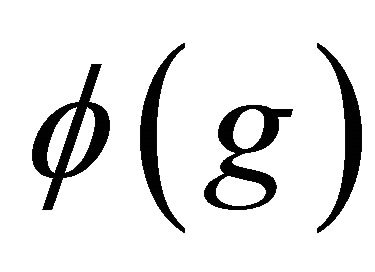 is a graded sub-projection of
is a graded sub-projection of , where
, where . On the other hand, the range graded projection of
. On the other hand, the range graded projection of 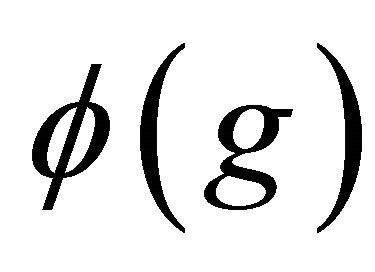 is the same as that of
is the same as that of , since
, since 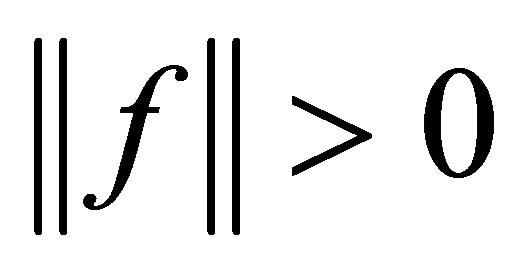 and
and  and each operator in
and each operator in 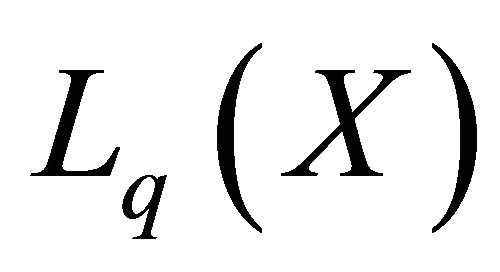 is
is 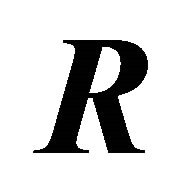 -linear, where
-linear, where  and
and  for each
for each . Thus
. Thus 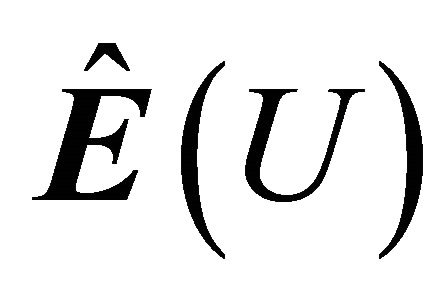 contains the range graded projection of the image of each function
contains the range graded projection of the image of each function  so that
so that 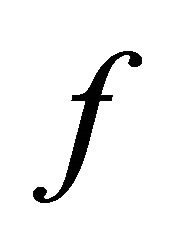 vanishes on
vanishes on , since the
, since the 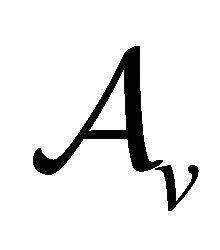 span of functions from
span of functions from 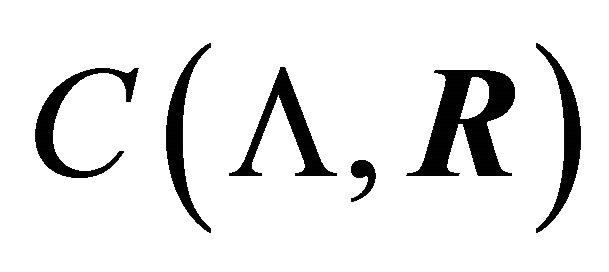 is everywhere dense in
is everywhere dense in
 .
.
Hence 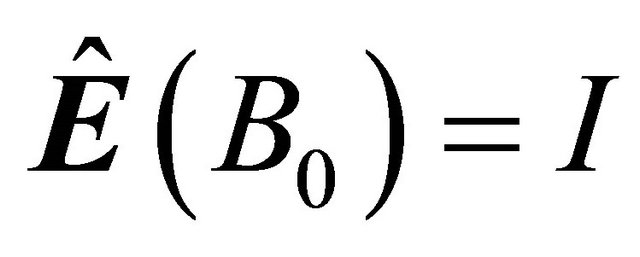 due to Property
due to Property .
.
13) Corollary. Suppose that  is an essential representation of
is an essential representation of (see §6 and Theorem 12), then a possibly unbounded
(see §6 and Theorem 12), then a possibly unbounded 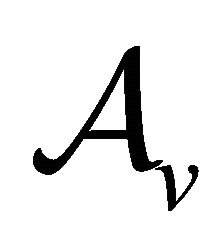 graded resolution of the identity
graded resolution of the identity  exists such that 1)
exists such that 1) 
for each .
.
Proof. Consider a one-point (Alexandroff) compactification  of the real field. Then
of the real field. Then 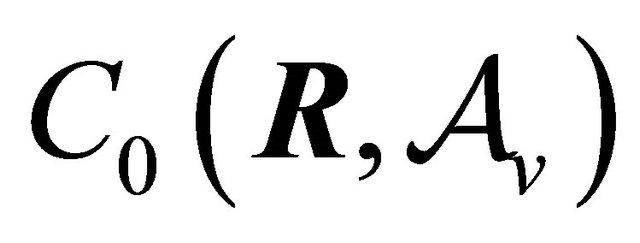 is isomorphic with
is isomorphic with  (see §6). The latter is a quasi-commutative subalgebra in
(see §6). The latter is a quasi-commutative subalgebra in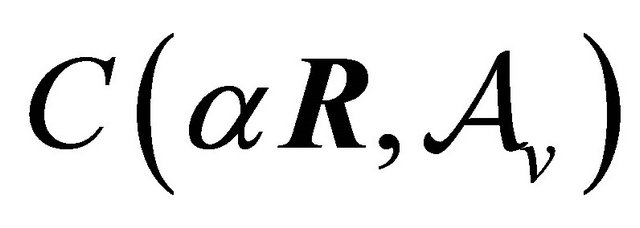 .
.
In accordance with Theorem 12 there exists a graded projection valued measure on  such that
such that

for each , moreover,
, moreover,
 for each Borel subset
for each Borel subset  in
in
 . Put
. Put , then
, then  is a graded resolution of the identity (possibly unbounded). Indeed,
is a graded resolution of the identity (possibly unbounded). Indeed,  for each
for each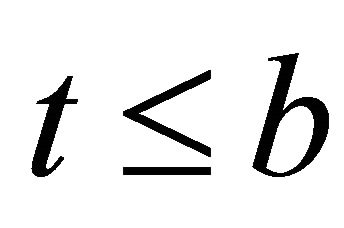 , consequently,
, consequently,  . Statement
. Statement  of Theorem 12 implies that
of Theorem 12 implies that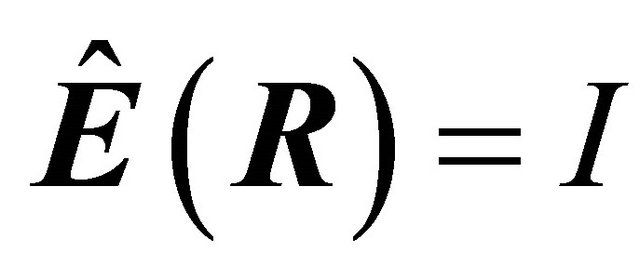 .
.
Then we have  for each integer
for each integer 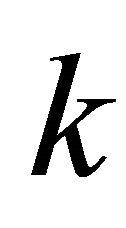 and
and . Therefore,
. Therefore,

On the other hand, one has
 consequently,
consequently,

and
 .
.
Consider now the sequence 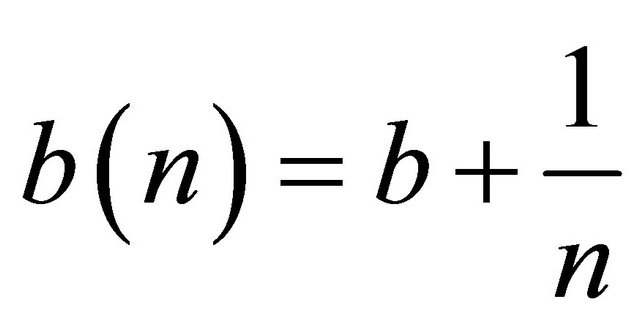 for
for . Then
. Then

such that

Then we get  and
and 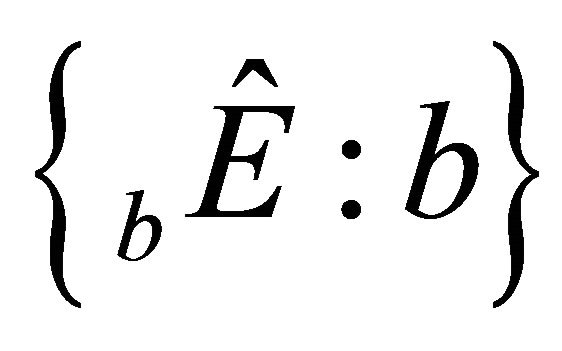 is a graded resolution of the identity, since
is a graded resolution of the identity, since

and  is the graded projection valued measure.
is the graded projection valued measure.
Certainly one has the identities
 also
also . Together with Statement
. Together with Statement  of Theorem 12 this means that 2)
of Theorem 12 this means that 2) 
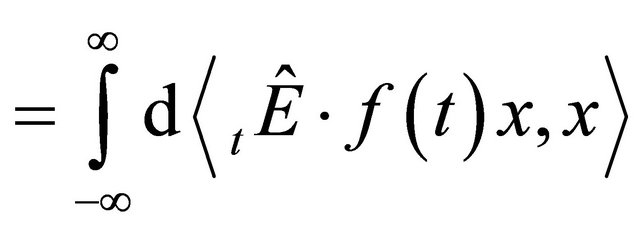
for each  due to the
due to the  gradation of
gradation of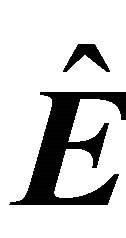 .
.
14) Remark. If T is a bounded normal  metainvariant operator on an
metainvariant operator on an  Hilbert space
Hilbert space  and
and 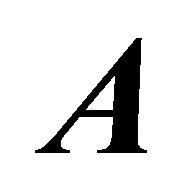 is a quasi-commutative
is a quasi-commutative 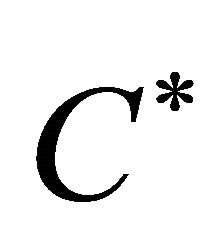 -algebra over the CayleyDickson algebra
-algebra over the CayleyDickson algebra  generated by T and
generated by T and 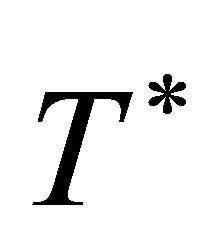 and
and
 , then in accordance with Theorem 4 and Lemma 3 there exists an
, then in accordance with Theorem 4 and Lemma 3 there exists an  graded projection valued measure
graded projection valued measure 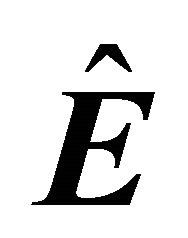 on either the one-point compactification
on either the one-point compactification  of
of  for a self-adjoint operator
for a self-adjoint operator  or on the one-point compactification
or on the one-point compactification  of
of  for a normal operator
for a normal operator  such that 1)
such that 1) 
for each  and
and , where
, where  for every Borel subset
for every Borel subset  in
in . A spectrum
. A spectrum 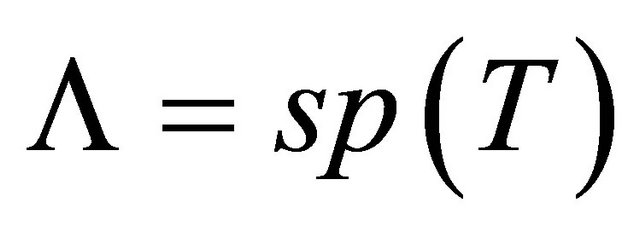 is embedded into
is embedded into . If
. If 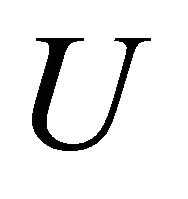 is an open subset of
is an open subset of  disjoint from
disjoint from and
and 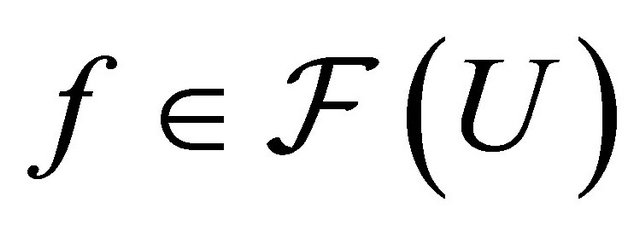 (see
(see ), then
), then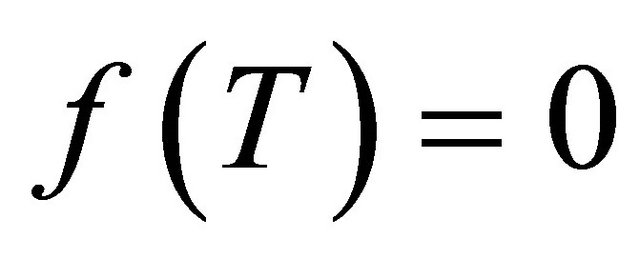 . Therefore,
. Therefore,  and we write 2)
and we write 2) 
and  is the spectral measure of T on the Borel
is the spectral measure of T on the Borel 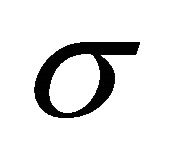 - algebra
- algebra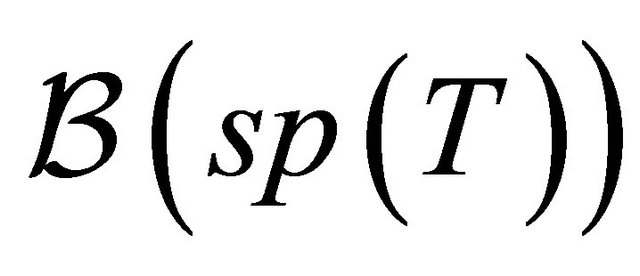 . Then for a self-adjoint operator T, one gets that
. Then for a self-adjoint operator T, one gets that  is a bounded graded resolution of the identity such that
is a bounded graded resolution of the identity such that  for
for  and
and  for
for , consequently3)
, consequently3) 
for each vector  (see Corollary 13). Using the polarization as in
(see Corollary 13). Using the polarization as in 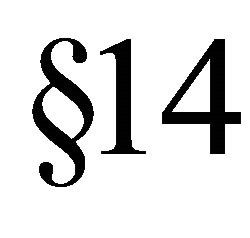 we get 4)
we get 4) 
for each .
.
Formula (1) extends by continuity of the functional on the  vector space
vector space  of all bounded Borel measurable functions
of all bounded Borel measurable functions , since
, since
 .
.
For a normal bounded operator 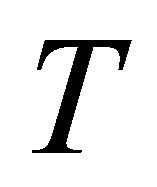 such polarization gives:
such polarization gives:
5) 
for every 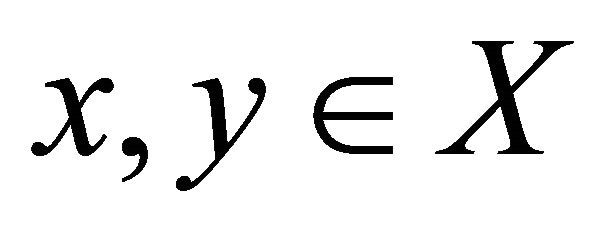 and each
and each . Then the identities are satisfied:
. Then the identities are satisfied:
6) 

for each , consequently7)
, consequently7) 
for every . If
. If , then one certainly obtains 8)
, then one certainly obtains 8) 
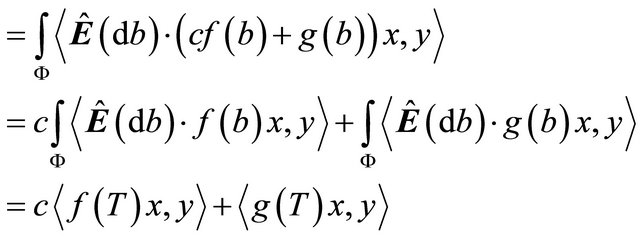
for all , consequently9)
, consequently9) 
for each real number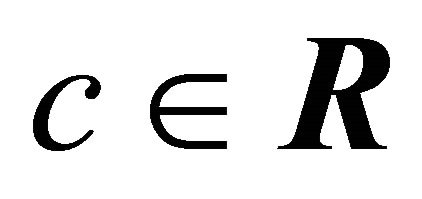 . Particularly, for the characteristic function
. Particularly, for the characteristic function 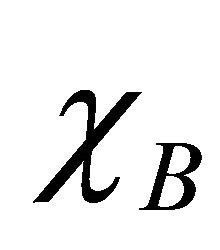 of a Borel subset contained in
of a Borel subset contained in 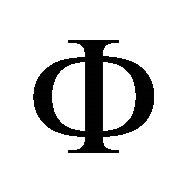 we get the equalities:
we get the equalities:

consequently10)  and
and .
.
If a Borel subset C is disjoint form B, then , hence
, hence . Recall that a step function by the definition is a finite
. Recall that a step function by the definition is a finite  vector combination of characteristic functions. For any two step Functions
vector combination of characteristic functions. For any two step Functions  and
and  with real coefficients al and bk and mutually disjoint sets
with real coefficients al and bk and mutually disjoint sets  and
and  for each
for each  this implies the identities
this implies the identities

and
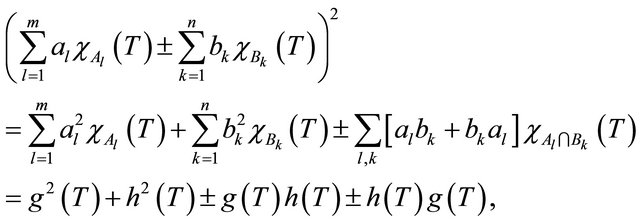
consequently, . Each bounded Borel function is a limit of step functions, where a limit is taken relative to the family of all semi-norms 11)
. Each bounded Borel function is a limit of step functions, where a limit is taken relative to the family of all semi-norms 11) 
 . Therefore, for each bounded real-valued Borel functions
. Therefore, for each bounded real-valued Borel functions  the formula 12)
the formula 12) 
is valid. But then  for each
for each  and
and , consequently,
, consequently,

and hence

for each . If
. If 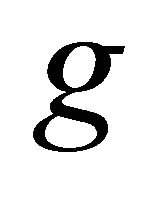 and
and 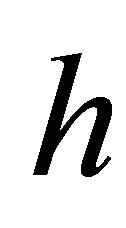 are polynomials in variables
are polynomials in variables  this implies 13)
this implies 13) .
.
In view of the Stone-Weierstrass theorem the set of 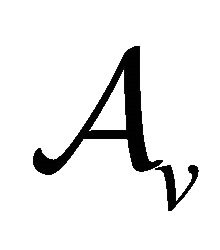 -valued polynomials on the ball
-valued polynomials on the ball

is dense in . Thus Formula (13) is spread on
. Thus Formula (13) is spread on , since
, since  for
for  and due to Formula (2). Together with (12) this induces the formula.
and due to Formula (2). Together with (12) this induces the formula.
14) 
for each real-valued continuous function  and every bounded real-valued Borel function
and every bounded real-valued Borel function  , since
, since 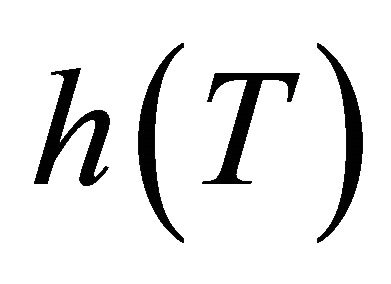 is a self-adjoint operator (see also §9). In the latter situation
is a self-adjoint operator (see also §9). In the latter situation

and if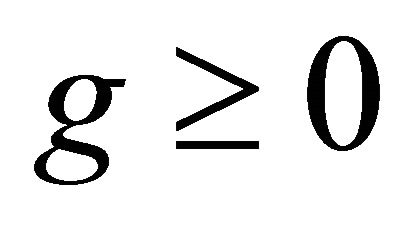 , then
, then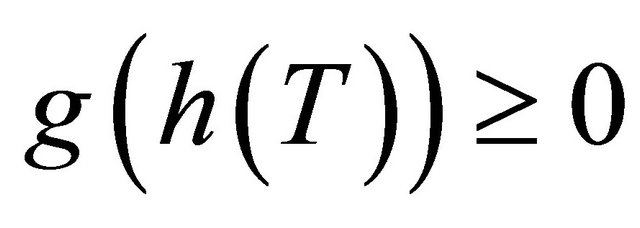 . Therefore, for any increasing sequence of continuous real-valued functions
. Therefore, for any increasing sequence of continuous real-valued functions  a sequence
a sequence 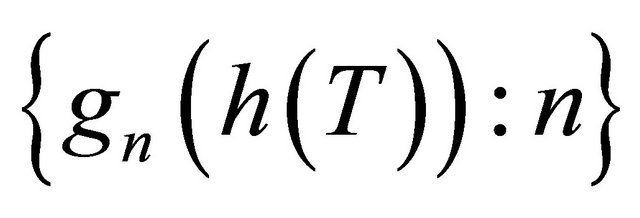 is increasing and composed of self-adjoint operators. If in addition gn converges point-wise to a bounded Borel function g, then
is increasing and composed of self-adjoint operators. If in addition gn converges point-wise to a bounded Borel function g, then  converges point-wise to
converges point-wise to .
.
There is said that the mapping

with the monotone sequential convergence property is  -normal.
-normal.
15) Theorem. Suppose that T is a bounded normal 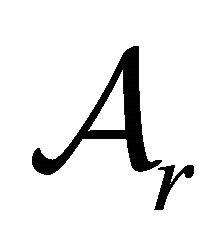 meta-invariant operator on an
meta-invariant operator on an  Hilbert space X and A is a quasi-commutative C*-algebra over the Cayley-Dickson algebra
Hilbert space X and A is a quasi-commutative C*-algebra over the Cayley-Dickson algebra 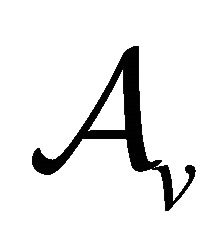 generated by T and T* and
generated by T and T* and  with
with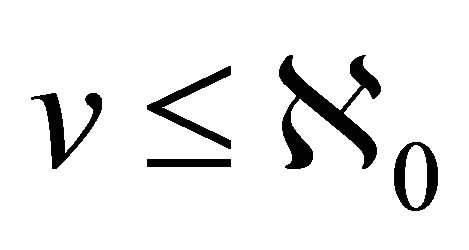 . Then the-homomorphism
. Then the-homomorphism  extends to a
extends to a  -normal-homomorphism
-normal-homomorphism
 , where C denotes a quasicommutative von Neumann algebra over
, where C denotes a quasicommutative von Neumann algebra over  consisting of operators quasi-commuting with each operator quasicommuting with A such that 1)
consisting of operators quasi-commuting with each operator quasicommuting with A such that 1) 
2) 

where  for each
for each
 . If
. If , then
, then , moreover, if
, moreover, if , then
, then . For each
. For each
 the composition is
the composition is . The mapping
. The mapping  is an
is an 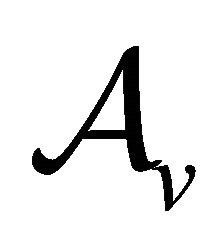 graded projection valued measure. If an operator T is self-adjoint, then it possesses an
graded projection valued measure. If an operator T is self-adjoint, then it possesses an  graded spectral resolution of the identity
graded spectral resolution of the identity  with
with  and
and , where
, where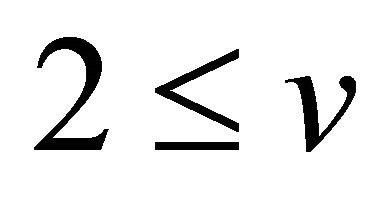 .
.
Proof. Part of the proof is given in Section 16.
In view of Theorem V.4.4 [17] a point-wise  of a sequence of
of a sequence of  -measurable functions
-measurable functions  converging at each point
converging at each point 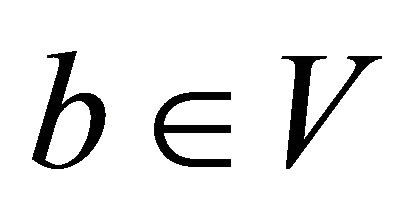 of a set V with a
of a set V with a  -algebra
-algebra  of its subsets is an
of its subsets is an 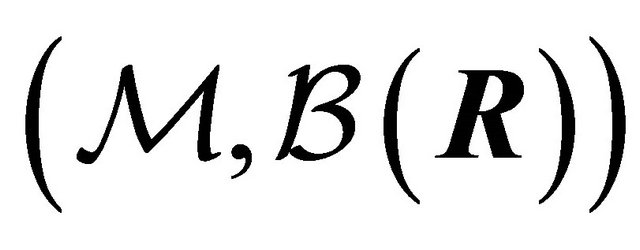 -measurable function f on V, that is
-measurable function f on V, that is , where
, where 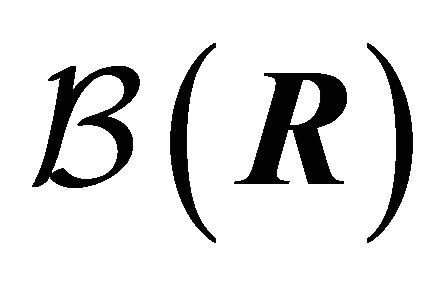 denotes the Borel
denotes the Borel  - algebra of the real field R.
- algebra of the real field R.
Take any vector 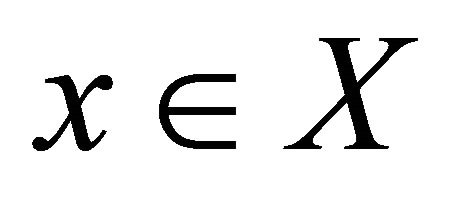 and an increasing sequence
and an increasing sequence  tending point-wise to a bounded Borel function
tending point-wise to a bounded Borel function . Then 3)
. Then 3) 
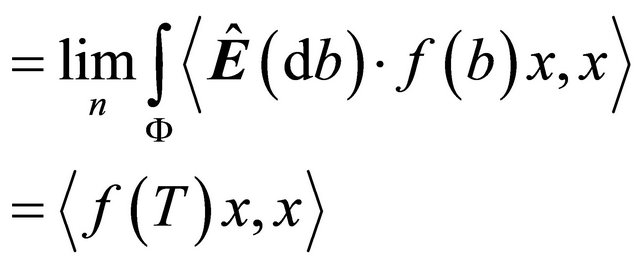
from the monotone convergence theorem. By the decomposition properties of the  valued scalar product and the
valued scalar product and the 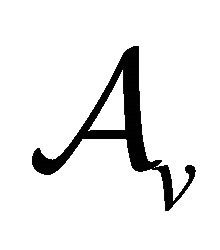 gradation of
gradation of 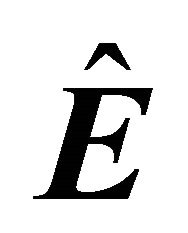 we get this property on
we get this property on , since it is accomplished on
, since it is accomplished on  and each
and each  has the form 4)
has the form 4) 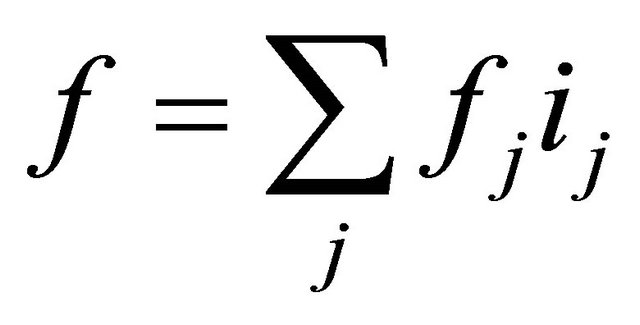 with real-valued functions
with real-valued functions .
.
Let 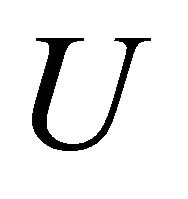 be an open subset in
be an open subset in . It can be written as a countable union of bounded open subsets
. It can be written as a countable union of bounded open subsets  in
in 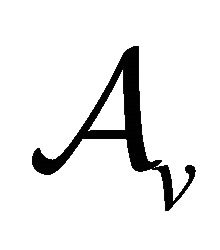
of radius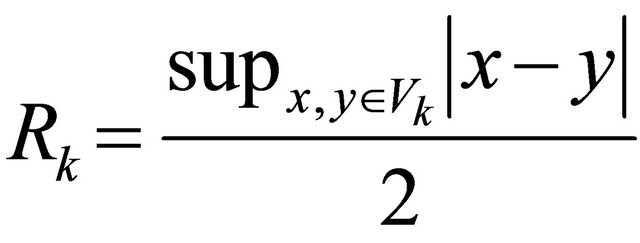 , since the topological space
, since the topological space
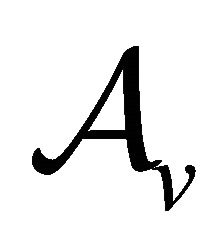 is of countable topological weight when
is of countable topological weight when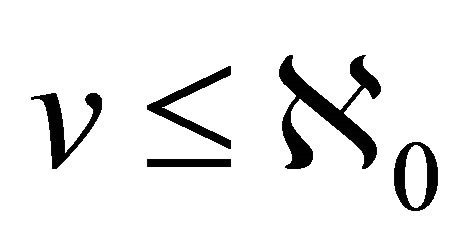 . The topological space
. The topological space 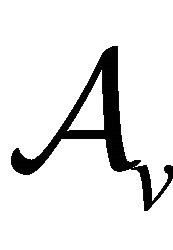 is normal, consequently, there exist open subsets
is normal, consequently, there exist open subsets  of radius
of radius  contained in
contained in  for which continuous functions
for which continuous functions  exist such that
exist such that  and
and  such that
such that  for each
for each 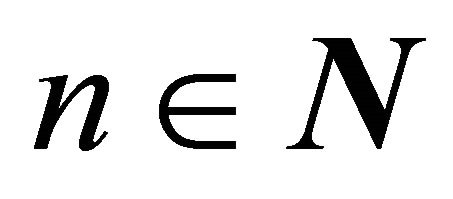 and
and
 for every
for every . Take their combination
. Take their combination
 . From the construction of this sequence we get
. From the construction of this sequence we get  for each
for each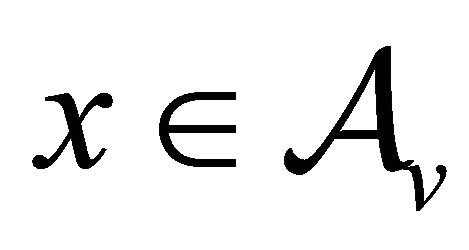 , consequently,
, consequently,  for each
for each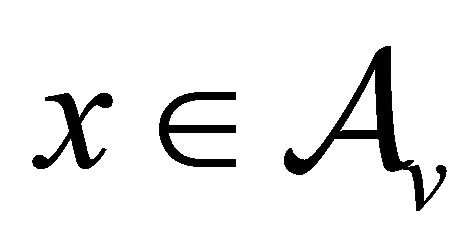 .
.
Denote by 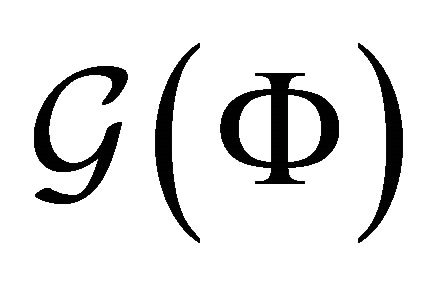 the family of all Borel subsets of
the family of all Borel subsets of 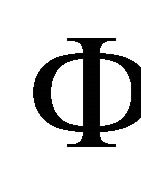 whose characteristic function satisfies Equation 16(14). This family contains characteristic functions
whose characteristic function satisfies Equation 16(14). This family contains characteristic functions 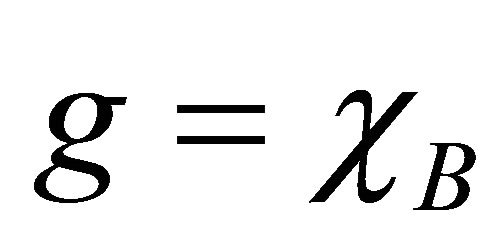 of each closed and every open subset
of each closed and every open subset 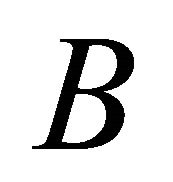 of
of . The
. The 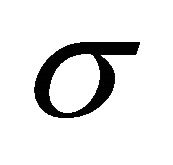 -normality property (see Formula
-normality property (see Formula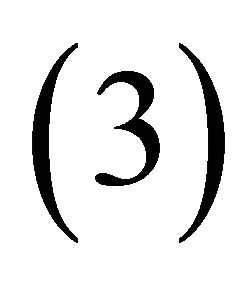 ) implies that
) implies that 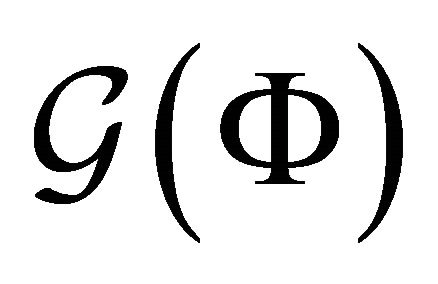 is a
is a  -algebra, consequently,
-algebra, consequently, 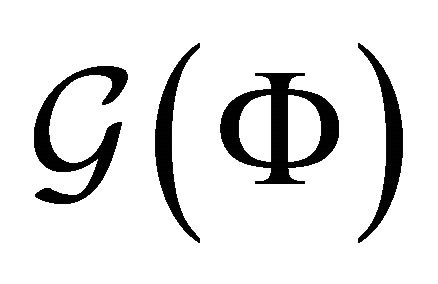 contains the Borel
contains the Borel  -algebra
-algebra . Thus Formula 16(14) is valid for a characteristic function
. Thus Formula 16(14) is valid for a characteristic function  for each Borel subset B of
for each Borel subset B of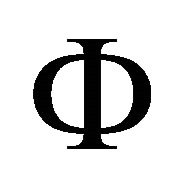 . Using norm limits one gets this formula for any bounded real-valued Borel functions g and h.
. Using norm limits one gets this formula for any bounded real-valued Borel functions g and h.
Mention that the decompositions 5)  and 6)
and 6) 
Are fulfilled so that the-homomorphism  extends to a
extends to a 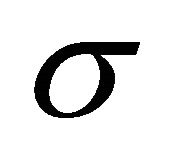 -normalhomomorphism
-normalhomomorphism , where C0 denotes a commutative von Neumann algebra over
, where C0 denotes a commutative von Neumann algebra over  consisting of operators commuting with each operator commuting with
consisting of operators commuting with each operator commuting with . Algebras
. Algebras 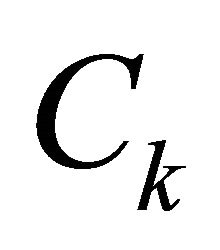 are isomorphic with
are isomorphic with  and each algebra
and each algebra  is isomorphic with
is isomorphic with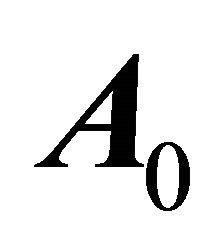 . Then
. Then  is provided for each
is provided for each 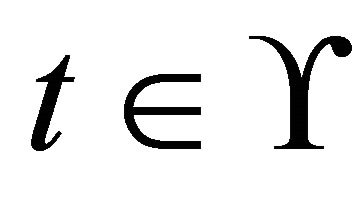 (see Conditions 2.9
(see Conditions 2.9 ), where C*-algebras
), where C*-algebras 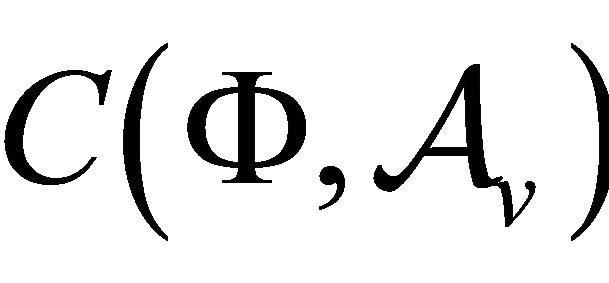 and
and 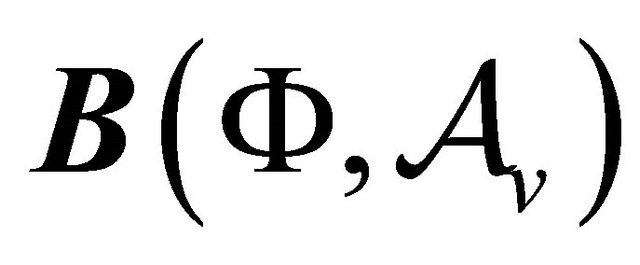 are considered relative to the point-wise addition and multiplication of functions from the left and right on Cayley-Dickson numbers and point-wise conjugation as involution and with the norm:
are considered relative to the point-wise addition and multiplication of functions from the left and right on Cayley-Dickson numbers and point-wise conjugation as involution and with the norm:
 .
.
This implies  for each j due to the
for each j due to the  -gradation of the projection valued measure
-gradation of the projection valued measure  and due to the commutativity of the complex field
and due to the commutativity of the complex field 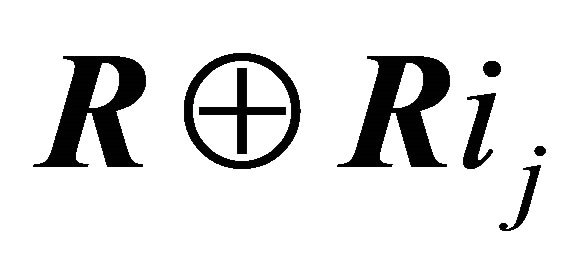 for each
for each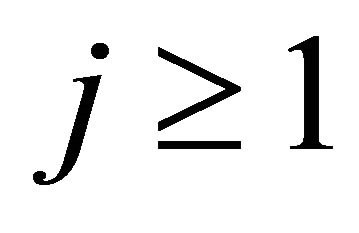 . Therefore, decompositions
. Therefore, decompositions  extend the
extend the 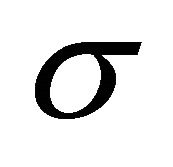 -normal-homomorphism from
-normal-homomorphism from
 up to
up to
 .
.
For a self-adjoint operator  its spectrum
its spectrum  is contained in
is contained in , while the real field
, while the real field 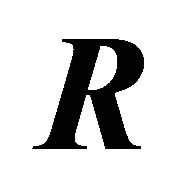 is separable as the normed space.
is separable as the normed space.
16) Theorem. Let A and B be  -algebras over the Cayley-Dickson algebra
-algebras over the Cayley-Dickson algebra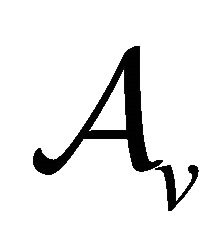 ,
, 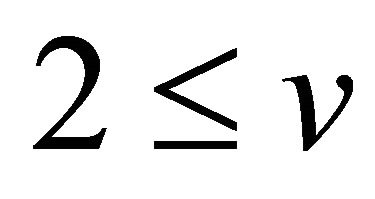 , let also
, let also  be a-homomorphism. Then 1)
be a-homomorphism. Then 1)  and
and  for each
for each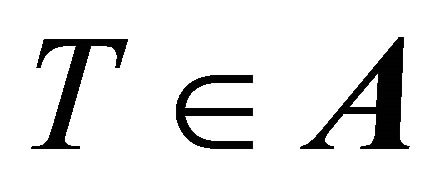 ;
;
2) if K is a self-adjoint element in A and  and
and  and
and  for each
for each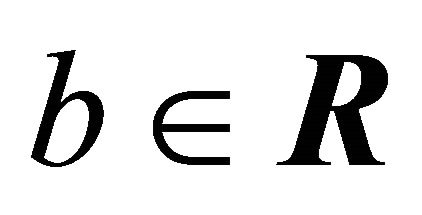 , then
, then  ;
;
3) if  is a-isomorphism, then
is a-isomorphism, then  and
and  for each
for each  and
and  is a
is a 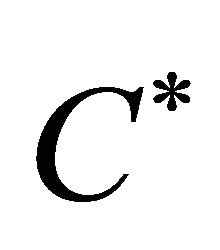 -subalgebra in
-subalgebra in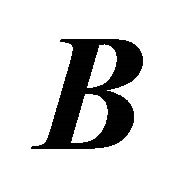 .
.
Proof. 1). Suppose that 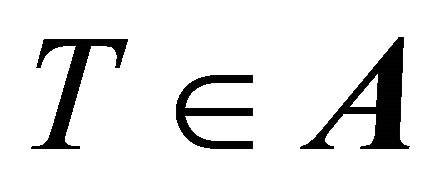 and
and , then
, then 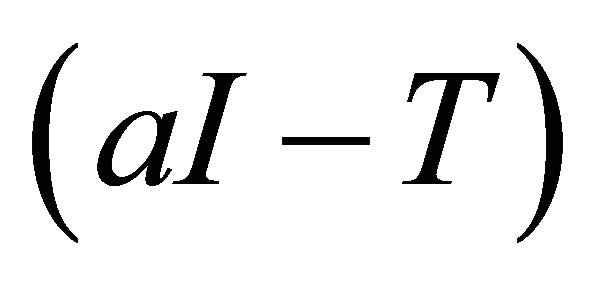 has an inverse
has an inverse  in
in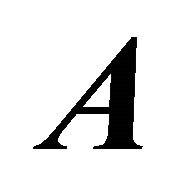 . This implies
. This implies  , since
, since 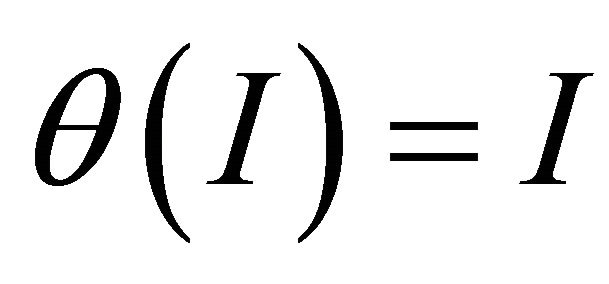 and
and  has an inverse
has an inverse 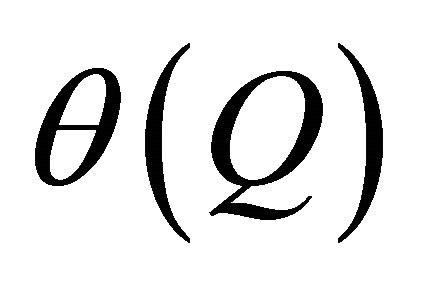 in
in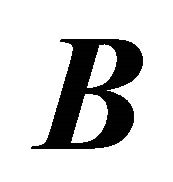 , hence
, hence , where I denotes the unit element in
, where I denotes the unit element in 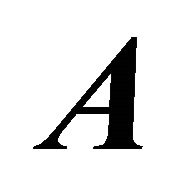 and in
and in . Then
. Then

and

(see 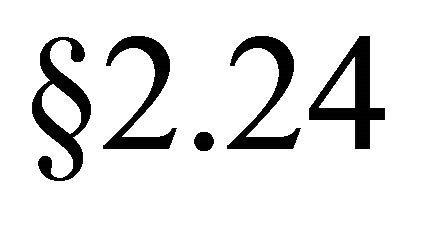 [18]). But
[18]). But , since
, since
 , consequently,
, consequently,  (see also Lemma 2.26 [18]). That is the-homomorphism
(see also Lemma 2.26 [18]). That is the-homomorphism 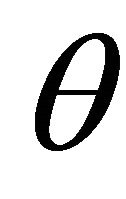 is continuous.
is continuous.
2) If an element K is self-adjoint, then . At the same time one has
. At the same time one has  for each
for each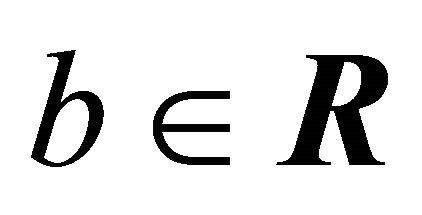 , since
, since  for real
for real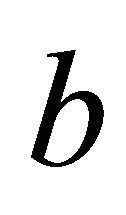 . If
. If 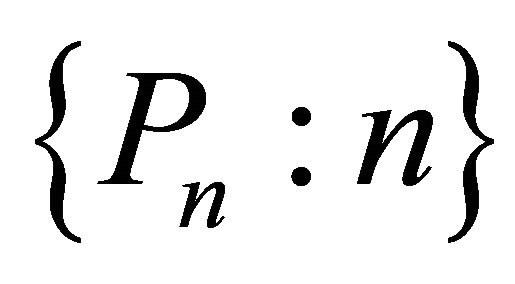 is a sequence of polynomials tending to f uniformly on
is a sequence of polynomials tending to f uniformly on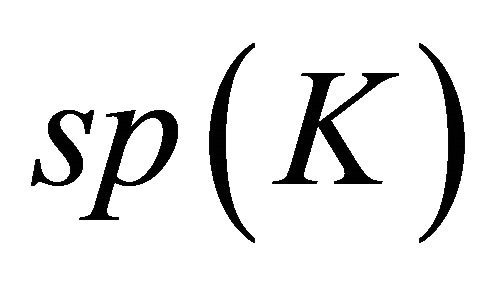 , then
, then

and
 since the restriction
since the restriction  induces a-homomorphism from
induces a-homomorphism from 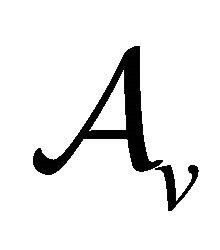 into
into .
.
3) If  is a-isomorphism and
is a-isomorphism and  is a self-adjoint element in A, then by (1) we have
is a self-adjoint element in A, then by (1) we have . If this inclusion would be strict, then there would exist a non-zero element
. If this inclusion would be strict, then there would exist a non-zero element  such that
such that
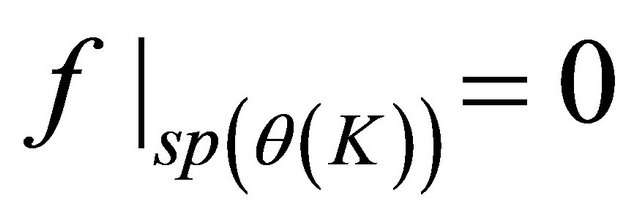 . But (2) means that
. But (2) means that  and
and
 , contrary to the assumption that
, contrary to the assumption that  is one-to-one. Thus
is one-to-one. Thus  and
and  for each self-adjoint element
for each self-adjoint element . Particularly, this is accomplished for
. Particularly, this is accomplished for 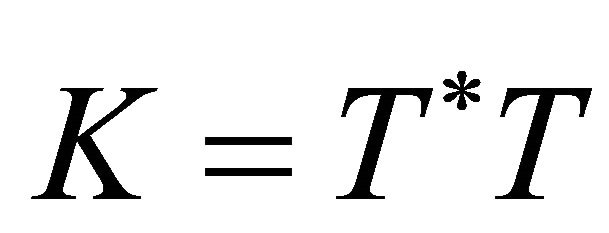 and from (1) it follows that
and from (1) it follows that
 consequently,
consequently, 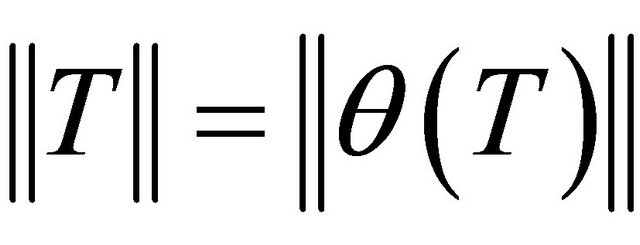 , where
, where 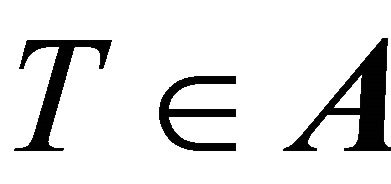 is an arbitrary element. On the other hand,
is an arbitrary element. On the other hand, 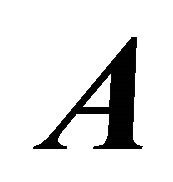 is a complete normed space and
is a complete normed space and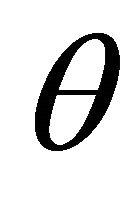 is the-isometry, consequently,
is the-isometry, consequently,  is closed in B and contains I. That is
is closed in B and contains I. That is 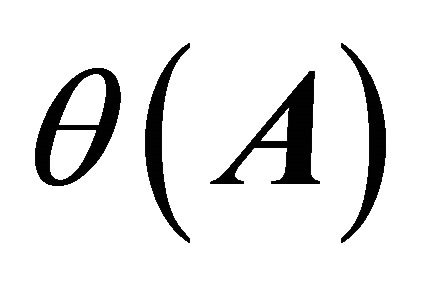 is a C*-subalgebra in B.
is a C*-subalgebra in B.
If V is an element in B, it induces a quasi-commutative C*-sub-algebra  over
over 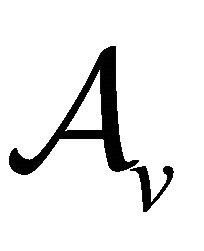 generated by V, V* and I. This sub-algebra has the decomposition
generated by V, V* and I. This sub-algebra has the decomposition , where
, where  are isomorphic algebras over R. Now take the restricted subalgebra
are isomorphic algebras over R. Now take the restricted subalgebra , where
, where
 . More generally take sub-algebras
. More generally take sub-algebras , where
, where 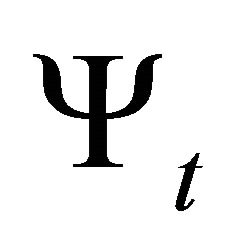 is isomorphic with
is isomorphic with 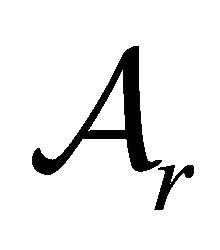 and impose Conditions 2.9
and impose Conditions 2.9 . To the latter C*-algebras
. To the latter C*-algebras  Theorem 2.24 [18] is applicable. In view of this theorem
Theorem 2.24 [18] is applicable. In view of this theorem
 , consequently,
, consequently,
 , since
, since  is the-isomorphism, where
is the-isomorphism, where 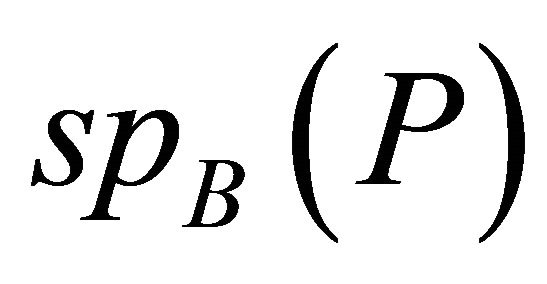 denotes the spectrum of an element P in B.
denotes the spectrum of an element P in B.
17) Lemma. Let  be a-homomorphism of C*-algebras over the Cayley-Dickson algebra
be a-homomorphism of C*-algebras over the Cayley-Dickson algebra ,
, . Then the testriction
. Then the testriction 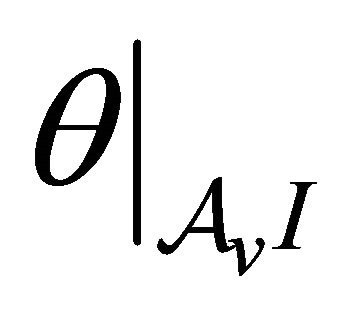 induces a-iosmorphism of
induces a-iosmorphism of 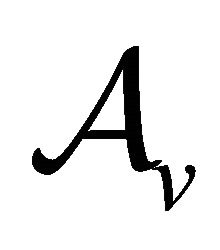 into
into 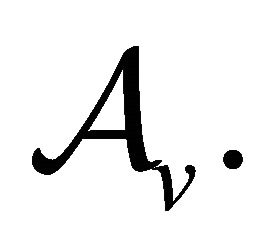
Proof. A-homomorphism 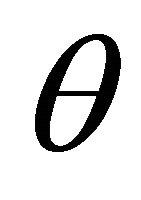 is R-linear and
is R-linear and 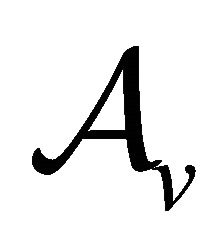 -additive and
-additive and  so the restricrion
so the restricrion  also has there properties. This provides a-homomorphism from
also has there properties. This provides a-homomorphism from  into
into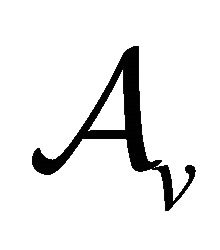 . Since
. Since
 the image of
the image of  is
is ,
,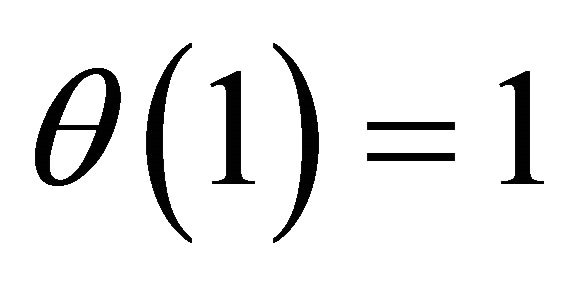 . Due to the
. Due to the 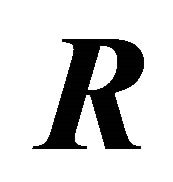 -linearity this means that
-linearity this means that  for each real number
for each real number , i.e.
, i.e. . For each purely imaginary Cayley-Dickson number
. For each purely imaginary Cayley-Dickson number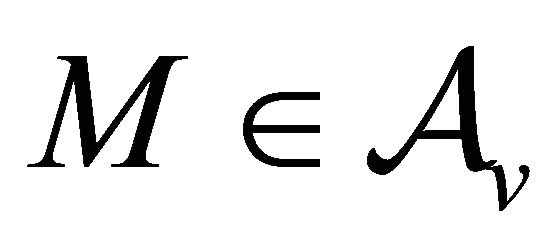 ,
,  , the identities
, the identities  are satisfied, consequently,
are satisfied, consequently,
 and
and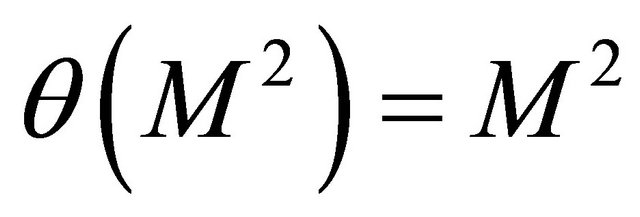 .
.
If M and K are two Cayley-Dickson numbers which are orthogonal , then
, then
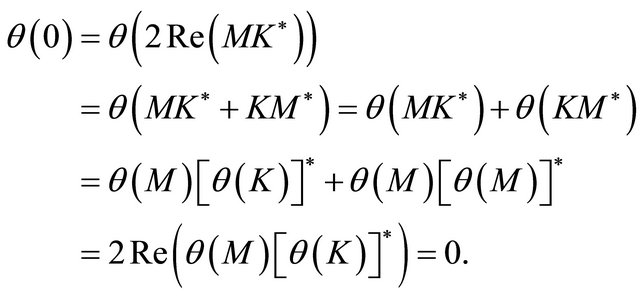
Therefore, 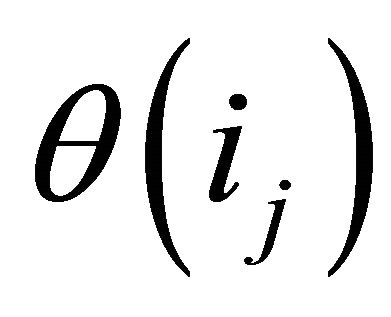 and
and  are orthogonal for each
are orthogonal for each
 and
and 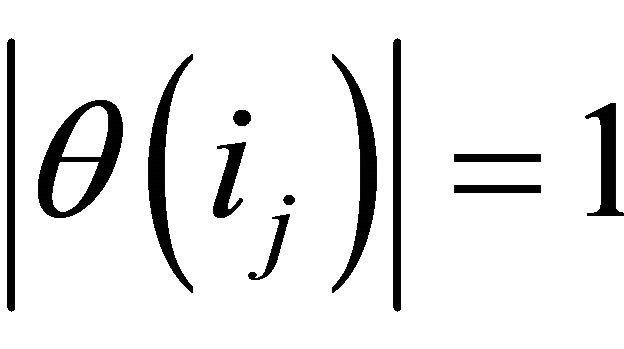 and
and  for every real number
for every real number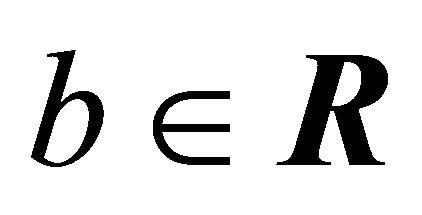 , also
, also 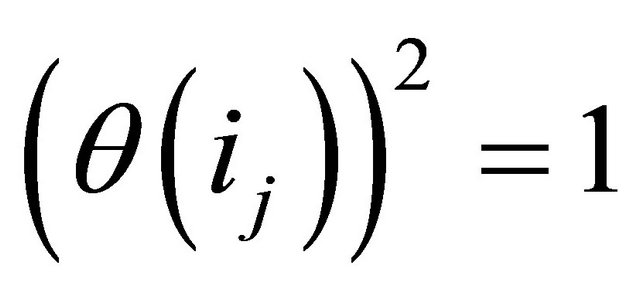 for each
for each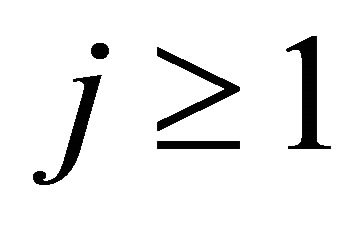 . Moreover, we infer that
. Moreover, we infer that

for each . That is,
. That is,
 is-isomorphic with
is-isomorphic with 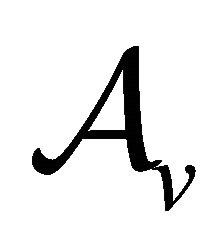 fore each
fore each ,
,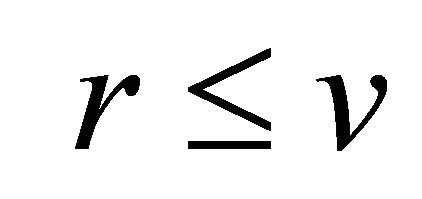 . Using embedded sub-algebras
. Using embedded sub-algebras  satisfying Condition 2.9
satisfying Condition 2.9 into
into  we get that
we get that  is-isomorphic with
is-isomorphic with , since
, since

and hence  for each Cayley-Dickson number
for each Cayley-Dickson number .
.
18) Remark. Lemma 17 means that up to a-isomorphic of the Cayley-Dickson algebra 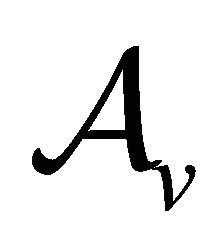 one can considerhomomorphisms
one can considerhomomorphisms 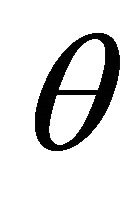 satisfying additional restriction:
satisfying additional restriction: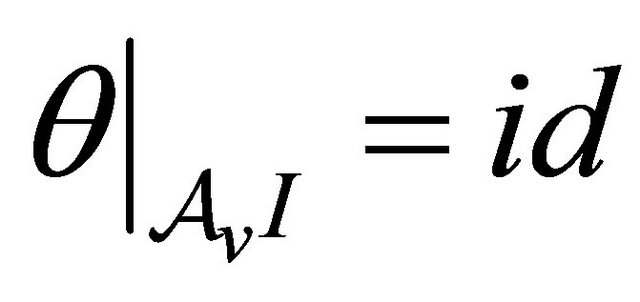 , that is
, that is  for each
for each . This will simplify notations, for example,
. This will simplify notations, for example,  , also
, also 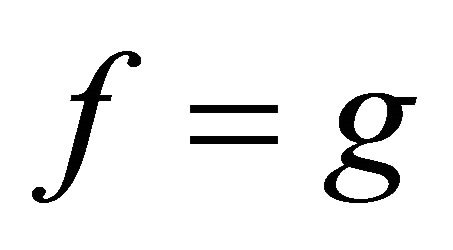 in Theorem 16
in Theorem 16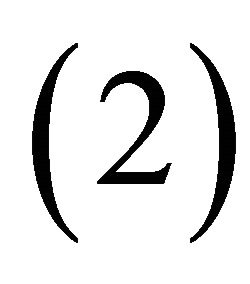 , i.e.
, i.e.
 .
.
19) Theorem. If T is a bounded normal 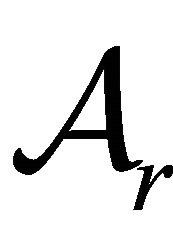 meta-invariant operator on an
meta-invariant operator on an  Hilbert space X,
Hilbert space X,  ,
, . Suppose that
. Suppose that  is a
is a  -normal homomorphism into a quasi-commutative von Neumann algebra over
-normal homomorphism into a quasi-commutative von Neumann algebra over  such that
such that  and
and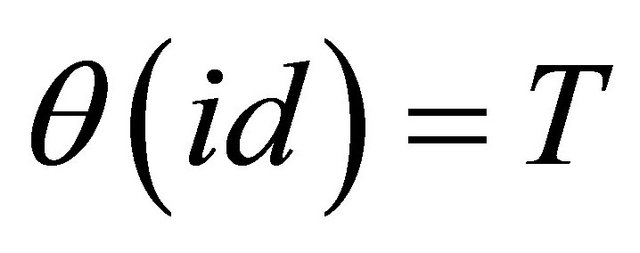 , where
, where 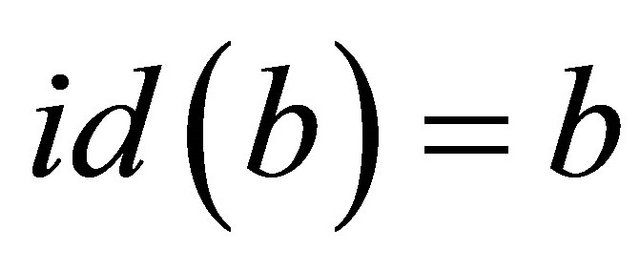 for each
for each .
.
Then , where
, where
 is the quasi-commutative von Neumann algebra over
is the quasi-commutative von Neumann algebra over 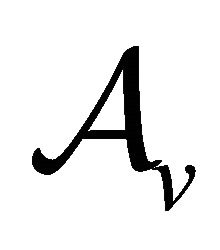 generated by T and T* and I so that
generated by T and T* and I so that  for every
for every .
.
Proof. As in §15  is supplied with the structure of a quasi-commutative C*-algebra with
is supplied with the structure of a quasi-commutative C*-algebra with  instead of
instead of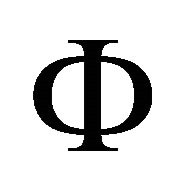 . On the other hand, the inclusion
. On the other hand, the inclusion 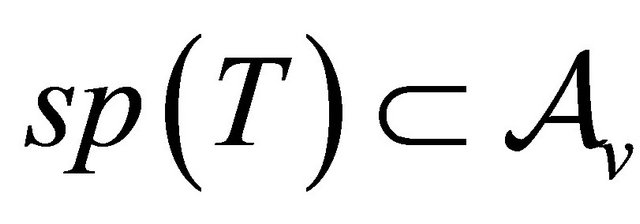 is valid and 1,
is valid and 1, . For each
. For each  and
and  there exists
there exists  such that
such that , consequently,
, consequently,  and hence
and hence  . If
. If , then
, then  has an inverse h in
has an inverse h in  for each
for each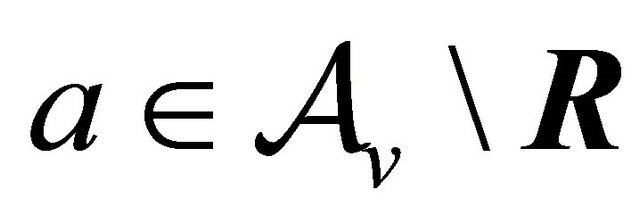 , consequently,
, consequently, 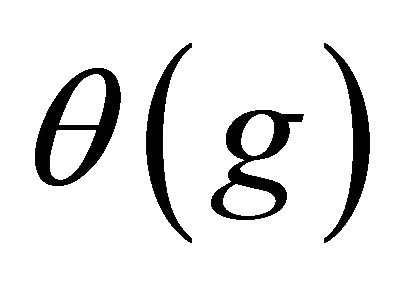 is self-adjoint in A. The homomorphism
is self-adjoint in A. The homomorphism  is order preserving and does not increase norm by Theorem 18.
is order preserving and does not increase norm by Theorem 18.
Next we apply Theorems 2.24 and 3.22 [17] and §2.9. Consider  restricted to
restricted to . Then
. Then
 for each
for each  and
and
 . The mappings
. The mappings 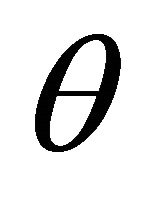 and
and
 are
are 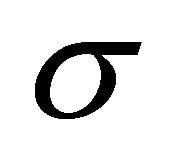 -normal, as in §§14, 15 we get that
-normal, as in §§14, 15 we get that , when
, when 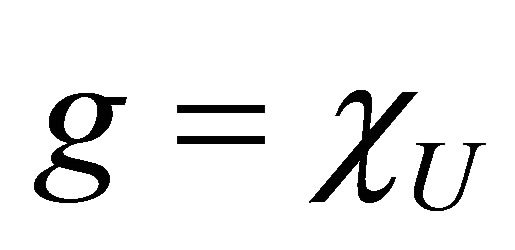 is the characteristic function of an open subset
is the characteristic function of an open subset 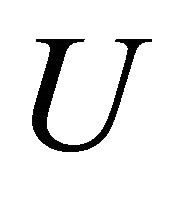 in
in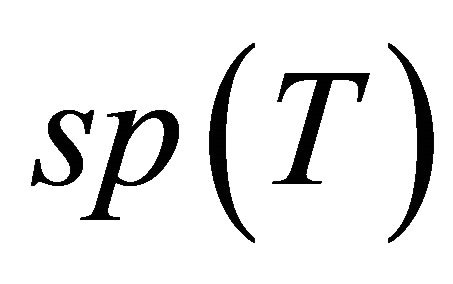 .
.
We consider the family 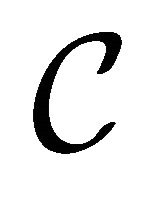 of all Borel subsets with their characteristic functions satisfying the equality
of all Borel subsets with their characteristic functions satisfying the equality . By the
. By the 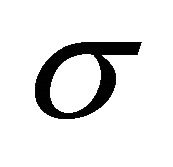 -normality this family
-normality this family  contains the union of each countable subfamily. It contains also the complement of each set, since
contains the union of each countable subfamily. It contains also the complement of each set, since . Thus
. Thus  contains the family
contains the family  of all Borel subsets of
of all Borel subsets of 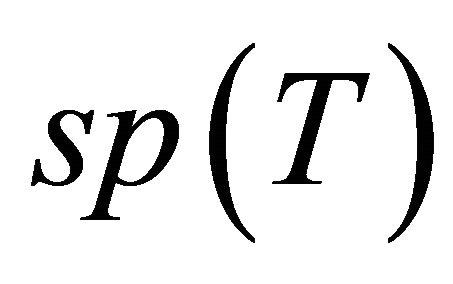 and
and  for each
for each
 . The mapping
. The mapping 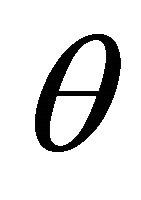 is R-linear and
is R-linear and 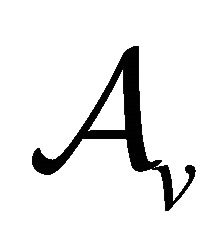 - additive and norm continuous so that
- additive and norm continuous so that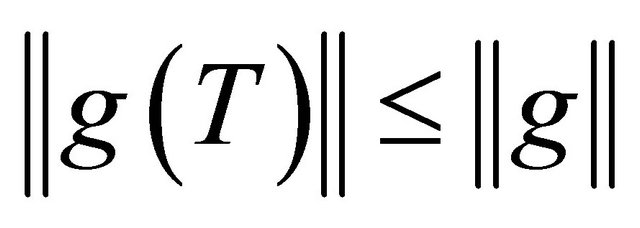 . Due to the meta-invariance of the operator
. Due to the meta-invariance of the operator  the set of all step functions is dense in
the set of all step functions is dense in  relative to the norm topology on it, since
relative to the norm topology on it, since 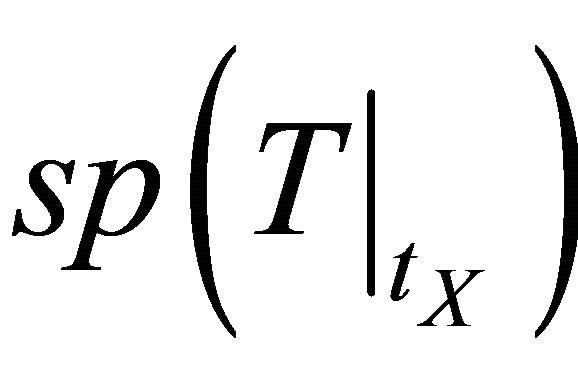 is compact for each
is compact for each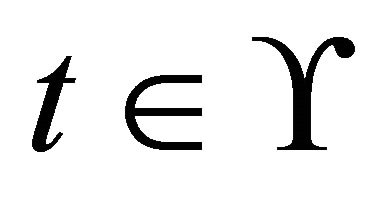 , while
, while  and the Cayley-Dickson algebra
and the Cayley-Dickson algebra 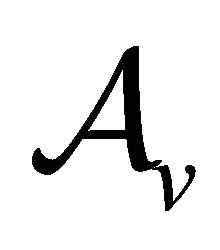 is separable as the normed space for
is separable as the normed space for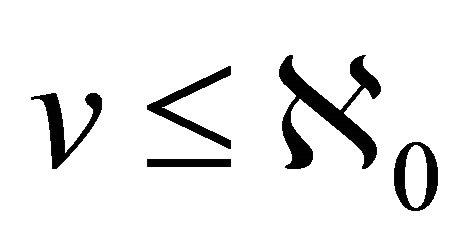 . Therefore
. Therefore  for each
for each .
.
20) Theorem. Let  be a symmetrical
be a symmetrical 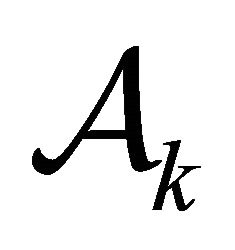 metainvariant operator,
metainvariant operator,  and
and , then there exists its resolvent function
, then there exists its resolvent function 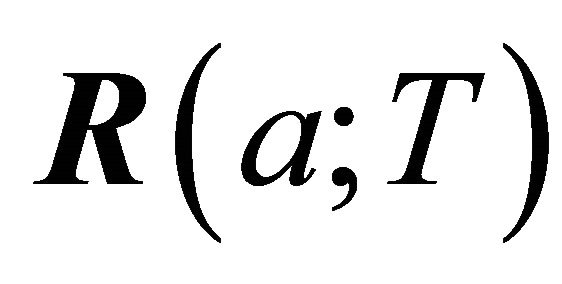 and
and  for each
for each . Let
. Let  be a closed operator, then the sets
be a closed operator, then the sets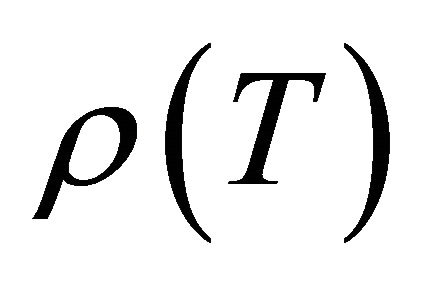 ,
,  ,
,  and
and  are not intersecting and their union is the entire Cayley-Dickson algebra
are not intersecting and their union is the entire Cayley-Dickson algebra ,
,
 .
.
Moreover, if additionally an operator T is self-adjoint and quasi-linear, then the inclusion 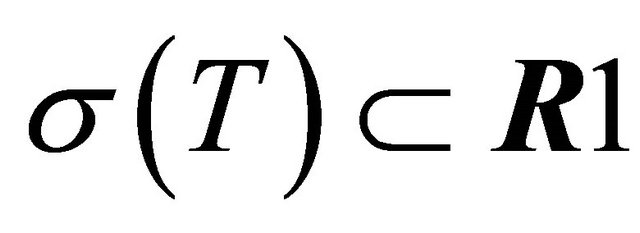 is satisfied and
is satisfied and .
.
Proof. In the general case for a quasi-linear operator (not necessarily symmetrical) for the decomposition of the components  of the projection valued measure
of the projection valued measure 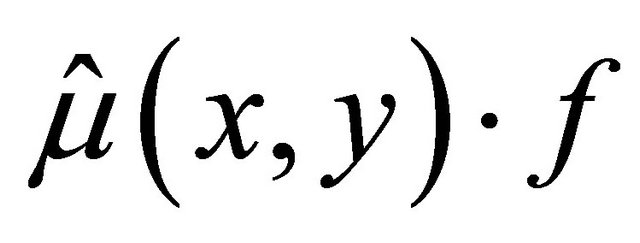 defined (see also
defined (see also 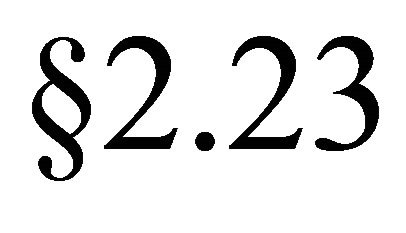 [18]) as the sum of the point
[18]) as the sum of the point , absolutely continuous
, absolutely continuous
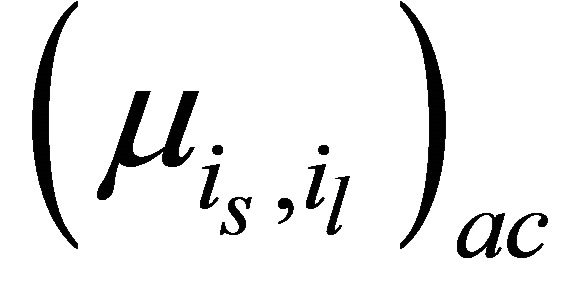 and continuous singular
and continuous singular 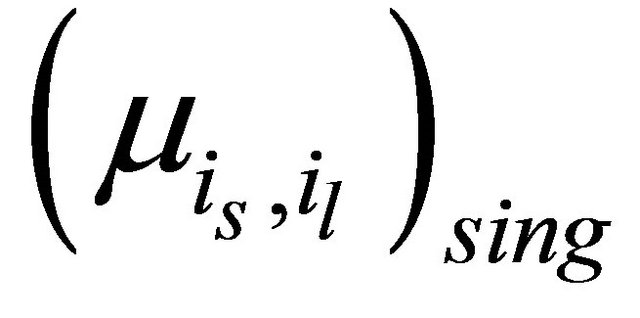 measures in accordance with the Lebesgue theorem cited in
measures in accordance with the Lebesgue theorem cited in 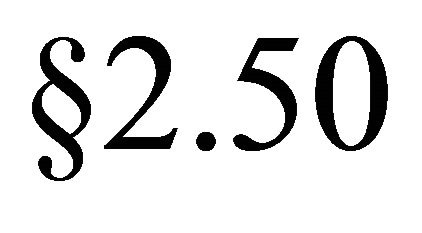 gives
gives , where
, where
 ,
,

and
 .
.
At the same time for a symmetrical operator, the inclusion 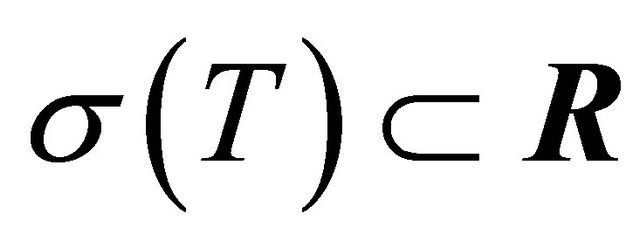 is satisfied and due to the relations given in
is satisfied and due to the relations given in 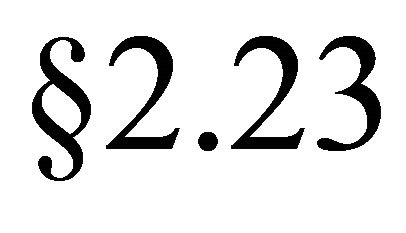 [18] for components of the projection valued measure the supports of all these measures for different
[18] for components of the projection valued measure the supports of all these measures for different  are consistent and are contained in
are consistent and are contained in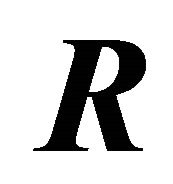 .
.
21) Theorem. For a self-adjoint quasi-linear 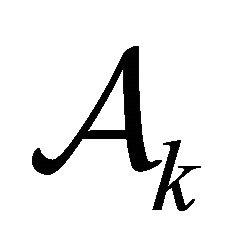 - meta-invariant operator
- meta-invariant operator 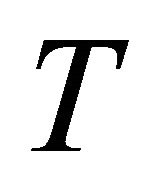 in a Hilbert space
in a Hilbert space  over the Cayley-Dickson algebra
over the Cayley-Dickson algebra ,
, 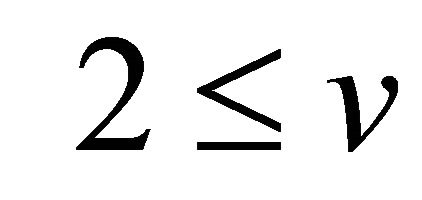 ,
,  , there exists a uniquely defined regular countably additive self-adjoint spectral measure
, there exists a uniquely defined regular countably additive self-adjoint spectral measure 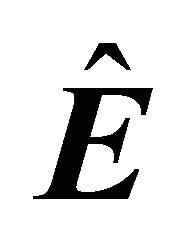 on
on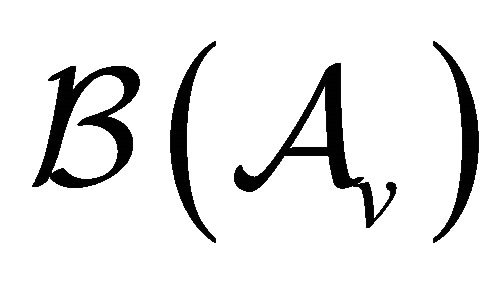 ,
,  such that 1)
such that 1) 
2) 
for each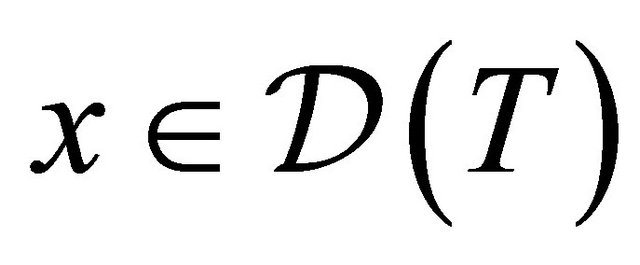 .
.
Proof. Due to Proposition 2.22.9, §2.29 and Theorem 2.30 [18] the space 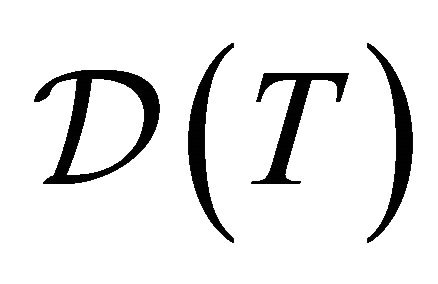 is
is  -vector. Use Lemma 2.26 [18] and take a marked element
-vector. Use Lemma 2.26 [18] and take a marked element , then we consider
, then we consider  from
from 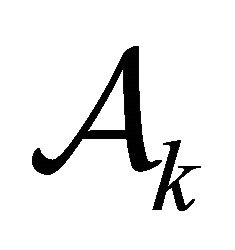 into
into . It also is the homomorphism of the unit sphere
. It also is the homomorphism of the unit sphere
 into
into  and for
and for

for each  is accomplished the identity
is accomplished the identity  in accordance with Lemma 2.5 [18]. If
in accordance with Lemma 2.5 [18]. If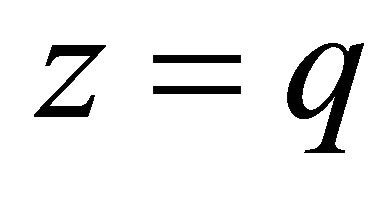 , then
, then , consequently,
, consequently,  .
.
Let , then there exists
, then there exists , where
, where , consequently,
, consequently,  is bijective,
is bijective,  and
and
 , that is,
, that is, . For
. For
 the operator
the operator
 is bounded and it is defined everywhere and this case was considered in Theorem 2.24 [18]. Therefore, the mapping
is bounded and it is defined everywhere and this case was considered in Theorem 2.24 [18]. Therefore, the mapping 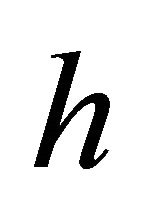 is the homeomorphism from
is the homeomorphism from 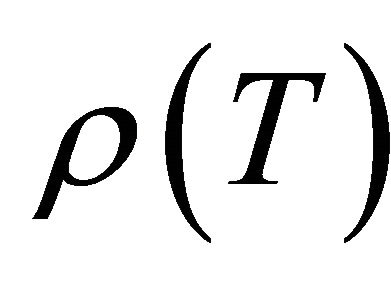 onto
onto , consequently, also from
, consequently, also from 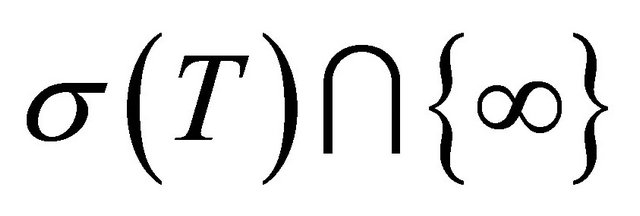 onto
onto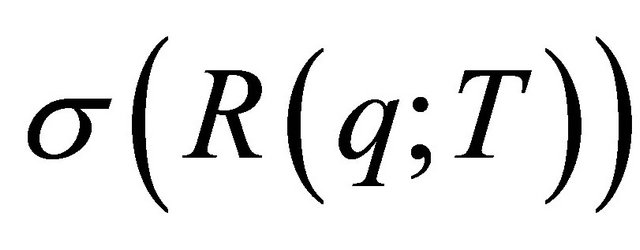 .
.
If 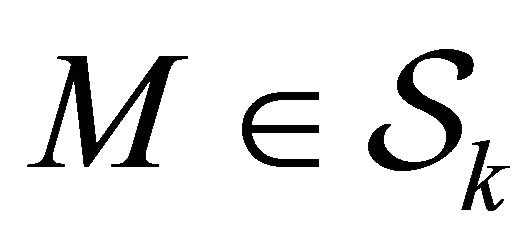 and
and , then
, then  is associative and
is associative and  is alternative, since
is alternative, since , while a purely imaginary quaternion or octonion number has the decomposition
, while a purely imaginary quaternion or octonion number has the decomposition , where
, where ,
,  ,
,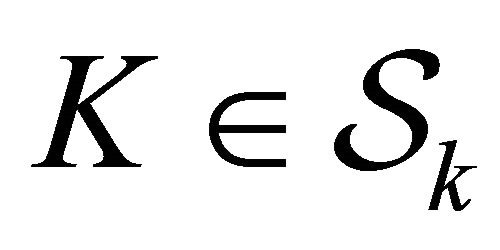 . If
. If , then
, then  is alternative as the subalgebra contained in
is alternative as the subalgebra contained in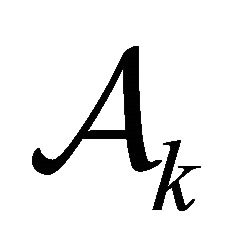 ,
, . If
. If  and
and , then
, then  anti-commutes with
anti-commutes with  and
and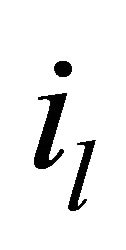 , also
, also 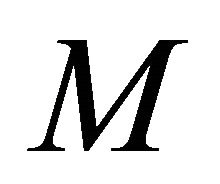 is orthogonal to q and
is orthogonal to q and , consequently,
, consequently,  is alternative in this case also. Therefore, the subalgebra
is alternative in this case also. Therefore, the subalgebra  is alternative for each
is alternative for each 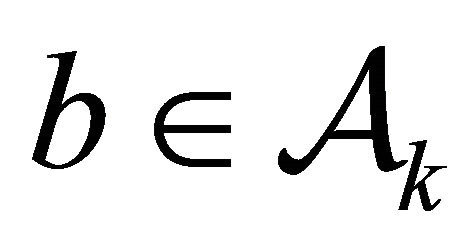 and
and .
.
For each  put
put , where
, where 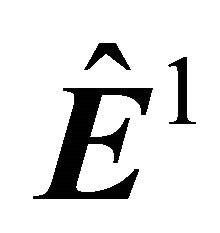 is the
is the 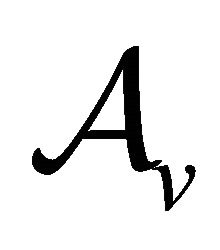 -graded decomposition of the unity for a normal operator
-graded decomposition of the unity for a normal operator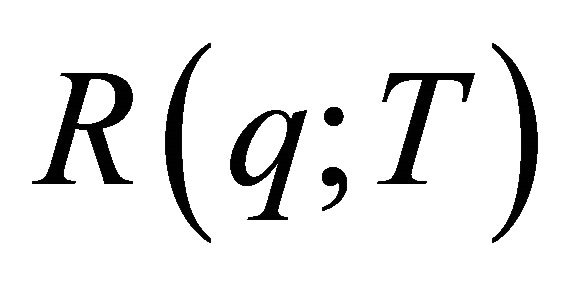 . On the other hand, each vector
. On the other hand, each vector 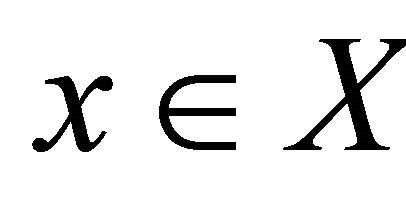 has the decomposition
has the decomposition  and projection valued measure
and projection valued measure 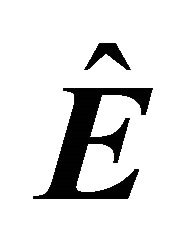 is
is  graded, where
graded, where 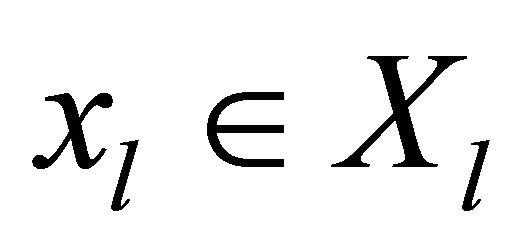 for each l (see §2.8).
for each l (see §2.8).
Mention that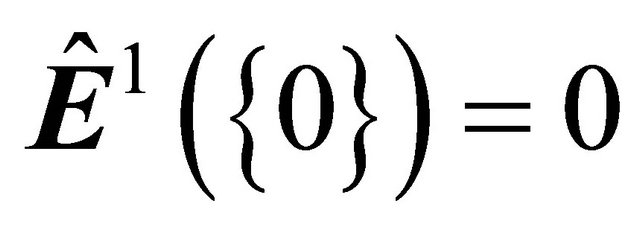 , since in the contrary case
, since in the contrary case

for each  such that
such that  contradicting the invertibility of
contradicting the invertibility of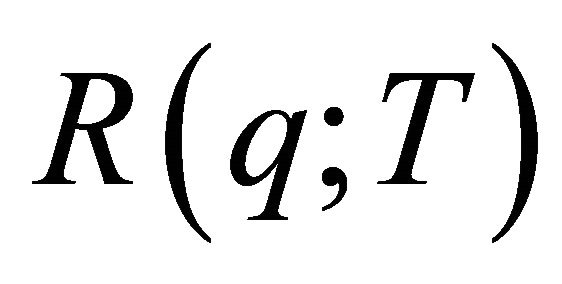 . Therefore,
. Therefore,  , consequently,
, consequently, 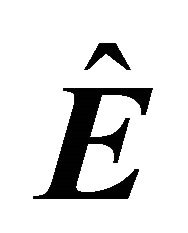 is an
is an 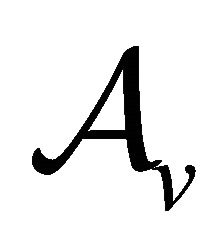 graded spectral measure. This spectral measure is self-adjoint, countably additive and regular due to such properties of
graded spectral measure. This spectral measure is self-adjoint, countably additive and regular due to such properties of 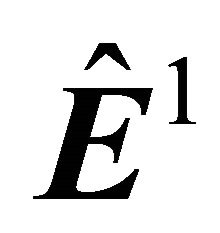 (see Theorem 15). Then
(see Theorem 15). Then  and
and  for
for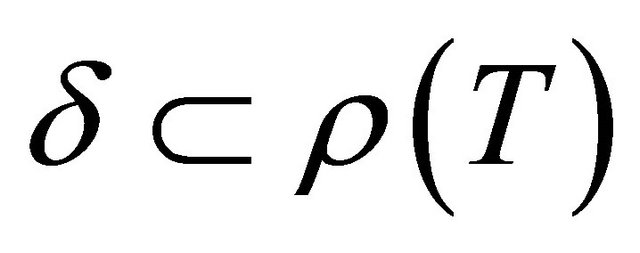 , where
, where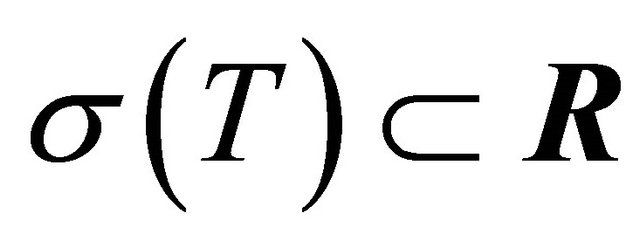 . We now put
. We now put

Evidently,  for each bounded Borel subset
for each bounded Borel subset  contained in
contained in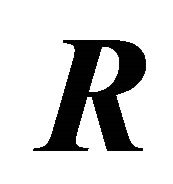 , since
, since

and

Thus the equality 1) 
is fulfilled.
We next verify, that . Take an arbitrary vector
. Take an arbitrary vector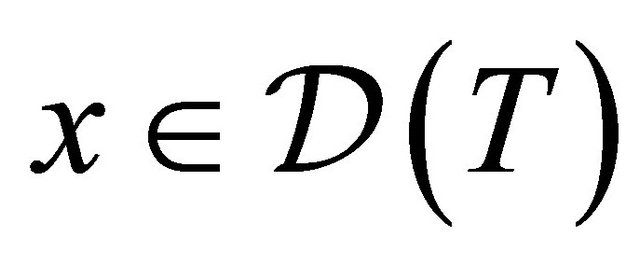 . From the definition we have the formula
. From the definition we have the formula , consequently, a vector
, consequently, a vector 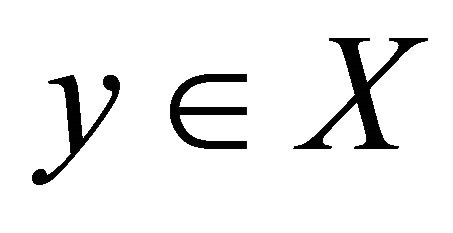 exists such that
exists such that  and
and

Making the change of measure we infer the relations:
2) 
consequently,

This demonstrates that  and hence
and hence .
.
In view of Formula (2) and Theorem 15 we have

consequently, . At the same time one has:
. At the same time one has:

and this together with (1) implies that the sequence  converges for each
converges for each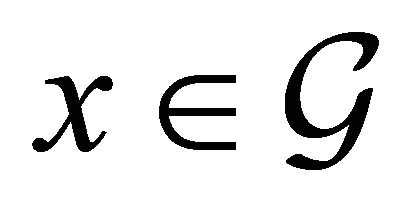 . The operator
. The operator  is closed and
is closed and , consequently,
, consequently, 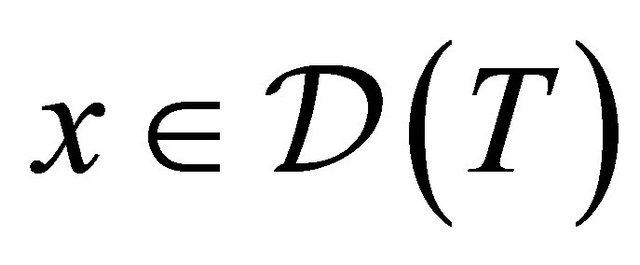 and
and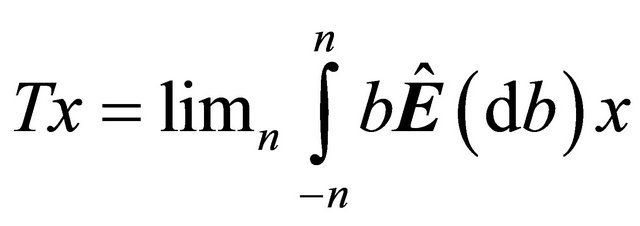 . Thus
. Thus
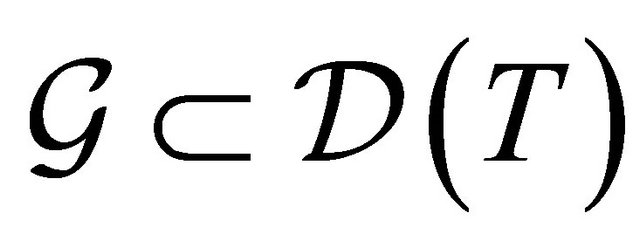 and together with the opposite inclusion demonstrated above this gives the equality
and together with the opposite inclusion demonstrated above this gives the equality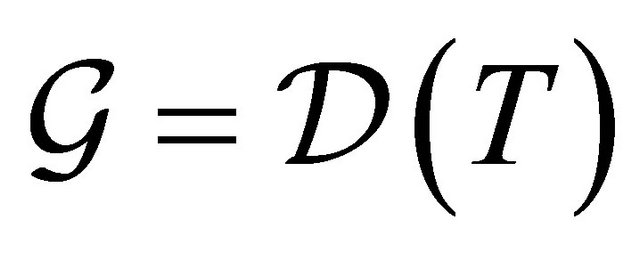 .
.
Suppose that another  graded measure
graded measure  exists with the same properties as
exists with the same properties as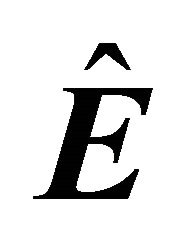 . In accordance with statement
. In accordance with statement 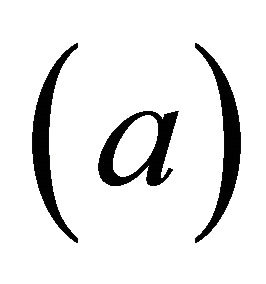 of this theorem we have
of this theorem we have
 and together with
and together with  this implies that
this implies that

In accordance with Theorems 15 above and 2.24, Propositions 2.22.20, 2.22.12, 2.22.18 [18] one has

and

consequently,

Taking the limit with  tending to the infinity and substituting the measure one gets:
tending to the infinity and substituting the measure one gets:

consequently,  and hence
and hence  for each Borel subset
for each Borel subset 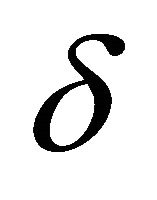 contained in
contained in . Thus the
. Thus the 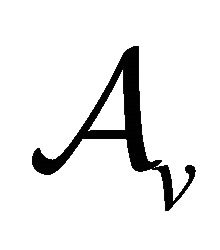 graded spectral measure is unique.
graded spectral measure is unique.
22) Definitions. A unique (graded) spectral measure, related with a self-adjoint quasi-linear operator T in X is called a decomposition of the unity for T. For an  - valued Borel function f defined
- valued Borel function f defined 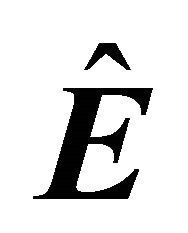 -almost everywhere on R a function
-almost everywhere on R a function  of a self-adjoint operator T is defined by the relations:
of a self-adjoint operator T is defined by the relations:
1) where
where  for
for ;
;  while
while ;
;
2)  for each
for each , where
, where .
.
23) Theorem. Let 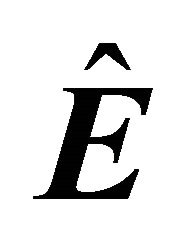 be a decomposition of the unity for a self-adjoint quasi-linear
be a decomposition of the unity for a self-adjoint quasi-linear  -meta-invariant operator T in a Hilbert space X over the Cayley-Dickson algebra
-meta-invariant operator T in a Hilbert space X over the Cayley-Dickson algebra 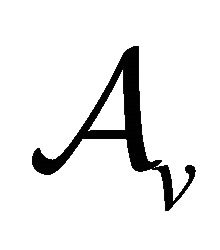 and let a Borel function f be as in §22,
and let a Borel function f be as in §22,  ,
, . Then
. Then  is a closed quasilinear operator with an everywhere dense domain of its definition, moreover:
is a closed quasilinear operator with an everywhere dense domain of its definition, moreover:
a) 
b) 
c) 
d) 
e) 
Proof. Take a sequence of functions 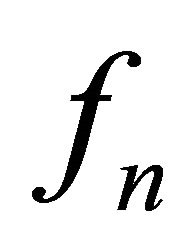 from
from 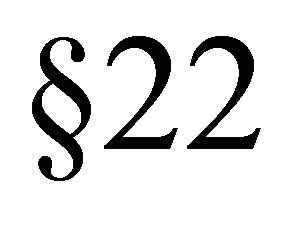 and subsets
and subsets . Then
. Then

for each , from this it follows
, from this it follows 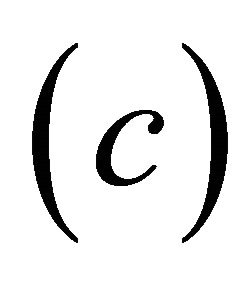 and that
and that  is contained in
is contained in
 .
.
If , then
, then

for each , consequently,
, consequently,

This demonstrates statement a).
To the non-commutative measure 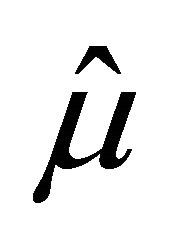 given on a
given on a  - algebra
- algebra 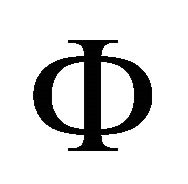 of subsets of the set
of subsets of the set  a quasi-linear operator with values in
a quasi-linear operator with values in 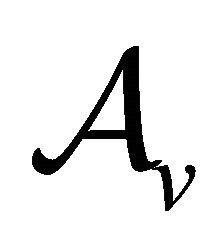 corresponds and due to Theorem 2.24 and Definitions 2.23 [18] this measure is completely characterized by the family of
corresponds and due to Theorem 2.24 and Definitions 2.23 [18] this measure is completely characterized by the family of 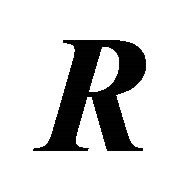 -valued measures
-valued measures , such that
, such that

where  with real-valued functions
with real-valued functions ,
,

for , for each
, for each 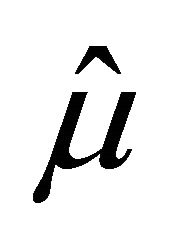 -integrable
-integrable 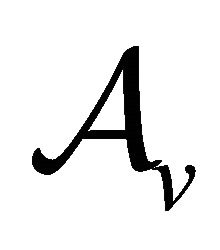 -valued function
-valued function 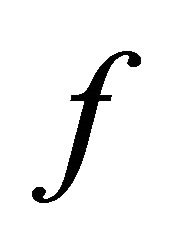 with components
with components , where
, where  . Then it can be defined the variation of the measure
. Then it can be defined the variation of the measure

by all finite disjoint systems  of subsets
of subsets  in
in  with
with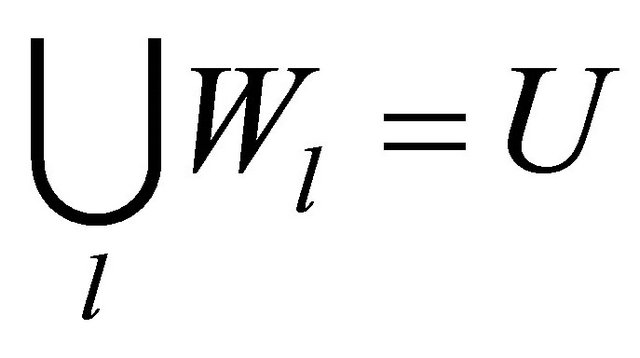 .
.
We have the embedding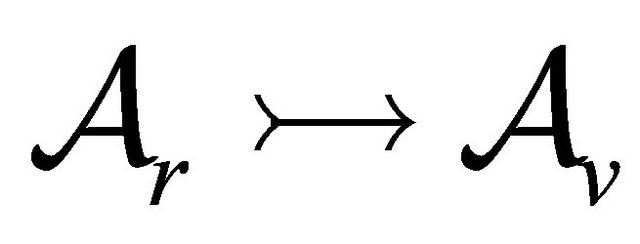 . Here we consider the Borel
. Here we consider the Borel 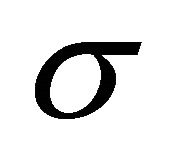 -algebra
-algebra  on the CayleyDickson algebra
on the CayleyDickson algebra . Mention that each Borel measure
. Mention that each Borel measure 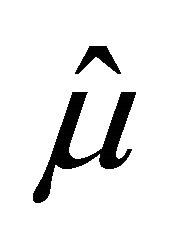 on
on  has a natural extension to a Borel measure on
has a natural extension to a Borel measure on 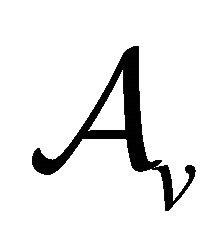 so that
so that . If
. If  is bounded, then it is the quasi-linear operator of the bounded variation with
is bounded, then it is the quasi-linear operator of the bounded variation with

moreover,  is
is  -additive on
-additive on , if
, if 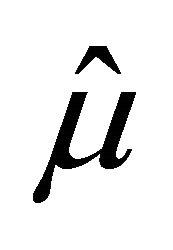 is
is 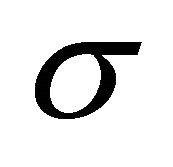 -additive, that is in the case considered here with
-additive, that is in the case considered here with  and
and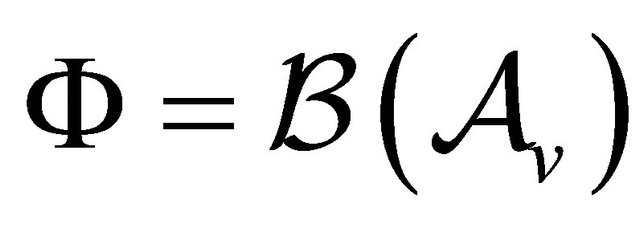 .
.
The function  we call
we call 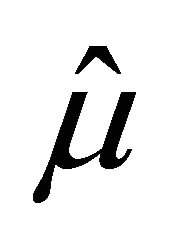 -measurable, if each its component
-measurable, if each its component  is
is 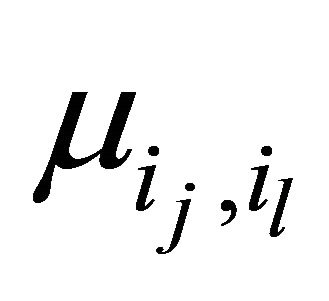 -measurable for each
-measurable for each 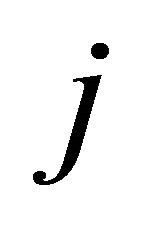 and
and  The space of all
The space of all 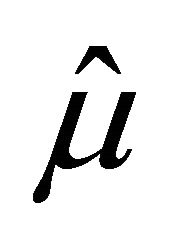 -measurable
-measurable  - valued functions
- valued functions 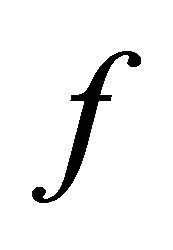 with
with

we denote by 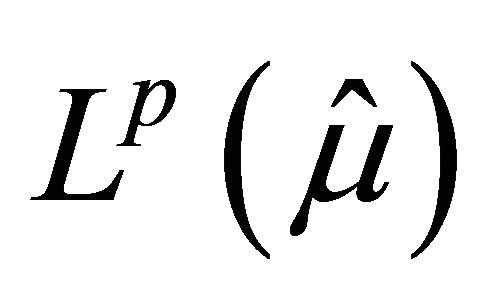 while
while , also
, also 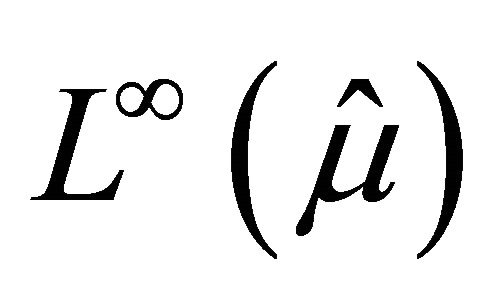 is the space of all
is the space of all 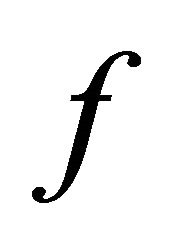 for which there exists
for which there exists

In details we write  instead of
instead of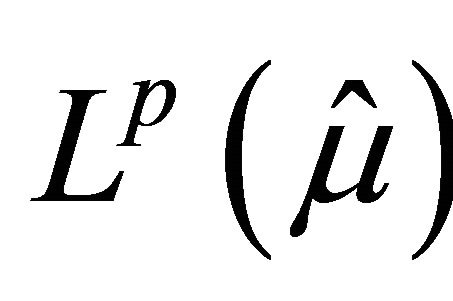 , where
, where

with  non-negative
non-negative  -measurable function
-measurable function  ,
,  ,
,

since the function  is real-valued. A subset
is real-valued. A subset  in
in  we call
we call 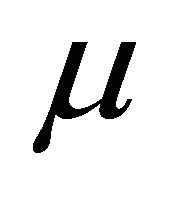 -zero-set, if
-zero-set, if , where
, where  is the extension of the complete variation V by the formula
is the extension of the complete variation V by the formula

for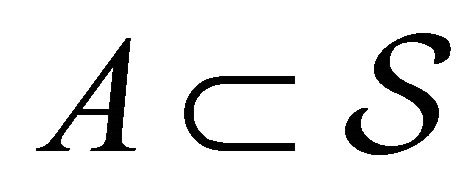 . An
. An  -valued measure
-valued measure  on
on  we call absolutely continuous relative to
we call absolutely continuous relative to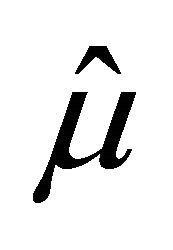 , if
, if 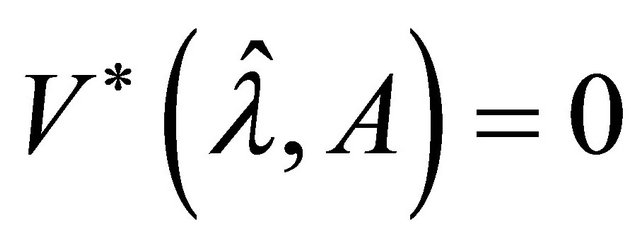 for each subset
for each subset  with
with . A measure
. A measure  we call positive, if each
we call positive, if each 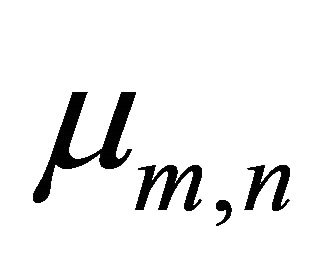 is non-negative and there exist indices
is non-negative and there exist indices 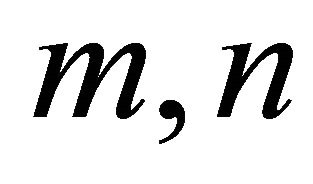 for which
for which 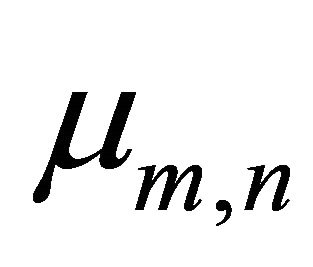 is positive (i.e. non-negative on its
is positive (i.e. non-negative on its 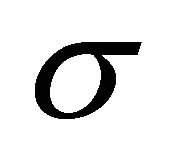 -algebra and positive on some elements of this
-algebra and positive on some elements of this  -algebra).
-algebra).
For a reference we formulate the following non-commutative variants of Radon-Nikodym’s theorem.
RNCD. Theorem. 1) If 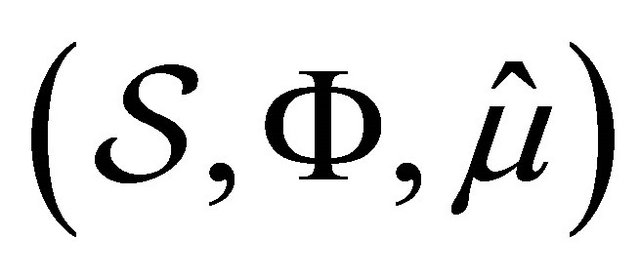 is a space with a
is a space with a 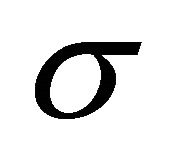 -finite positive
-finite positive 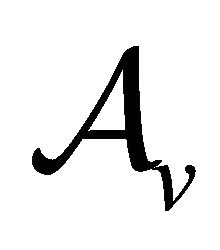 -valued measure
-valued measure , where 2 ≤ v ≤ 3, also
, where 2 ≤ v ≤ 3, also  is an absolutely continuous relative to
is an absolutely continuous relative to 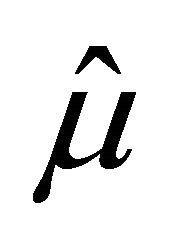 bounded
bounded  -valued measure defined on
-valued measure defined on , then there exists a unique function
, then there exists a unique function , such that
, such that  for each
for each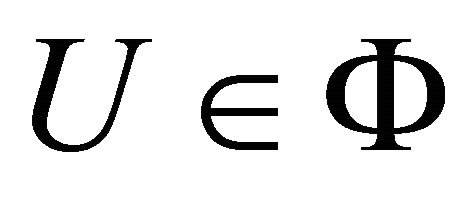 , moreover,
, moreover,

2) If  is a space with bounded
is a space with bounded 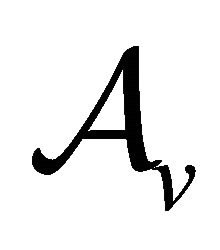 -valued measure
-valued measure , also
, also 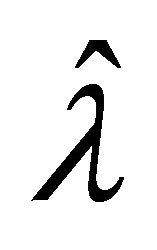 is an absolutely continuous relative to
is an absolutely continuous relative to 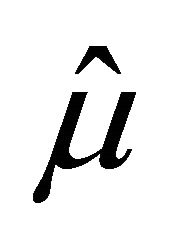
 -valued measure defined on
-valued measure defined on , where
, where , then there exists a unique function
, then there exists a unique function , such that
, such that  for each
for each .
.
Proof. This follows from the corresponding RadonNikodym’s theorems for R-valued and C-valued measures.
Recall the classical Radon-Nikodym theorem (III.10.2, 10.7 [19]). Let 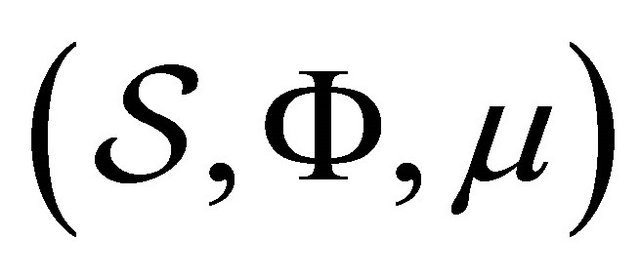 be a measure space with a
be a measure space with a 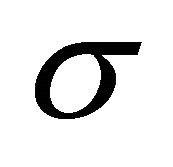 -finite positive measure
-finite positive measure  and let
and let 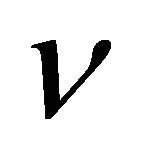 be a defined on
be a defined on 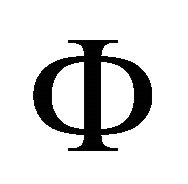 finite real-valued measure absolutely continuous relative to
finite real-valued measure absolutely continuous relative to , then there exists a unique function
, then there exists a unique function  such that
such that

for each , moreover,
, moreover, . Let
. Let  be a space with a finite complex-valued measure and let
be a space with a finite complex-valued measure and let 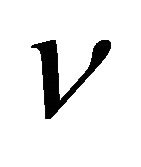 be a defined on
be a defined on  finite complex-valued measure absolutely continuous relative to
finite complex-valued measure absolutely continuous relative to , then there exists a unique function
, then there exists a unique function  such that
such that

for each .
.
In the quaternion skew field and the octonion algebra each equation of the form  or
or  for nonzero a has the solution
for nonzero a has the solution  or
or  respectively.
respectively.
On the other hand, a measure  is absolutely continuous relative to
is absolutely continuous relative to  for each
for each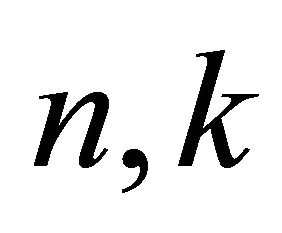 , consequently,
, consequently,  with
with
 and hence
and hence
 , where
, where . Analogously, one gets
. Analogously, one gets  with
with . Thus
. Thus 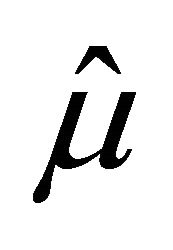 almost everywhere on
almost everywhere on  one obtains
one obtains

Continuation of the proof of Theorem 23.
The  -meta-invariance of T implies, that the families of subalgebras
-meta-invariance of T implies, that the families of subalgebras 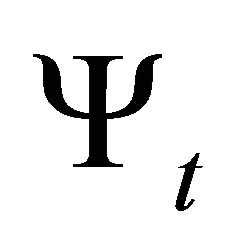 isomorphic with
isomorphic with 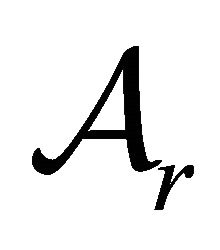 exist, which are defined on vector sub-spaces
exist, which are defined on vector sub-spaces  over
over 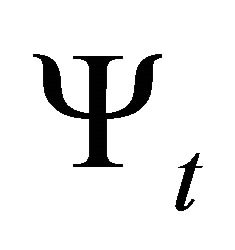 satisfying Conditions 2.9
satisfying Conditions 2.9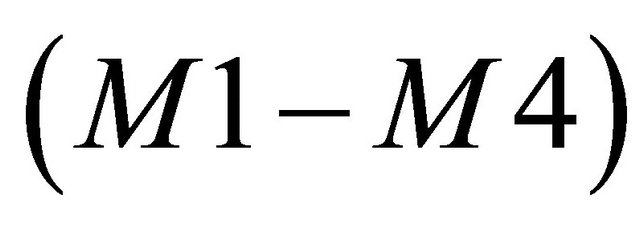 . Therefore, we take restrictions
. Therefore, we take restrictions 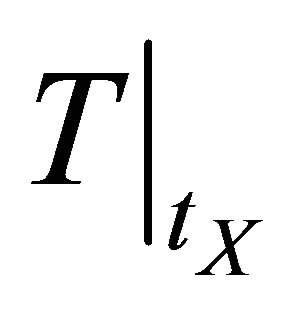 and reduce the consideration to the case over
and reduce the consideration to the case over 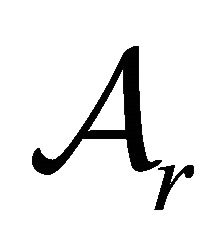 up to an isomorphism of the CayleyDickson algebras.
up to an isomorphism of the CayleyDickson algebras.
Recall that a mapping  of a topological space U into a topological space W is called closed if its graph
of a topological space U into a topological space W is called closed if its graph 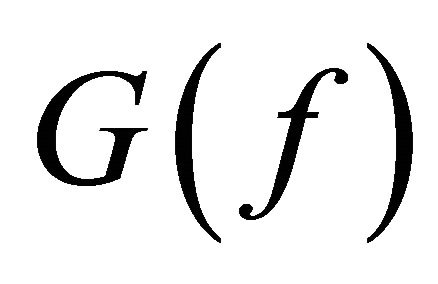 is a closed subset in
is a closed subset in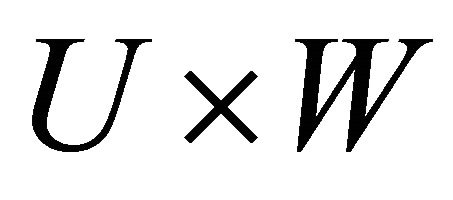 , where
, where
 . In view of criterion (14.1.1)
. In view of criterion (14.1.1)
[15] a mapping  has a closed graph if and only if for each net
has a closed graph if and only if for each net  in U converging to
in U converging to 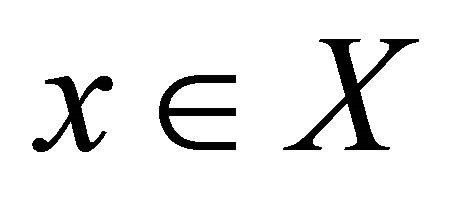 and with
and with 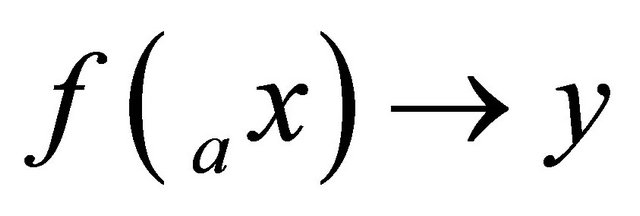 the equality
the equality  is fulfilled.
is fulfilled.
We now prove that 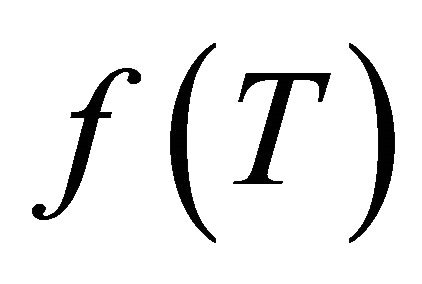 is a closed operator. For each
is a closed operator. For each  we have
we have  and
and  for each
for each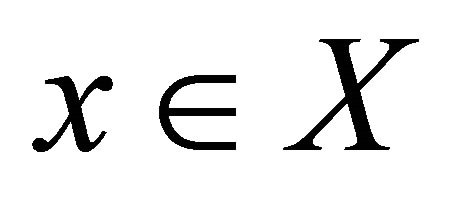 , consequently, a domain of definition
, consequently, a domain of definition  of
of  is everywhere dense in
is everywhere dense in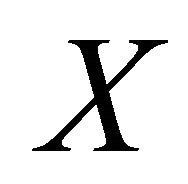 . Take a sequence
. Take a sequence  so that
so that  and
and . Then for each natural number
. Then for each natural number 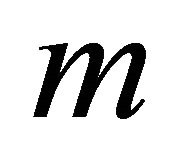 we get the equalities:
we get the equalities:

Thus
 hence
hence  and the operator
and the operator 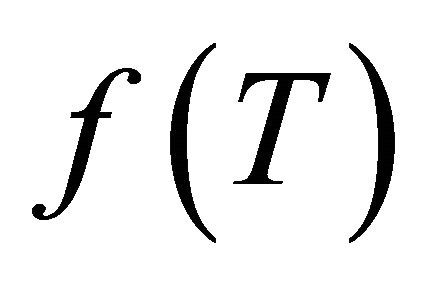 is closed.
is closed.
Let ,
,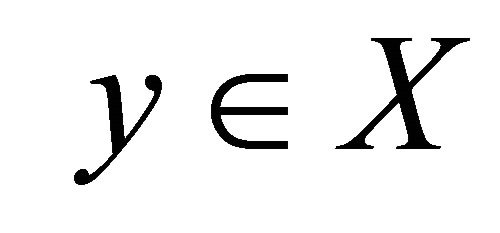 . Due to
. Due to 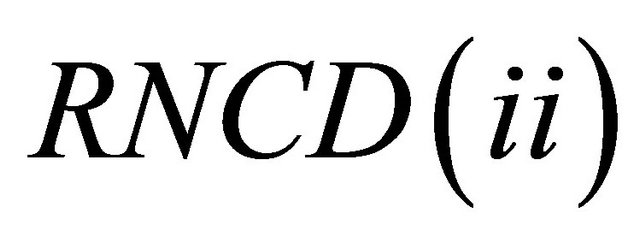 for the variation
for the variation  of the measure
of the measure 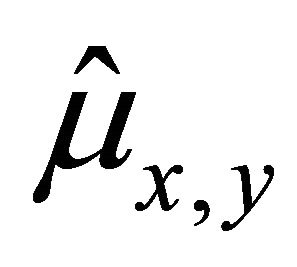 there exists a Borel measurable function
there exists a Borel measurable function , such that
, such that  for each
for each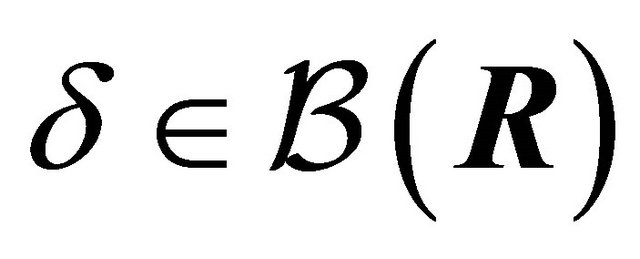 . From
. From 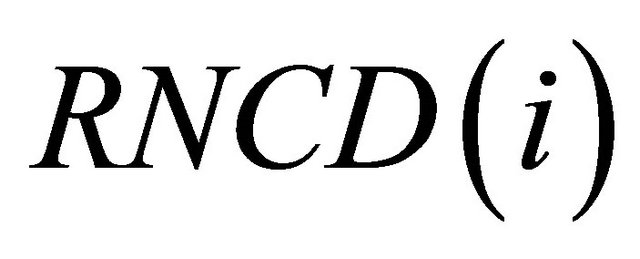 it follows that
it follows that 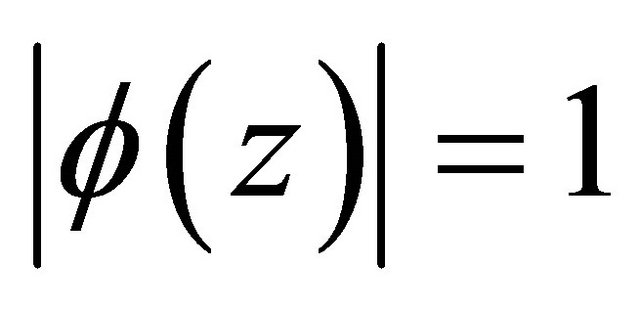
 -almost everywhere. Consider
-almost everywhere. Consider , then due to
, then due to 
 and
and

since  is the center of the Cayley-Dickson algebra and
is the center of the Cayley-Dickson algebra and  for each
for each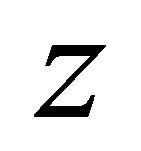 . Therefore,
. Therefore,
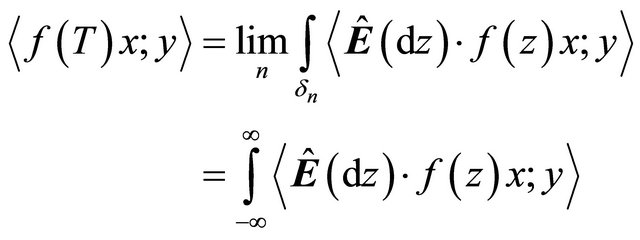
and from this it follows b).
d) From  for each
for each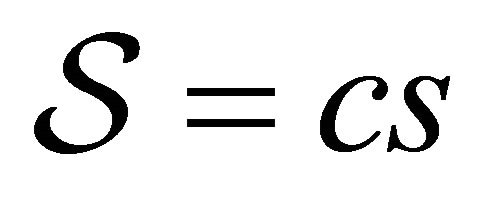 ,
,  ,
,  , where
, where 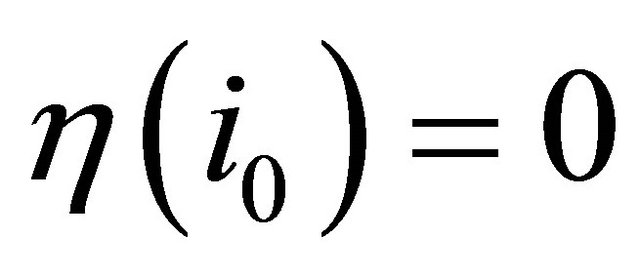 and
and  for each
for each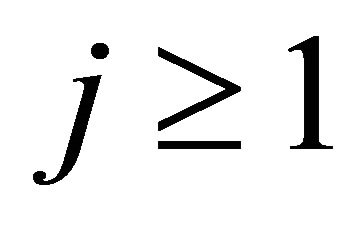 , it follows, that
, it follows, that . Take
. Take , then
, then

consequently, . If
. If , then for each
, then for each 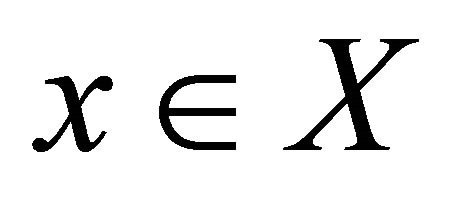 and
and  one gets that
one gets that

consequently,  converges to
converges to  for
for 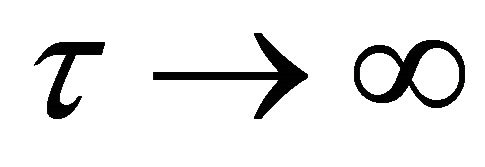 and inevitably
and inevitably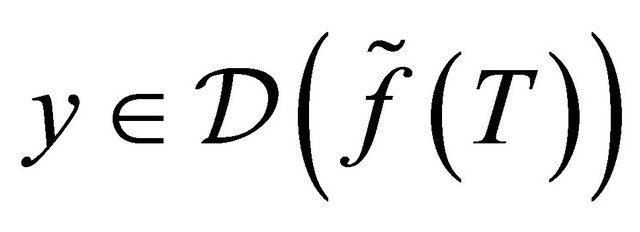 .
.
e) Due to Theorem 2.24 [18] the statement  follows from the fact that
follows from the fact that  is the decomposition of the unity for the bounded restriction
is the decomposition of the unity for the bounded restriction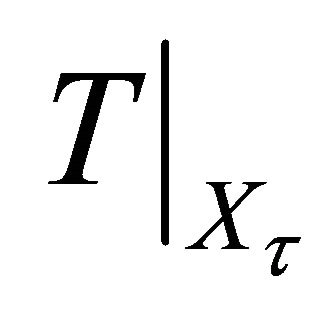 , where
, where . On the other hand,
. On the other hand,
 for each
for each 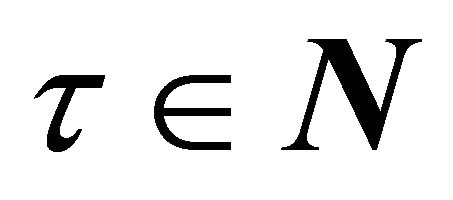 and
and
 . Clearly
. Clearly . Therefore,
. Therefore,

that finishes the proof.
24) Theorem. A bounded normal 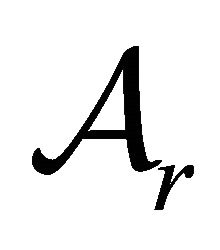 -meta-invariant operator
-meta-invariant operator 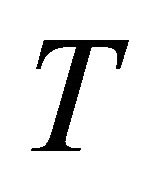 on a Hilbert space over the Cayley-Dickson algebra
on a Hilbert space over the Cayley-Dickson algebra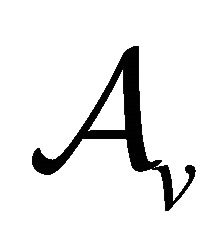 ,
, 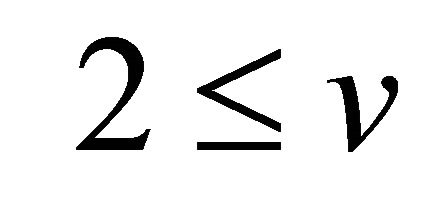 ,
,  , is unitary, Hermitian or positive if and only if
, is unitary, Hermitian or positive if and only if 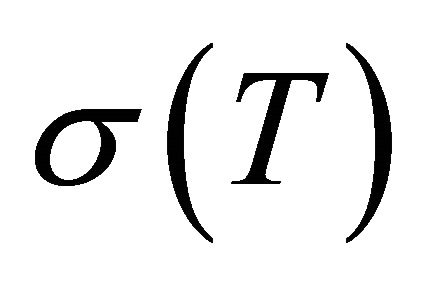 is contained in
is contained in ,
, 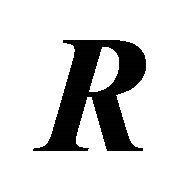 or
or 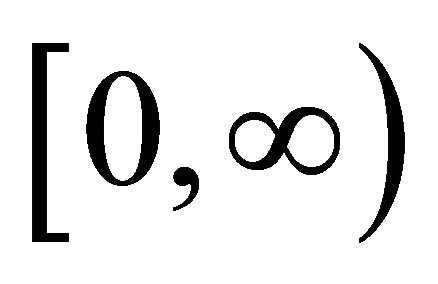 respectively.
respectively.
Proof. Due to Theorem 2.24 [18] the equality  is equivalent to
is equivalent to 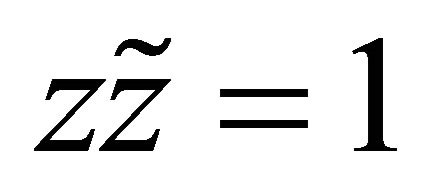 for each
for each  . If
. If , then
, then

for each . Applying Theorems 4 and 12 we get the statement of this theorem.
. Applying Theorems 4 and 12 we get the statement of this theorem.
25) Definition. A family  of bounded quasi-linear operators in a vector space X over the Cayley-Dickson algebra
of bounded quasi-linear operators in a vector space X over the Cayley-Dickson algebra ,
, 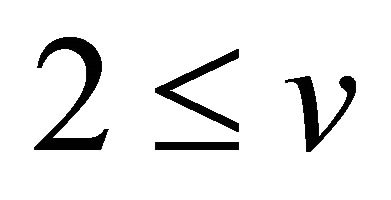 , is called a strongly continuous semigroup, if a)
, is called a strongly continuous semigroup, if a)  for each
for each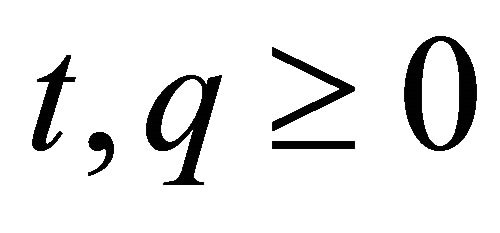 ;
;
b)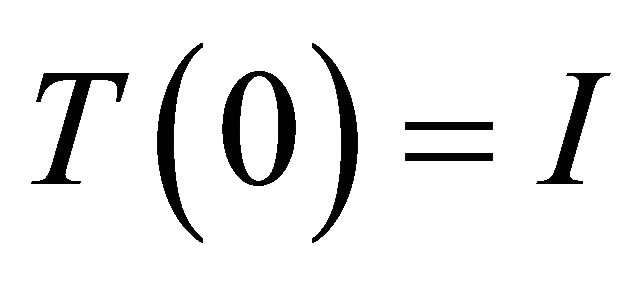 ;
;
c) 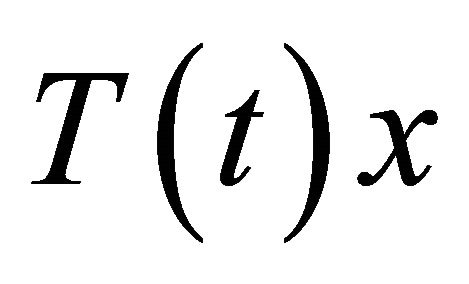 is a continuous function by
is a continuous function by  for each
for each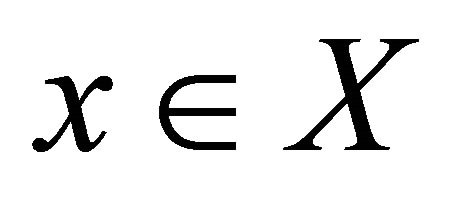 ;
;
For  let an operator
let an operator  be defined by the equality d)
be defined by the equality d)  for each
for each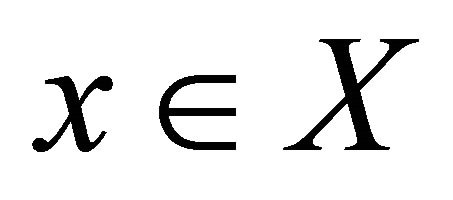 .
.
Denote by  the set of all vectors
the set of all vectors 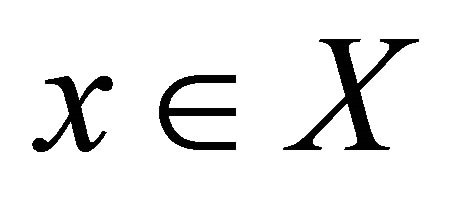 for which the limit
for which the limit  exists and put e)
exists and put e)  for each
for each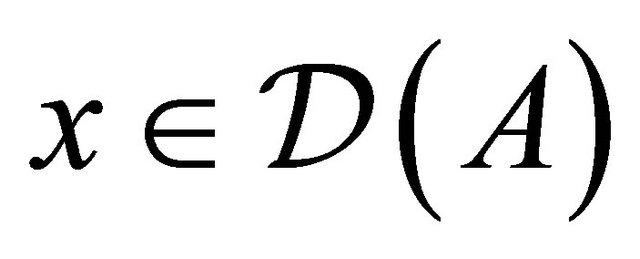 . This operator A is called an infinitesimal generator of the oneparameter semigroup
. This operator A is called an infinitesimal generator of the oneparameter semigroup .
.
26) Theorem. For each strongly continuous semigroup  of unitary quasi-linear
of unitary quasi-linear 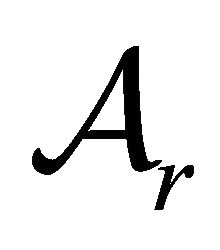 - meta-invariant operators in a Hilbert space X over the Cayley-Dickson algebra
- meta-invariant operators in a Hilbert space X over the Cayley-Dickson algebra ,
,  ,
,  , there exists a unique self-adjoint
, there exists a unique self-adjoint 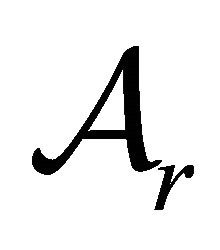 - meta-invariant quasi-linear operator B in X so that 1)
- meta-invariant quasi-linear operator B in X so that 1) 
2) 
for each , where
, where 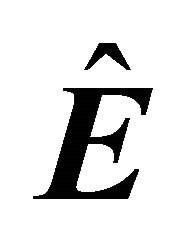 is an
is an  graded projection valued measure,
graded projection valued measure,  is a Borel function from
is a Borel function from  into
into .
.
If additionally 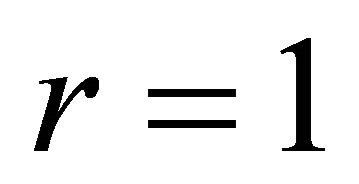 and
and 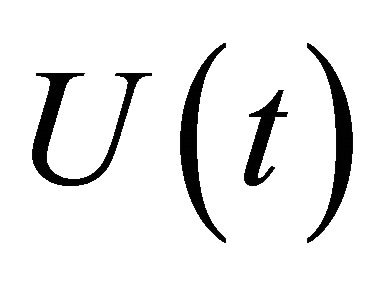 is either left or right
is either left or right 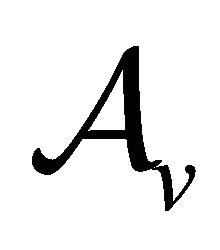 -linear operator for each t, then there exists a marked purely imaginary Cayley-Dickson number
-linear operator for each t, then there exists a marked purely imaginary Cayley-Dickson number 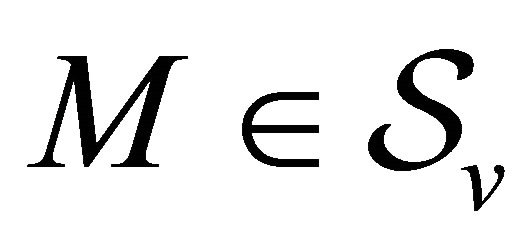 such that 3)
such that 3)  for each
for each .
.
Proof. For a marked  this was partially demonstrated in Section 10. Then we demonstrate it relative to the parameter t. Extent a semigroup
this was partially demonstrated in Section 10. Then we demonstrate it relative to the parameter t. Extent a semigroup  for
for  to a group
to a group  for each
for each  putting
putting .
.
Consider the space 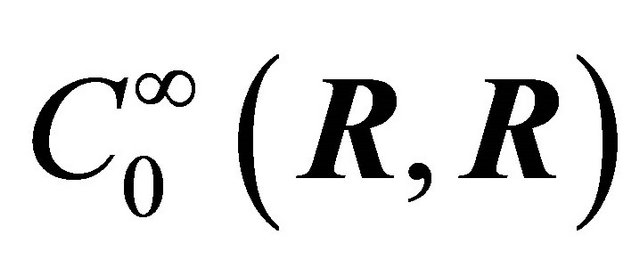 of all infinitely differentiable functions
of all infinitely differentiable functions  with compact support. For each
with compact support. For each  and
and  consider the integral 4)
consider the integral 4) 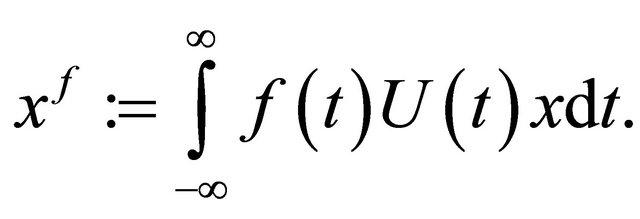
Since the group  is strongly continuous, this integral can be considered as the Riemann integral. Take the
is strongly continuous, this integral can be considered as the Riemann integral. Take the  -vector space
-vector space

Then we choose a function  with the support
with the support

and  for each b and
for each b and  on some interval
on some interval  and
and

where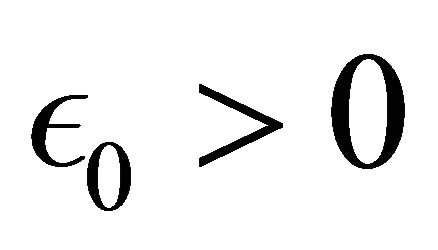 . Then we put
. Then we put 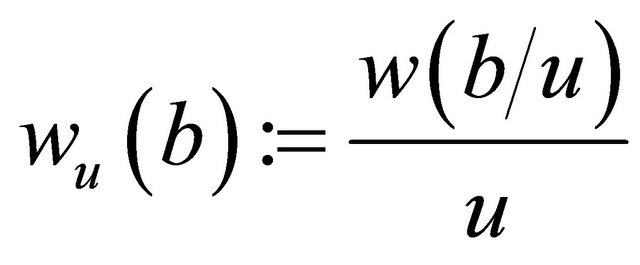 for
for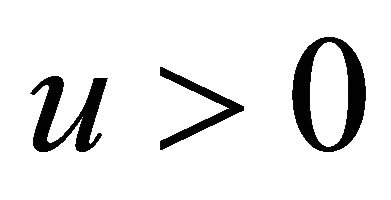 . It can be lightly seen that 5)
. It can be lightly seen that 5) 

The one-parameter group  is strongly continuous, consequently, the
is strongly continuous, consequently, the 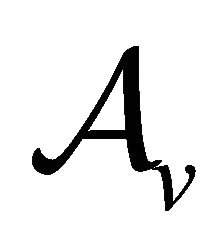 -vector space
-vector space 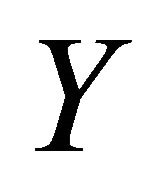 is everywhere dense in
is everywhere dense in . For
. For  we deduce 6)
we deduce 6) 

consequently,

since the function  uniformly converges to
uniformly converges to  on
on 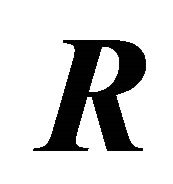 when
when  tends to zero. Then we put
tends to zero. Then we put . From the definition of
. From the definition of 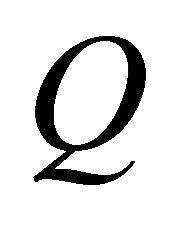 we get that
we get that  for each
for each  and
and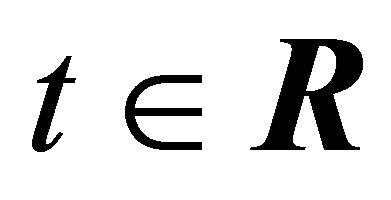 , since
, since 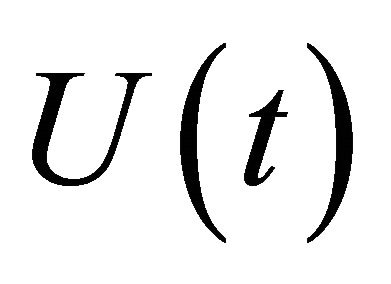 is the one-parameter group and
is the one-parameter group and  is the center of the Cayley-Dickson algebra
is the center of the Cayley-Dickson algebra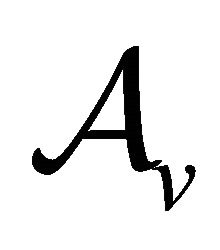 , which implies
, which implies
 .
.
Then the equalities are satisfied:

since  and
and

and 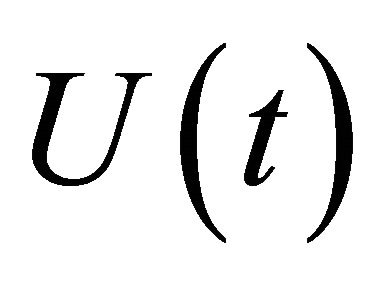 is the one-parameter group, consequently,
is the one-parameter group, consequently, 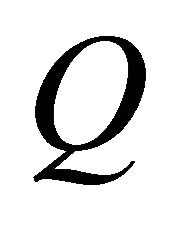 is the normal
is the normal 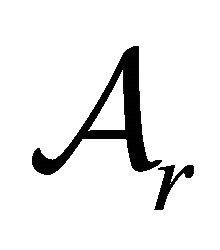 -meta-invariant operator. We have that
-meta-invariant operator. We have that
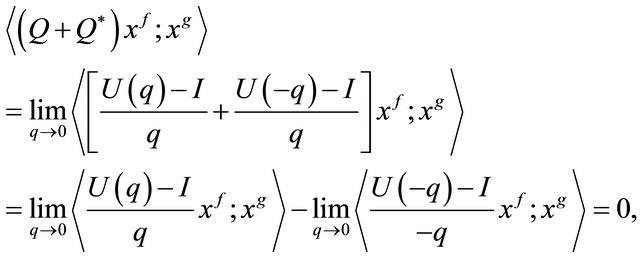
hence  and the operator
and the operator  is skew-adjoint.
is skew-adjoint.
Then  is self-adjoint on
is self-adjoint on . By Theorem 2.24 [18] it has the
. By Theorem 2.24 [18] it has the  graded projection valued measure
graded projection valued measure 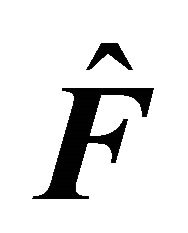 and
and
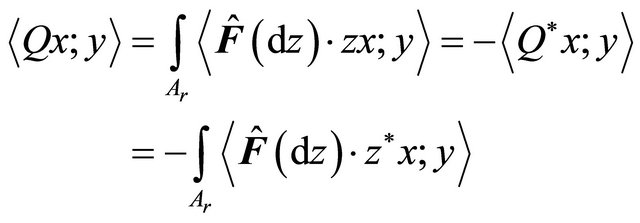
for each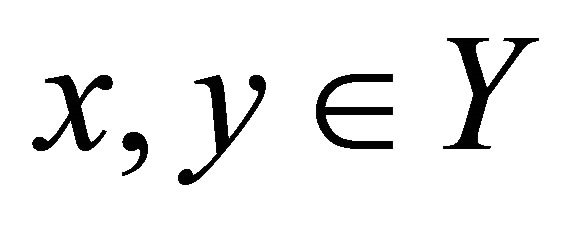 , since
, since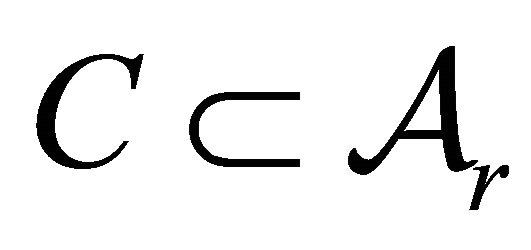 , consequently,
, consequently,
 . Take
. Take  and
and
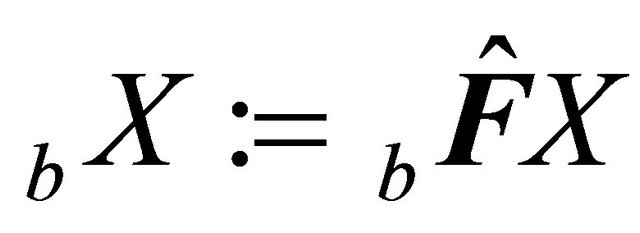 for
for , where
, where  denotes as usually the closed ball in
denotes as usually the closed ball in  with center at zero and of radius
with center at zero and of radius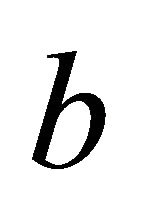 . Then
. Then

is the bounded operator on ,
,  up to an isomorphism of
up to an isomorphism of  Hilbert spaces. In view of Theorems 3.4 [18], 4, 9, 12 above the von Neumann algebra
Hilbert spaces. In view of Theorems 3.4 [18], 4, 9, 12 above the von Neumann algebra  over
over 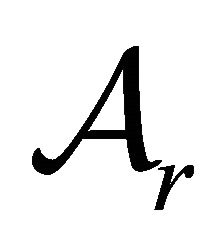 generated by
generated by  is-isomorphic with
is-isomorphic with  for an extremely disconnected compact topological space
for an extremely disconnected compact topological space . Then
. Then  is a skew-symmetric function
is a skew-symmetric function
 for each
for each  and hence has the form
and hence has the form  with
with  and
and  for each
for each , where
, where  and
and ,
,

denotes a*-isomorphism. We have that  for each Borel subsets
for each Borel subsets  and
and  contained in
contained in . Therefore, up to a*-isomorphism of
. Therefore, up to a*-isomorphism of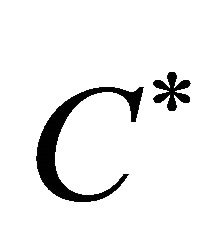 -algebras the aforementioned functions and algebras can be chosen consistent:
-algebras the aforementioned functions and algebras can be chosen consistent:  and
and 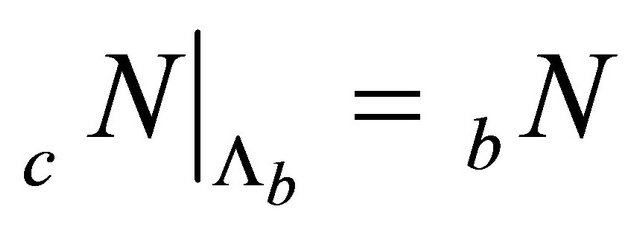 for each
for each .
.
Then we get  is the self-adjoint
is the self-adjoint 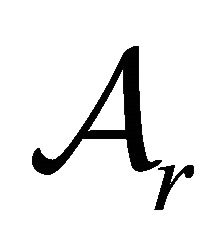 - meta-invariant operator with an
- meta-invariant operator with an 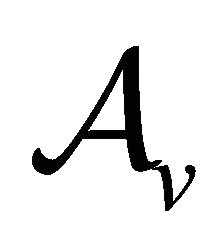 -graded projection valued measure
-graded projection valued measure  on
on  so that
so that

for each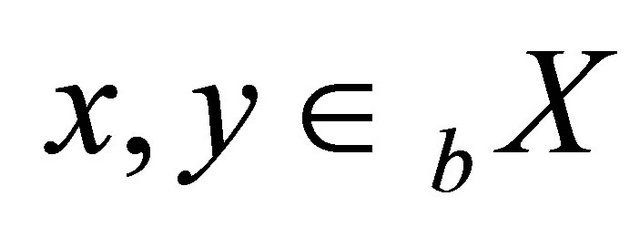 . Therefore,
. Therefore,

where  is a Borel function with values in
is a Borel function with values in  (see Theorems 15, 16).
(see Theorems 15, 16).
We now take a consistent family of  -graded projection valued measures
-graded projection valued measures 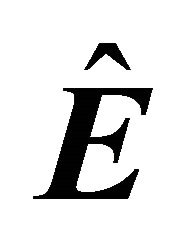 on
on 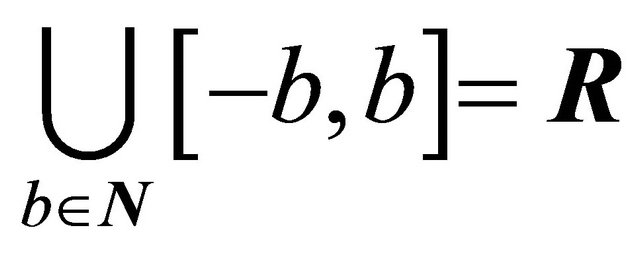 and put
and put

This operator is self-adjoint with a domain of definition  given by Theorem 21. Consider the operator
given by Theorem 21. Consider the operator

 . Since
. Since  for each
for each 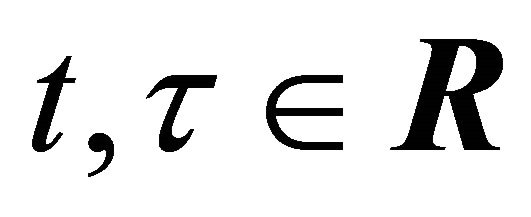 and
and  is the
is the  -graded projection valued measure on
-graded projection valued measure on , operators
, operators 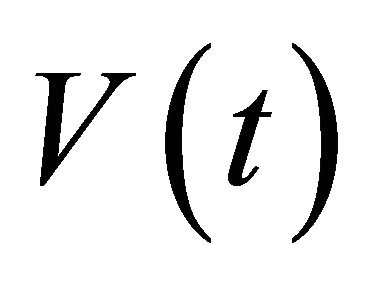 are well defined. Their family by
are well defined. Their family by 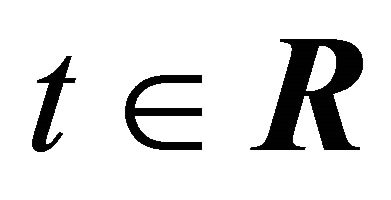 forms the one-parameter group of normal
forms the one-parameter group of normal  -meta-invariant unitary operators with a domain given by Theorem 24. Indeed, the projection valued measure
-meta-invariant unitary operators with a domain given by Theorem 24. Indeed, the projection valued measure 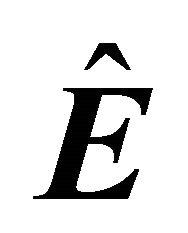 is
is  graded and
graded and

for each , since
, since  for every
for every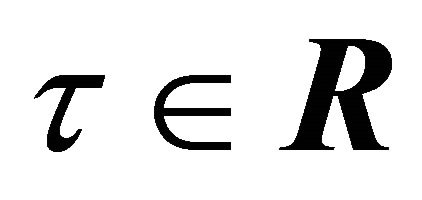 .
.
It remains to show that  for each
for each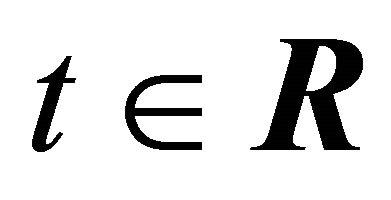 . There is the inclusion
. There is the inclusion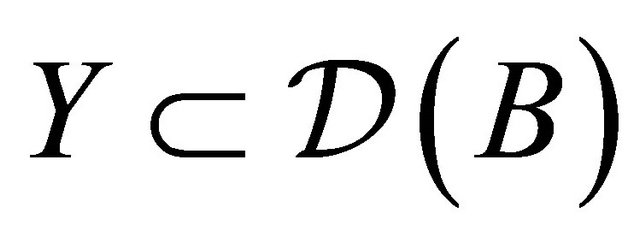 . Let
. Let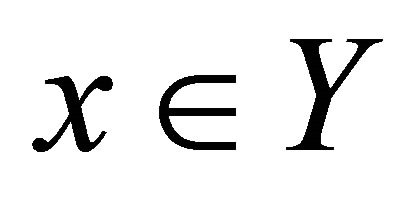 , then
, then
 and
and . On the other hand,
. On the other hand,
 for each
for each . We consider
. We consider
 and get
and get
 consequently,
consequently,
 since the operator Q is skew-symmetric. But
since the operator Q is skew-symmetric. But , consequently,
, consequently,  for each
for each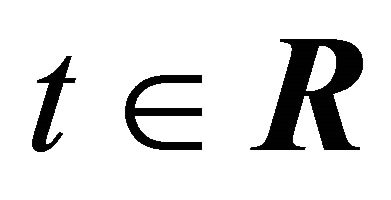 . Thus the equality
. Thus the equality  is fulfilled for each
is fulfilled for each  and
and . The
. The 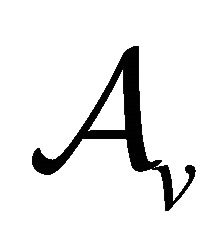 vector subspace Y is everywhere dense in X, consequently,
vector subspace Y is everywhere dense in X, consequently,  for each
for each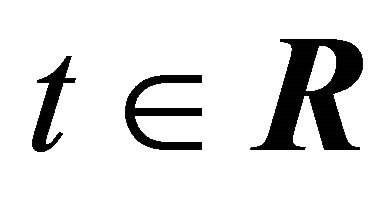 .
.
When the one-parameter group  satisfies additional conditions either left or right
satisfies additional conditions either left or right 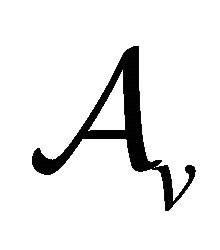 -linearity and
-linearity and , then there exists a marked purely imaginary Cayley-Dickson number
, then there exists a marked purely imaginary Cayley-Dickson number 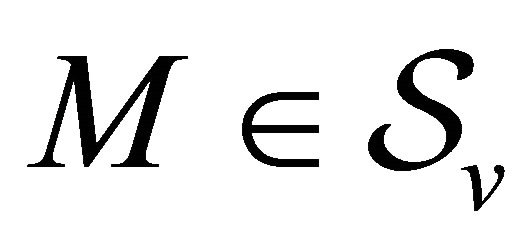 such that
such that  for each
for each  due to Theorem 10 and the proof above, since in this case
due to Theorem 10 and the proof above, since in this case  and
and 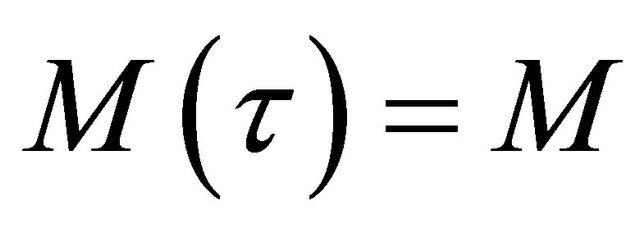 are constants in accordance with Conditions 25
are constants in accordance with Conditions 25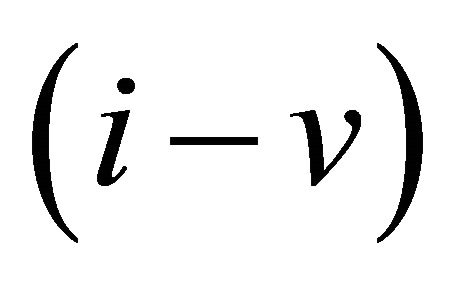 .
.
27) Remark. Another way of the preceding theorem proof in the particular case 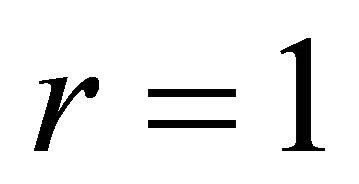 and either left or right
and either left or right 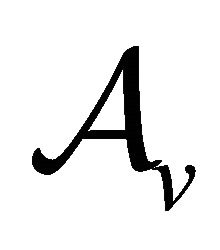 linear operators
linear operators 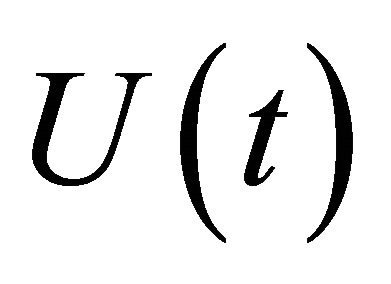 for each t is the following.
for each t is the following.
If 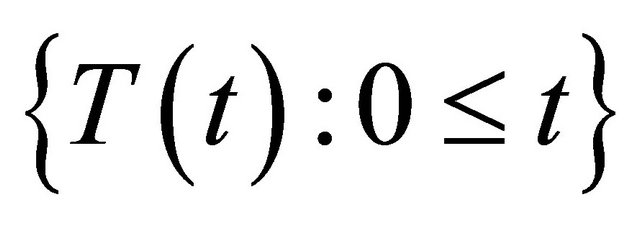 is a semigroup continuous in the operator norm topology (see also the complex case in Theorem VIII.1.2 [19]), then there exists a bounded
is a semigroup continuous in the operator norm topology (see also the complex case in Theorem VIII.1.2 [19]), then there exists a bounded 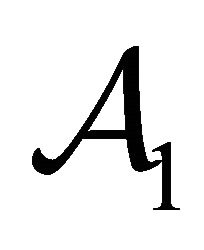 -meta-invariant either left or right
-meta-invariant either left or right  -linear operator
-linear operator 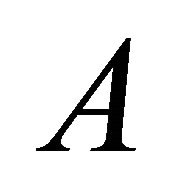 on
on  such that
such that  for each
for each . If
. If , then
, then

for . For such
. For such  due to the Lebesgue theorem:
due to the Lebesgue theorem:
 also by Lemma 2.8 there exists
also by Lemma 2.8 there exists
 .
.
For each 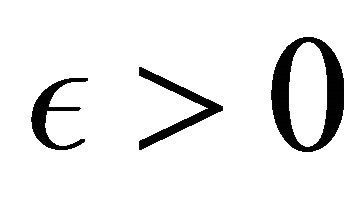 let
let , where
, where , for which there exists
, for which there exists , the set of all such
, the set of all such 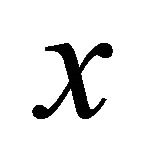 we denote by
we denote by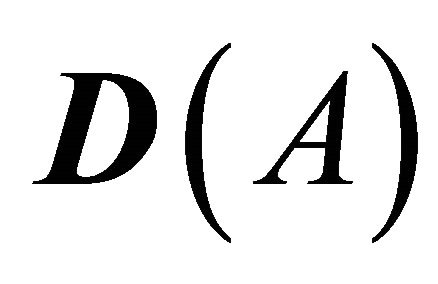 . Evidently,
. Evidently,  is the
is the 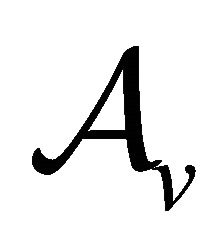 - vector subspace in X. Take some infinitesimal quasilinear operator
- vector subspace in X. Take some infinitesimal quasilinear operator . Considering
. Considering  as the Banach space over
as the Banach space over , we get the analogs of Lemmas 3, 4, 7, Corollaries 5, 9 and Theorem 10 from
, we get the analogs of Lemmas 3, 4, 7, Corollaries 5, 9 and Theorem 10 from 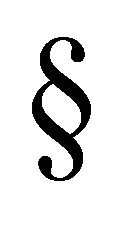 VIII.1 [19], moreover,
VIII.1 [19], moreover, 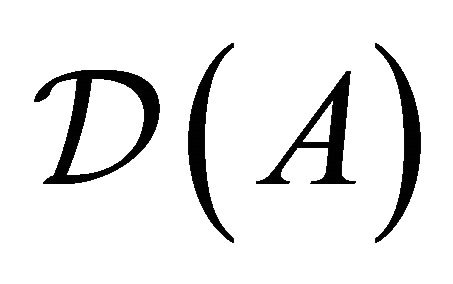 is dense in X, also A is the closed quasi-linear
is dense in X, also A is the closed quasi-linear 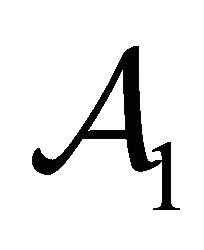 -meta-invariant operator on
-meta-invariant operator on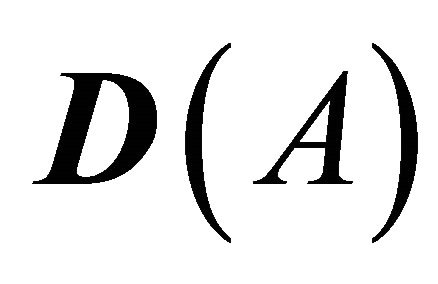 . Let
. Let  and
and 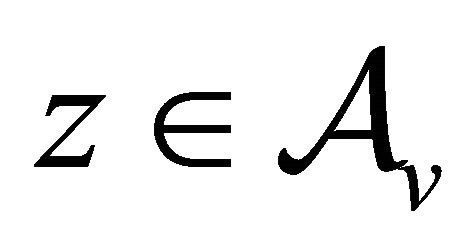 with
with . For each
. For each  due to Corollary VIII.1.5 [19] a constant
due to Corollary VIII.1.5 [19] a constant 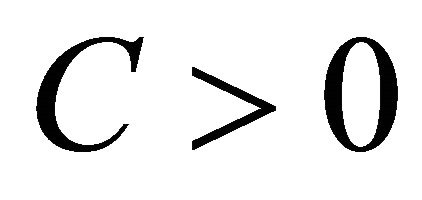 exists such that
exists such that
 for each
for each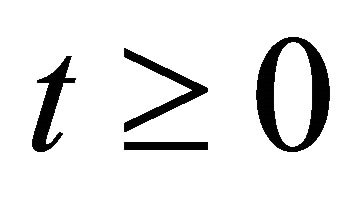 . Then there exists
. Then there exists
 for each
for each 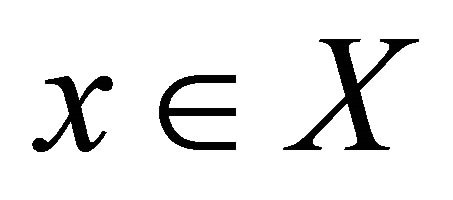 and
and , consequently,
, consequently, .
.
Let  be a quasi-linear operator corresponding to
be a quasi-linear operator corresponding to  instead of
instead of  for
for , where
, where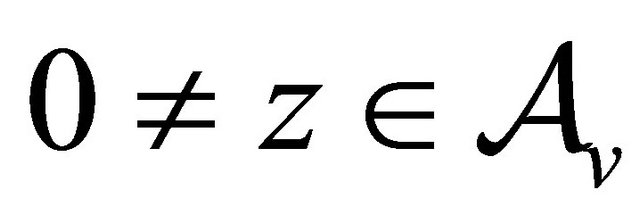 , moreover,
, moreover, . Then
. Then
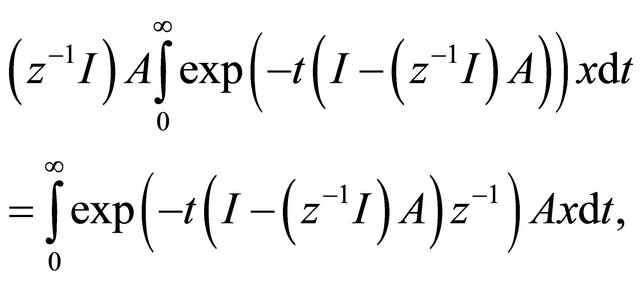
consequently,  for each
for each 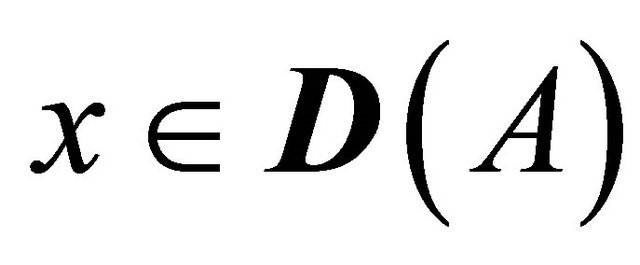 and
and . Thus,
. Thus,

for each  and
and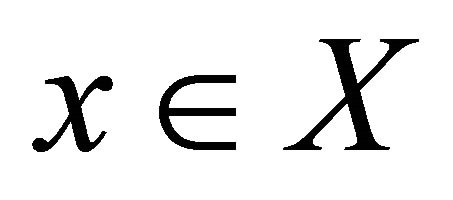 .
.
From 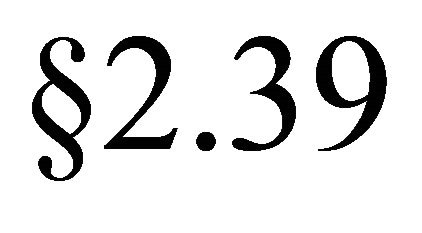 [18] it follows, that for the quasi-linear operator A the quasi-linear operator B exists such that
[18] it follows, that for the quasi-linear operator A the quasi-linear operator B exists such that , where
, where ,
,  ,
,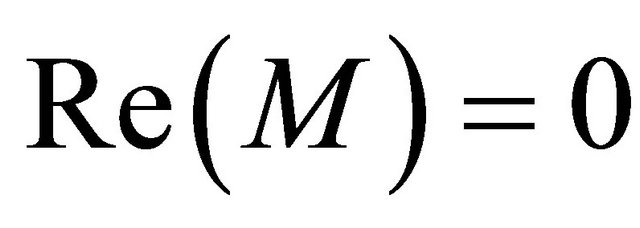 . In view of the identities
. In view of the identities  we get that A commutes with
we get that A commutes with  and
and . From the equality
. From the equality  it follows, that we can choose
it follows, that we can choose . If
. If  is the decomposition of the unity for B and
is the decomposition of the unity for B and , then by Theorem 2.30 [18] we have
, then by Theorem 2.30 [18] we have

then due to the Fubini theorem one gets the equality
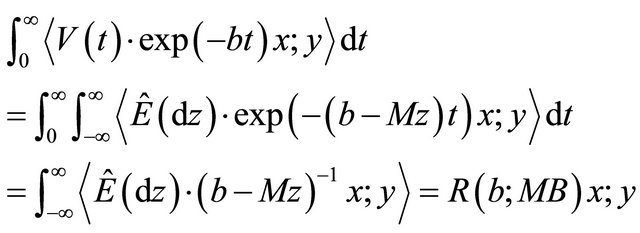
for each  with
with . Therefore, we infer
. Therefore, we infer

for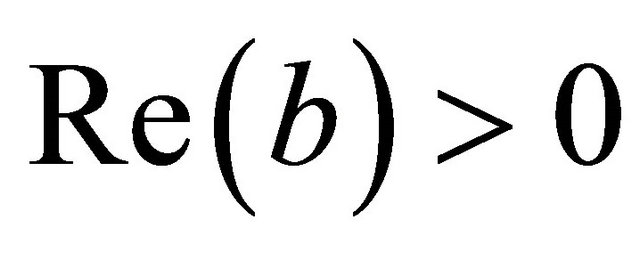 . Due to Lemma
. Due to Lemma  the equality
the equality

is fulfilled for each 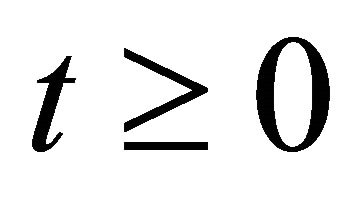 and for every
and for every  with
with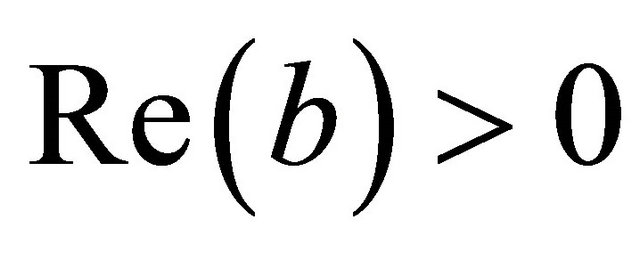 , consequently,
, consequently, .
.
28) Definitions. A topological  -vector space
-vector space  is called locally convex, if it has a base of open neighborhoods of zero consisting of
is called locally convex, if it has a base of open neighborhoods of zero consisting of 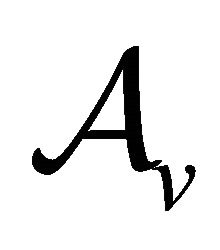 -convex open subsets
-convex open subsets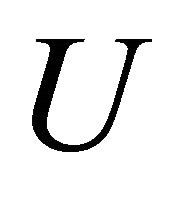 , that is
, that is  for each
for each  with
with  and every
and every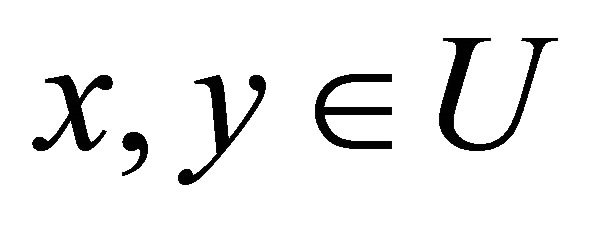 . Let
. Let  be an
be an 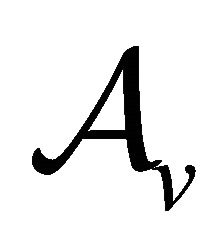 -vector locally convex space. Consider left and right and two sided
-vector locally convex space. Consider left and right and two sided  -vector spans of the family of vectors
-vector spans of the family of vectors , where
, where


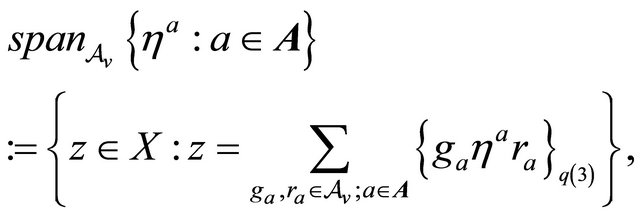
where  is a vector prescribing an order of the multiplication in the curled brackets.
is a vector prescribing an order of the multiplication in the curled brackets.
29) Lemma. In the notation of 

Proof. Due to the continuity of the addition and multiplication on scalars of vectors in X and using the convergence of nets in X, it is sufficient to prove the statement of this lemma for a finite set A. Then the space  is finite dimensional over
is finite dimensional over  and evidently left and right
and evidently left and right 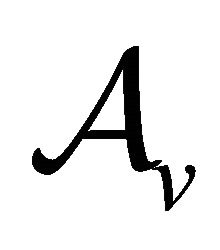 -vector spans are contained in it. Then in Y it can be chosen a basis over
-vector spans are contained in it. Then in Y it can be chosen a basis over 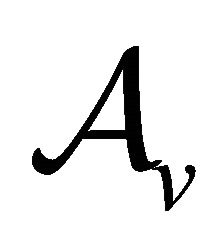 and each vector can be written in the form
and each vector can be written in the form  , where
, where .
.
Each  can be written in the polar form
can be written in the polar form  , where
, where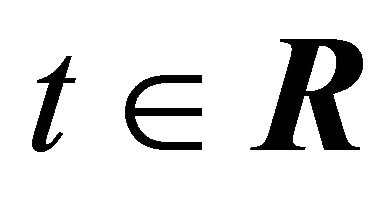 ,
,  is a real parameter, and M is a purely imaginary Cayley-Dickson number,
is a real parameter, and M is a purely imaginary Cayley-Dickson number,  of unit absolute value
of unit absolute value  and
and . Hence
. Hence  for each
for each 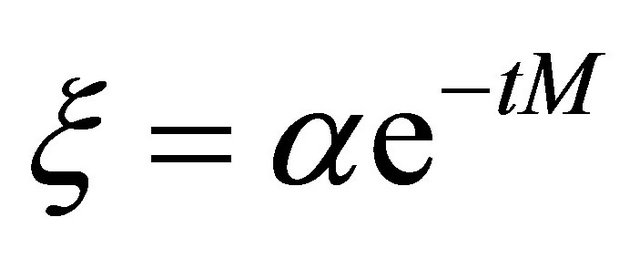 with real parameter
with real parameter , and a Cayley-Dickson number
, and a Cayley-Dickson number , since the real field
, since the real field  is the center of the Cayley-Dickson algebra
is the center of the Cayley-Dickson algebra .
.
On the other hand,  , where
, where  are pairwise isomorphic
are pairwise isomorphic 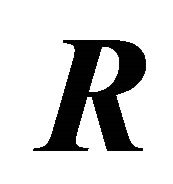 -linear locally convex spaces. Therefore, we have
-linear locally convex spaces. Therefore, we have

that together with the inclusion

proved above leads to the statement of this lemma.
30) Lemma. Let X be a Hilbert space over the CayleyDickson algebra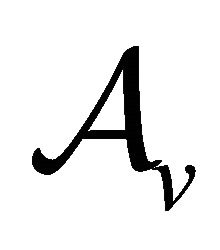 , also
, also  be the same space considered over the real field R. A vector
be the same space considered over the real field R. A vector  is orthogonal to an
is orthogonal to an 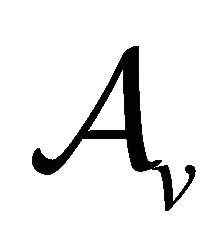 -vector subspace Y in X relative to the
-vector subspace Y in X relative to the 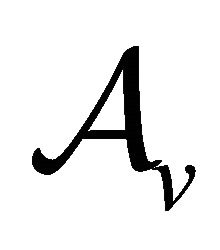 -valued scalar product in X if and only if x is orthogonal to
-valued scalar product in X if and only if x is orthogonal to  relative to the scalar product in
relative to the scalar product in . The space X is isomorphic to the standard Hilbert space
. The space X is isomorphic to the standard Hilbert space  over
over  of converging relative to the norm sequences or nets
of converging relative to the norm sequences or nets  with the scalar product
with the scalar product , moreover,
, moreover,
 , where
, where 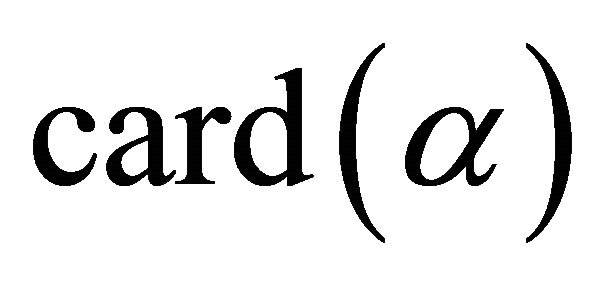 is the cardinality of a set
is the cardinality of a set ,
,  ,
,  denotes the topological density of X.
denotes the topological density of X.
Proof. Due to Lemma 29 and by the transfinite induction in Y, an 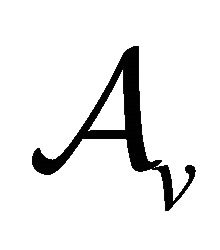 -vector independent system of vectors
-vector independent system of vectors  exists, such that
exists, such that  is everywhere dense in Y. In another words in Y, a Hamel basis over
is everywhere dense in Y. In another words in Y, a Hamel basis over 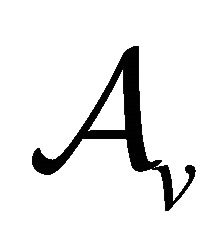 exists. A vector x by the definition is orthogonal to Y if and only if
exists. A vector x by the definition is orthogonal to Y if and only if  for each
for each , that is equivalent to
, that is equivalent to 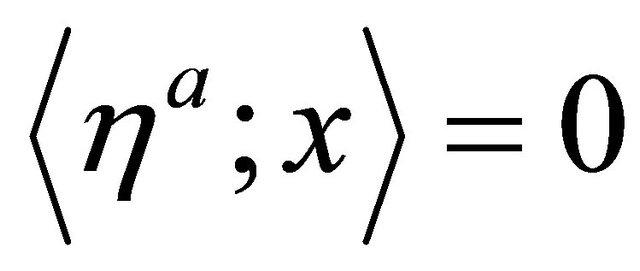 for each
for each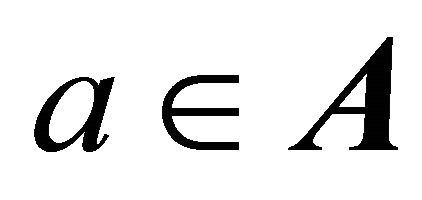 . The space X is isomorphic to the direct sum
. The space X is isomorphic to the direct sum
 , where
, where are the pairwise isomorphic Hilbert spaces over
are the pairwise isomorphic Hilbert spaces over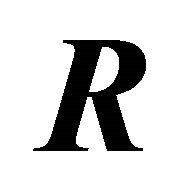 , also
, also . The scalar product
. The scalar product 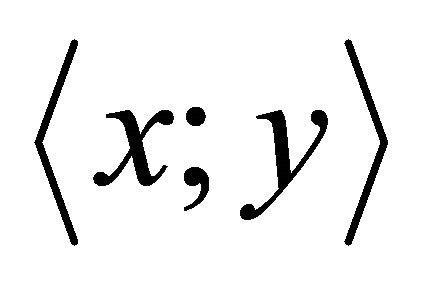 in
in 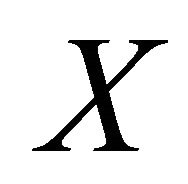 then can be written in the form 1)
then can be written in the form 1) where
where  due to
due to  above. Then the scalar product
above. Then the scalar product  in
in 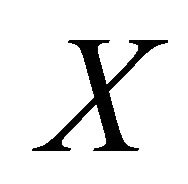 induces the scalar product.
induces the scalar product.
2) .
.
in . Therefore, the orthogonality of x to the subspace Y relative to
. Therefore, the orthogonality of x to the subspace Y relative to 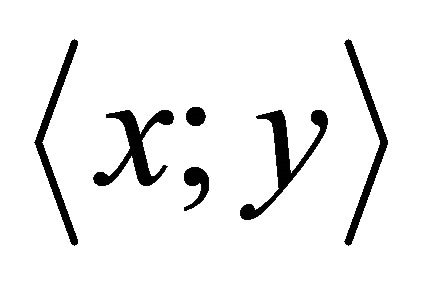 is equivalent to
is equivalent to  for every
for every 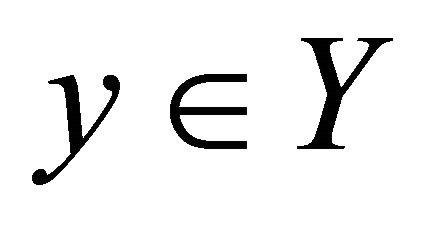 and each k, n, that implies the orthogonality of x to the subspace
and each k, n, that implies the orthogonality of x to the subspace 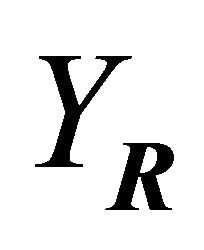 relative to
relative to . Due to Lemma 31 from
. Due to Lemma 31 from  it follows, that
it follows, that 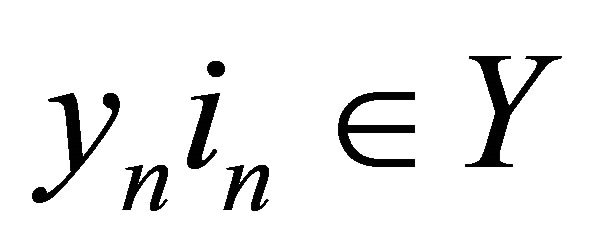 for each
for each . If
. If , then
, then , where either
, where either  or
or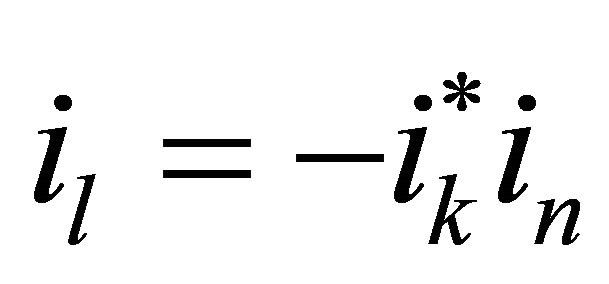 . Moreover, by the definition Y is the two-sided module over the CayleyDickson algebra
. Moreover, by the definition Y is the two-sided module over the CayleyDickson algebra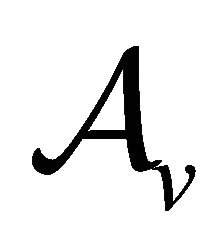 . Then from
. Then from  for each
for each 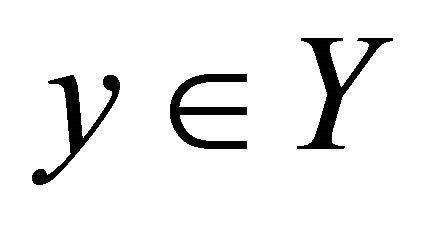 and
and  due to Formula 2.8 (SP) it follows, that
due to Formula 2.8 (SP) it follows, that 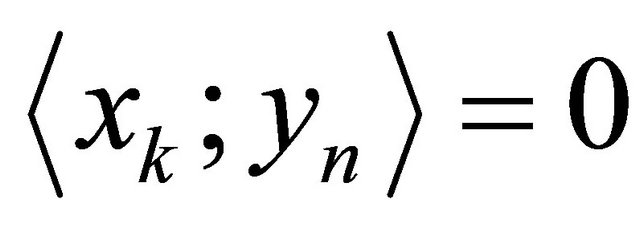 for each k, n, since Y is the
for each k, n, since Y is the 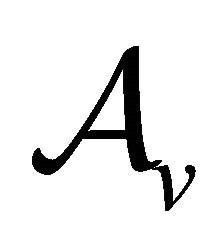 -vector space, consequently,
-vector space, consequently, 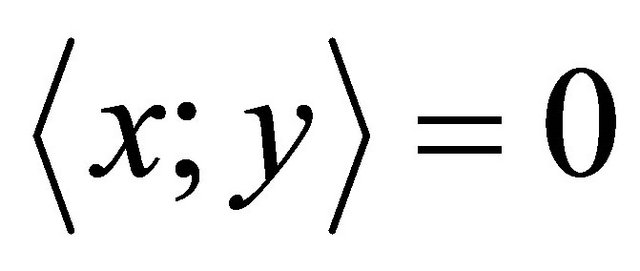 for each
for each .
.
Then by the theorem about transfinite induction [14] in X, the orthogonal basis over  exists, in which every vector can be presented in the form of the converging series of left (or right)
exists, in which every vector can be presented in the form of the converging series of left (or right)  -vector combinations of basic vectors. The real Hilbert space
-vector combinations of basic vectors. The real Hilbert space 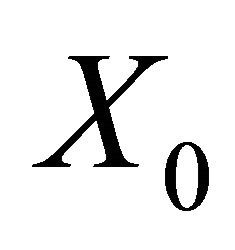 is isomorphic with
is isomorphic with , consequently,
, consequently,  is isomorphic with
is isomorphic with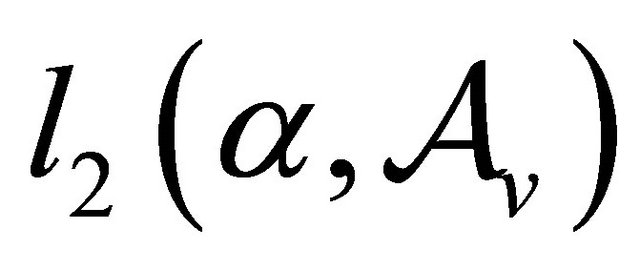 . The Cayley-Dickson algebra
. The Cayley-Dickson algebra 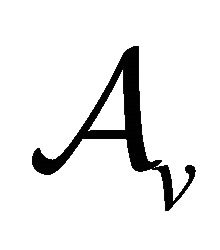 is normed, while the real field R is separable, hence
is normed, while the real field R is separable, hence . The space X is normed, consequently, the base of neighborhoods of x is countable for each
. The space X is normed, consequently, the base of neighborhoods of x is countable for each , hence for the topological density it is accomplished the equality
, hence for the topological density it is accomplished the equality . Particularly, for a finite dimensional algebra
. Particularly, for a finite dimensional algebra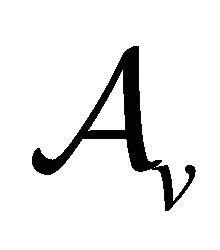 , i.e.
, i.e. , and
, and  one gets
one gets .
.
31) Lemma. For each quasi-linear operator T in a Hilbert space X over the Cayley-Dickson algebra 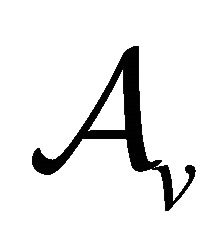 an adjoint operator
an adjoint operator  in X relative to the
in X relative to the  -scalar product induces an adjoint operator
-scalar product induces an adjoint operator  in
in  relative to the
relative to the  -valued scalar product in
-valued scalar product in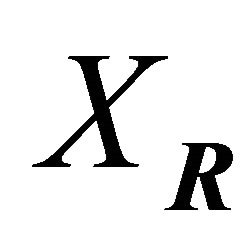 .
.
Proof. Let 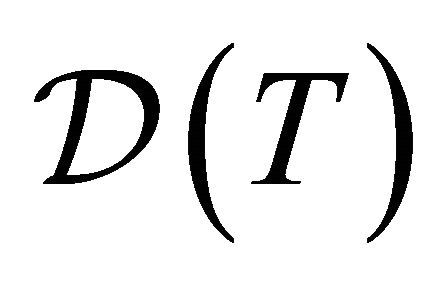 be a domain of the definition of an operator T, which is dense in X. Due to Formulas 30
be a domain of the definition of an operator T, which is dense in X. Due to Formulas 30 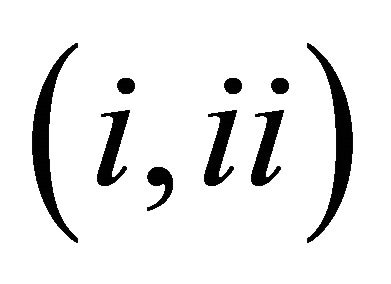 and the existence of the R-linear automorphisms
and the existence of the R-linear automorphisms 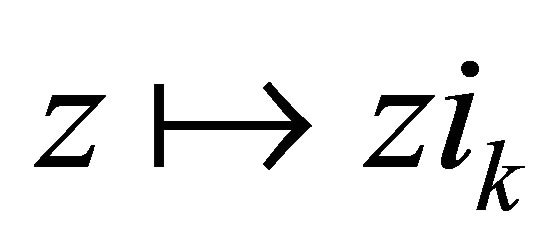 in
in 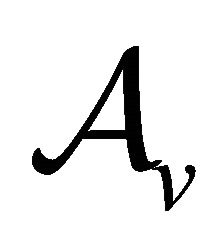 as the R-linear space for each
as the R-linear space for each
 , the continuity of scalar products
, the continuity of scalar products 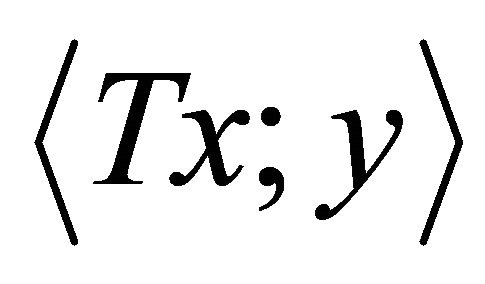 implies that of
implies that of 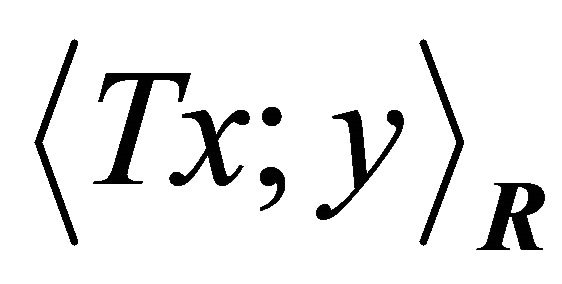 by
by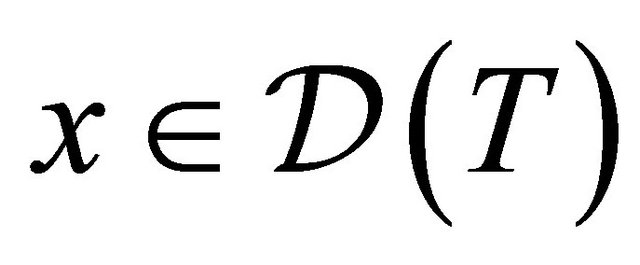 . For
. For  these continuities are equivalent. Therefore, due to Lemma 29 the family of all
these continuities are equivalent. Therefore, due to Lemma 29 the family of all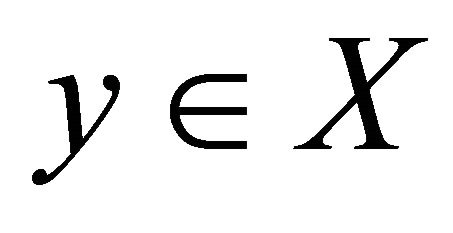 , for which
, for which  is continuous by
is continuous by  forms an
forms an  -vector subspace in X and this provides a domain of the definition
-vector subspace in X and this provides a domain of the definition 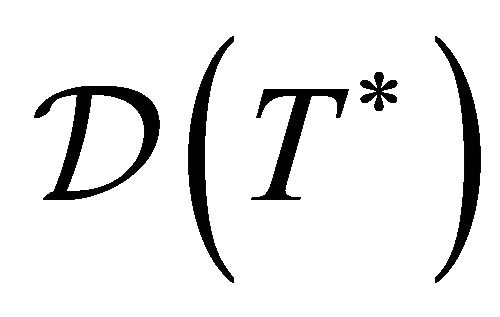 of the operator
of the operator 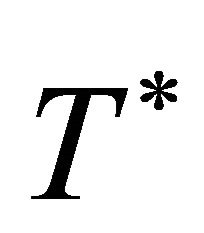 everywhere dense in
everywhere dense in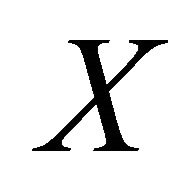 . Then the adjoint operator
. Then the adjoint operator 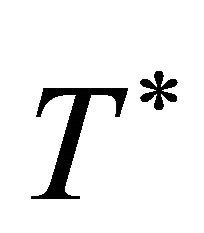 is defined by the equality
is defined by the equality , also
, also  is given by the way of
is given by the way of , where
, where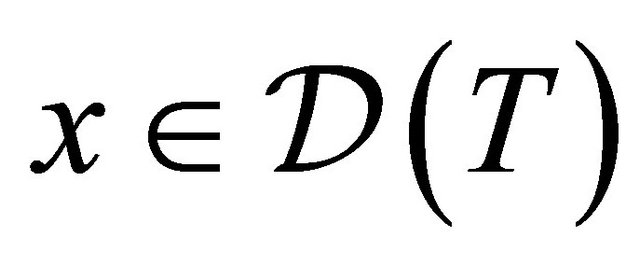 , also
, also
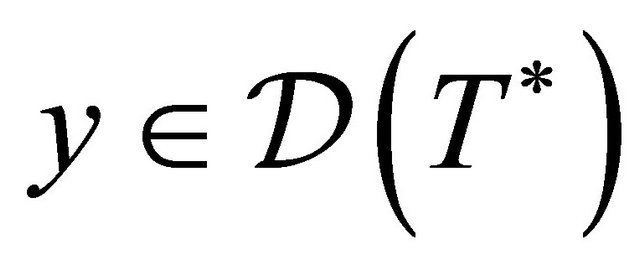 . Due to Formula 30
. Due to Formula 30 one deduces
one deduces  for each
for each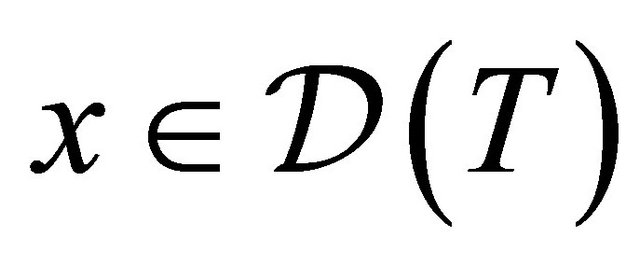 ,
,
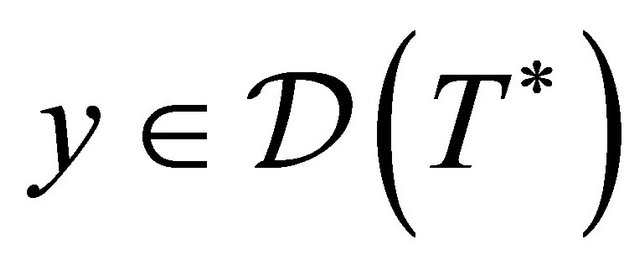 and
and . In view of Propositions 2.22.18 and 2.22.20 [18] and Lemma 29 above
. In view of Propositions 2.22.18 and 2.22.20 [18] and Lemma 29 above  and
and 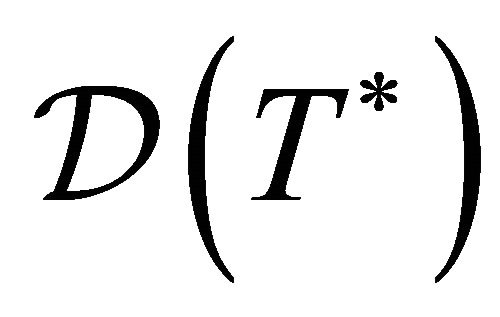 are
are  -vector spaces, then the family of
-vector spaces, then the family of 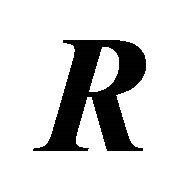 -linear automorphisms of the CayleyDickson algebra
-linear automorphisms of the CayleyDickson algebra 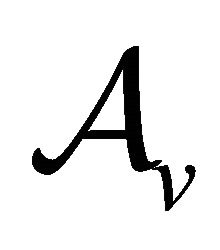 as the
as the 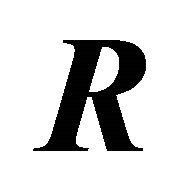 -linear space given above lead to the conclusion that
-linear space given above lead to the conclusion that 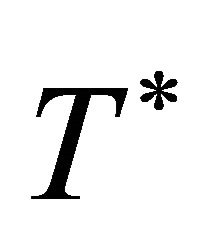 on
on 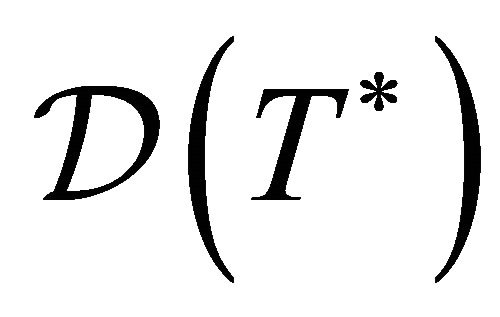 induces
induces  in
in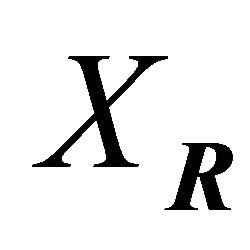 .
.
32) Definition. A bounded quasi-linear operator P in a Hilbert space  over the Cayley-Dickson algebra
over the Cayley-Dickson algebra 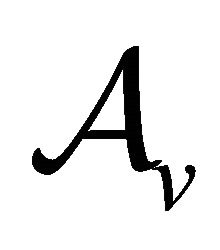 is called a partial
is called a partial  - (or
- (or  -) isometry, if there exists a closed
-) isometry, if there exists a closed  - (or
- (or 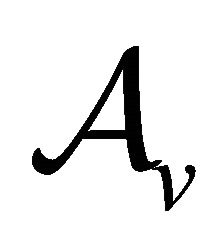 -) vector subspace
-) vector subspace 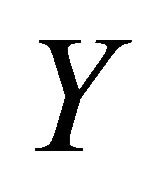 such that
such that 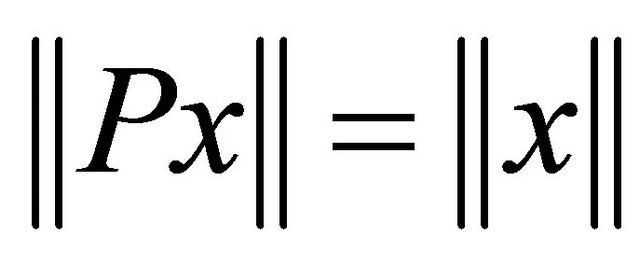 for each
for each  and
and  (or
(or  respectively), where
respectively), where

 .
.
33) Definition. An operator  with an
with an  - vector domain
- vector domain  in a Hilbert space X over the Cayley-Dickson algebra
in a Hilbert space X over the Cayley-Dickson algebra 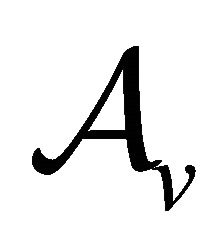 is called densely defined, if
is called densely defined, if  is (every)where dense in X, where Y is a Hilbert space over
is (every)where dense in X, where Y is a Hilbert space over .
.
An operator Q extends T (or Q is an extension of T) if  and
and  for each
for each . This situation is denoted by
. This situation is denoted by .
.
Denote by  a graph of T. If
a graph of T. If 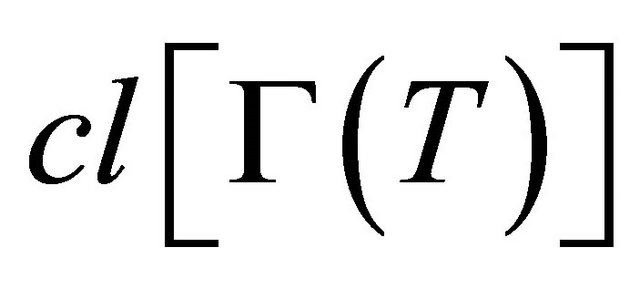 is the graph of a quasi-linear operator
is the graph of a quasi-linear operator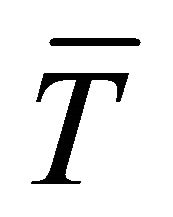 , then one says that T is pre-closed (or closable) and refers to
, then one says that T is pre-closed (or closable) and refers to 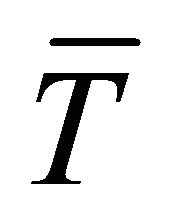 as the closure of T.
as the closure of T.
34) Theorem. Let T be a densely defined quasi-linear operator  in a Hilbert space X over the Cayley-Dickson algebra
in a Hilbert space X over the Cayley-Dickson algebra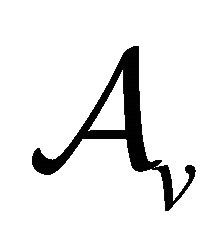 , where Y is a Hilbert space over
, where Y is a Hilbert space over ,
, . Suppose that T is either left or right
. Suppose that T is either left or right 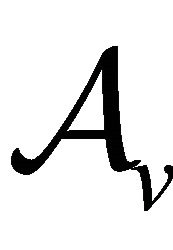 - linear. Then 1) If T is pre-closed, then
- linear. Then 1) If T is pre-closed, then ;
;
2) T is pre-closed if and only if  is dense in
is dense in ;
;
3) If T is pre-closed, then ;
;
4) If T is closed, then the operator 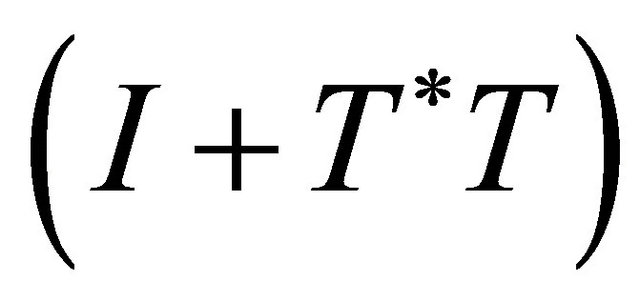 is oneto-one with range X and positive inverse
is oneto-one with range X and positive inverse 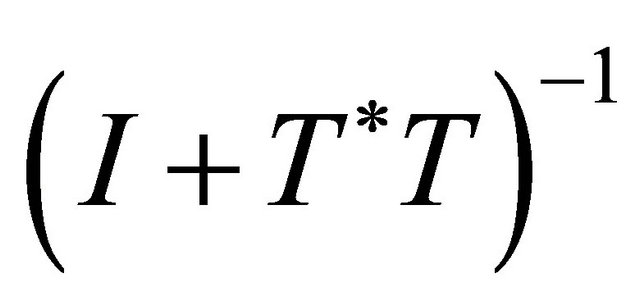 of norm not exceeding 1;
of norm not exceeding 1;
5) If T is closed, then the operator  is self-adjoint and positive;
is self-adjoint and positive;
6) If T is either left or right  -linear on
-linear on , then
, then  is either left or right
is either left or right 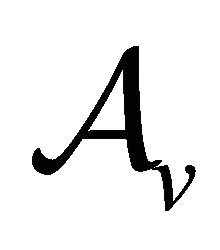 -linear on
-linear on 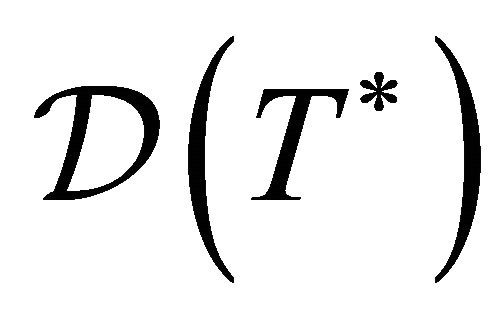 respectively.
respectively.
Proof. If an operator T is either left or right  -linear, then
-linear, then  is an
is an  -vector space due to Lemma 29. Therefore, consider the case of
-vector space due to Lemma 29. Therefore, consider the case of 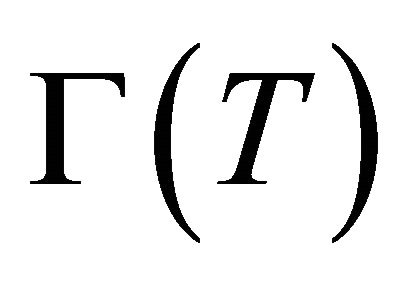 being an
being an 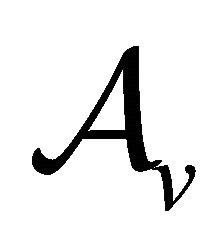 - vector space.
- vector space.
6) Let T be right  -linear
-linear  and
and 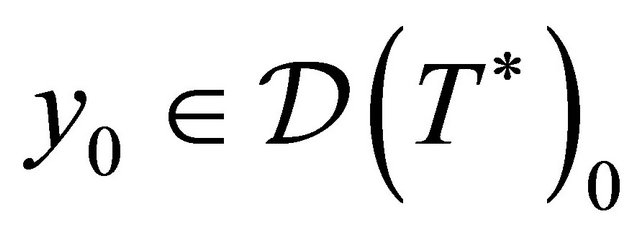 ,
,  , then
, then

in accordance with Formula 2.8 , consequently,
, consequently,  for each
for each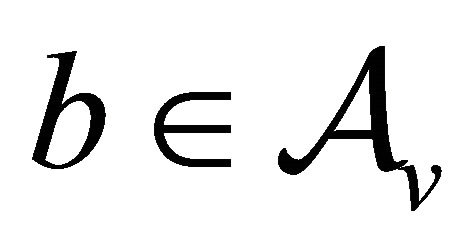 , since
, since
 induces the
induces the 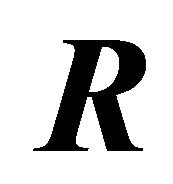 -linear isomorphism of
-linear isomorphism of  onto
onto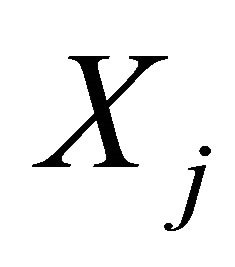 ,
,  for each
for each . Analogously Statement
. Analogously Statement 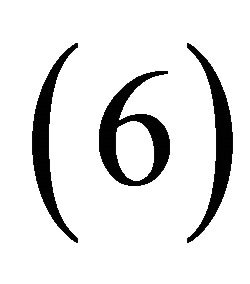 of this theorem is verified in the case of a left
of this theorem is verified in the case of a left 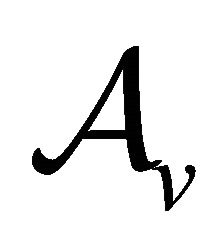 -linear operator T.
-linear operator T.
1) If Q is densely defined and T is an extension of Q, then  for each
for each  and
and , consequently,
, consequently, 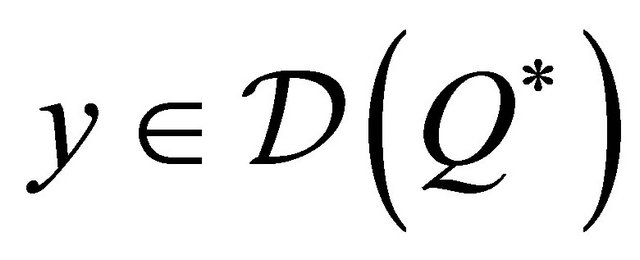 and
and
 , hence
, hence 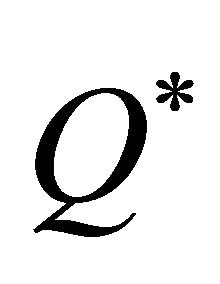 is an extension of
is an extension of . From
. From  it follows that
it follows that . For an arbitrary vector
. For an arbitrary vector  take a sequence
take a sequence  in
in 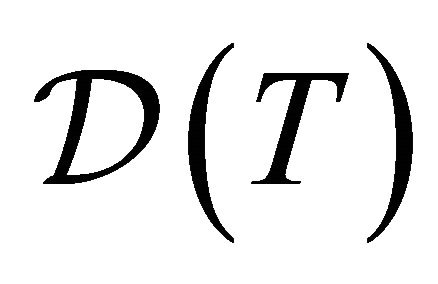 converging to
converging to  such that
such that 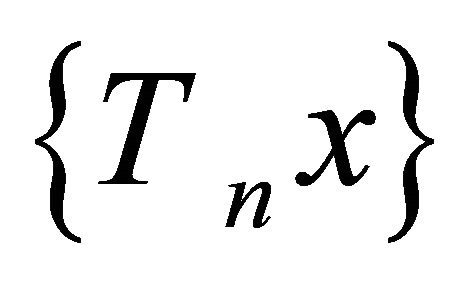 converges to
converges to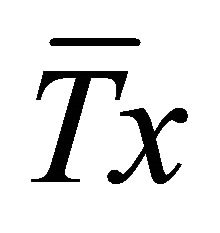 . Therefore,
. Therefore,

for each , consequently,
, consequently,  and
and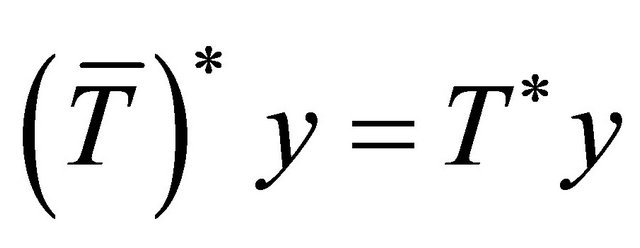 . Thus
. Thus .
.
2) If  is closed in
is closed in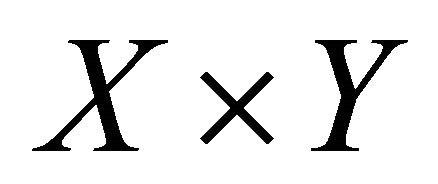 , then it is the Hilbert space over
, then it is the Hilbert space over 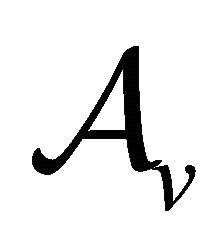 so that
so that . Consider the mapping
. Consider the mapping , consequently, P is bounded and quasi-linear. Thus P has a bounded adjoint
, consequently, P is bounded and quasi-linear. Thus P has a bounded adjoint  mapping Y into
mapping Y into . This operator P has null space
. This operator P has null space , since
, since  only when y = 0. In view of Theorem 2.30 [18] the range of
only when y = 0. In view of Theorem 2.30 [18] the range of 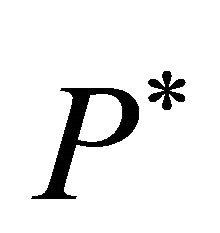 is dense in
is dense in  as the
as the  -vector space. Thus
-vector space. Thus 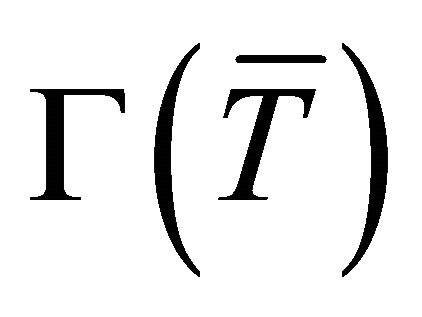 contains a dense
contains a dense  -vector subspace the range of
-vector subspace the range of 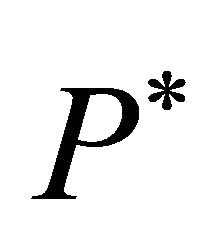 consisting of all pairs
consisting of all pairs 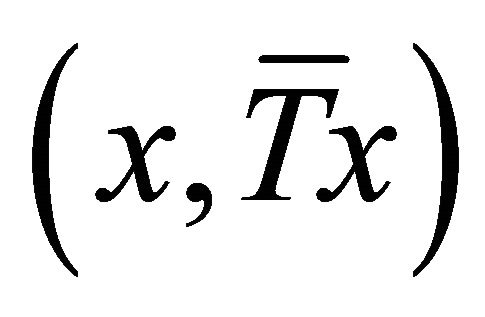 with
with
 . If a vector y is orthogonal to
. If a vector y is orthogonal to
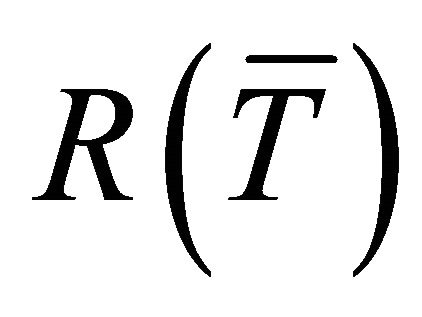 , then
, then  for each
for each hence
hence  and it is annihilated by T*. Thus
and it is annihilated by T*. Thus 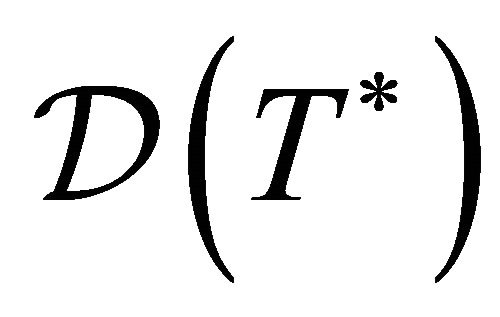 contains a dense subset of the
contains a dense subset of the 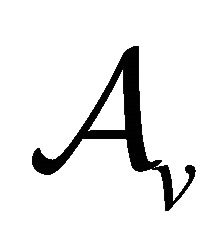 -vector range of
-vector range of  as well as the orthogonal complement of this range due to Lemma 31. The formula of the scalar product 2.8
as well as the orthogonal complement of this range due to Lemma 31. The formula of the scalar product 2.8  on X and Cauchy-Schwartz’ inequality implies that there is the
on X and Cauchy-Schwartz’ inequality implies that there is the 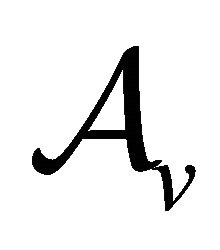 -vector subspace
-vector subspace 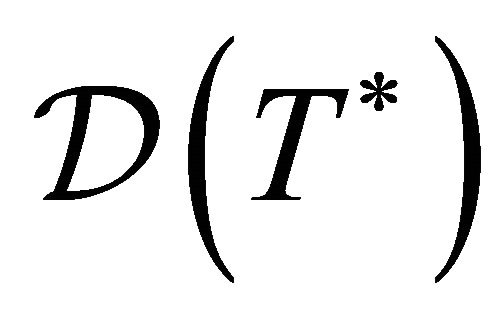 in Y, since
in Y, since 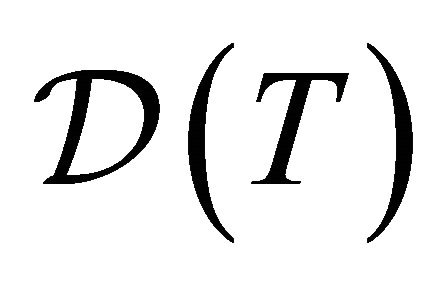 is the
is the  -vector subspace. Since
-vector subspace. Since  is an
is an  -vector subspace, it is dense in Y.
-vector subspace, it is dense in Y.
Suppose now that 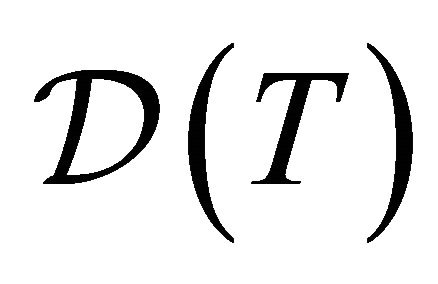 is dense in Y and
is dense in Y and  is a sequence in
is a sequence in  converging to zero so that
converging to zero so that  converges to
converges to . Then if
. Then if 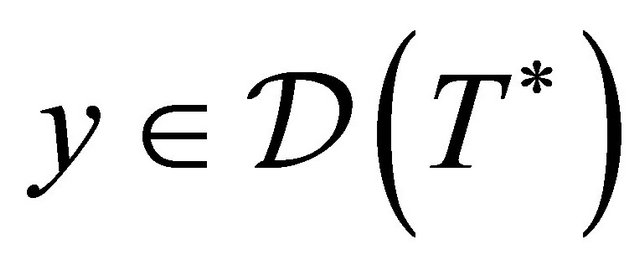 we get
we get , hence
, hence  converges to 0 and
converges to 0 and 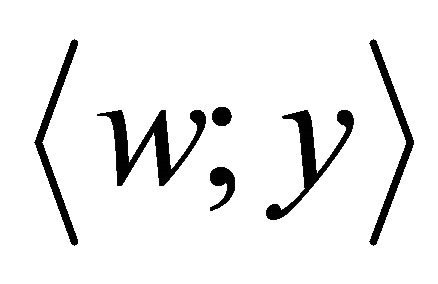 simultaneously. Therefore, the operator T is pre-closed, since
simultaneously. Therefore, the operator T is pre-closed, since  is dense in Y and hence w = 0.
is dense in Y and hence w = 0.
3) At first we demonstrate that if T is densely defined, then 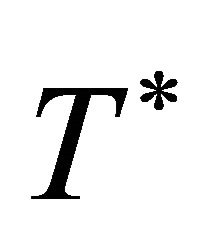 is a closed operator. Take arbitrary vectors
is a closed operator. Take arbitrary vectors  and
and . Let T be left
. Let T be left  -linear, so we get
-linear, so we get
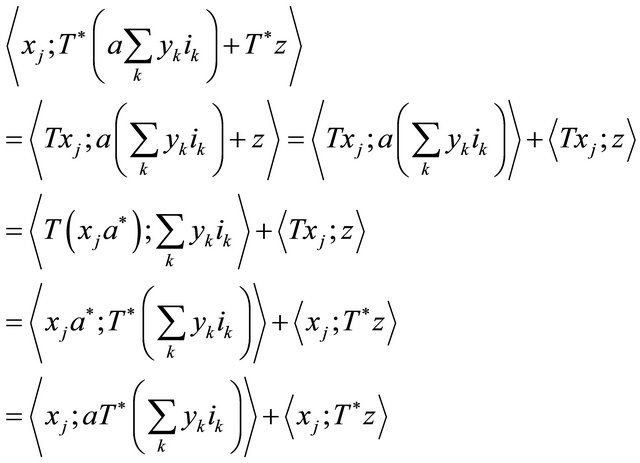
for each  and
and  and
and
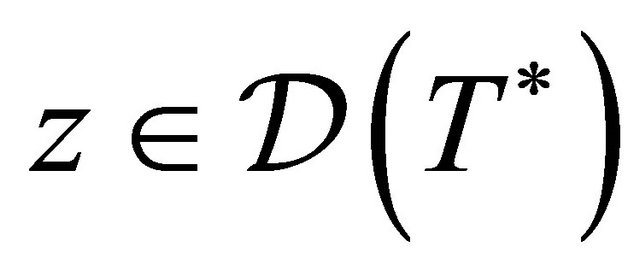 , since the subalgebra
, since the subalgebra 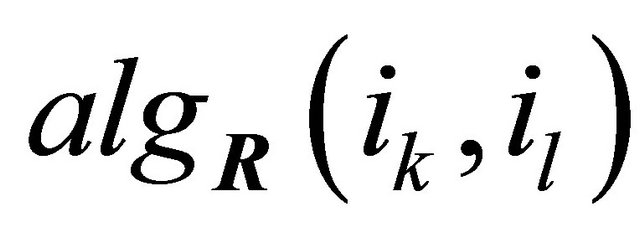 is associative for each
is associative for each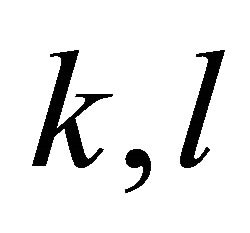 , consequently,
, consequently,  and
and . Thus
. Thus  is an
is an 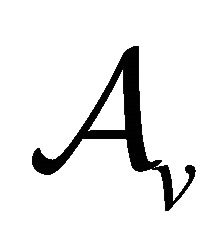 -vector space by Lemmas 30 and 31 and
-vector space by Lemmas 30 and 31 and  is a left
is a left 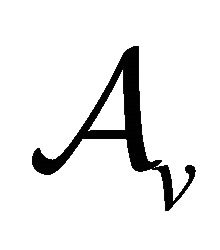 -linear operator, since each Cayley-Dickson number b has the decomposition
-linear operator, since each Cayley-Dickson number b has the decomposition 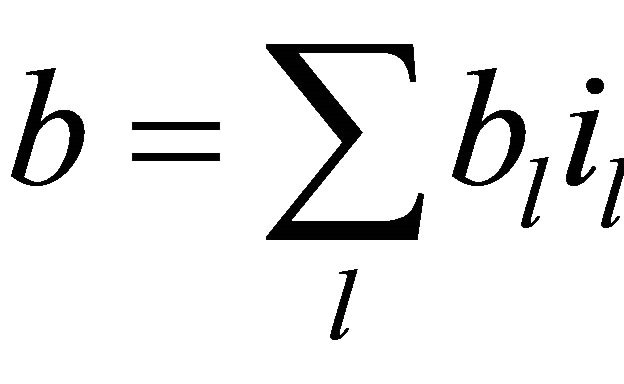 with
with  for every l. Analogously it can be demonstrated in the right
for every l. Analogously it can be demonstrated in the right  - linear case (see also (6) above). If
- linear case (see also (6) above). If 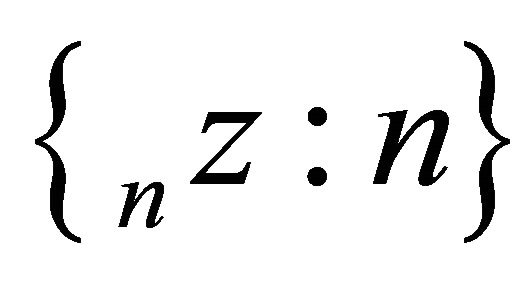 is a sequence in
is a sequence in 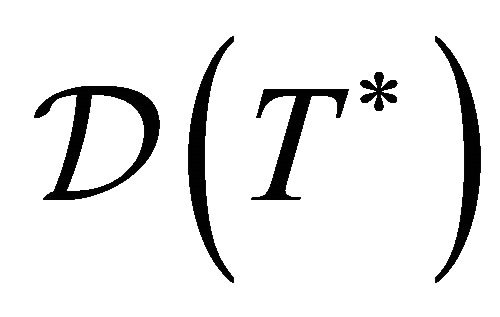 converging to z so that
converging to z so that  converges to
converges to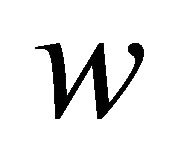 , then
, then , hence the sequence
, hence the sequence 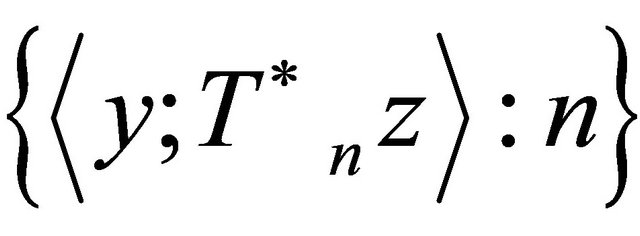 converges to
converges to  and inevitably this gives
and inevitably this gives  for each
for each . Thus
. Thus  and
and . This means that the operator
. This means that the operator 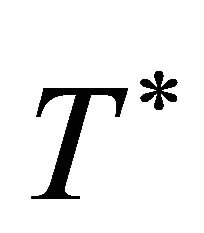 is closed.
is closed.
Suppose that conditions of (3) are accomplished. The domain of definition  is dense in X in accordance with (2), when T is pre-closed, so that T* has an adjoint operator
is dense in X in accordance with (2), when T is pre-closed, so that T* has an adjoint operator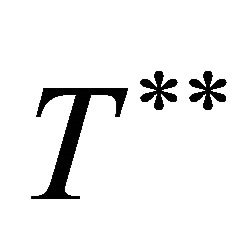 . Then
. Then  for each
for each 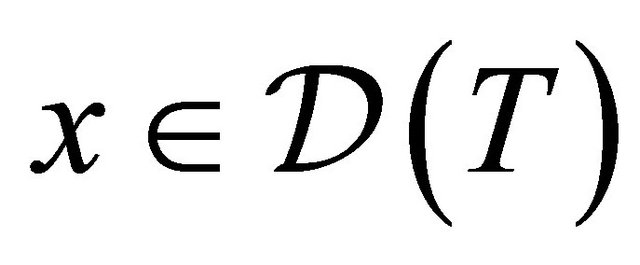 and
and , consequently,
, consequently,  and
and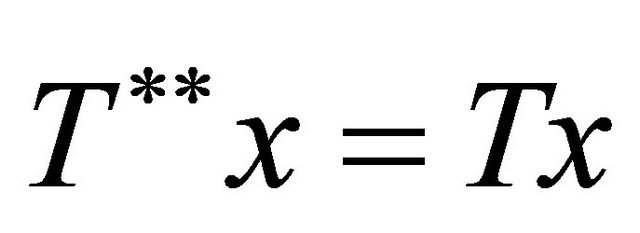 . Therefore, the operator
. Therefore, the operator  is closed, consequently,
is closed, consequently, . From Section 1 of this proof, it follows that
. From Section 1 of this proof, it follows that . On the other handwe have
. On the other handwe have , since the operator T* is closed.
, since the operator T* is closed.
Thus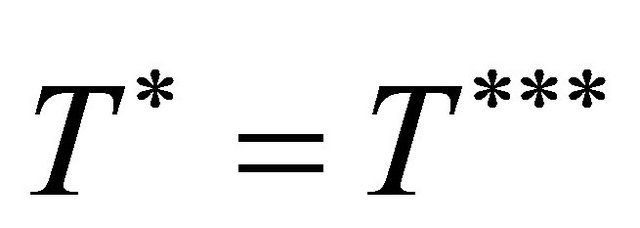 .
.
We have that 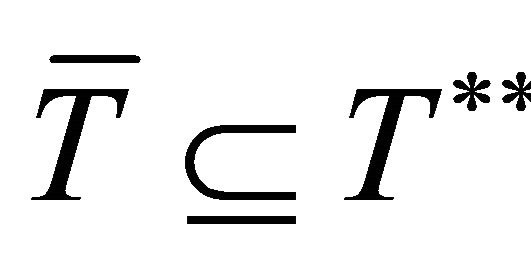 and
and . This implies that
. This implies that  for each
for each 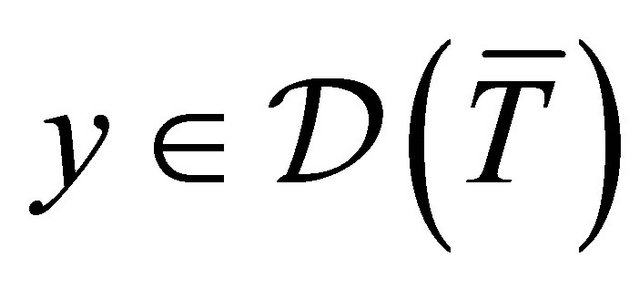
when  is orthogonal to
is orthogonal to . Particularly it holds for
. Particularly it holds for  and implies
and implies
 .
.
From (2) of this proof we get that . Indeed, if
. Indeed, if 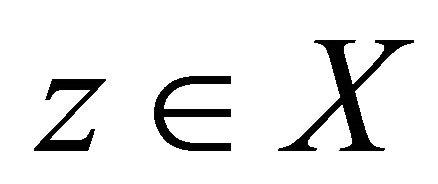 and
and , then
, then  and
and

for each , consequently,
, consequently,  and
and . Then
. Then  and
and
 . Thus
. Thus  and
and  and
and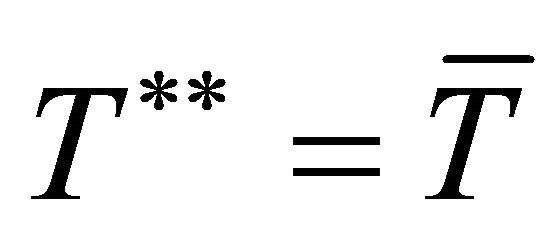 .
.
4) If , then
, then

Hence , that is, this operator
, that is, this operator 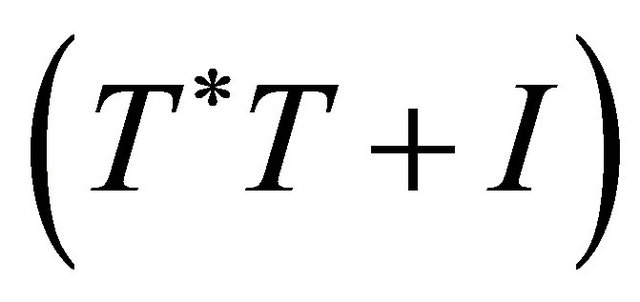 is one-to-one and has a bounded inverse of norm not exceeding one. Each
is one-to-one and has a bounded inverse of norm not exceeding one. Each  has the form
has the form , consequently, the inverse operator
, consequently, the inverse operator
 is positive, since
is positive, since
 .
.
5) From 4) we have that  is dense in X. For each
is dense in X. For each  we get
we get
 consequently,
consequently,  and
and  have the same domain and
have the same domain and . With
. With 
one has the equality  such that
such that
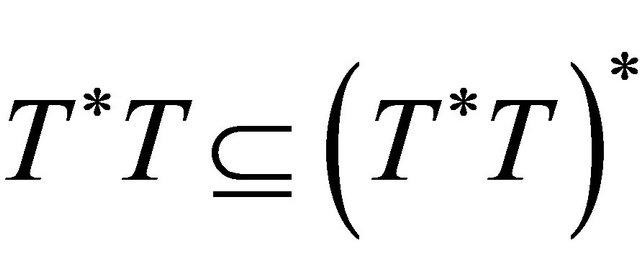 and
and , consequently,
, consequently,
 . If a vector y is such that
. If a vector y is such that
 , then
, then

for each , consequently,
, consequently,  , since
, since
 .
.
Thus the operator  is bijective and extends the operator
is bijective and extends the operator  and these two operators have the same range. Therefore, one infers that
and these two operators have the same range. Therefore, one infers that
 so that
so that .
.
Then the inequality  for each
for each 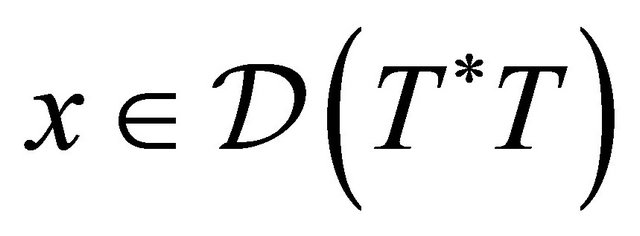 shows that the operator
shows that the operator 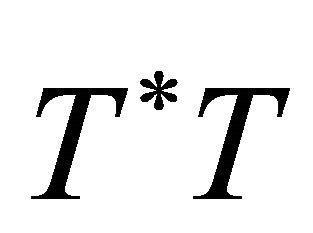 is positive.
is positive.
35) Theorem. If T is a closed quasi-linear 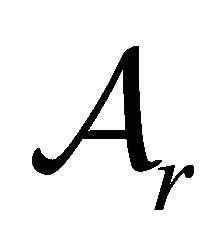 -metainvariant operator in a Hilbert space X over the CayleyDickson algebra
-metainvariant operator in a Hilbert space X over the CayleyDickson algebra , where
, where ,
,  , then T = PA, where P is a partial R-isometry on XR with the initial domain
, then T = PA, where P is a partial R-isometry on XR with the initial domain , also A is a self-adjoint quasi-linear operator such that
, also A is a self-adjoint quasi-linear operator such that , where
, where 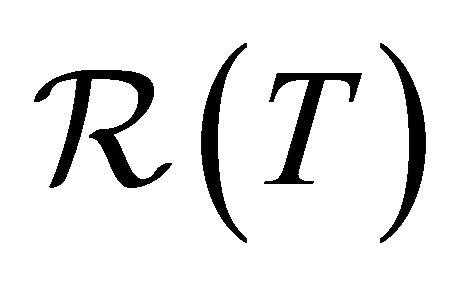 denotes a range of T. If additionally T is either left or right
denotes a range of T. If additionally T is either left or right 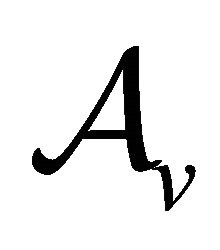 -linear, then there are either left or right
-linear, then there are either left or right 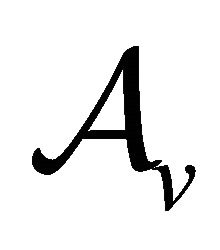 -linear isometry P and either left or right
-linear isometry P and either left or right 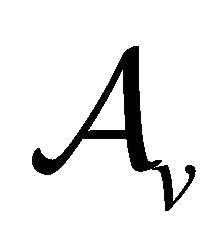 -linear operator A respectively such that T = PA.
-linear operator A respectively such that T = PA.
Proof. Due to the spectral theorem 21, a self-adjoint quasi-linear  -meta-invariant operator
-meta-invariant operator  is positive if and only if its spectrum is contained in
is positive if and only if its spectrum is contained in . In the Cayley-Dickson algebra
. In the Cayley-Dickson algebra  each polynomial has a root, i.e. zero, (see Theorem 3.17 [16] or
each polynomial has a root, i.e. zero, (see Theorem 3.17 [16] or 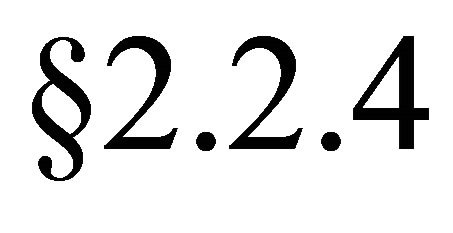 [13]). Therefore, if
[13]). Therefore, if  is a positive self-adjoint quasi-linear operator, then there exists a unique positive quasi-linear
is a positive self-adjoint quasi-linear operator, then there exists a unique positive quasi-linear  -meta-invariant operator
-meta-invariant operator , such that
, such that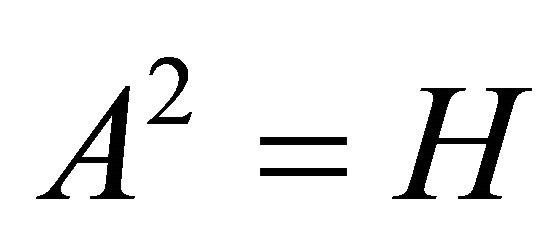 ,
,

With  for
for 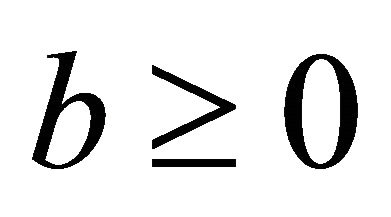 and a domain of its definition
and a domain of its definition 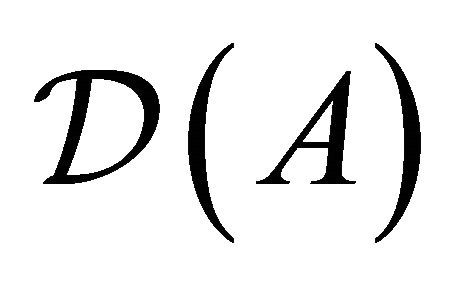 is given by Theorem 21. Therefore, generally there exists a positive square root
is given by Theorem 21. Therefore, generally there exists a positive square root 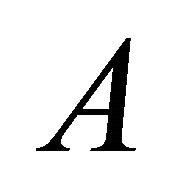 of the operator
of the operator . The space
. The space 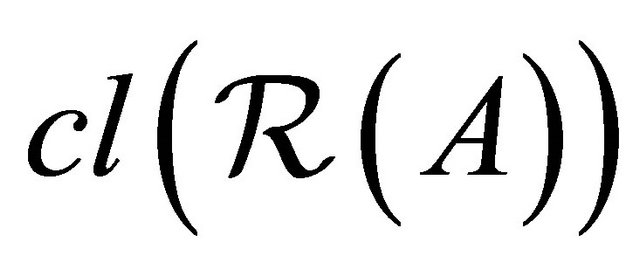 is R-linear, where
is R-linear, where .
.
If the operator A is in addition either left or right 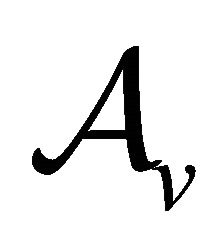 - linear, then
- linear, then  is the
is the  -vector subspace due to Lemma 29. In view of Lemma 30, there exists the perpendicular projection
-vector subspace due to Lemma 29. In view of Lemma 30, there exists the perpendicular projection  from X on
from X on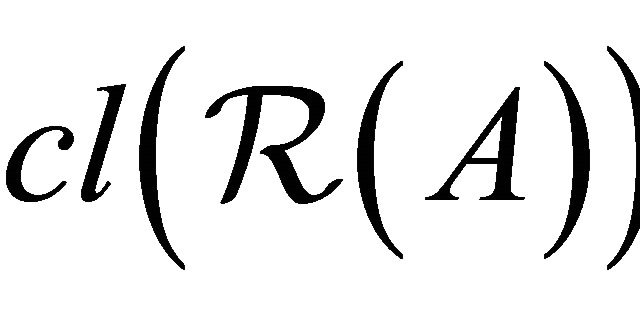 , moreover,
, moreover,  is right or left
is right or left 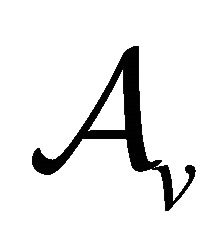 -linear, if
-linear, if 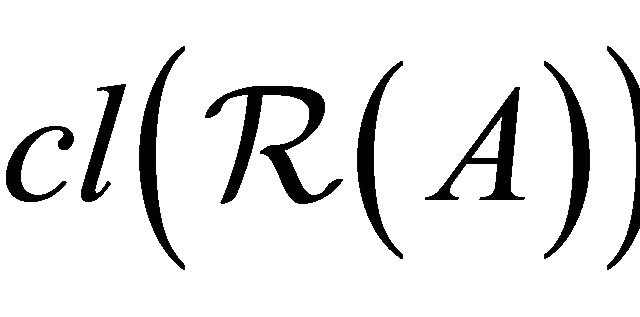 is the
is the  -vector subspace.
-vector subspace.
Then Q is a correctly defined isometry with the domain of definition , where B is the restriction of A on
, where B is the restriction of A on ,
, 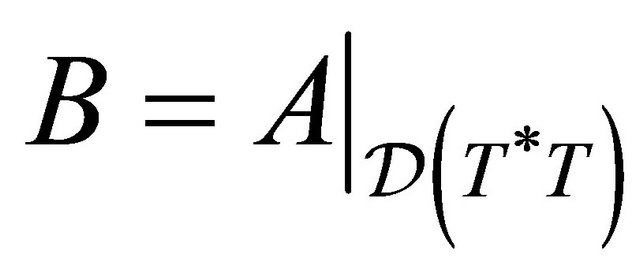 , where
, where 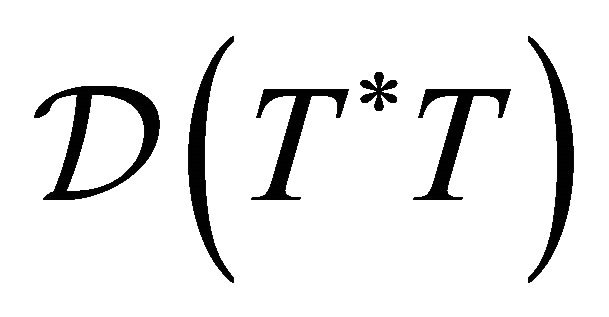 is considered as the R-linear space embedded into X in general, but for either left or right
is considered as the R-linear space embedded into X in general, but for either left or right  -linear operator T it is considered as the
-linear operator T it is considered as the  -vector space, analogously for domains and ranges of the considered here other operators, that is clear from the context. In view of Theorem 34
-vector space, analogously for domains and ranges of the considered here other operators, that is clear from the context. In view of Theorem 34 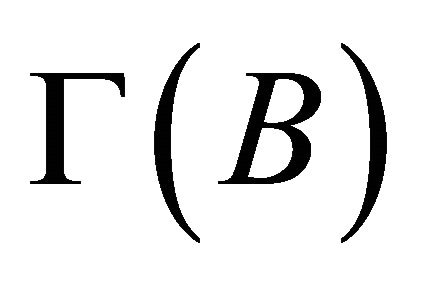 is dense in
is dense in , since
, since . Therefore, if
. Therefore, if  , then there exists a sequence
, then there exists a sequence  in
in  converging to
converging to , consequently,
, consequently,  and the vector space
and the vector space  is dense in
is dense in  . Let P1 be an isometric extension of the operator Q on
. Let P1 be an isometric extension of the operator Q on 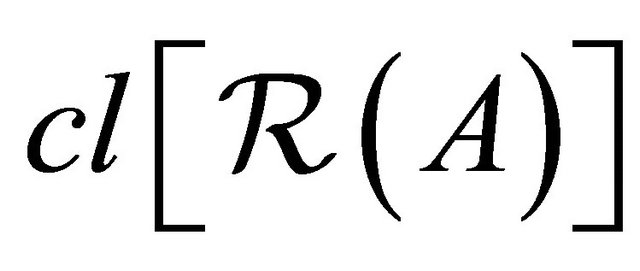 and F be a perpendicular projection in X on
and F be a perpendicular projection in X on . If put
. If put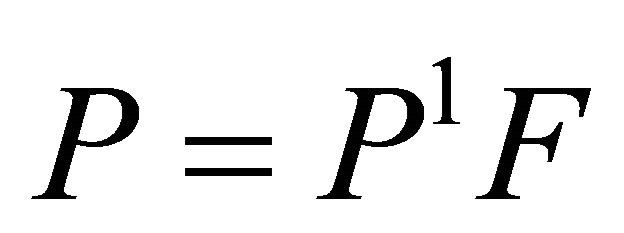 , then P is a partial isometry with an initial domain
, then P is a partial isometry with an initial domain . Moreover,
. Moreover,  for every
for every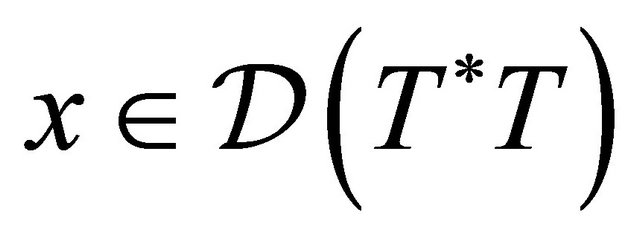 .
.
Let 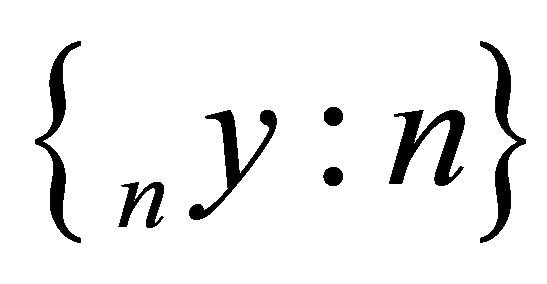 be a sequence in
be a sequence in 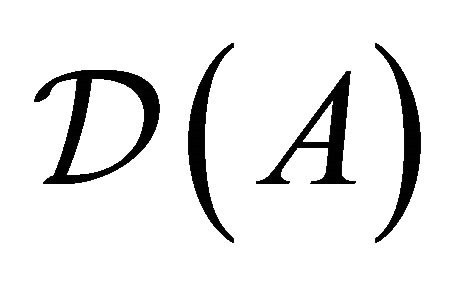 such that
such that  and
and . Then there exists the limit
. Then there exists the limit , since
, since  is the isometric R-linear mapping. Then
is the isometric R-linear mapping. Then 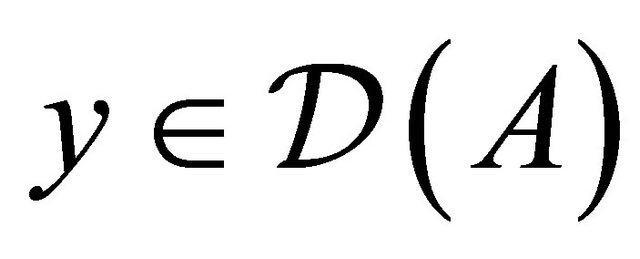 and
and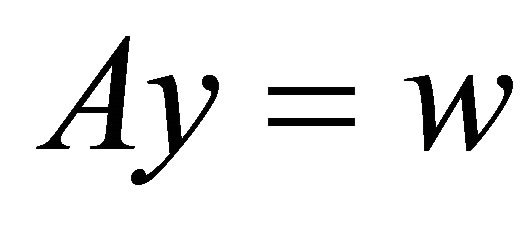 , since the operator
, since the operator 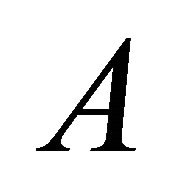 is closed. Thus
is closed. Thus 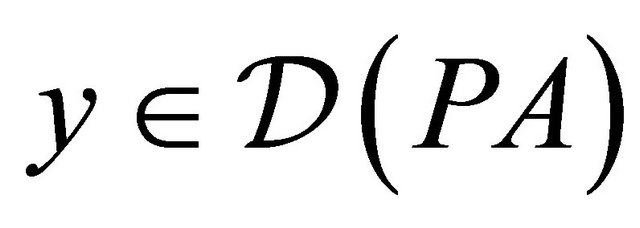 and
and , consequently, the operator
, consequently, the operator  is closed.
is closed.
It is necessary to verify that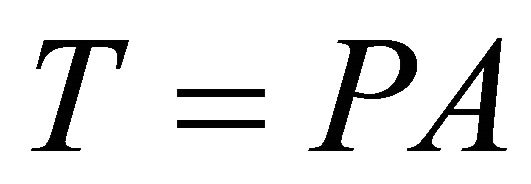 . Let K be a restriction of T on
. Let K be a restriction of T on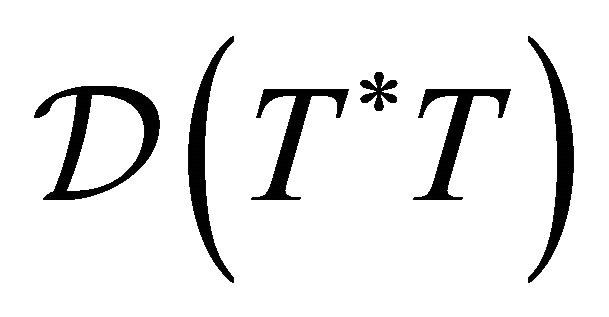 . Then by Theorem 34
. Then by Theorem 34 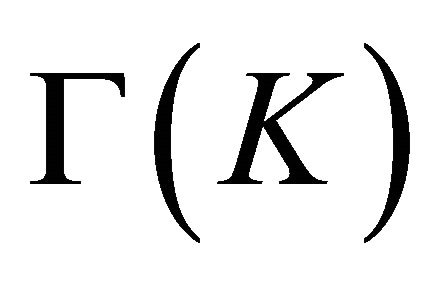 is dense in
is dense in . If
. If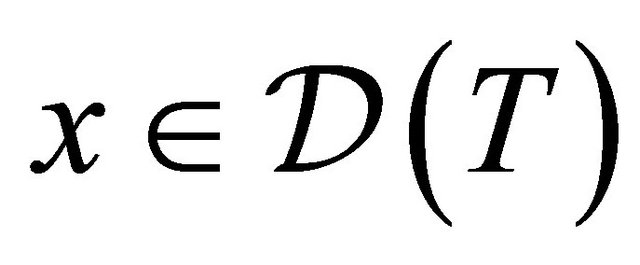 , there exists a sequence
, there exists a sequence  in
in 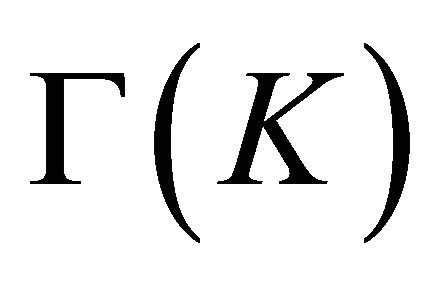 such that
such that  . From
. From  and closeness of PA it follows that
and closeness of PA it follows that
 consequently,
consequently,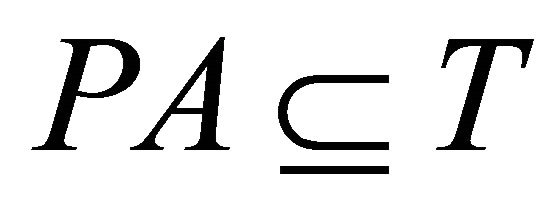 .
.
We have that  is dense in
is dense in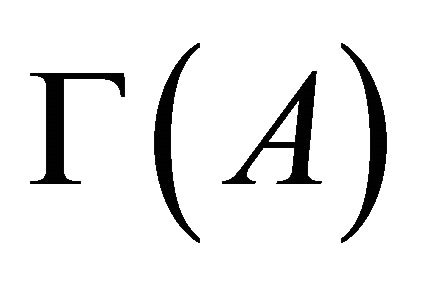 . Therefore, for each
. Therefore, for each  a sequence
a sequence  exists so that
exists so that . Then we deduce that
. Then we deduce that , since
, since
 and the operator T is closed. Thus
and the operator T is closed. Thus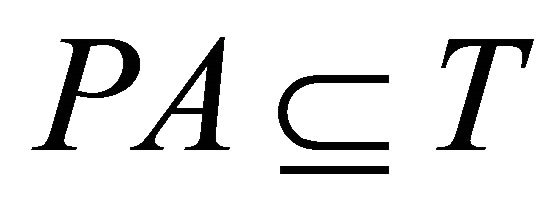 , consequently, together with the opposite inclusion demonstrated above, it implies that
, consequently, together with the opposite inclusion demonstrated above, it implies that .
.
In view of Theorem 34 one gets
 since
since  if and only if
if and only if 
We next demonstrate that this decomposition 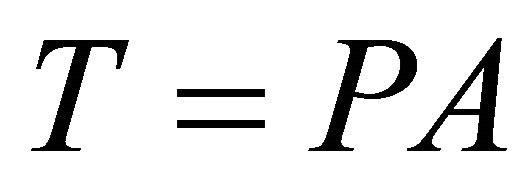 into the product of operators is unique. In accordance with Theorem 34 AP* = T*, consequently,
into the product of operators is unique. In accordance with Theorem 34 AP* = T*, consequently, . On the other hand,
. On the other hand, 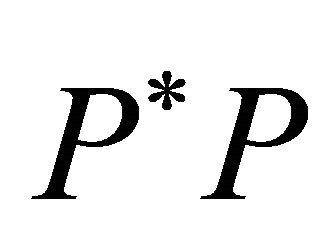 is the projector on
is the projector on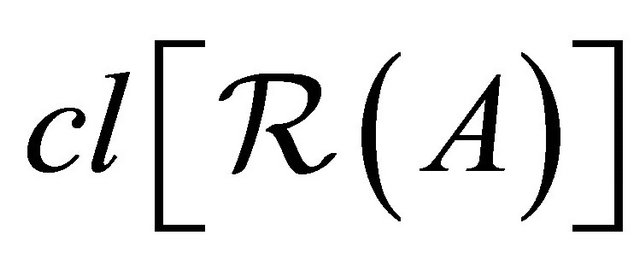 , hence
, hence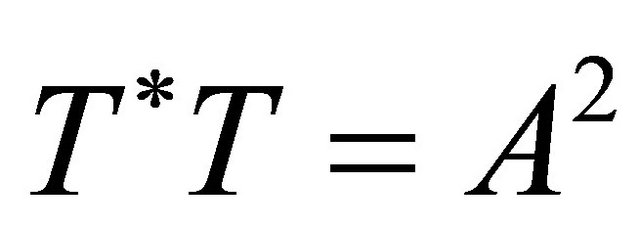 . A uniqueness of A follows from Theorem 21. Since the mapping A is unique, the operator P is defined on
. A uniqueness of A follows from Theorem 21. Since the mapping A is unique, the operator P is defined on 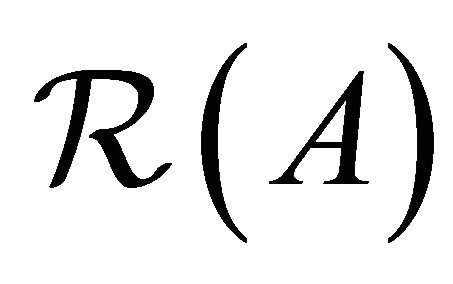 by the equation
by the equation 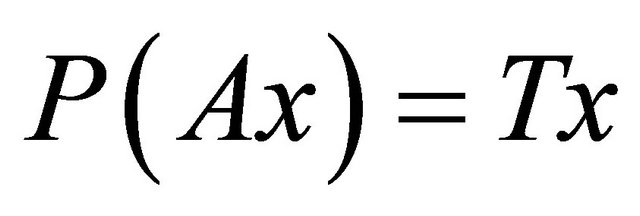 in the unique manner. A continuous extension of P from
in the unique manner. A continuous extension of P from 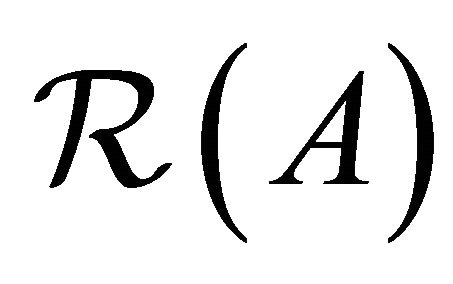 on
on 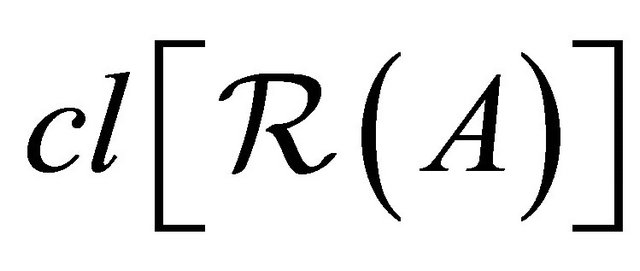 is unique. The restriction of operator P on the orthogonal complement
is unique. The restriction of operator P on the orthogonal complement 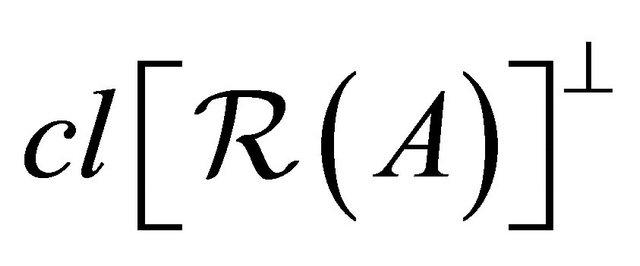 is zero. Thus the operator P is uniquely defined by the operator T.
is zero. Thus the operator P is uniquely defined by the operator T.
At the same time A is either right or left  -linear, if T is either right or left
-linear, if T is either right or left  -linear, since so is
-linear, since so is 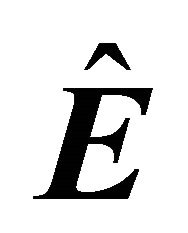 for such T and also
for such T and also 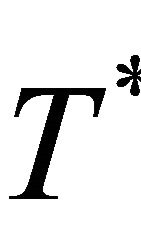 is either right or left
is either right or left  -linear due to Theorem 34(6). Since T and A are either right or left
-linear due to Theorem 34(6). Since T and A are either right or left 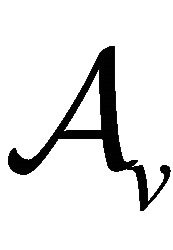 -linear, then P also should be such.
-linear, then P also should be such.
The presented above results of this paper and from works [16,20-30] can be used for further developments of the operator theory over the Cayley-Dickson algebras including that of PDO.
REFERENCES
- A. Connes, “Non-Commutative Geometry,” Academic Press, San Diego, 1994.
- F. van Oystaeyen, “Algebraic Geometry for Associative Algebras,” Lecture Notes in Pure and Applied Mathemematics, Vol. 232, Marcel Dekker, New York, 2000.
- G. Emch, “Mèchanique Quantique Quaternionienne et Relativitè Restreinte,” Helvetica Physica Acta, Vol. 36, 1963, pp. 739-788.
- S. V. Ludkovsky, “Generalized Geometric Loop Groups of Complex Manifolds, Gaussian Quasi-Invariant Measures on Them and Their Representations,” Journal of Mathematical Sciences, Vol. 122, No. 1, 2004, pp. 2984- 3010. doi:10.1023/B:JOTH.0000029575.92350.db
- S. V. Ludkovsky, “Poisson Measures for Topological Groups and Their Representations,” Southeast Asian Bulletin of Mathematics, Vol. 25, No. 4, 2002, pp. 653-680. doi:10.1007/s100120200010
- S. V. Ludkovsky, “Wrap Groups of Connected Fiber Bundles: Their Structure and Cohomologies,” International Journal of Mathematics, Game Theory and Algebra, Vol. 19, No. 1-2, 2009, pp. 53-128.
- S. V. Ludkovsky, “Affine and Wrap Algebras over Octonions,” Journal of Mathematical Sciences, Vol. 167, No. 6, 2010, pp. 767-809. doi:10.1007/s10958-010-9960-7
- S. V. Ludkovsky, “Wrap Groups of Fiber Bundles over Quaternions and Octonions,” CUBO A Mathematical Journal, Vol. 11, No. 1, 2009, pp. 101-121.
- H. B. Lawson and M.-L. Michelson, “Spin Geometry,” Princeton University Press, Princeton, 1989.
- S. V. Ludkovsky, “Functions of Several Cayley-Dickson Variables and Manifolds over Them,” Journal of Mathematical Sciences, Vol. 141, No. 3, 2007, pp. 1299-1330. doi:10.1007/s10958-007-0043-3
- A. G. Kurosh, “Lectures on General Algebra,” Nauka, Moscow, 1973.
- S. V. Ludkovsky, “Algebras of Operators in Banach Spaces over the Quaternion Skew Field and the Octonion Algebra,” Journal of Mathematical Sciences, Vol. 144, No. 4, 2008, pp. 4301-4366. doi:10.1007/s10958-007-0273-4
- S. V. Ludkovsky, “Analysis over Cayley-Dickson Numbers and Its Applications,” LAP Lambert Academic Publishing, Saarbrücken, 2010.
- R. Engelking, “General Topology,” Heldermann, Berlin, 1989.
- L. Narici and E. Beckenstein, “Topological Vector Spaces,” Marcel-Dekker, New York, 1985.
- S. V. Ludkovsky, “Differentiable Functions of CayleyDickson Numbers and Line Integration,” Journal of Mathematical Sciences, Vol. 141, No. 3, 2007, pp. 1231- 1298. doi:10.1007/s10958-007-0042-4
- A. Kolmogorov and S. Fomine, “Éléments de la Théorie des Fonctions et de L’analyse Fonctionnelle,” Ellipses, Paris, 1994.
- S. V. Ludkovsky, “Algebras of Operators in Banach Spaces over the Quaternion Skew Field and the Octonion Algebra,” Journal of Mathematical Sciences, Vol. 144, No. 4, 2008, pp. 4301-4366. doi:10.1007/s10958-007-0273-4
- N. Dunford and J. C. Schwartz, “Linear Operators,” Wiley and Sons, Inc., New York, 1966.
- L. E. Dickson, “The Collected Mathematical Papers,” Vol. 1-5, Chelsea Publishing Co., New York, 1975.
- K. Gürlebeck and W. Sprössig, “Quaternionic and Clifford Calculus for Physicists and Engineers,” John Wiley and Sons, Chichester, 1997.
- K. Gürlebeck and W. Sprössig, “Quaternionic Analysis and Elliptic Boundary Value Problem,” Birkhäuser, Basel, 1990. doi:10.1007/978-3-0348-7295-9
- R. V. Kadison and J. R. Ringrose, “Fundamentals of the Theory of Operator Algebras,” Academic Press, New York, 1983.
- I. L. Kantor and A. S. Solodovnikov, “Hypercomplex Numbers,” Springer-Verlag, Berlin, 1989. doi:10.1007/978-1-4612-3650-4
- S. V. Ludkovsky and F. van Oystaeyen, “Differentiable Functions of Quaternion Variables,” Bulletin des Sciences Mathematiques (Paris) Series 2, Vol. 127, 2003, pp. 755- 796.
- S. V. Ludkovsky, “Stochastic Processes on Geometric Loop Groups, Diffeomorphism Groups of Connected Manifolds, Associated Unitary Representations,” Journal of Mathematical Sciences, Vol. 141, No. 3, 2007, pp. 1331- 1384. doi:10.1007/s10958-007-0044-2
- S. V. Ludkovsky, “Differential Equations over Octonions,” Advances in Applied Clifford Algebras, Vol. 21, No. 4, 2011, pp. 773-797. doi:10.1007/s00006-011-0286-4
- S. V. Ludkovsky and W. Sproessig, “Ordered Representations of Normal and Super-Differential Operators in Quaternion and Octonion Hilbert Spaces,” Advances in Applied Clifford Algebras, Vol. 20, No. 2, 2010, pp. 321-342. doi:10.1007/s00006-009-0180-5
- S. V. Ludkovsky and W. Sprössig, “Spectral Theory of Super-Differential Operators of Quaternion and Octonion Variables,” Advances in Applied Clifford Algebras, Vol. 21, No. 1, 2011, pp. 165-191. doi:10.1007/s00006-010-0238-4
- S. V. Ludkovsky and W. Sprössig, “Spectral Representations of Operators in Hilbert Spaces over Quaternions and Octonions,” Complex Variables and Elliptic Equations, Vol. 57, No. 2, 2012, pp. 1301-1324. doi:10.1080/17476933.2010.538845

